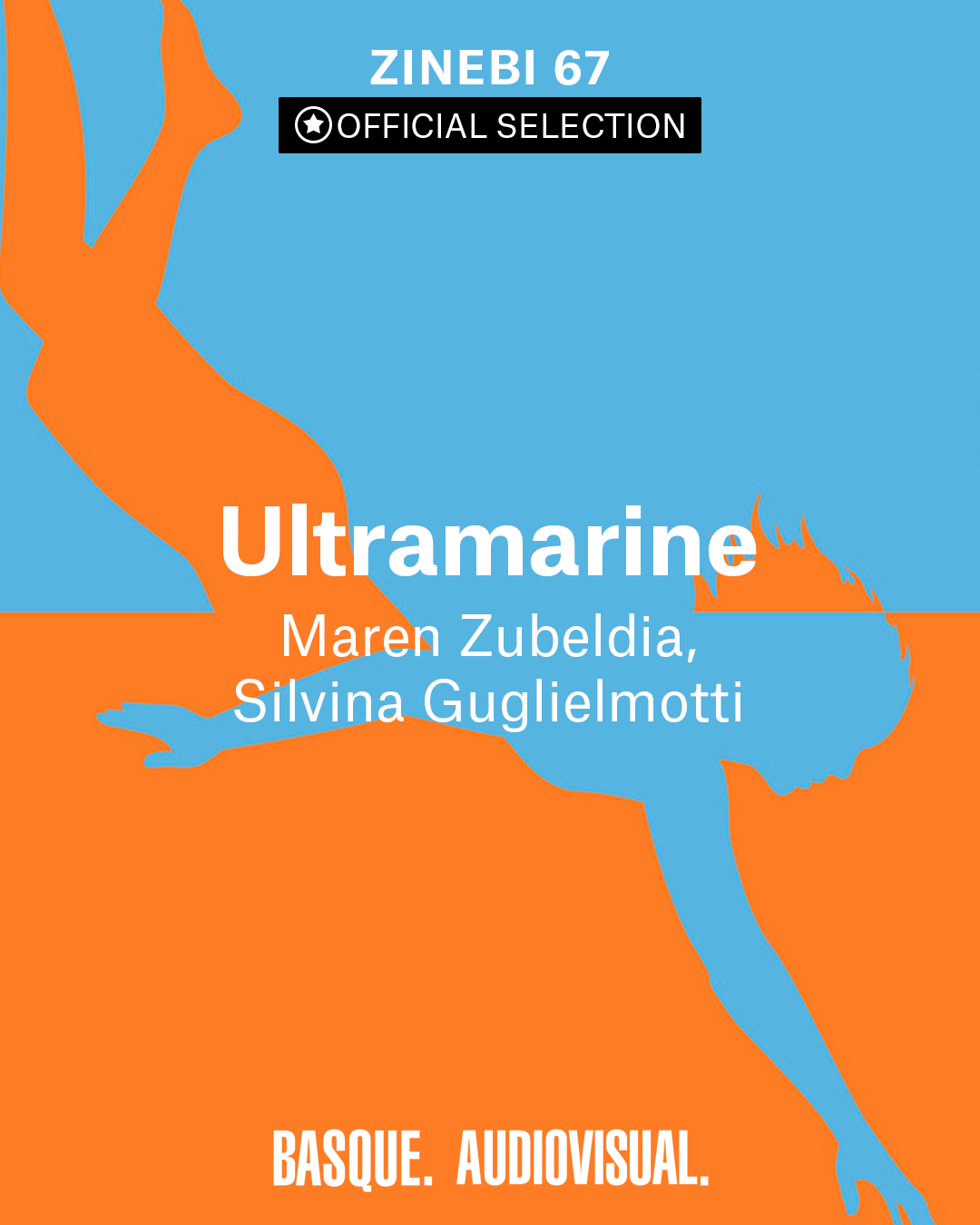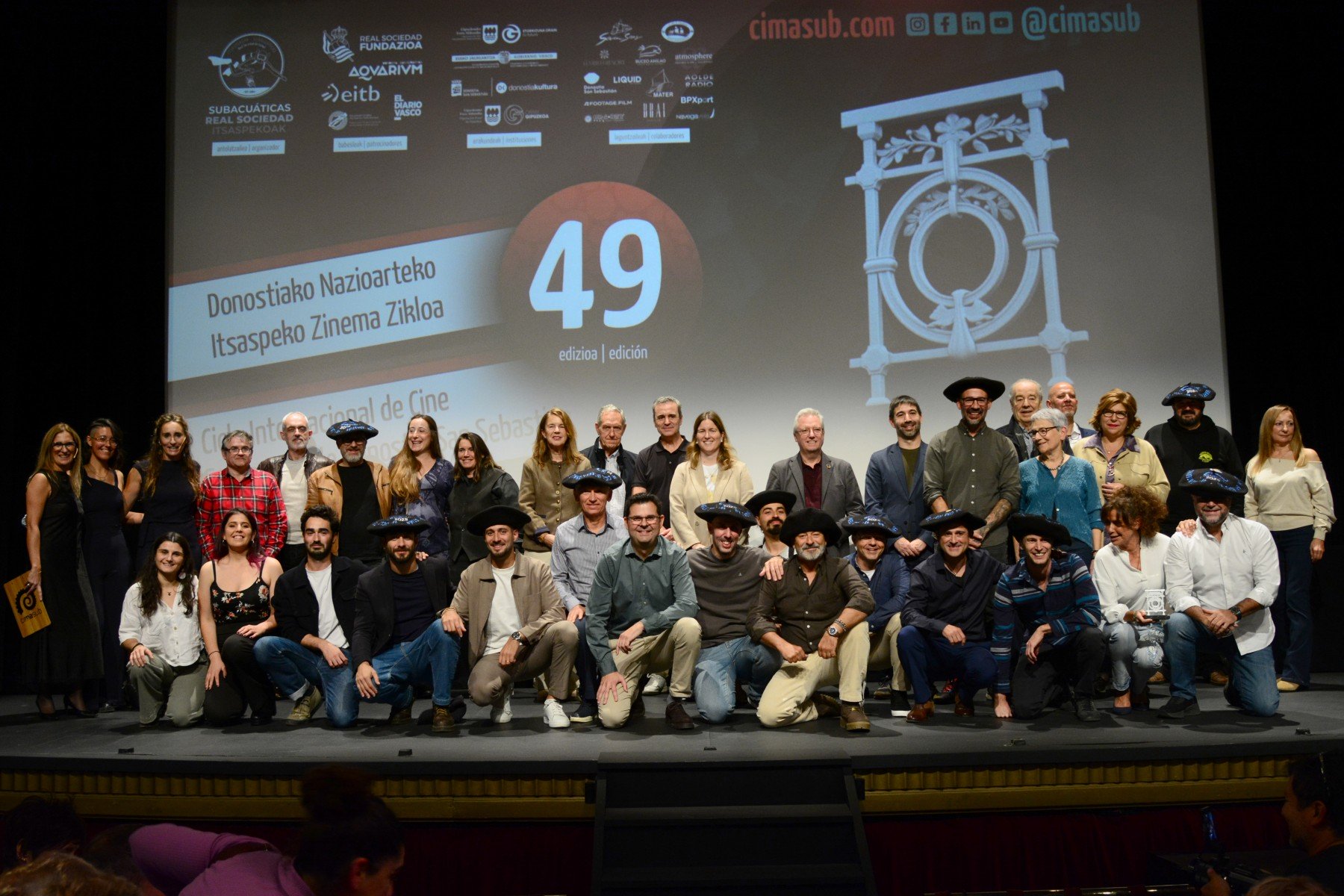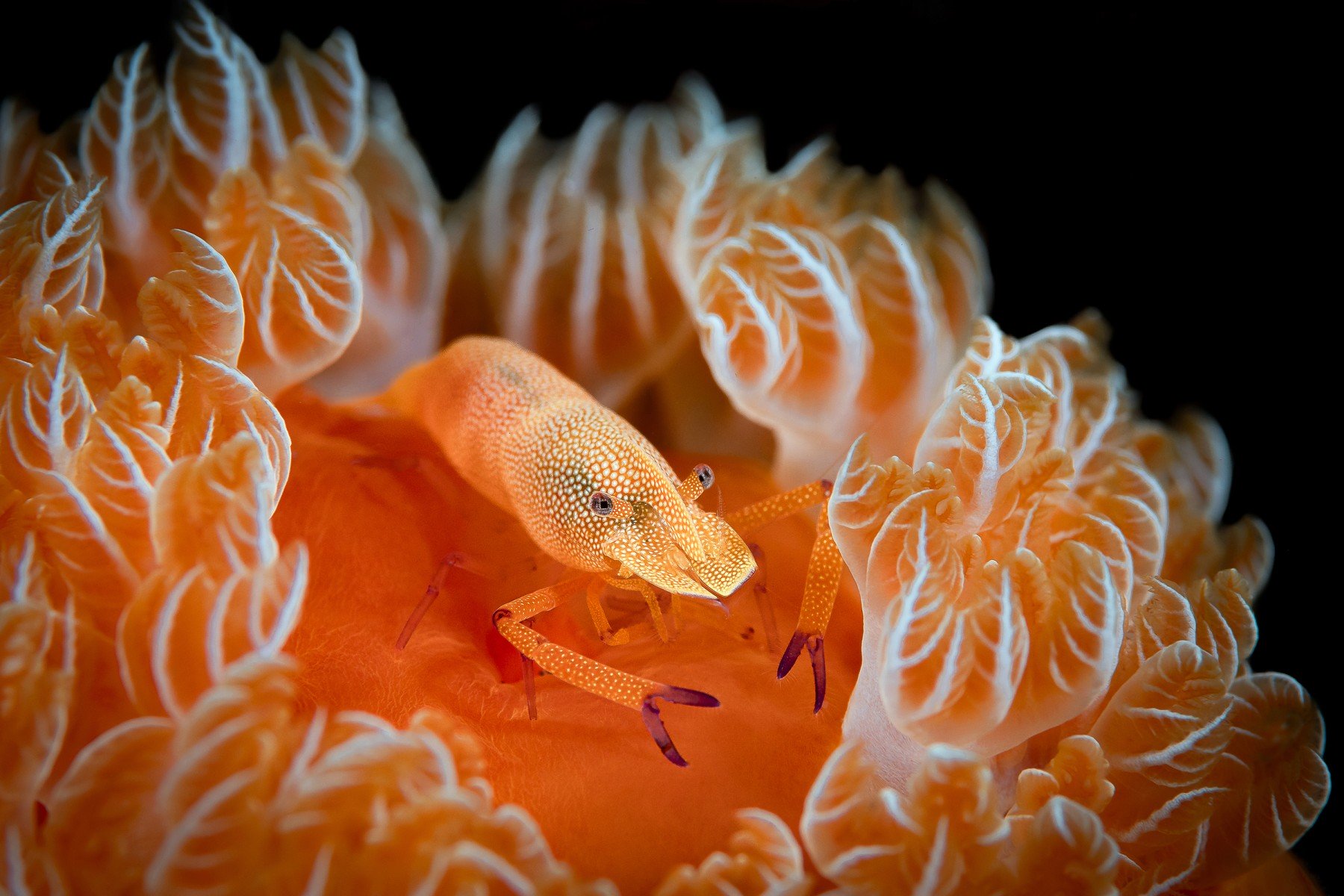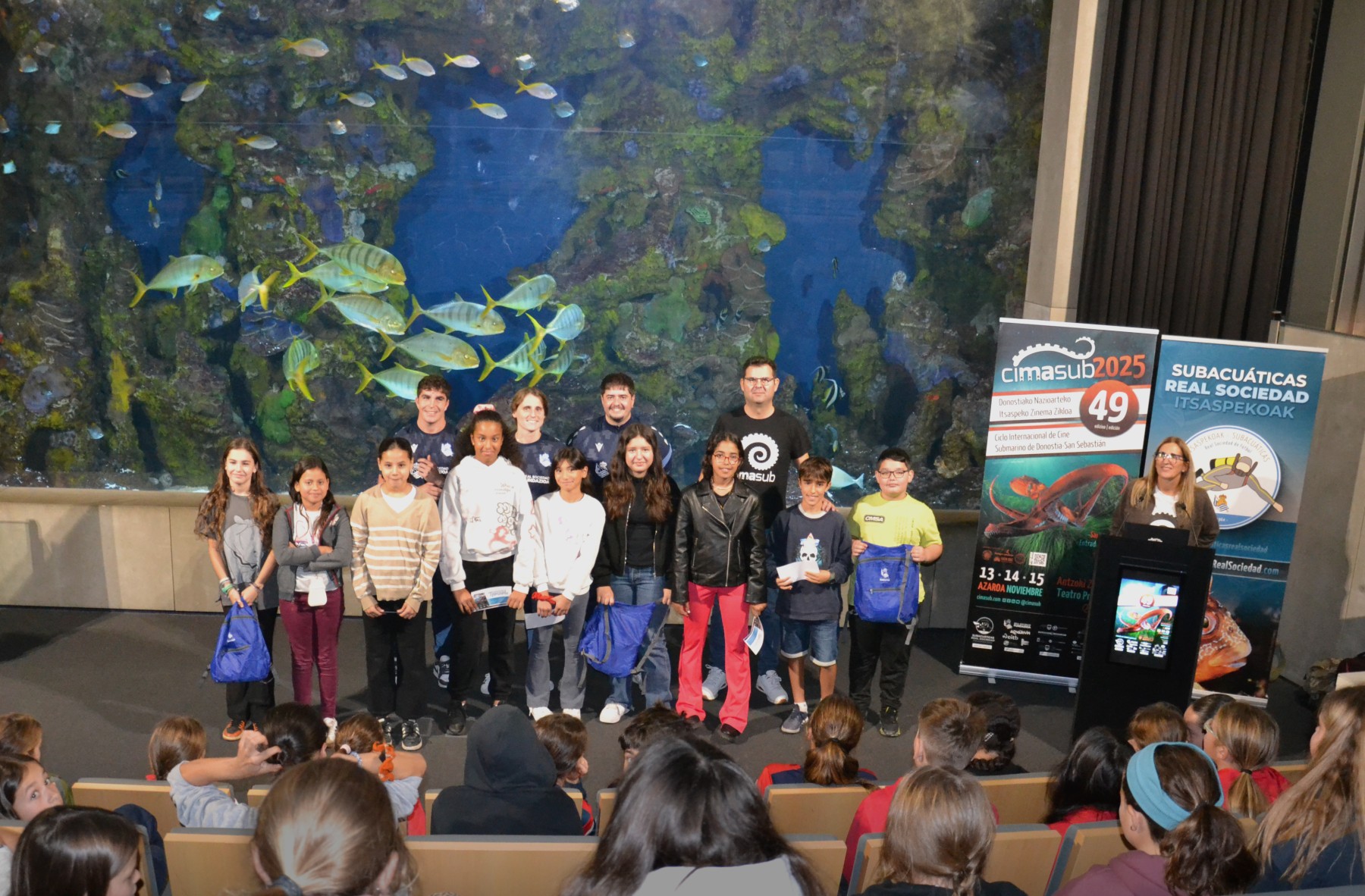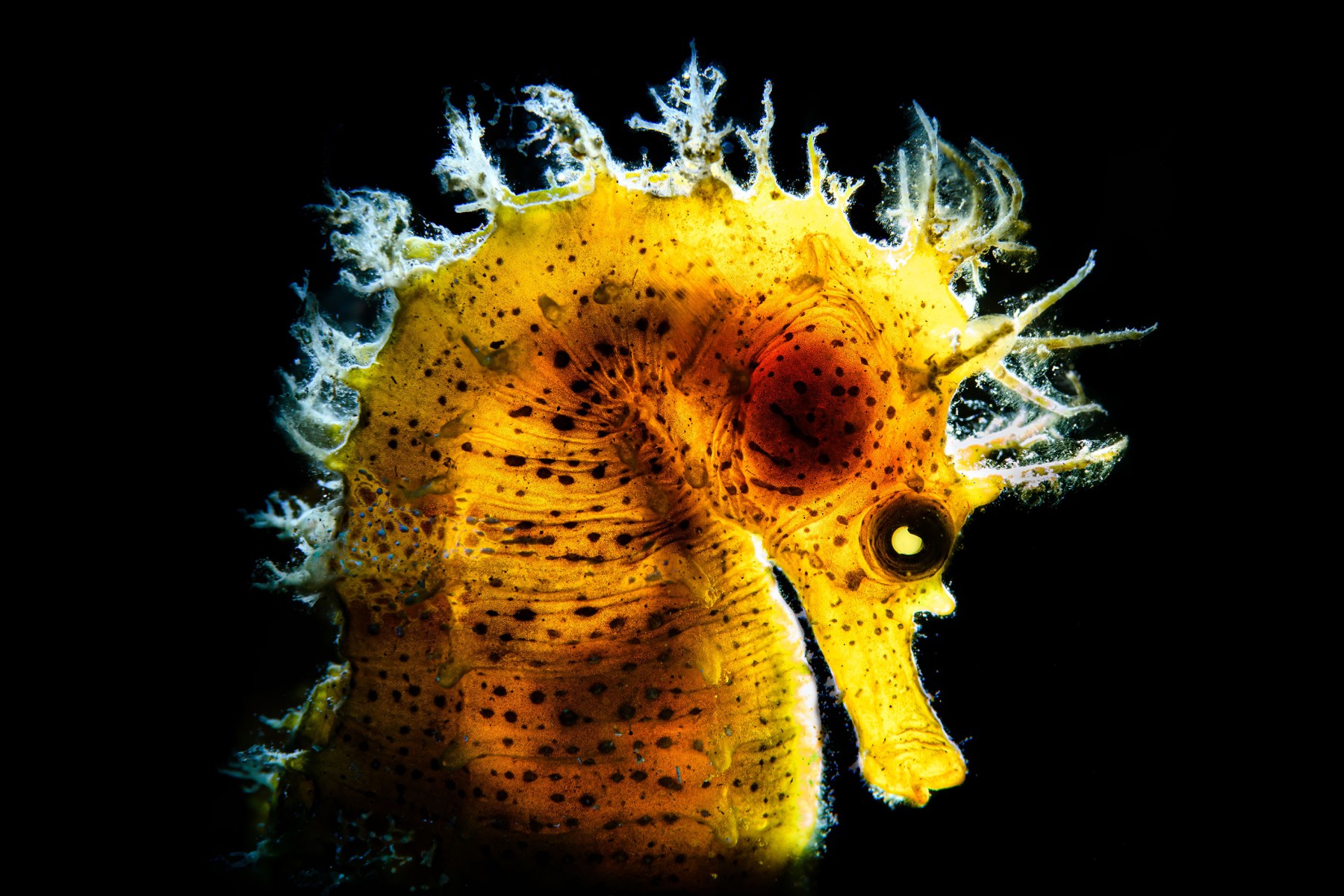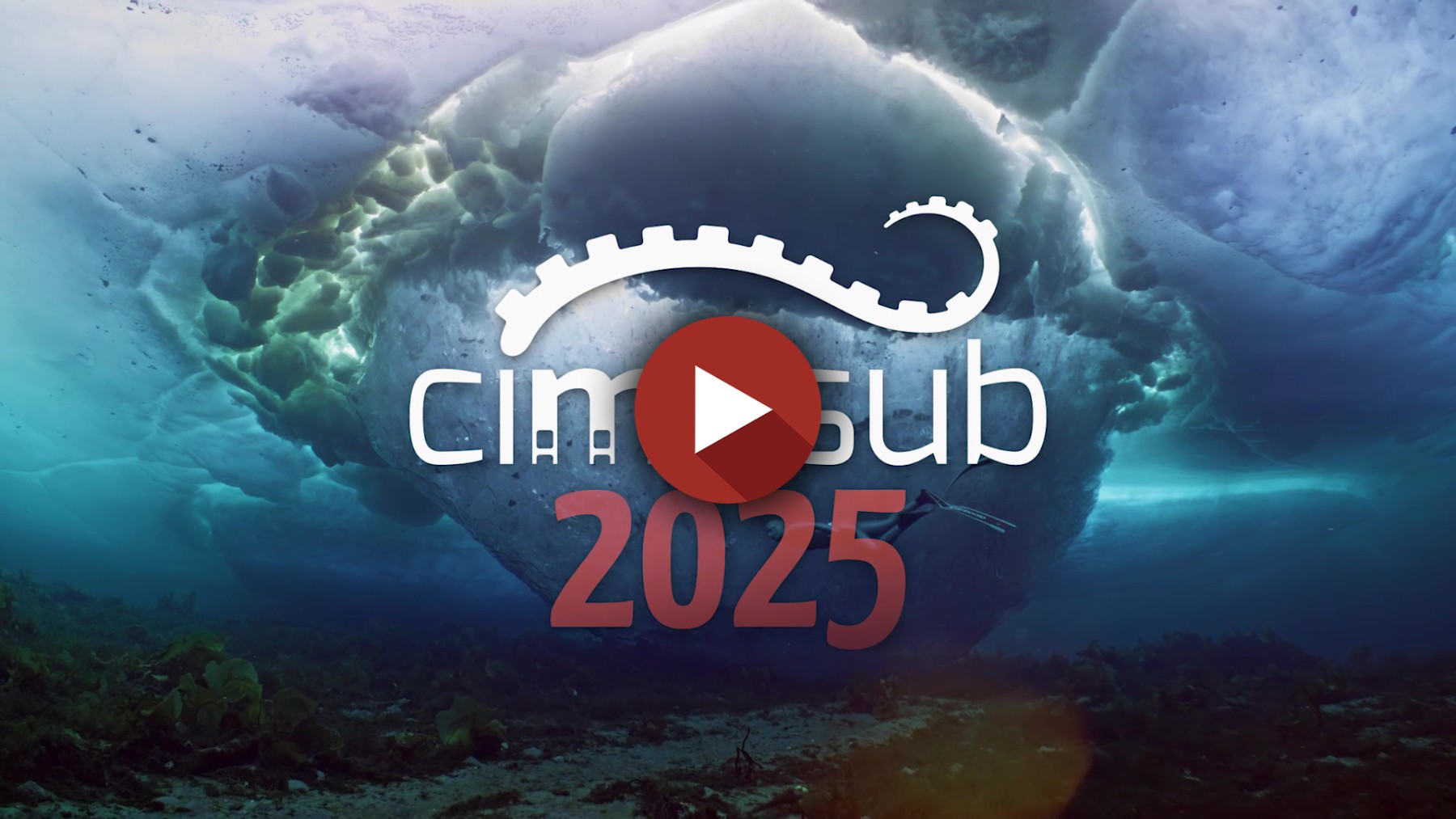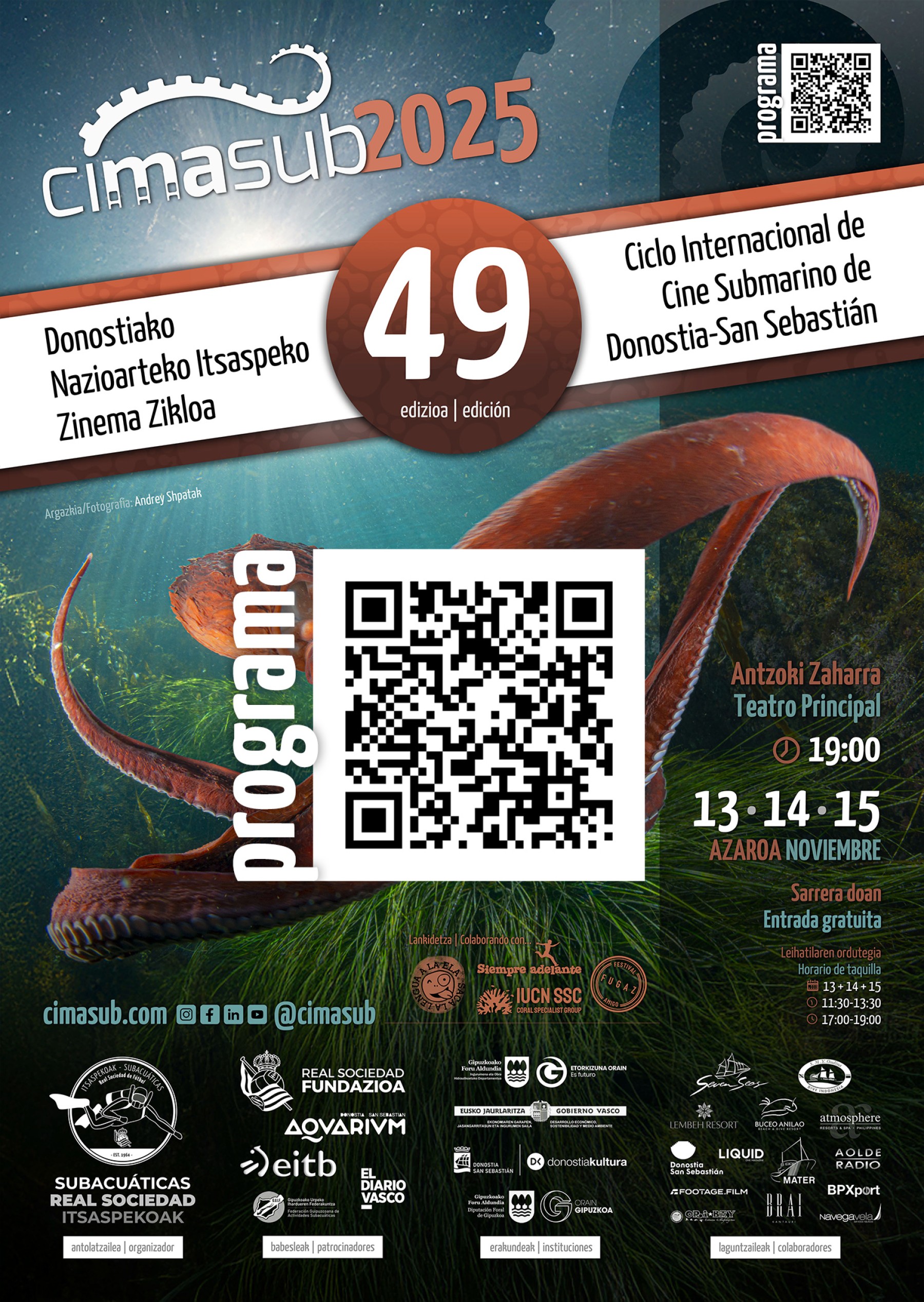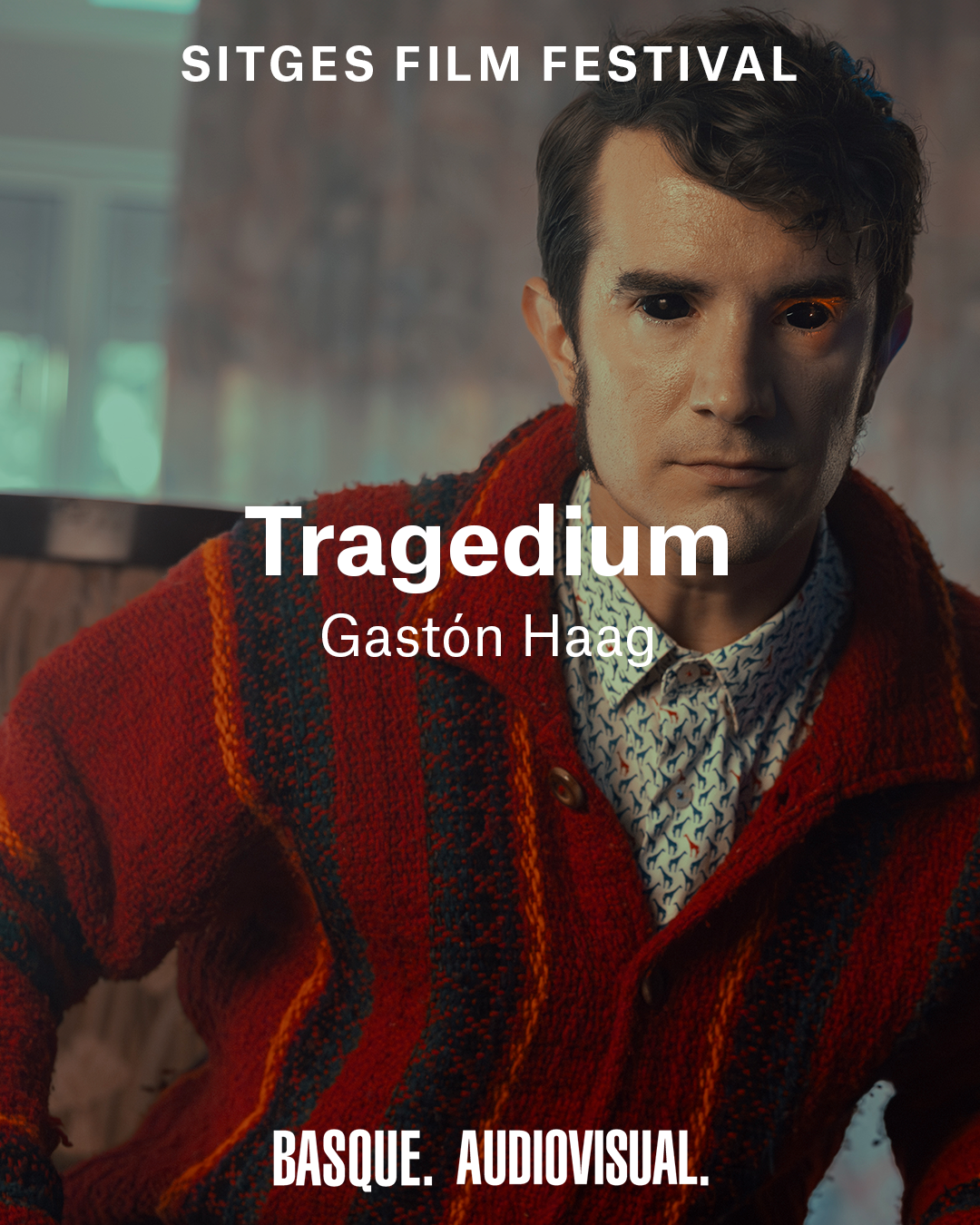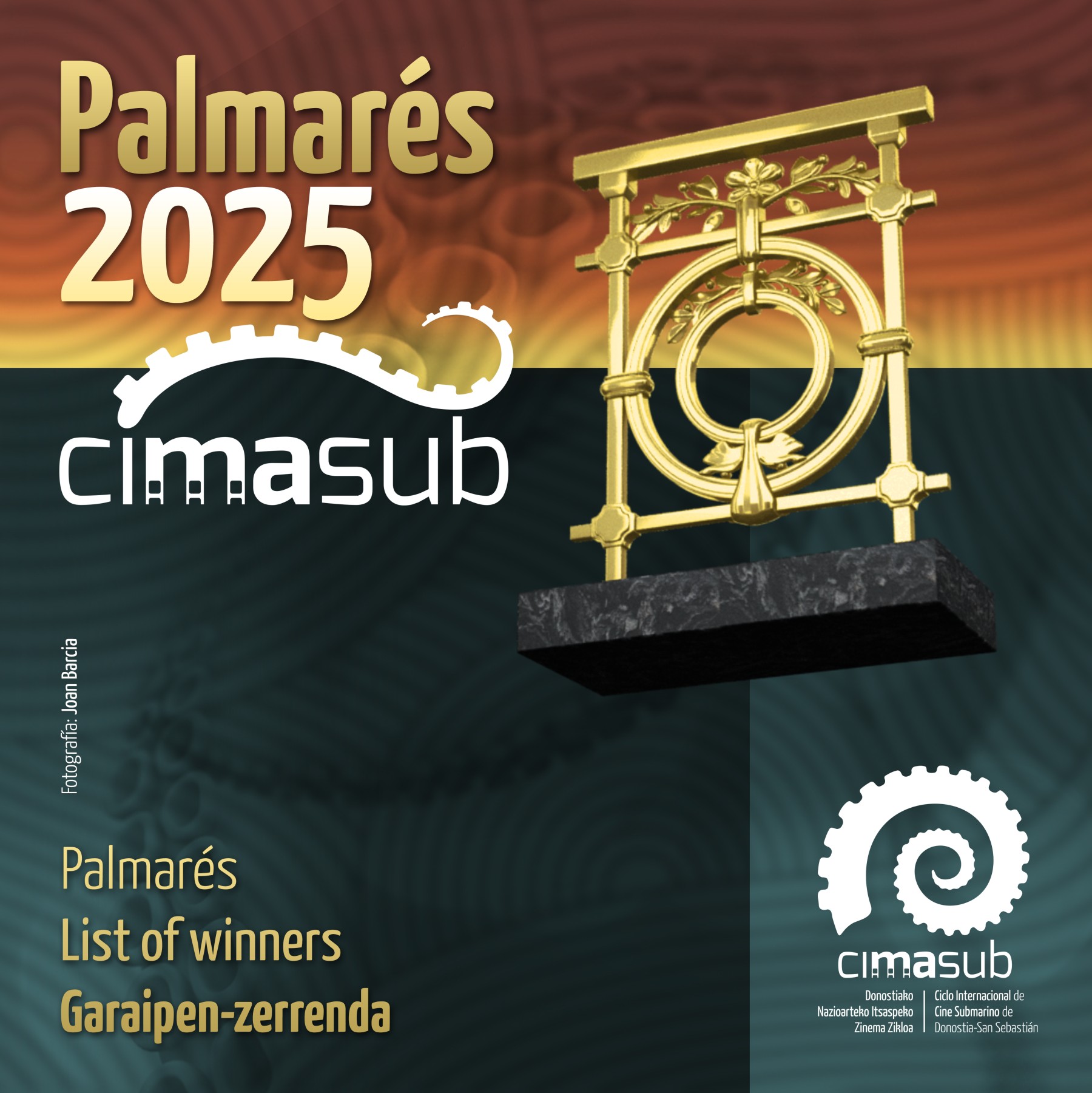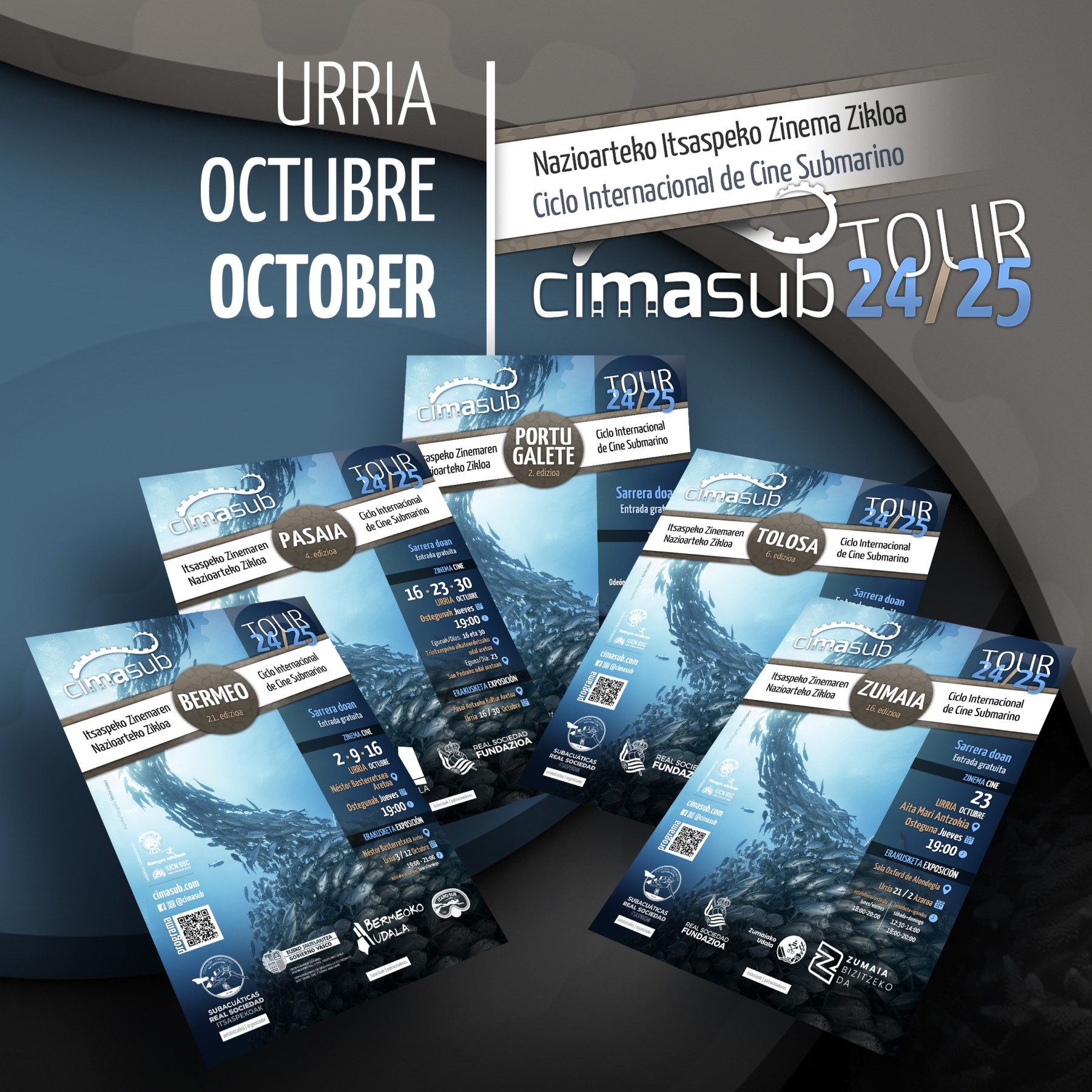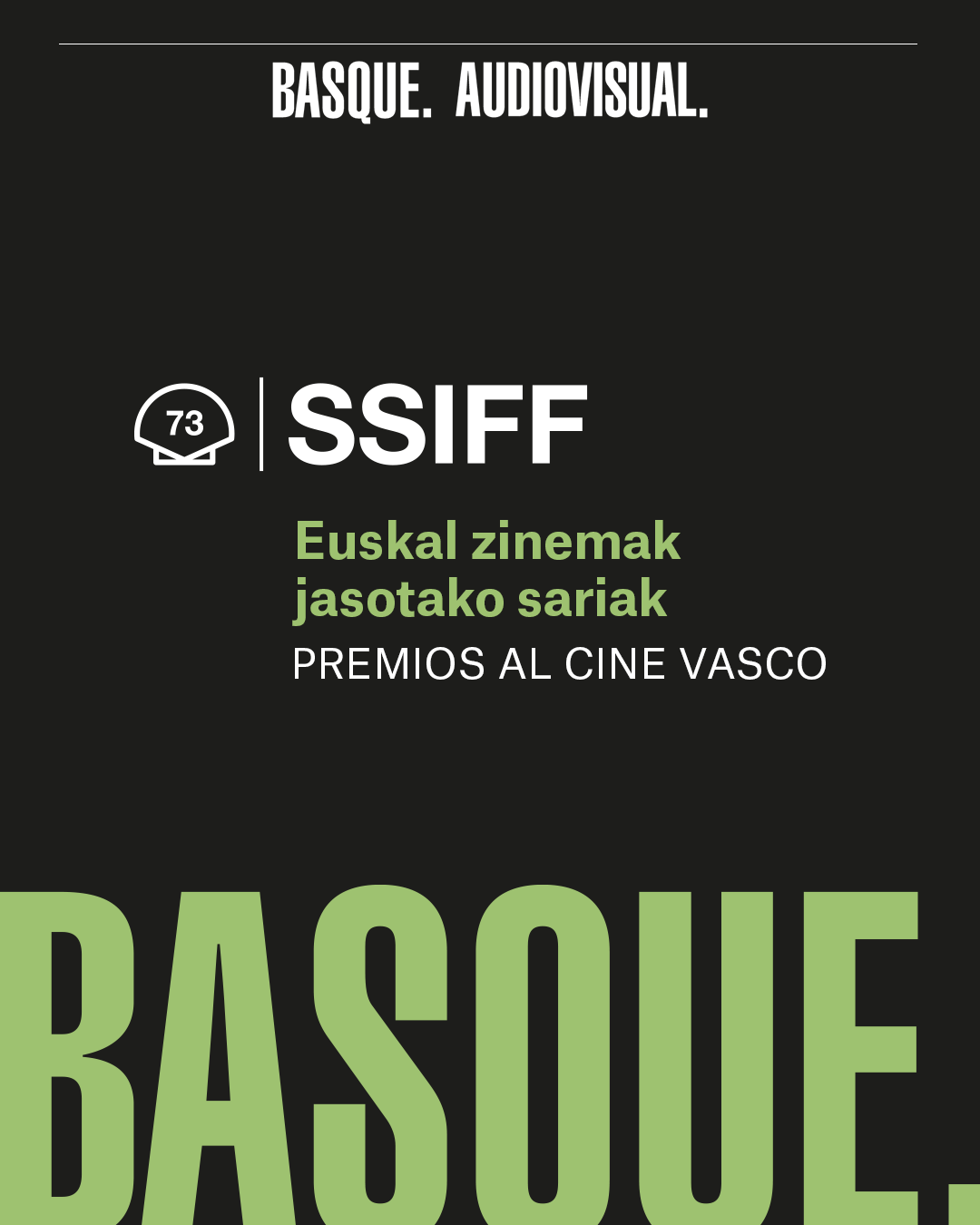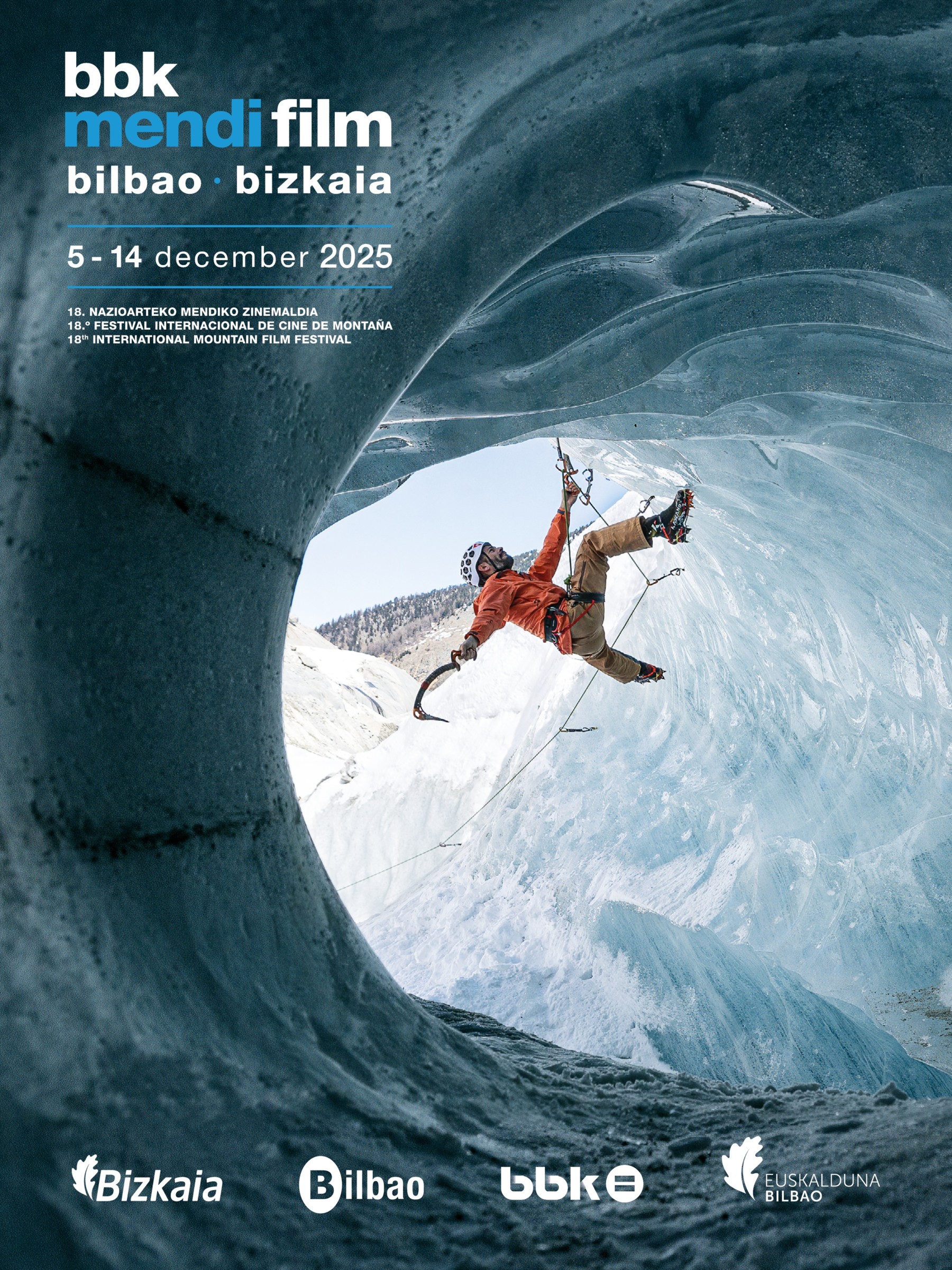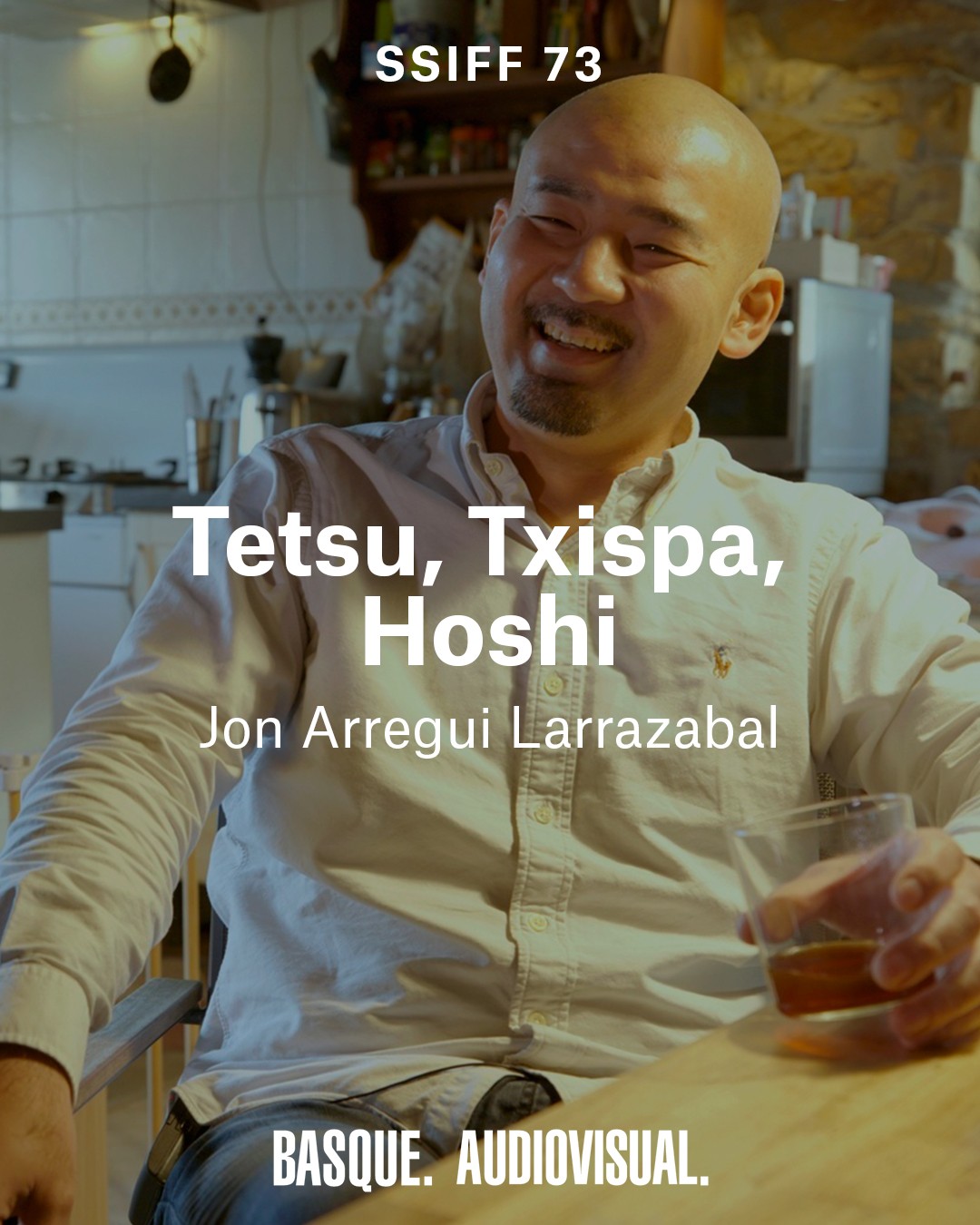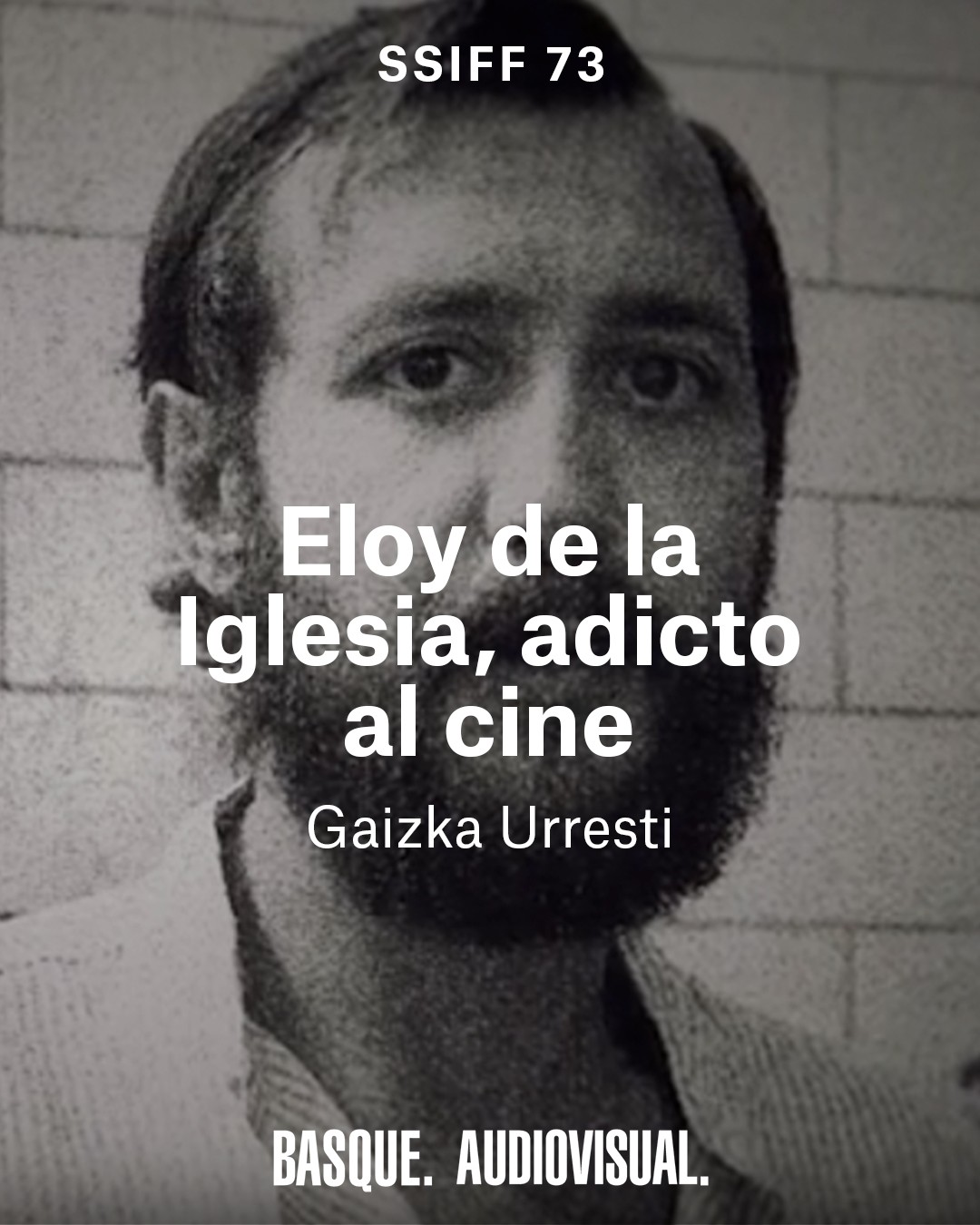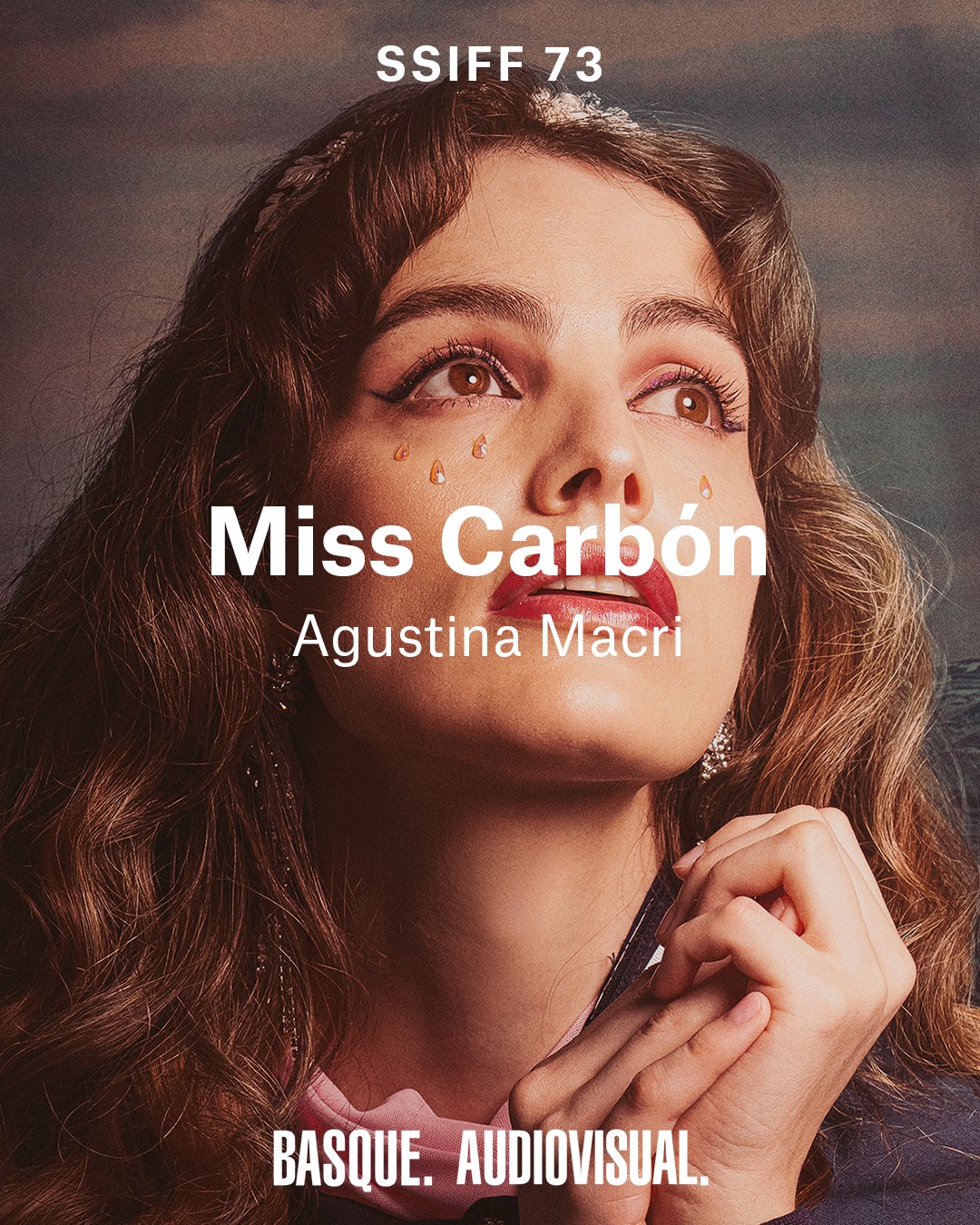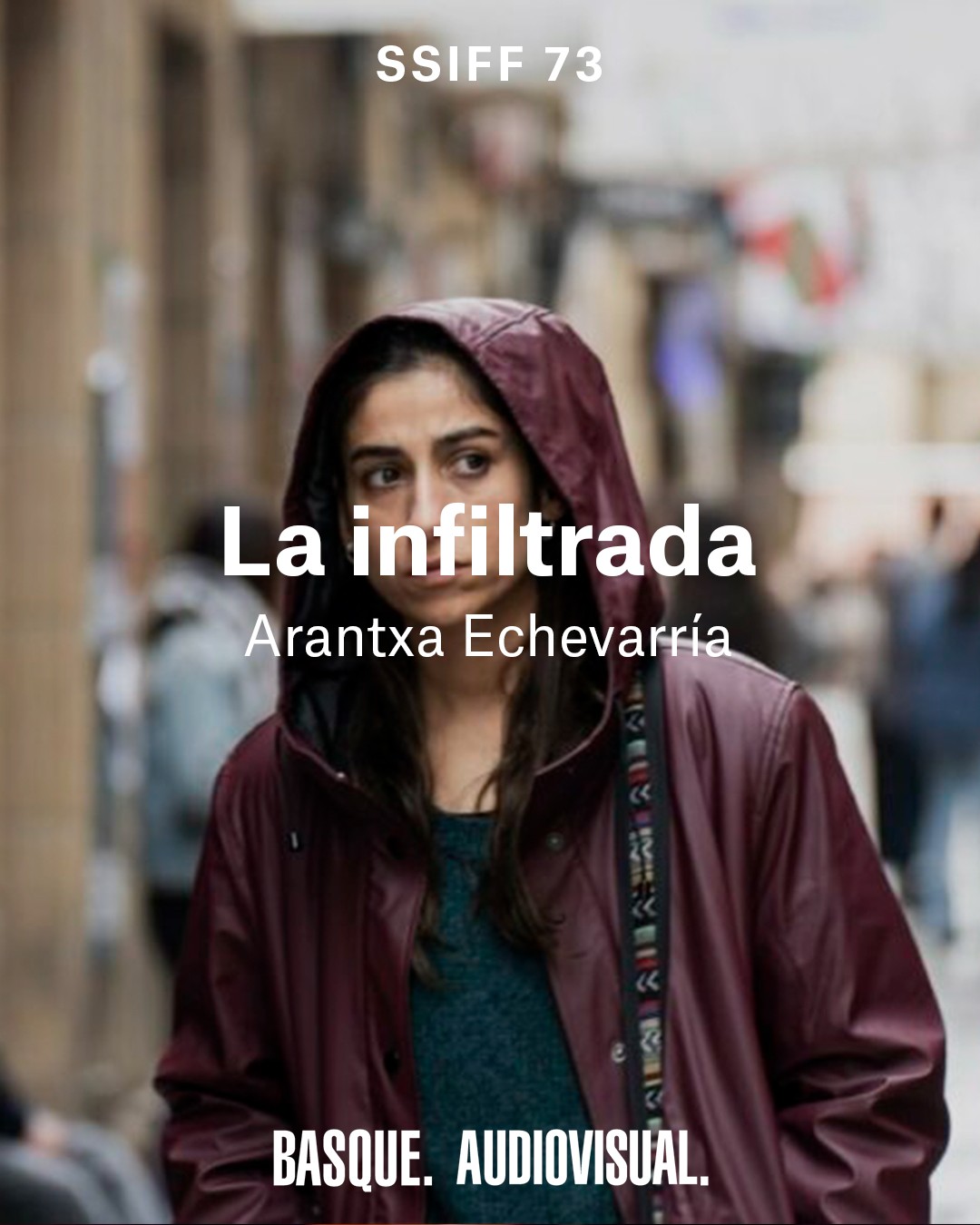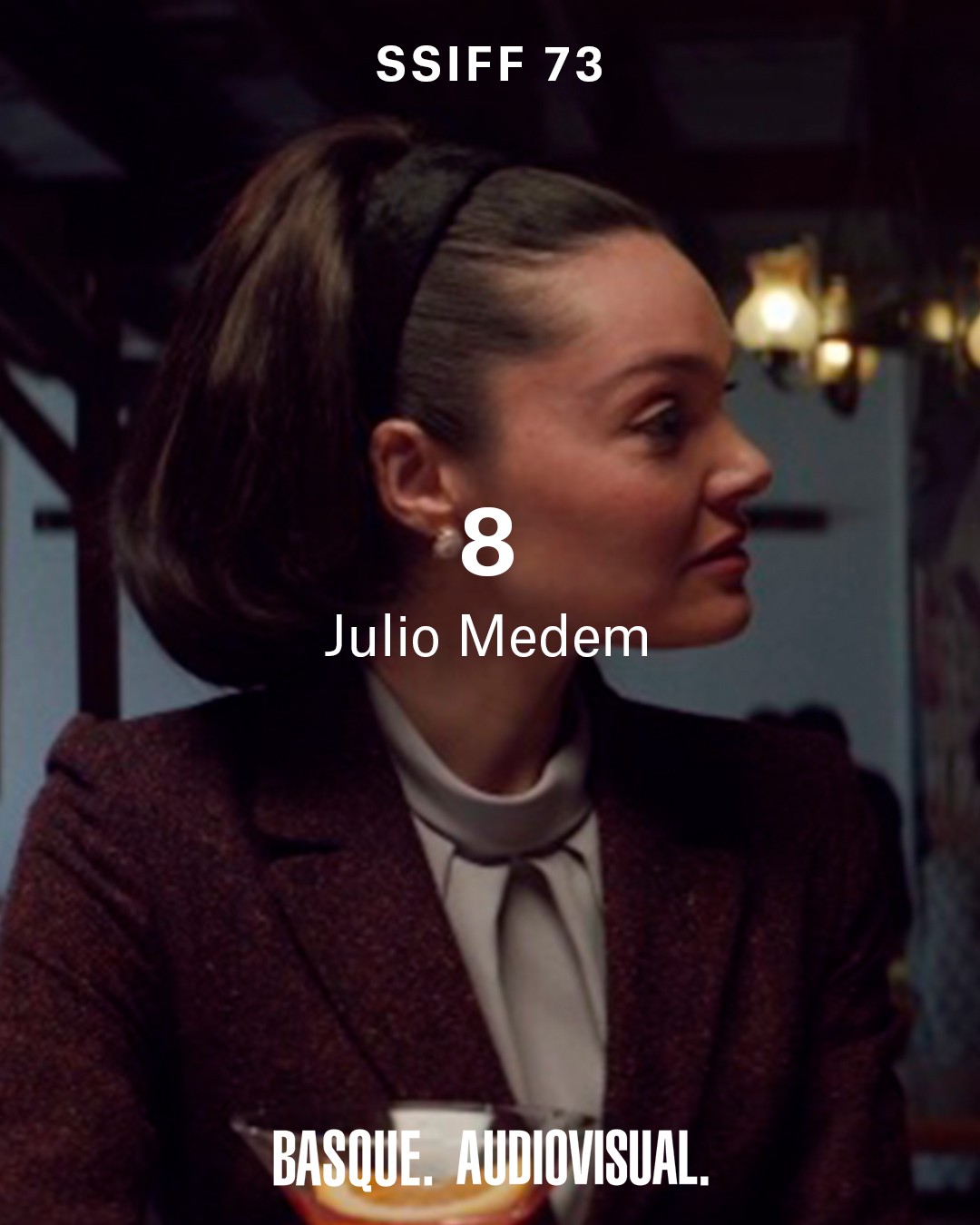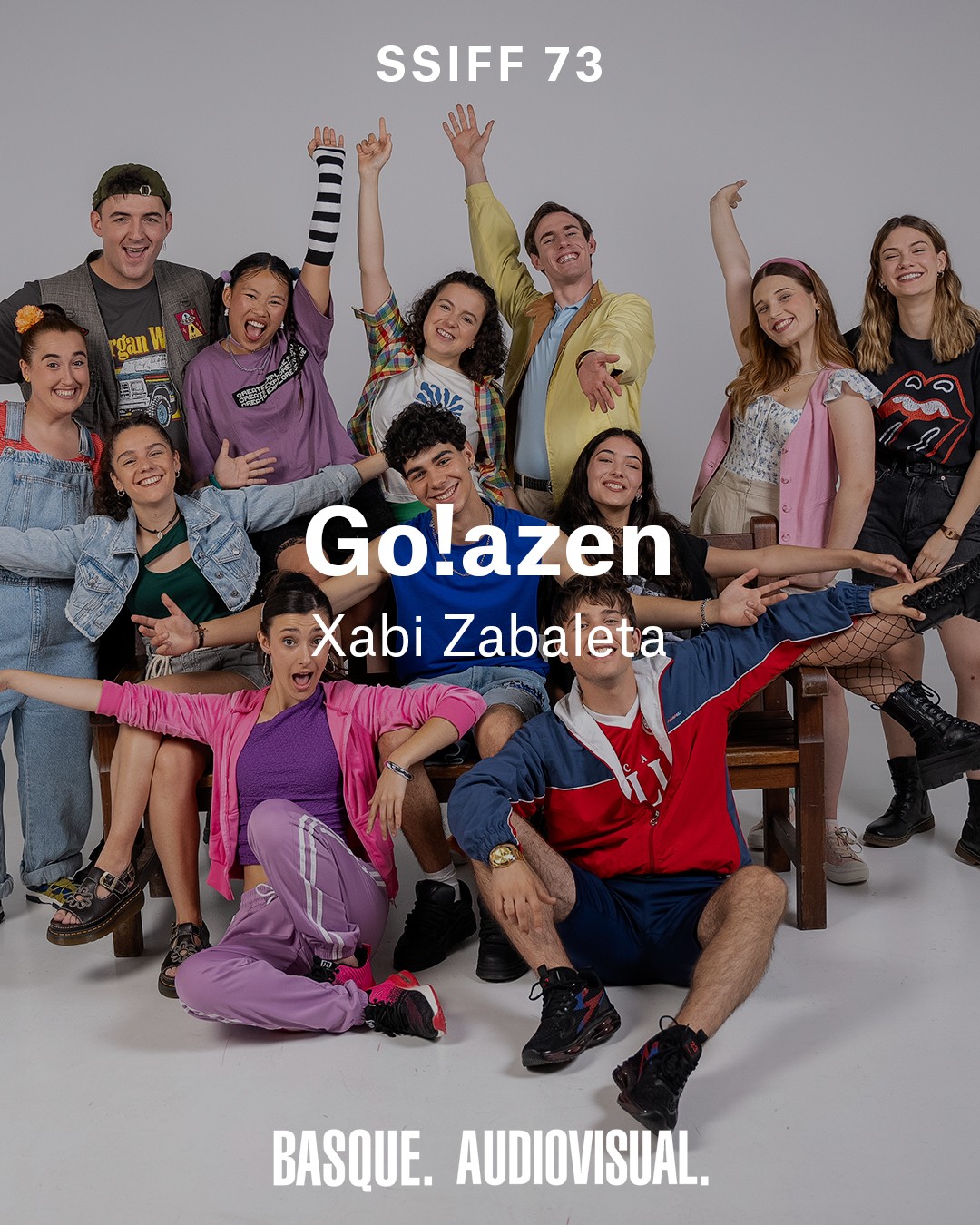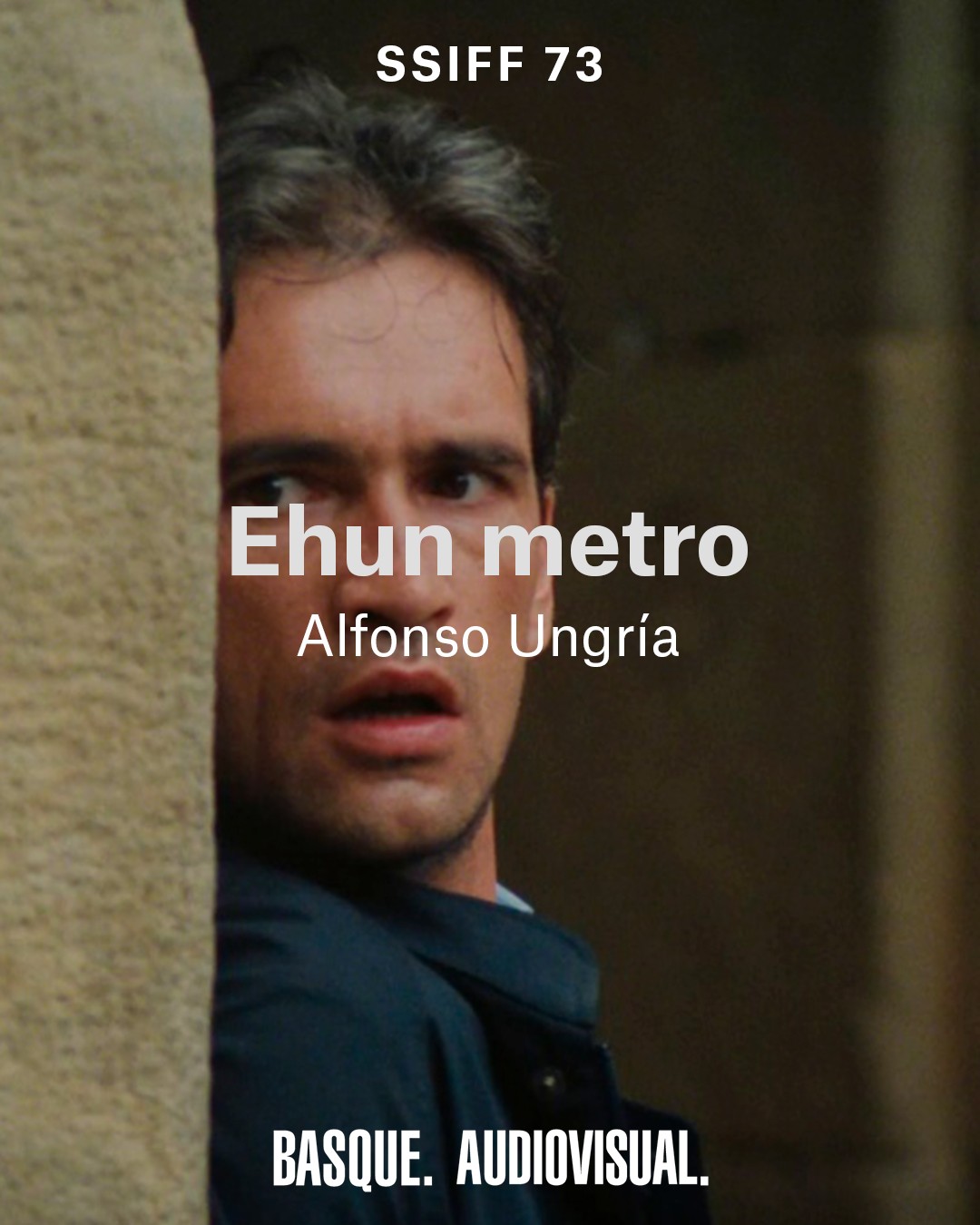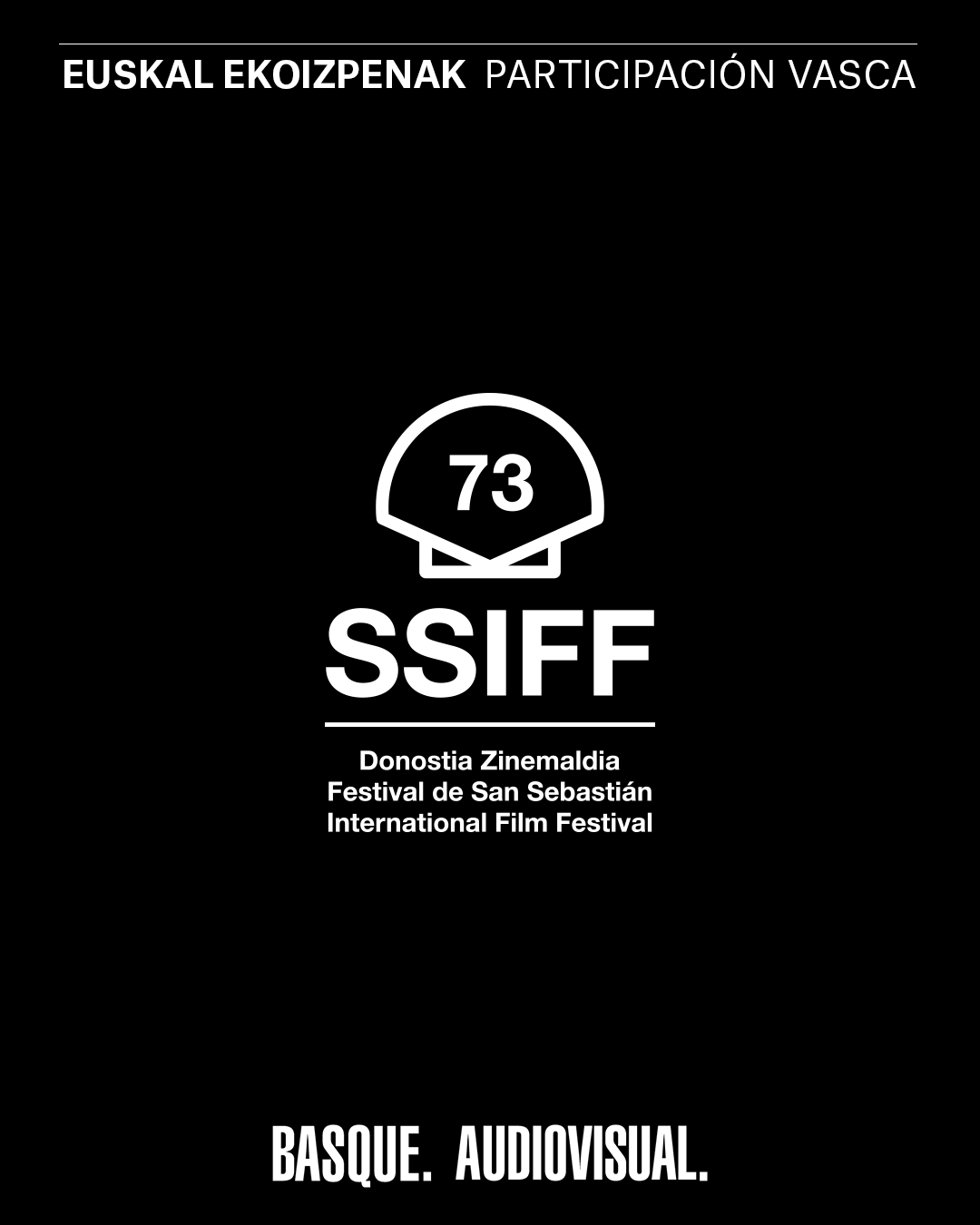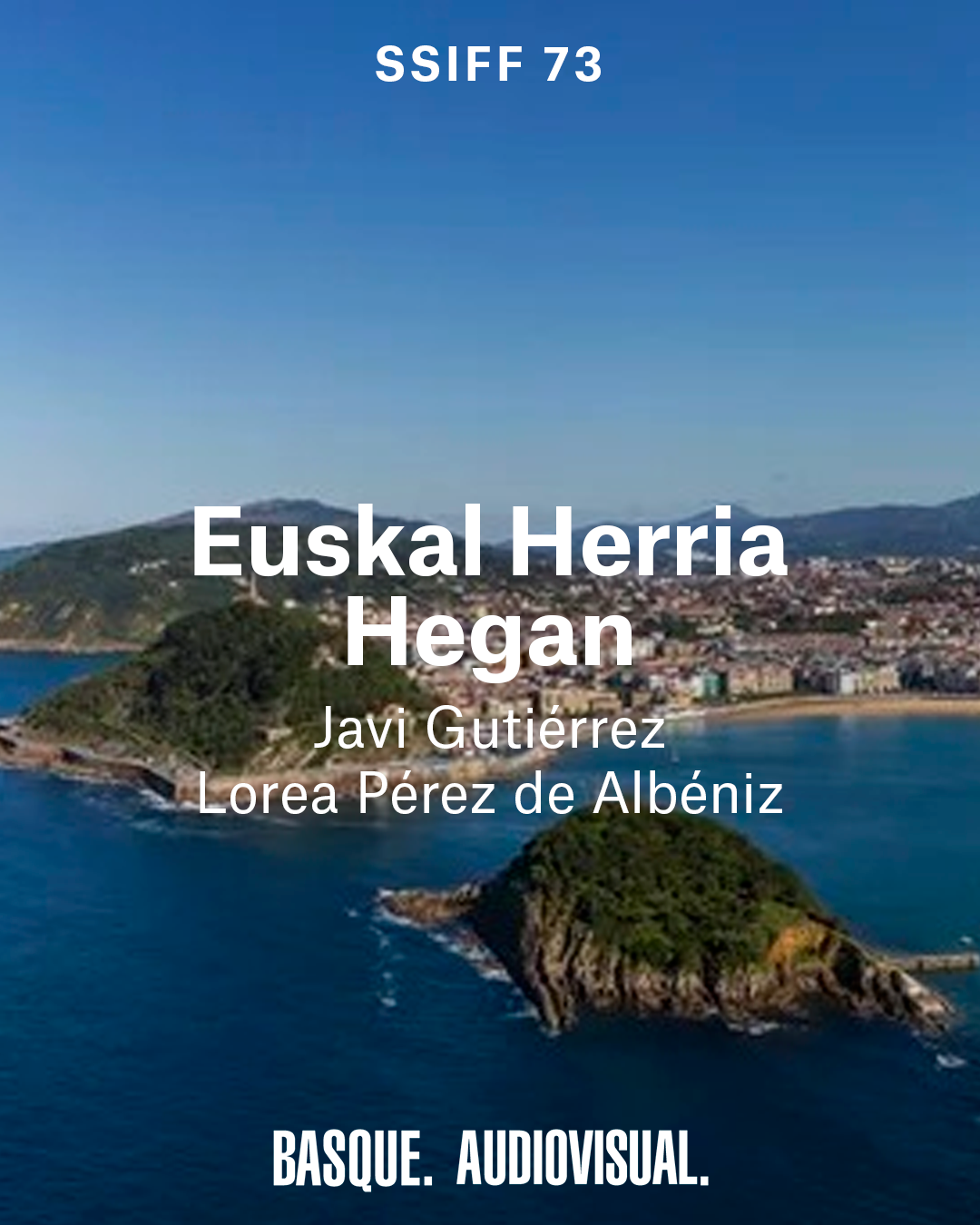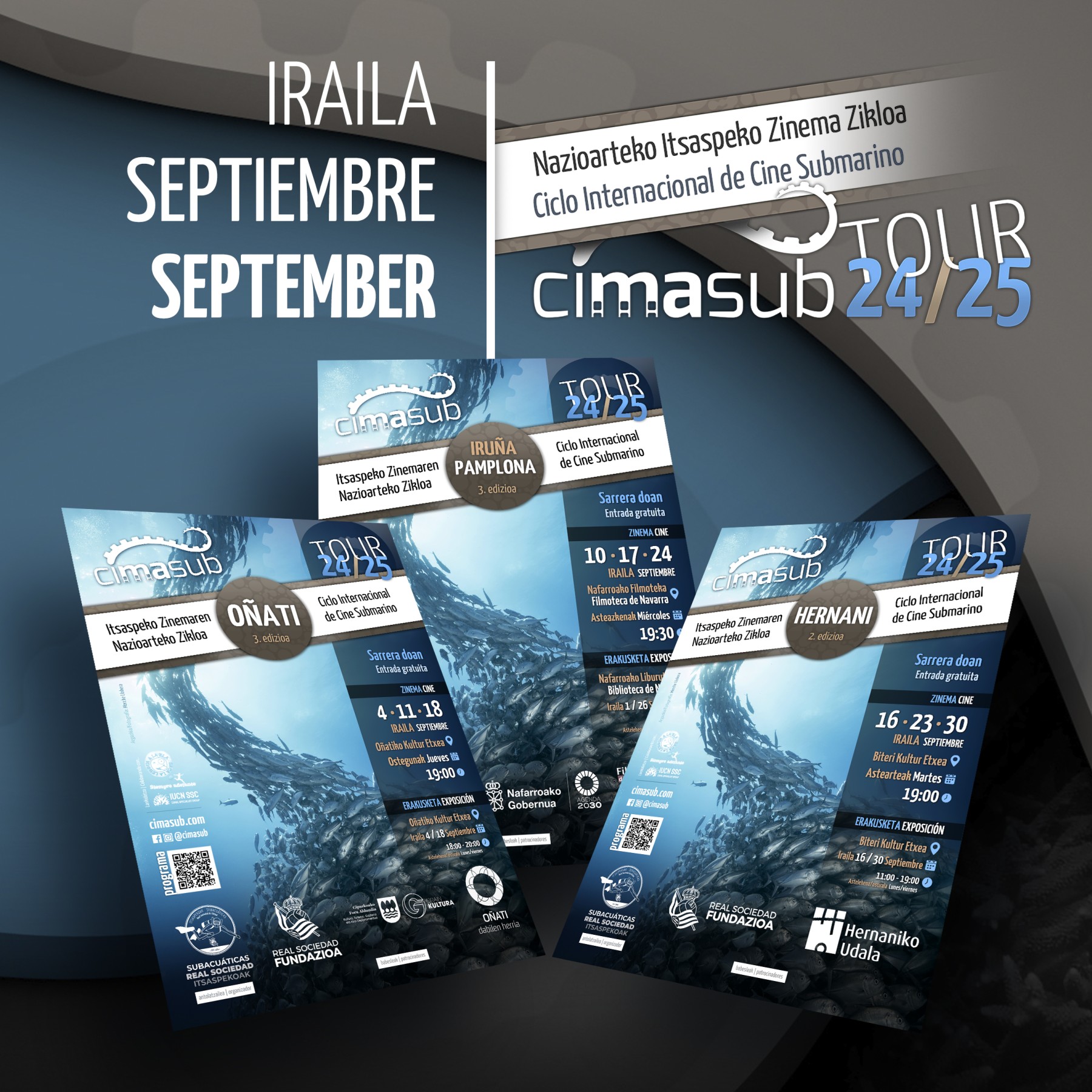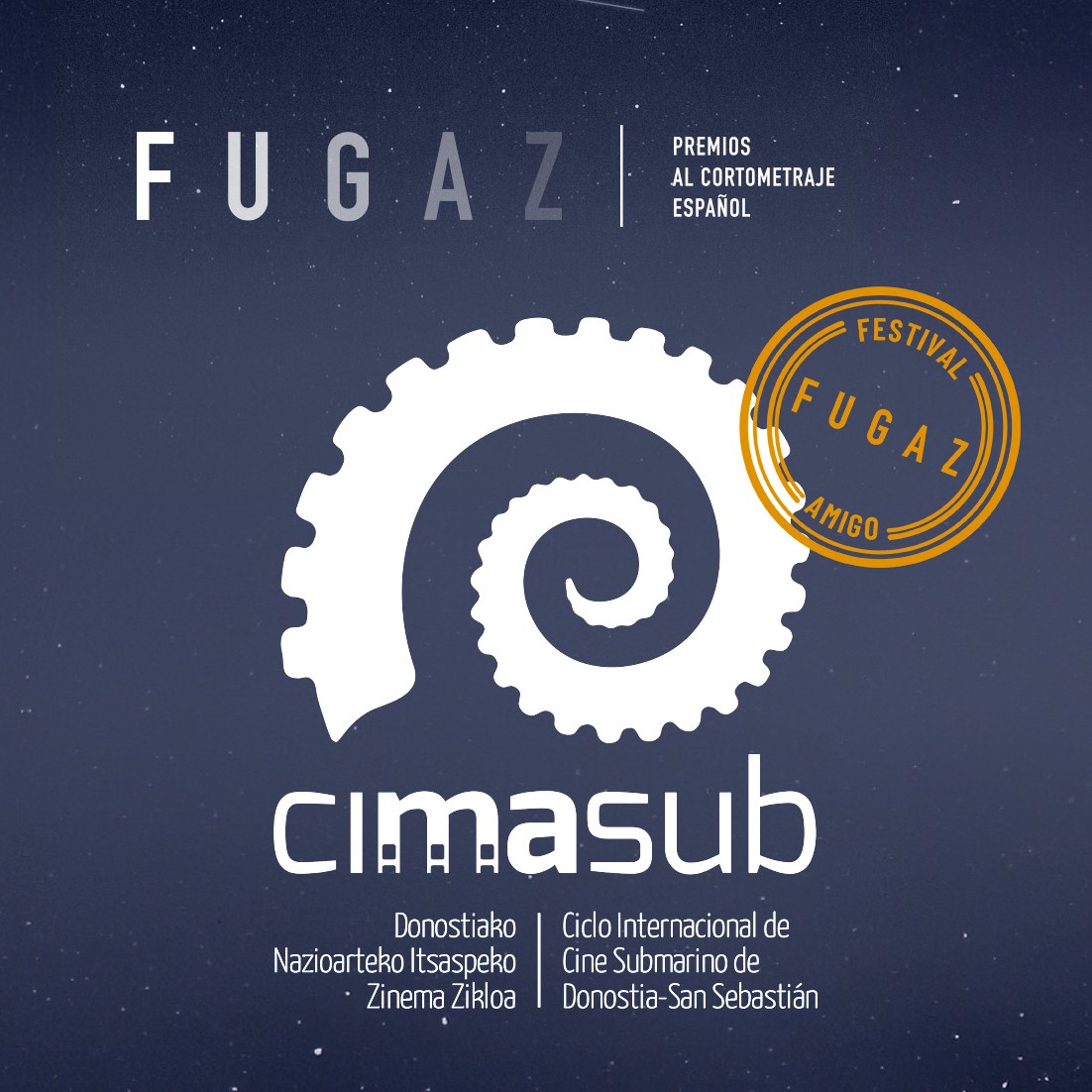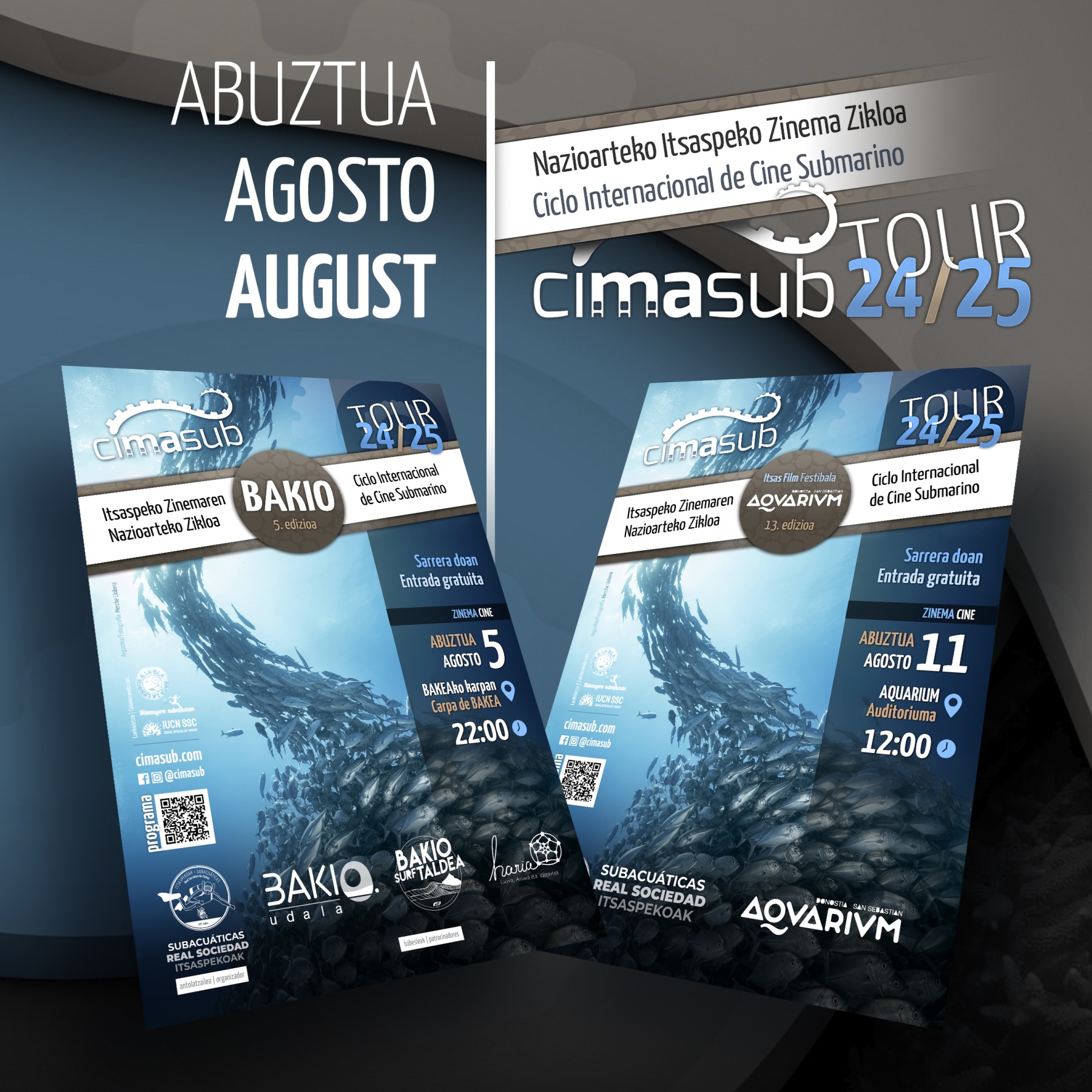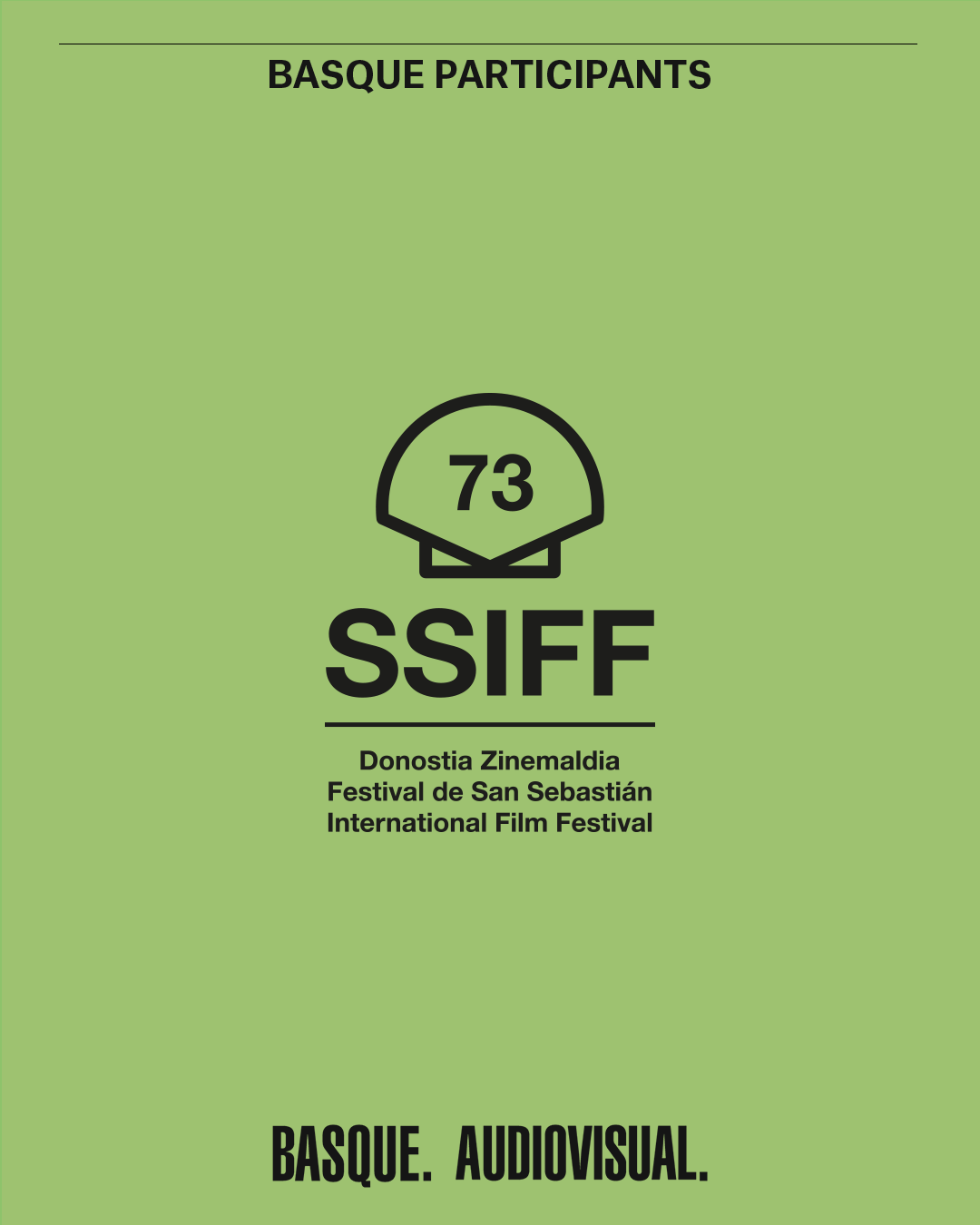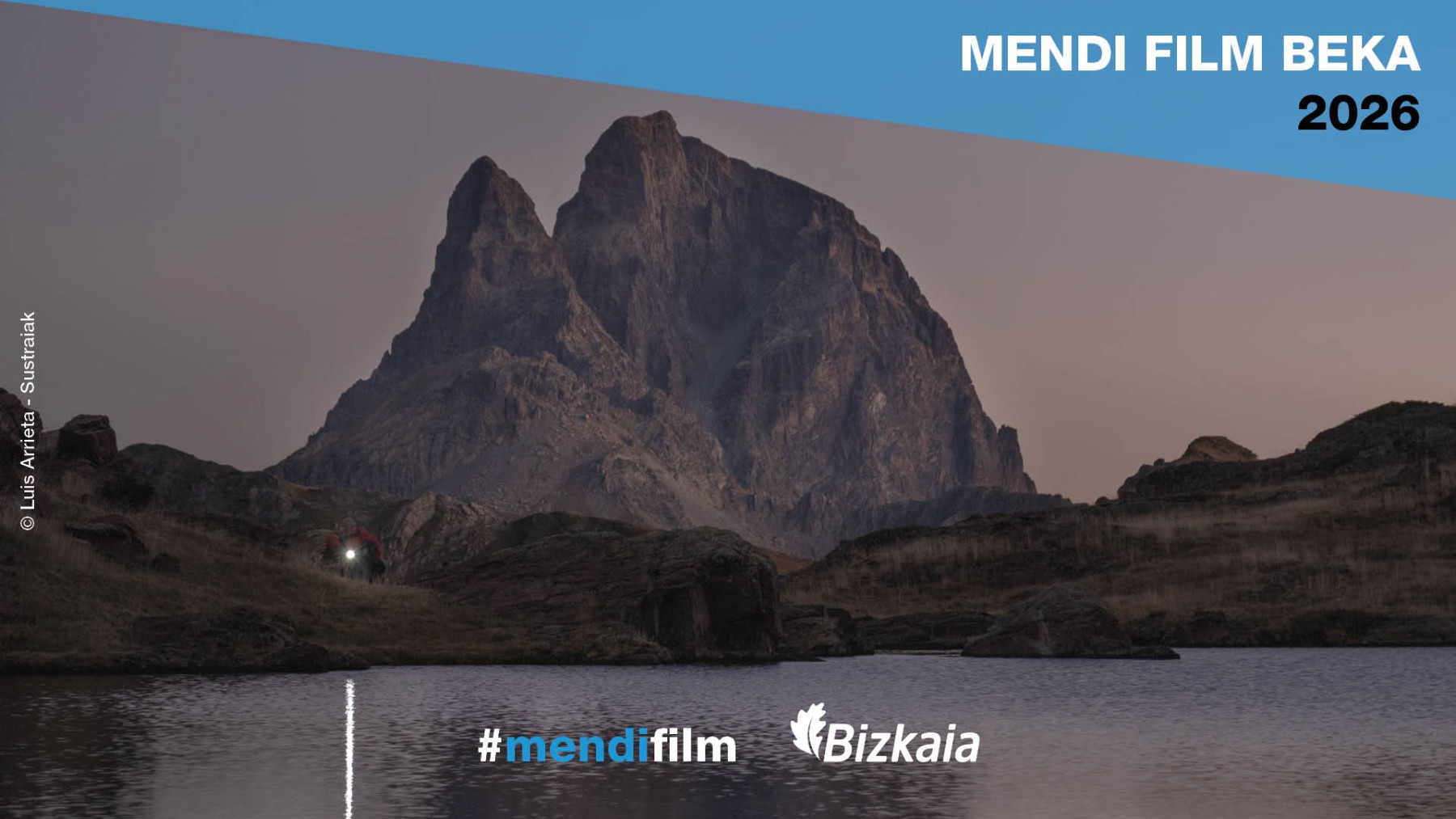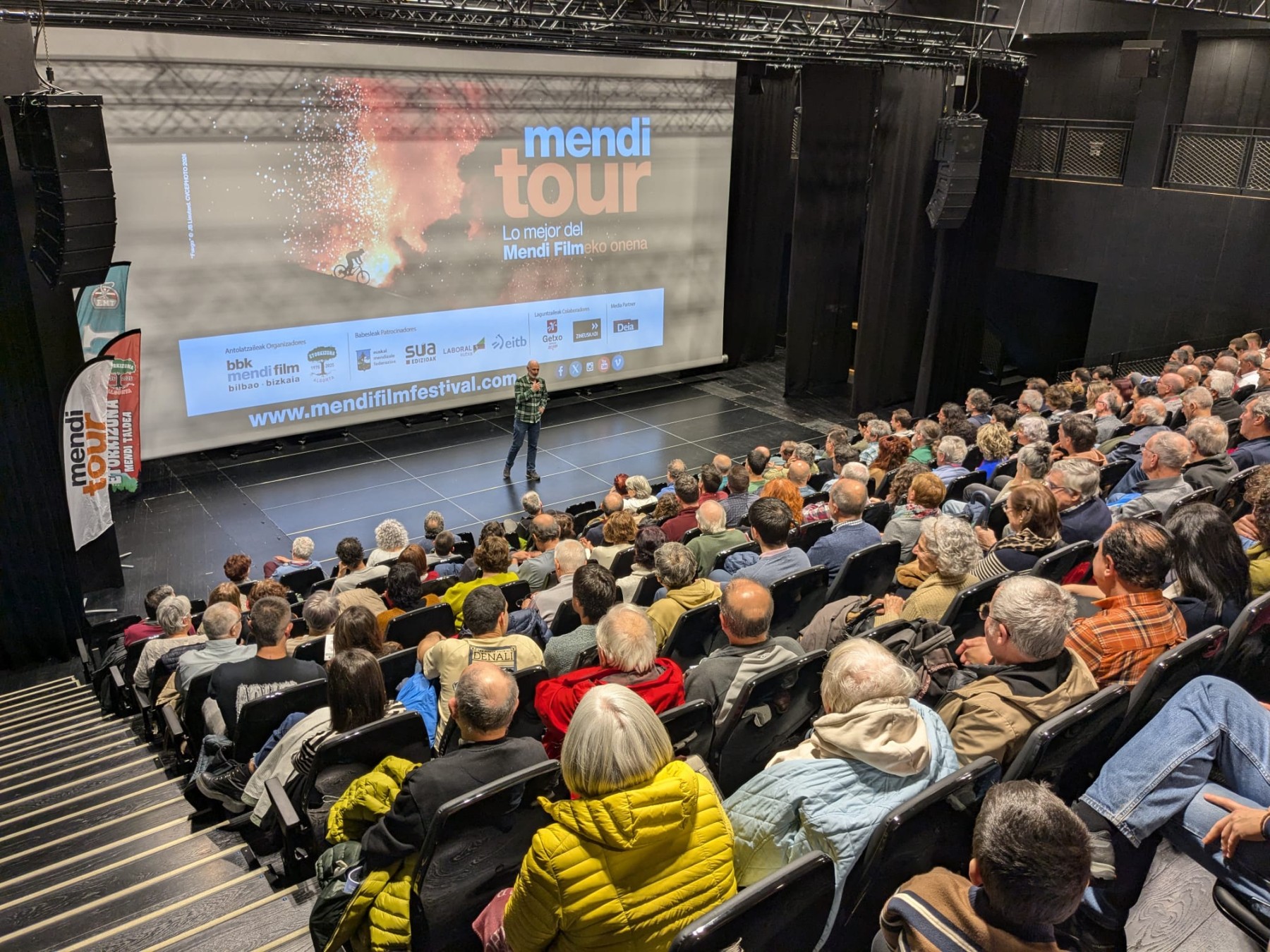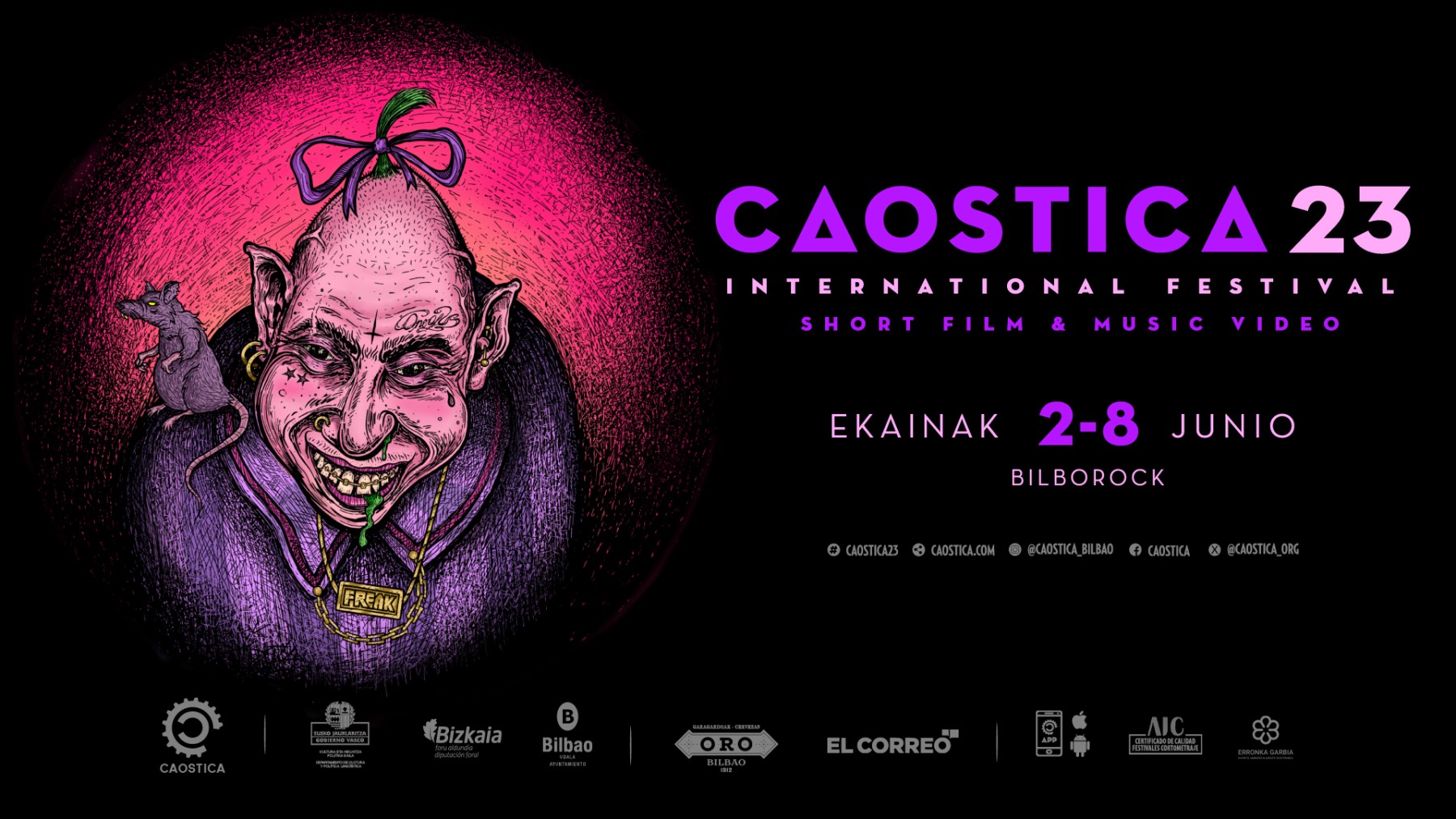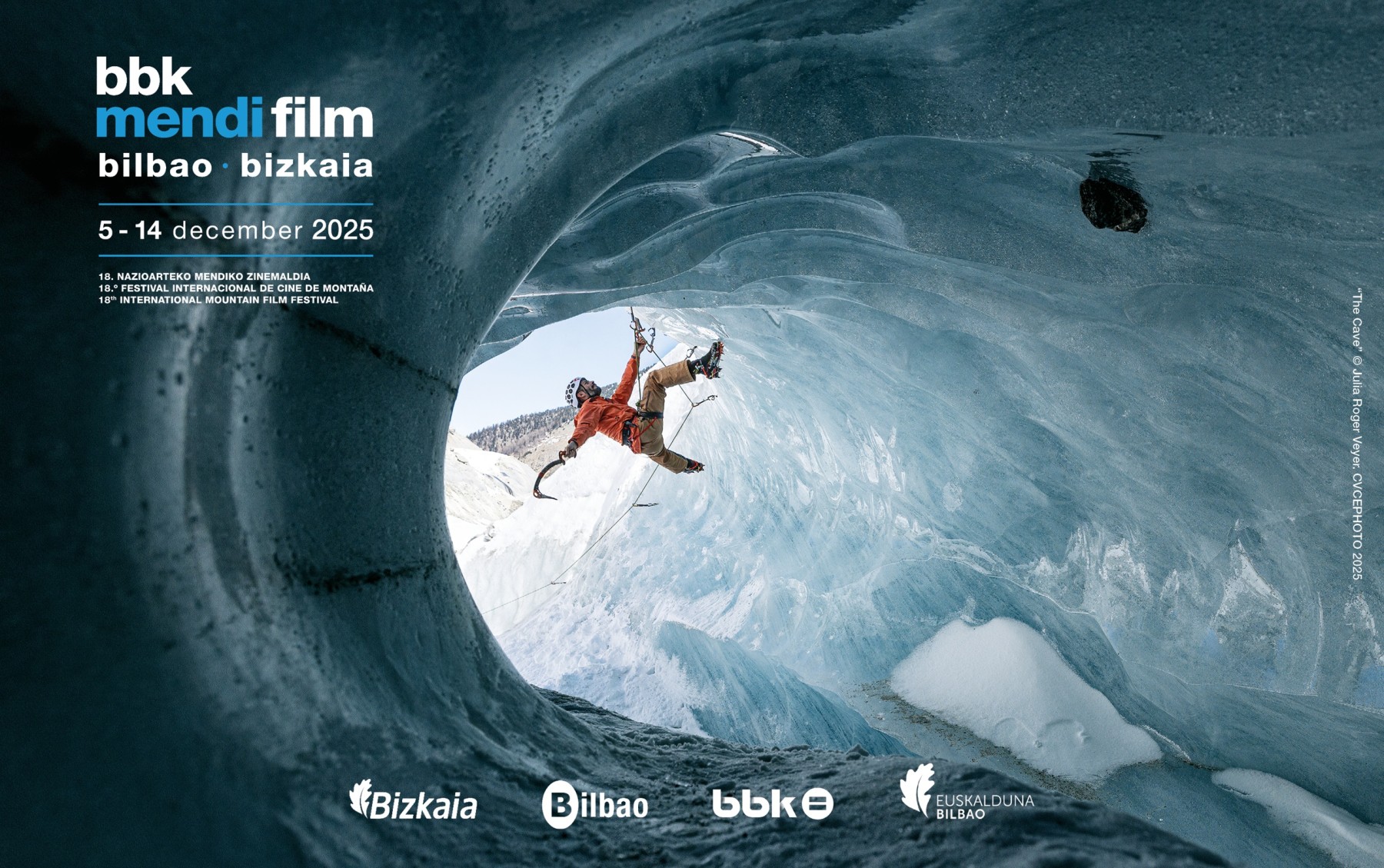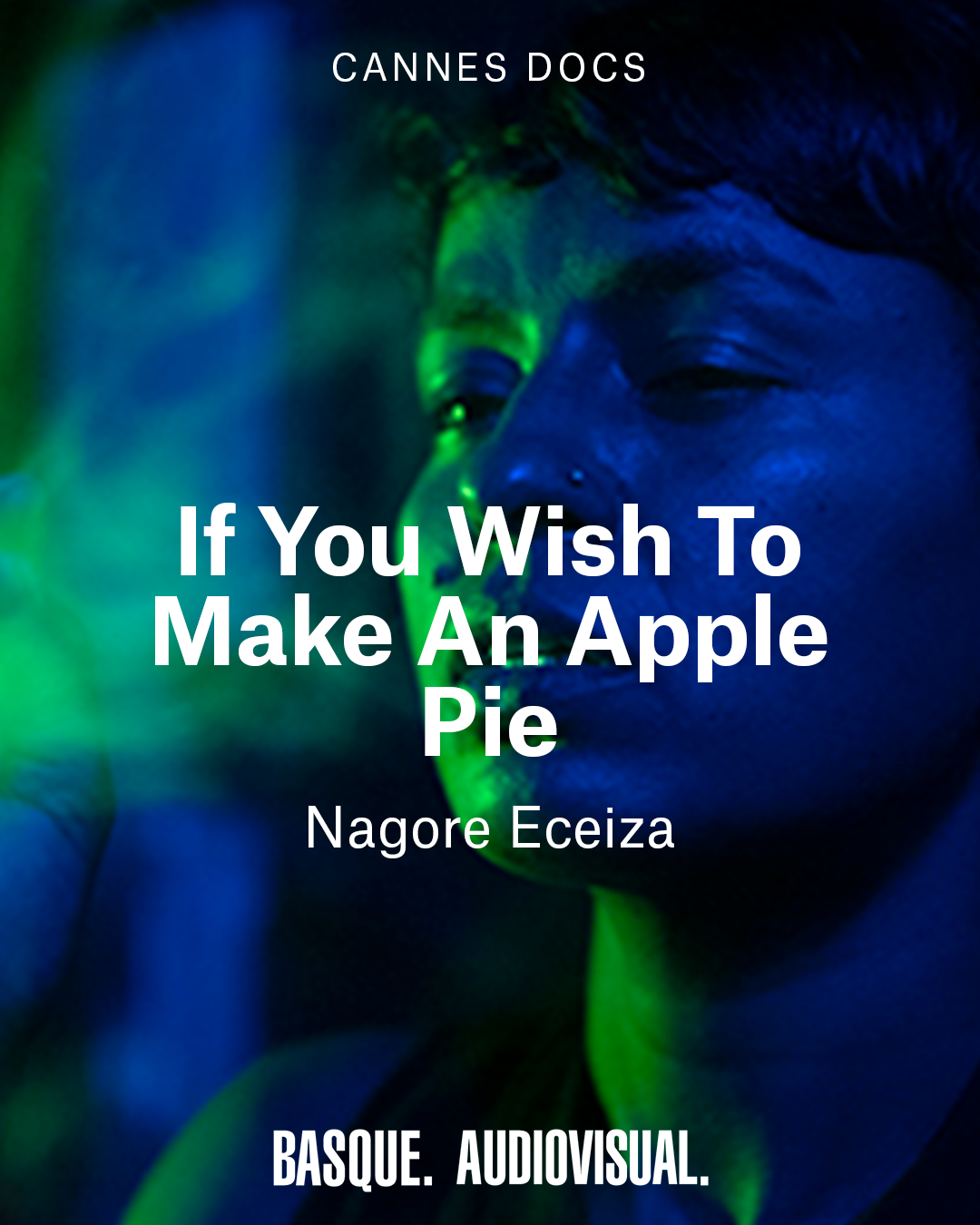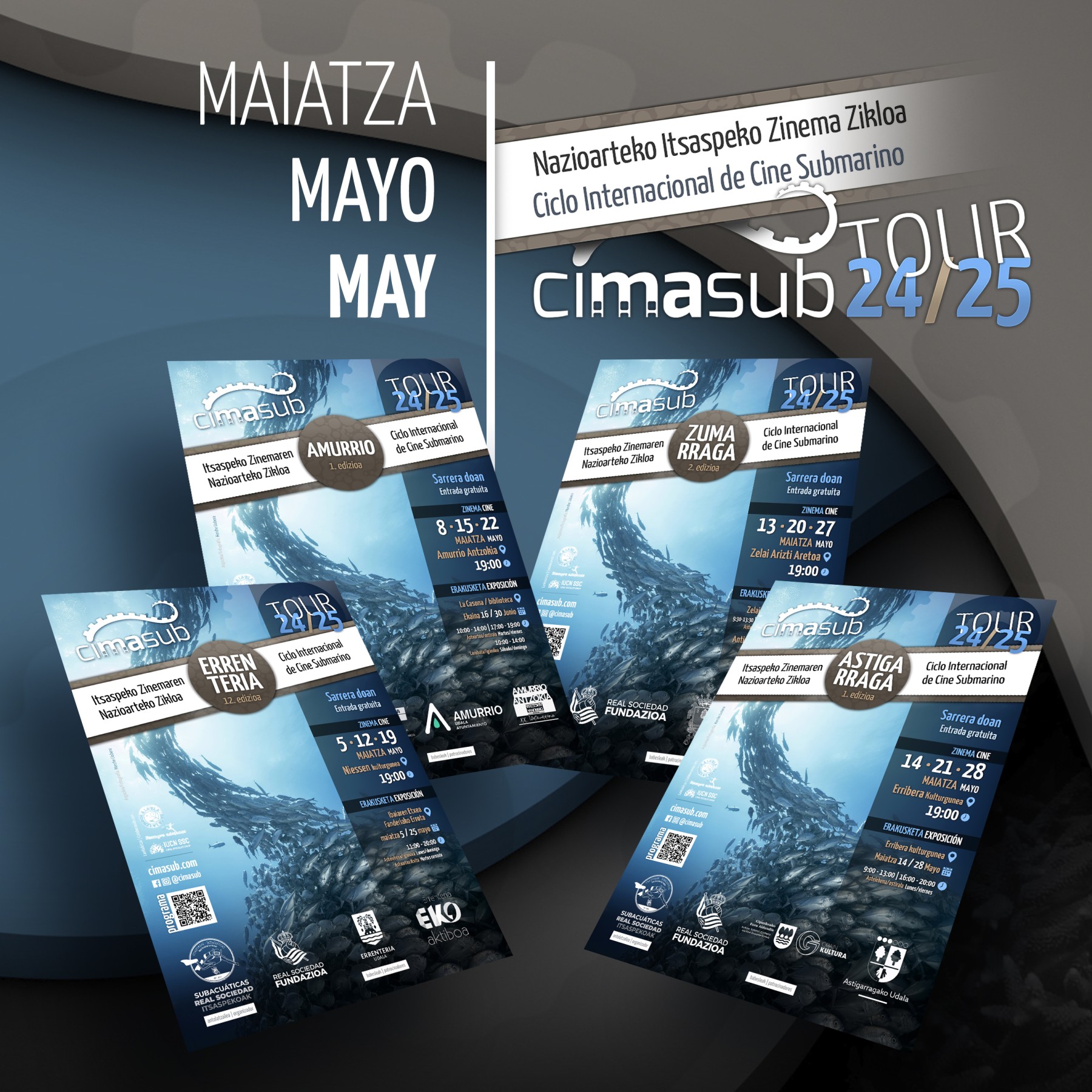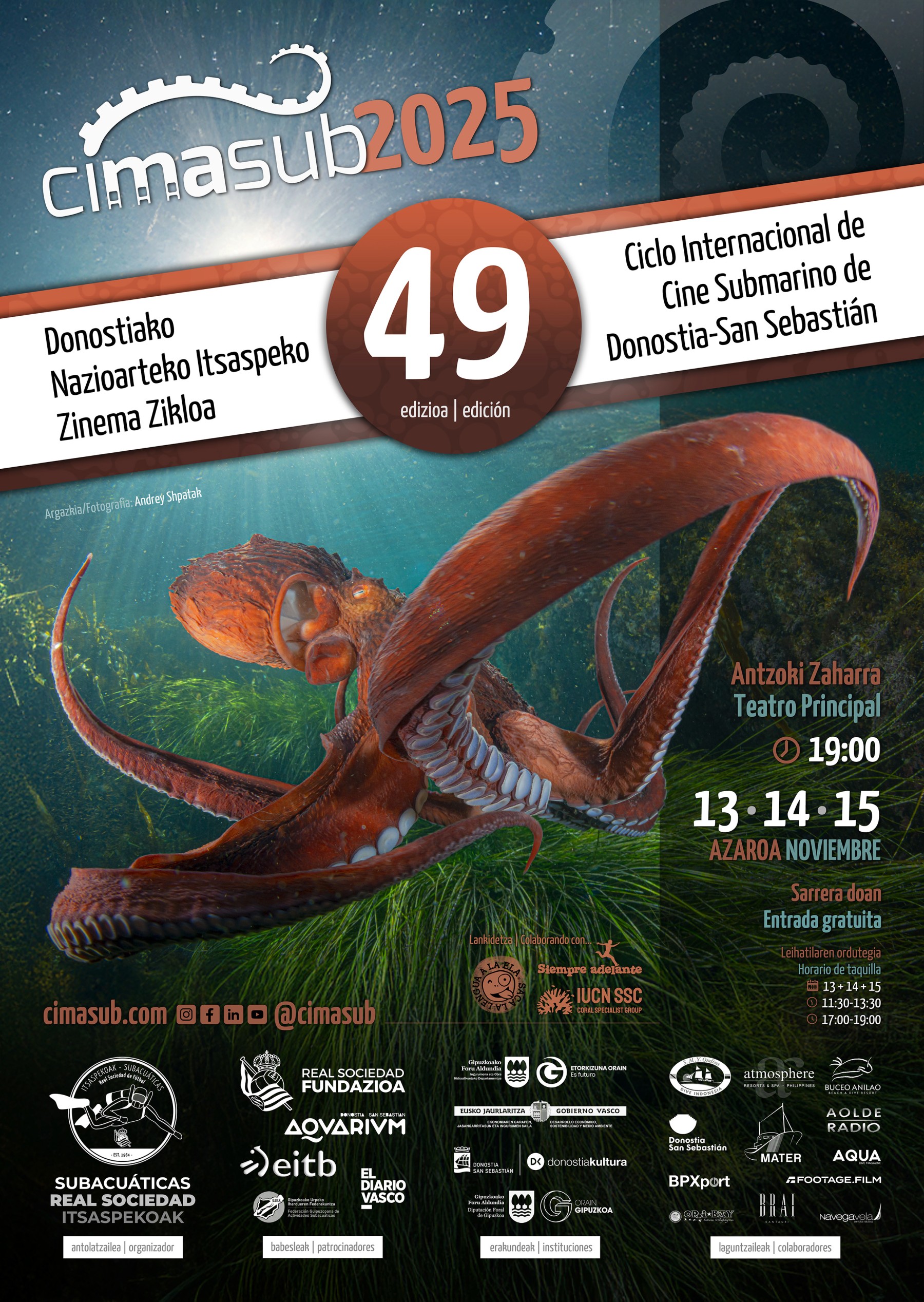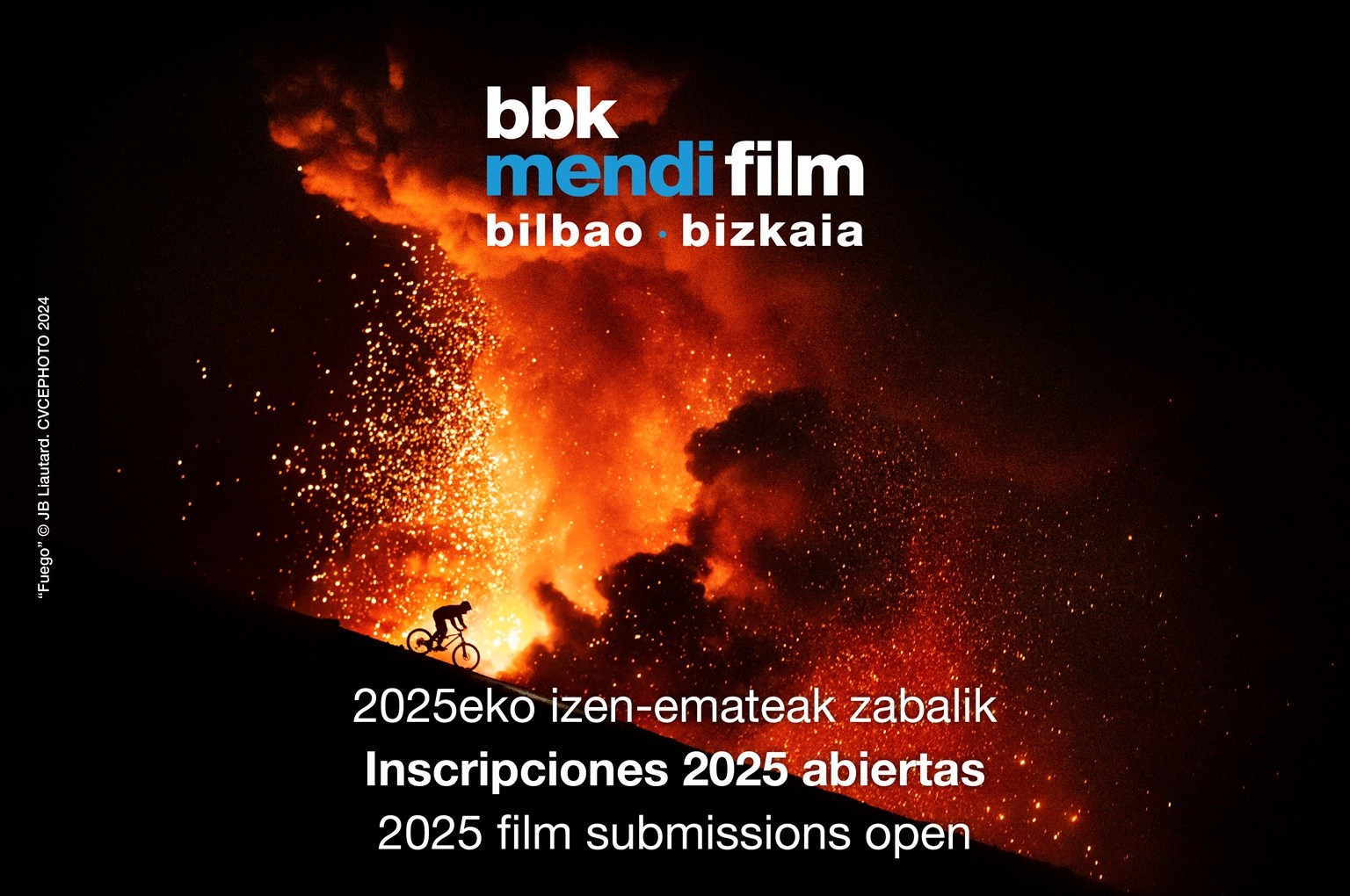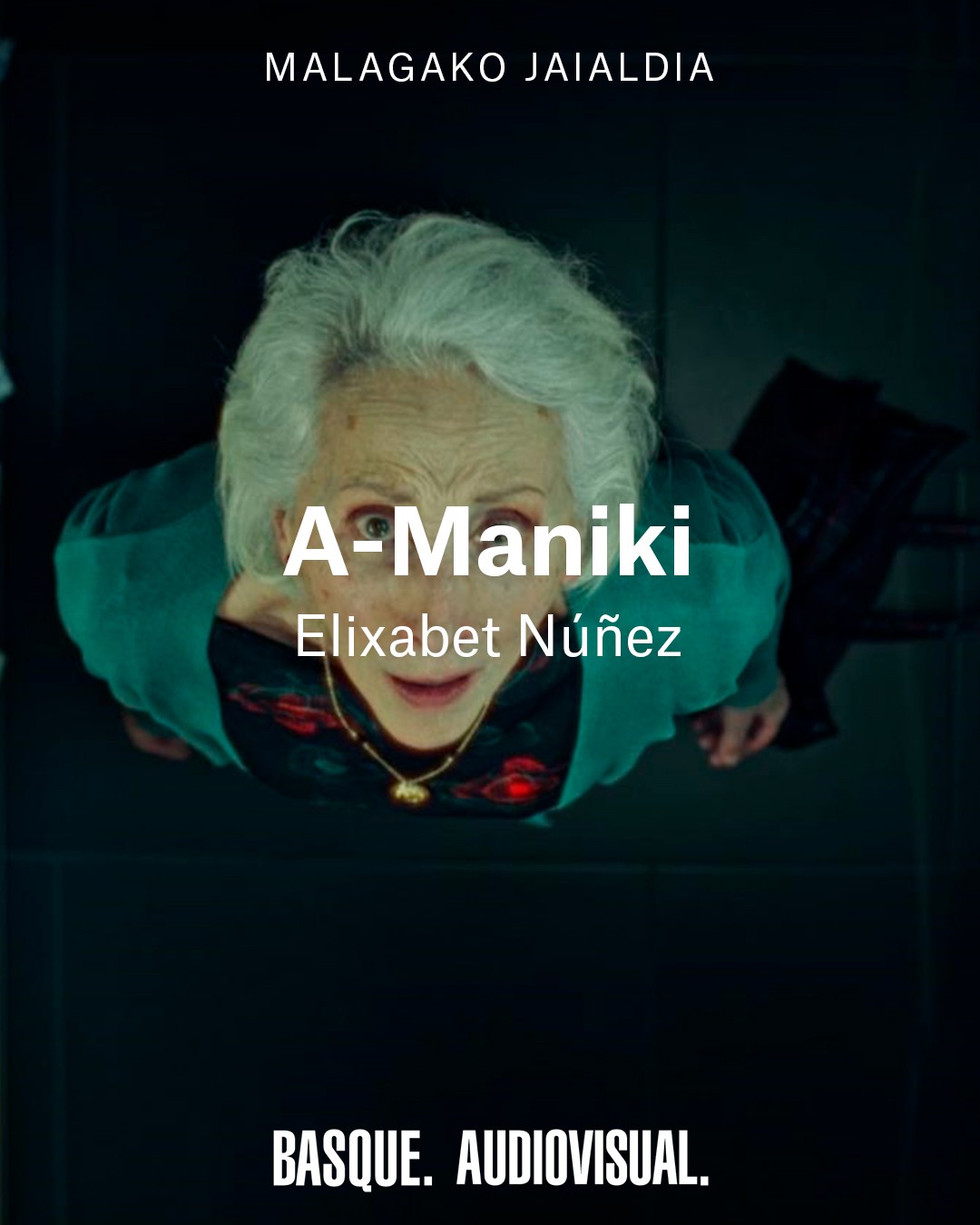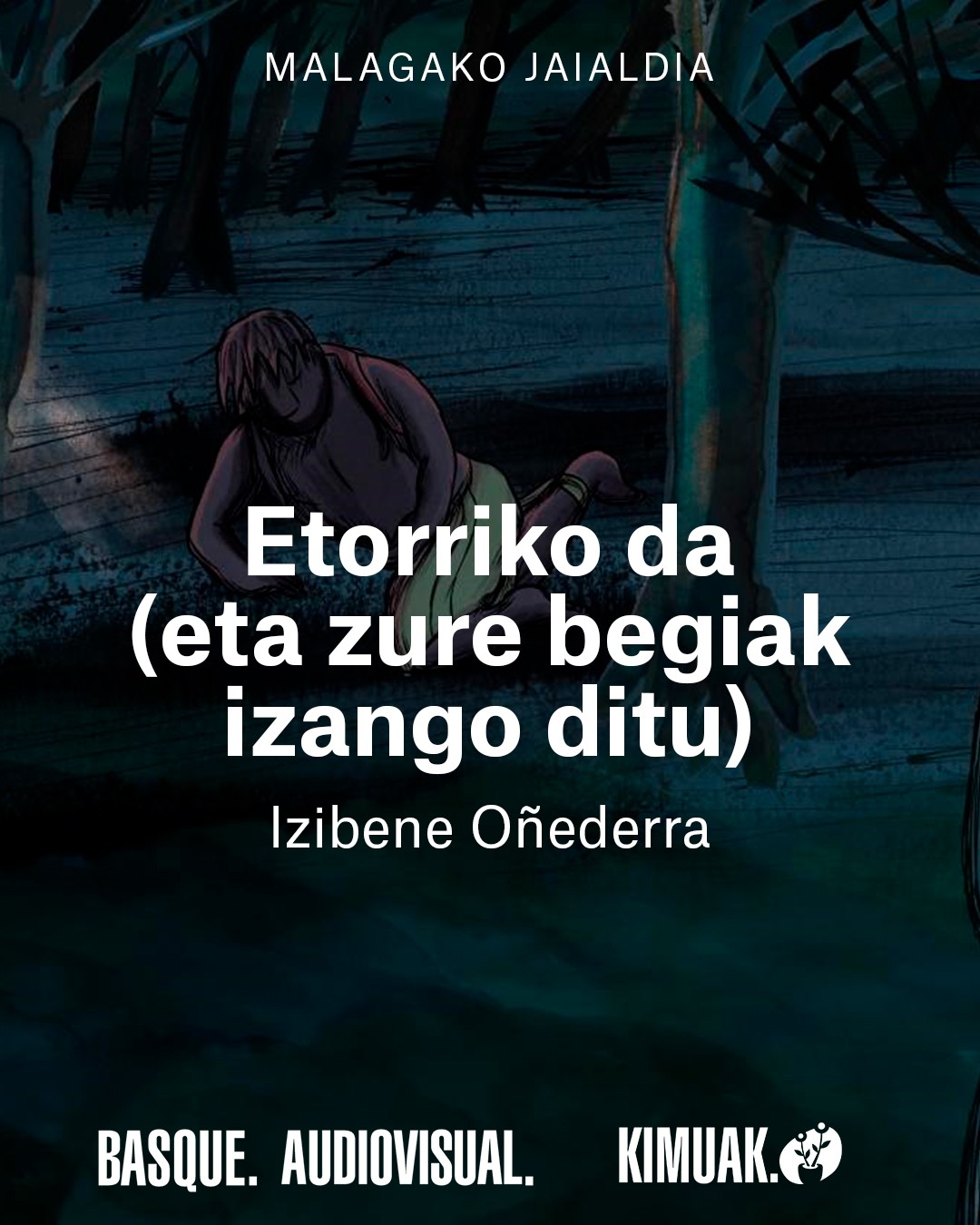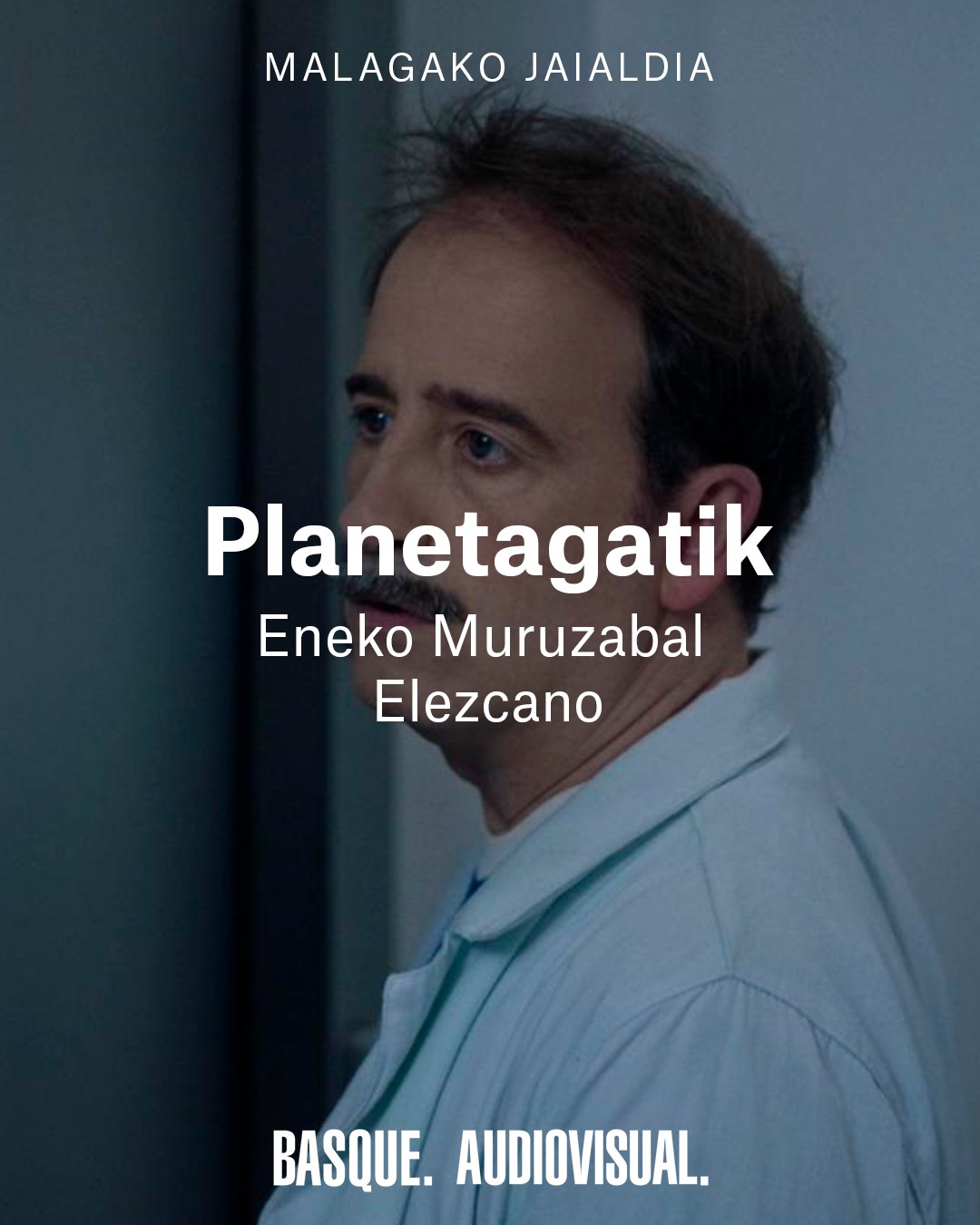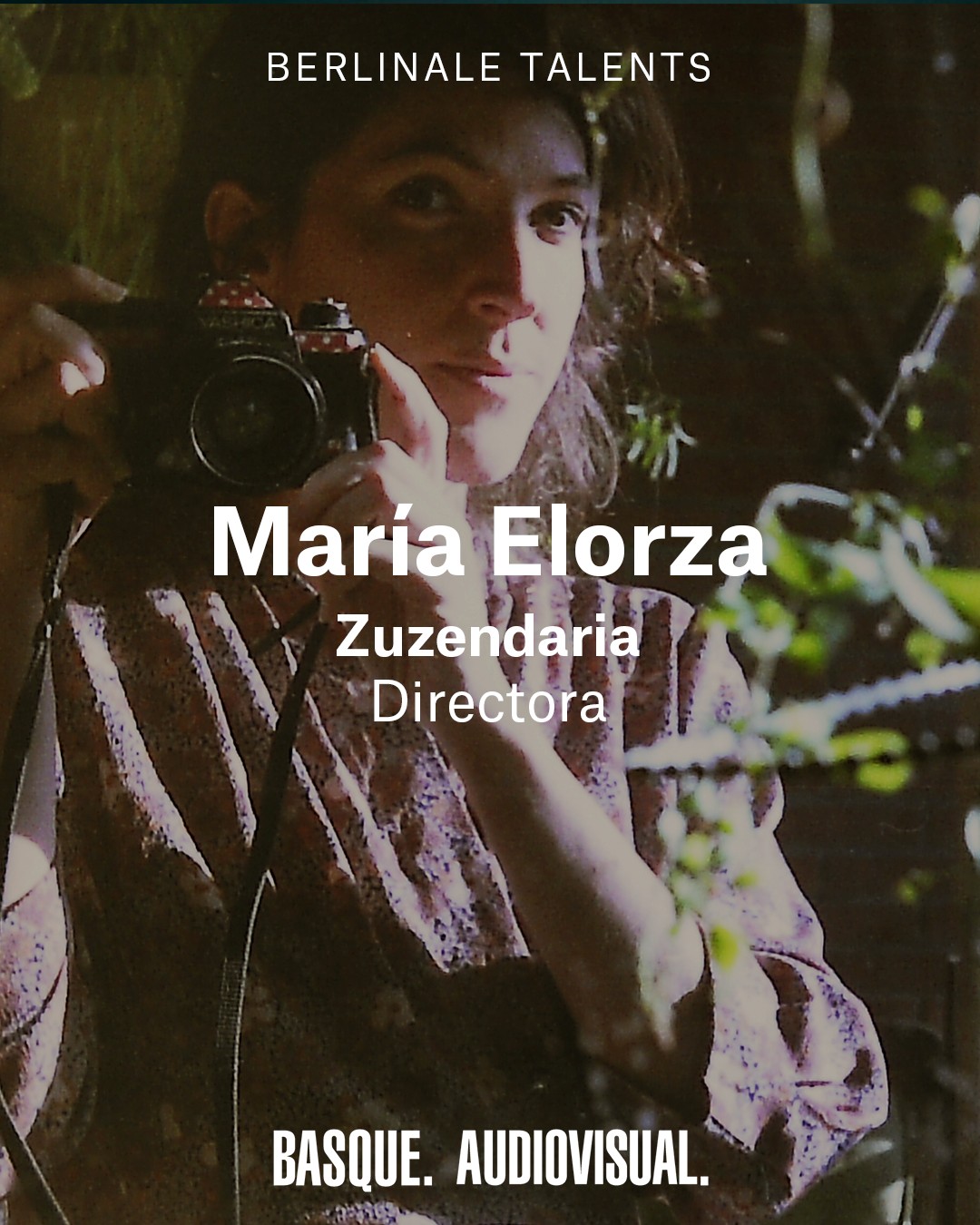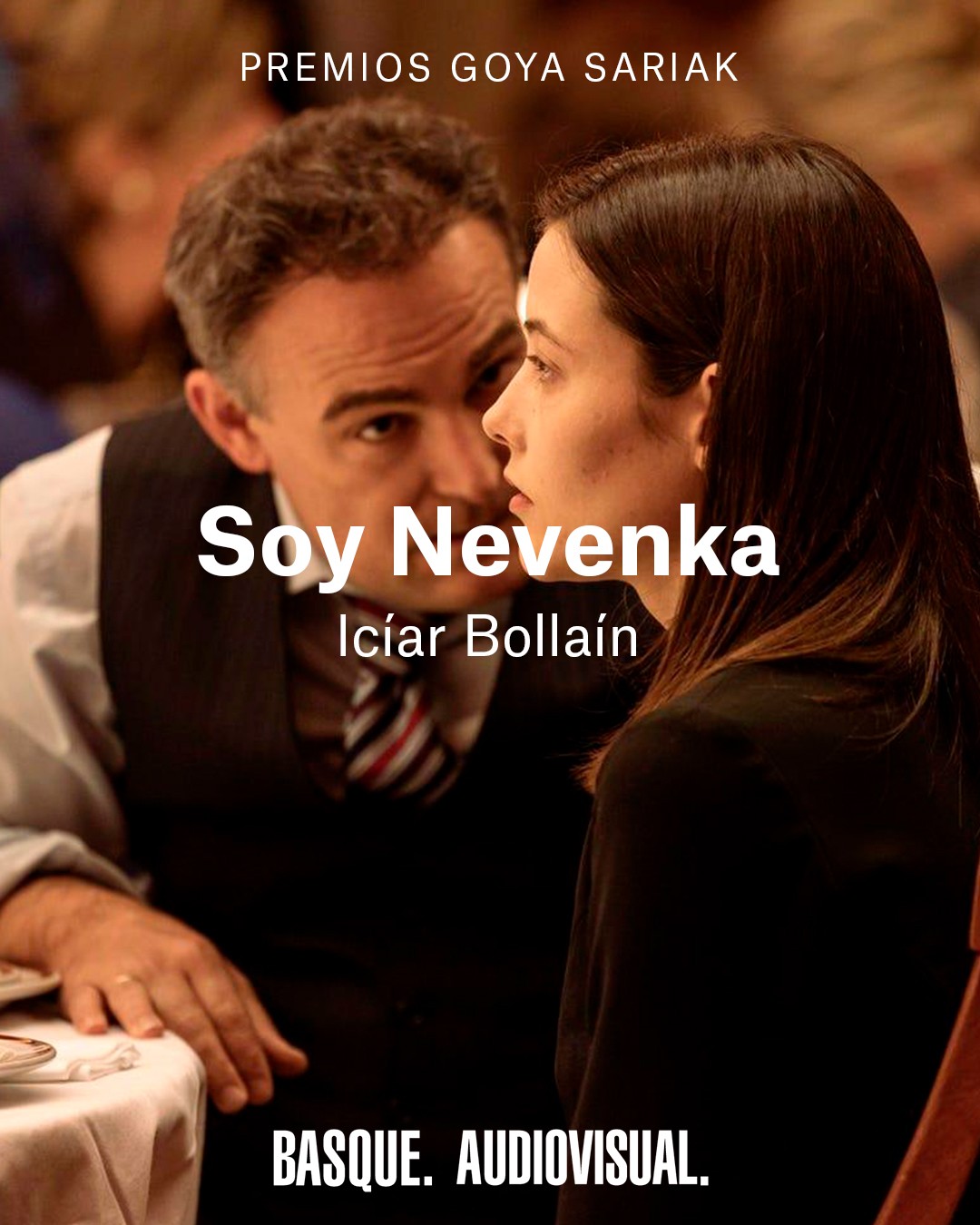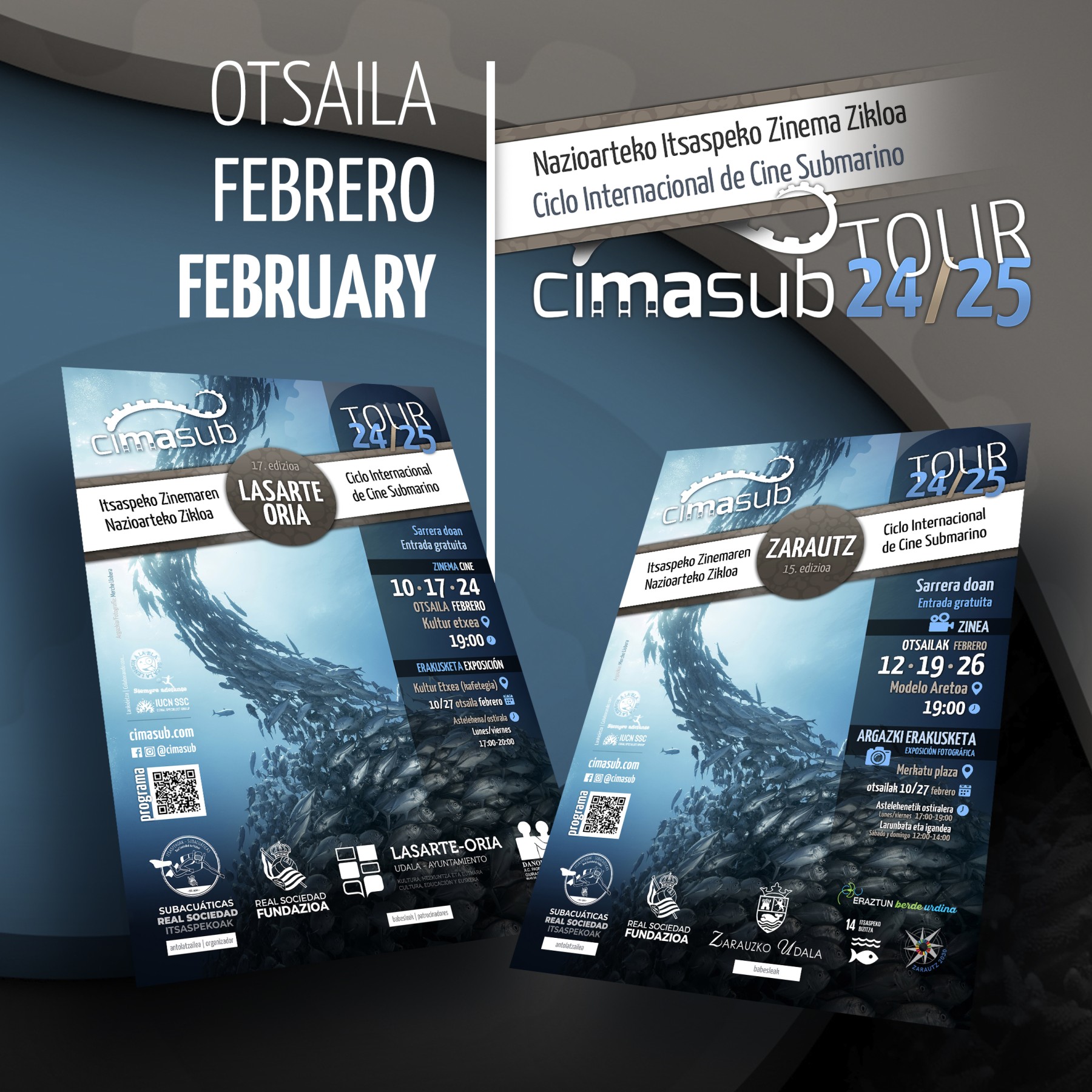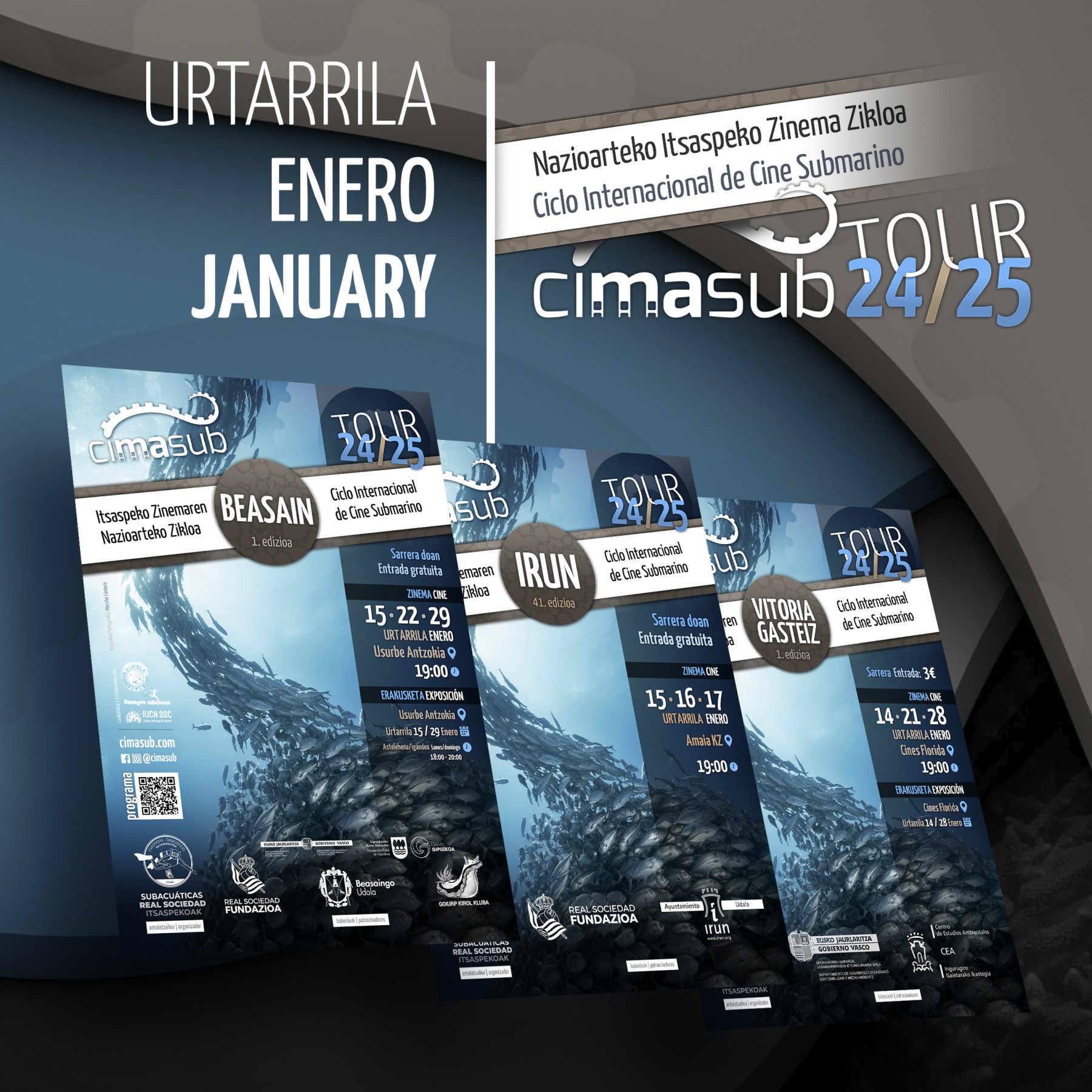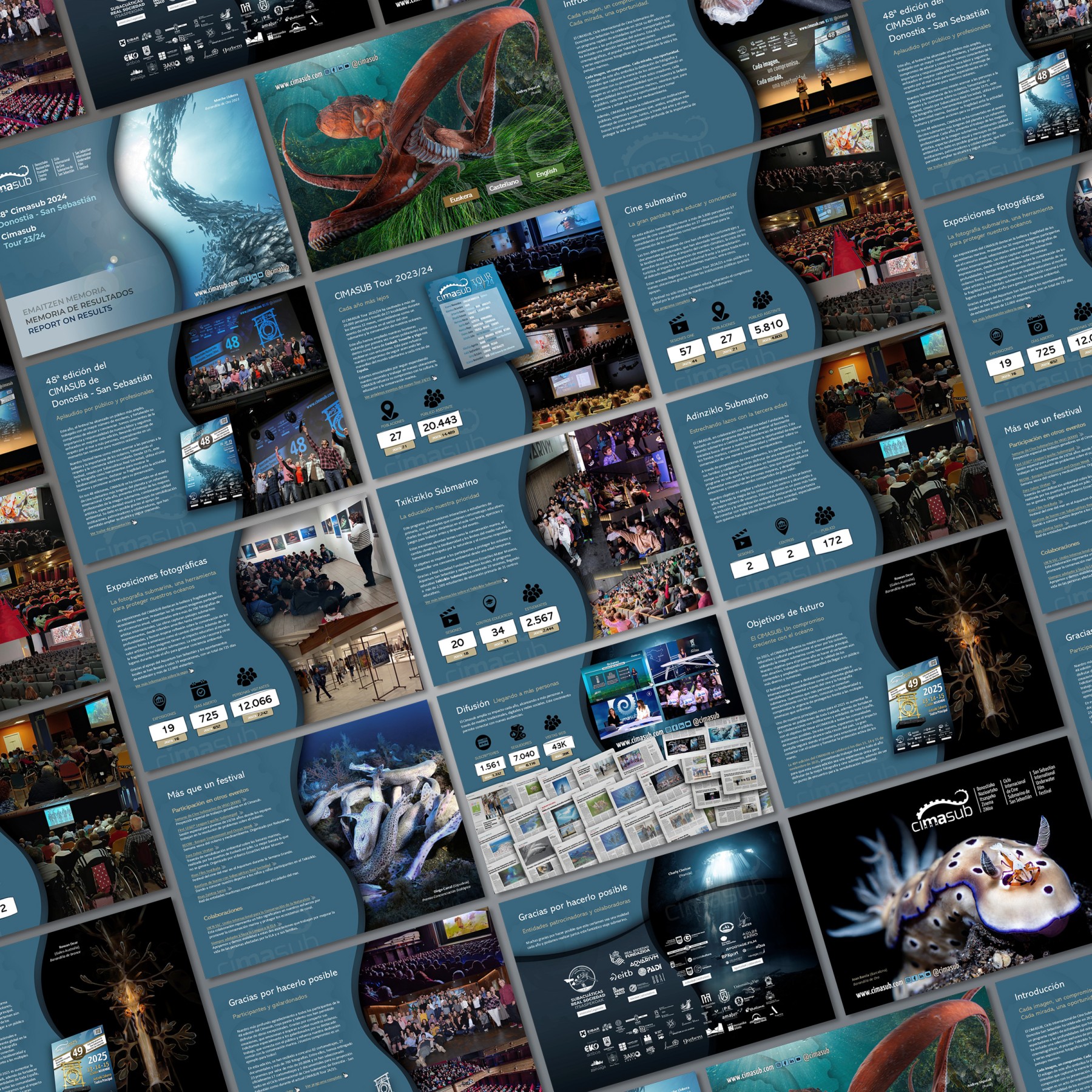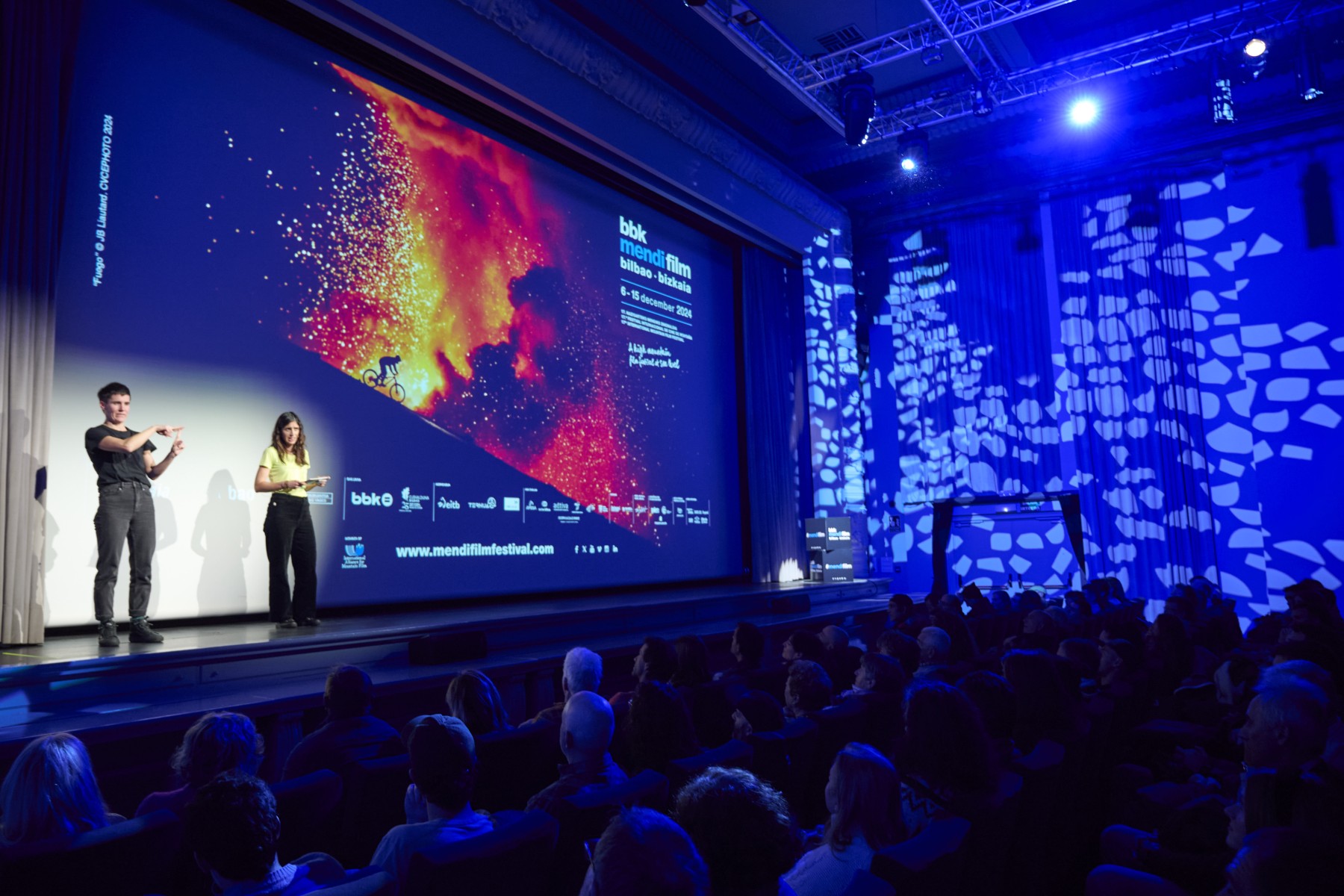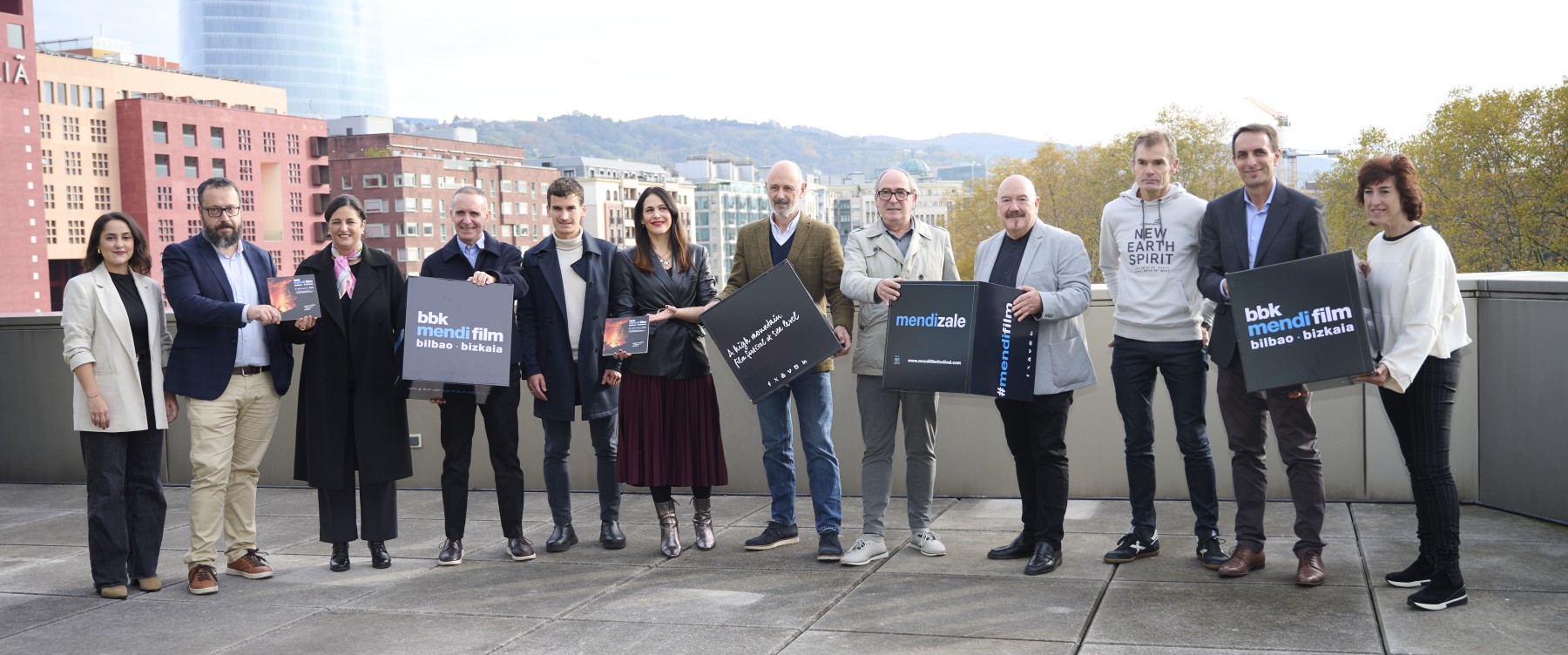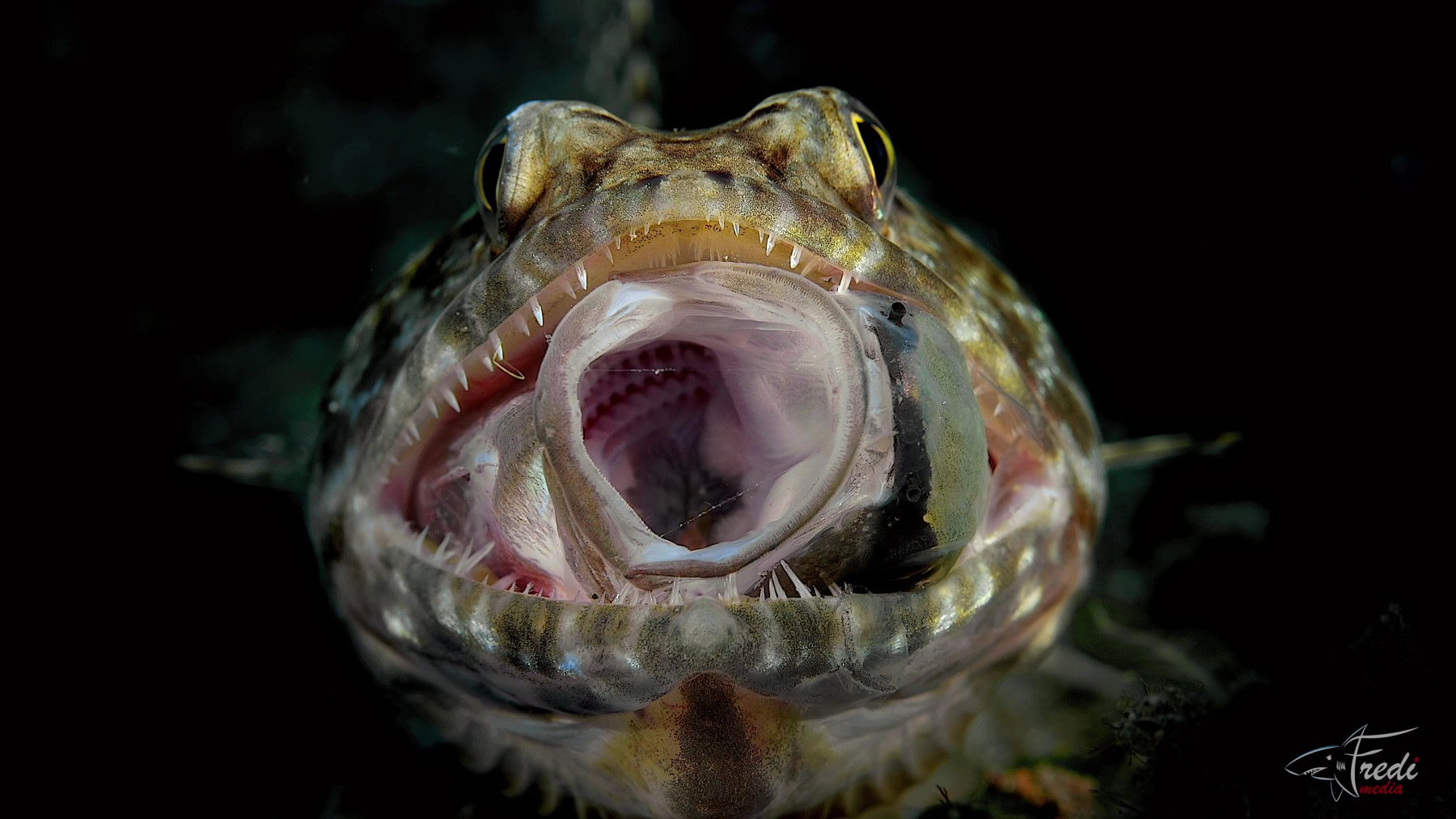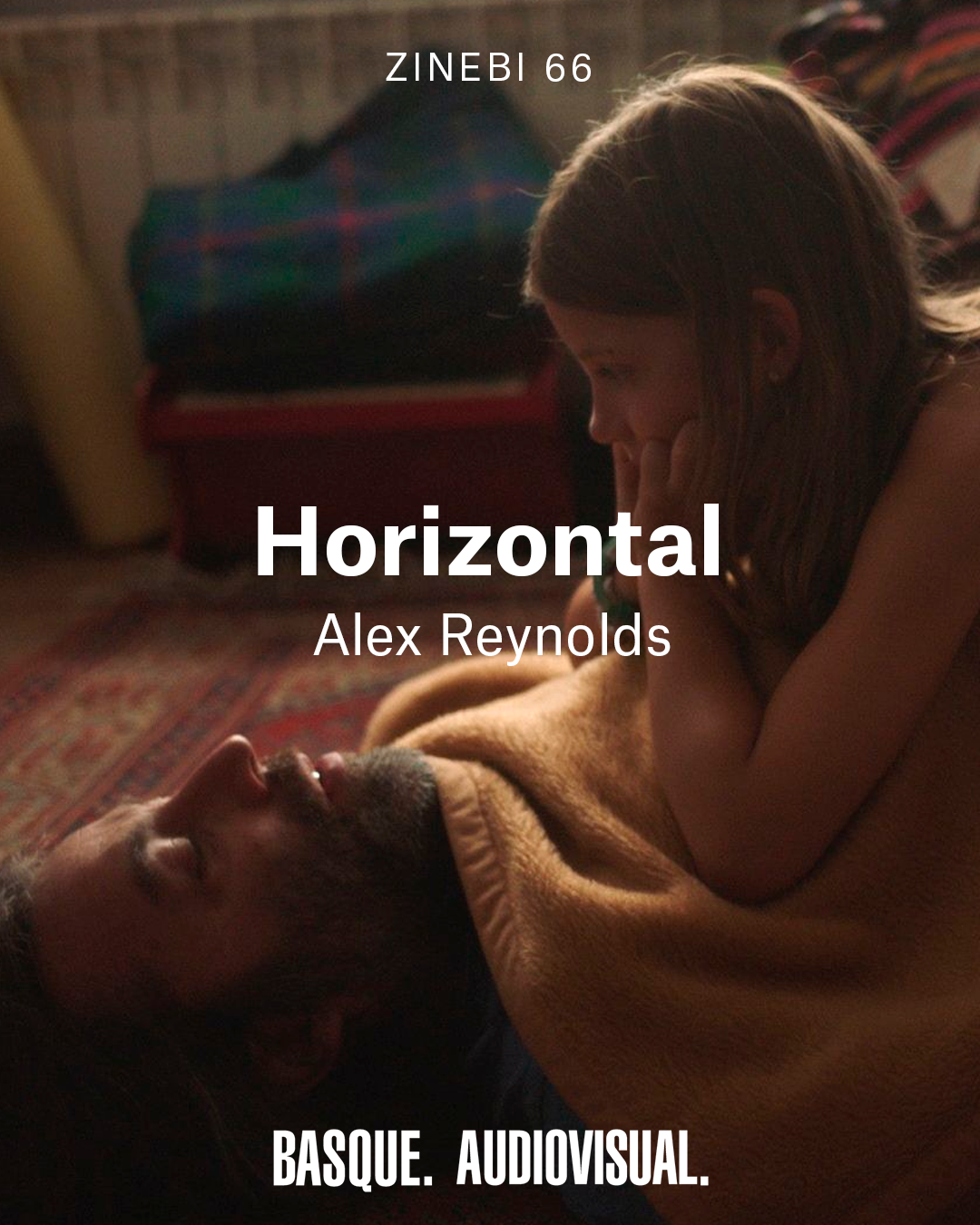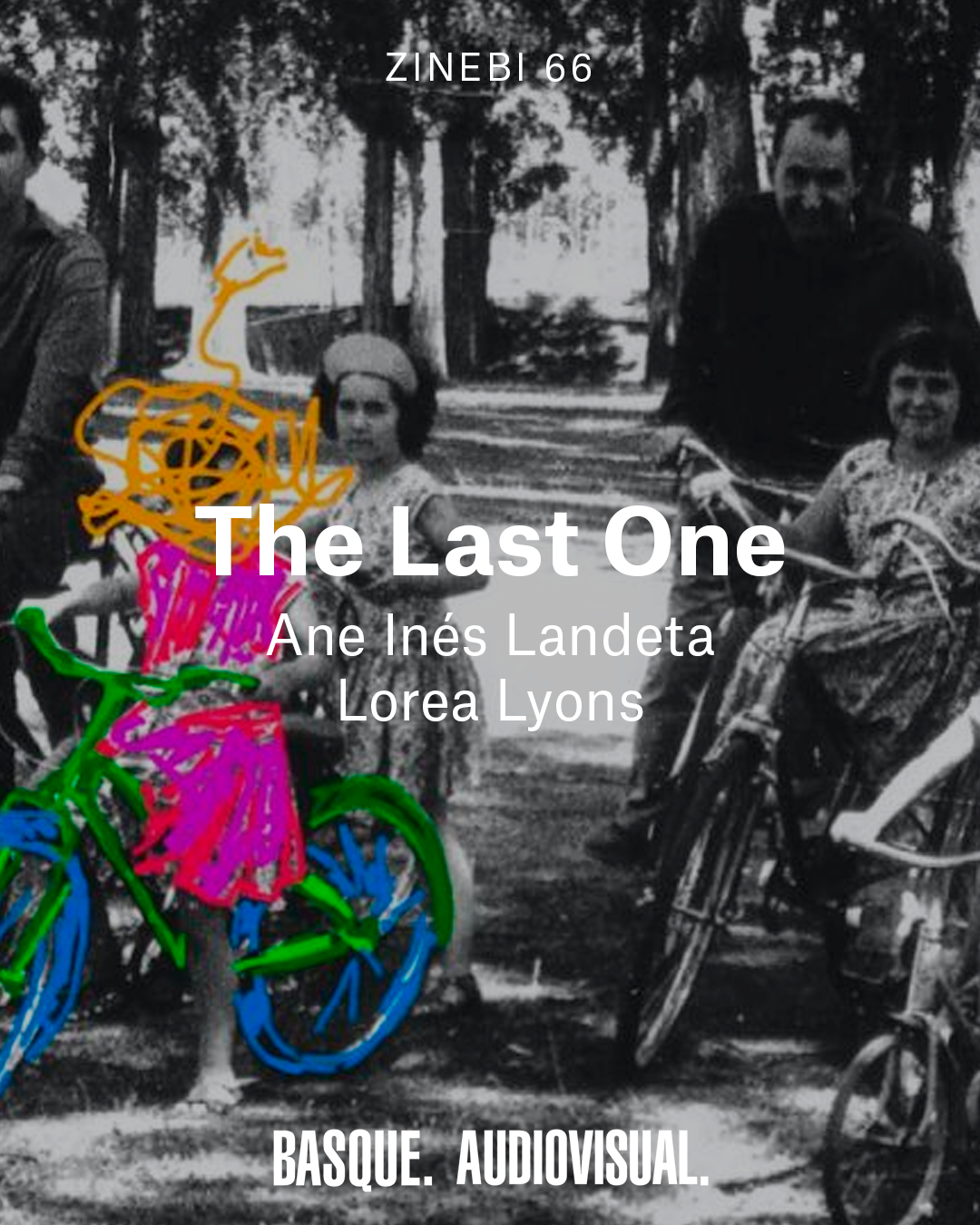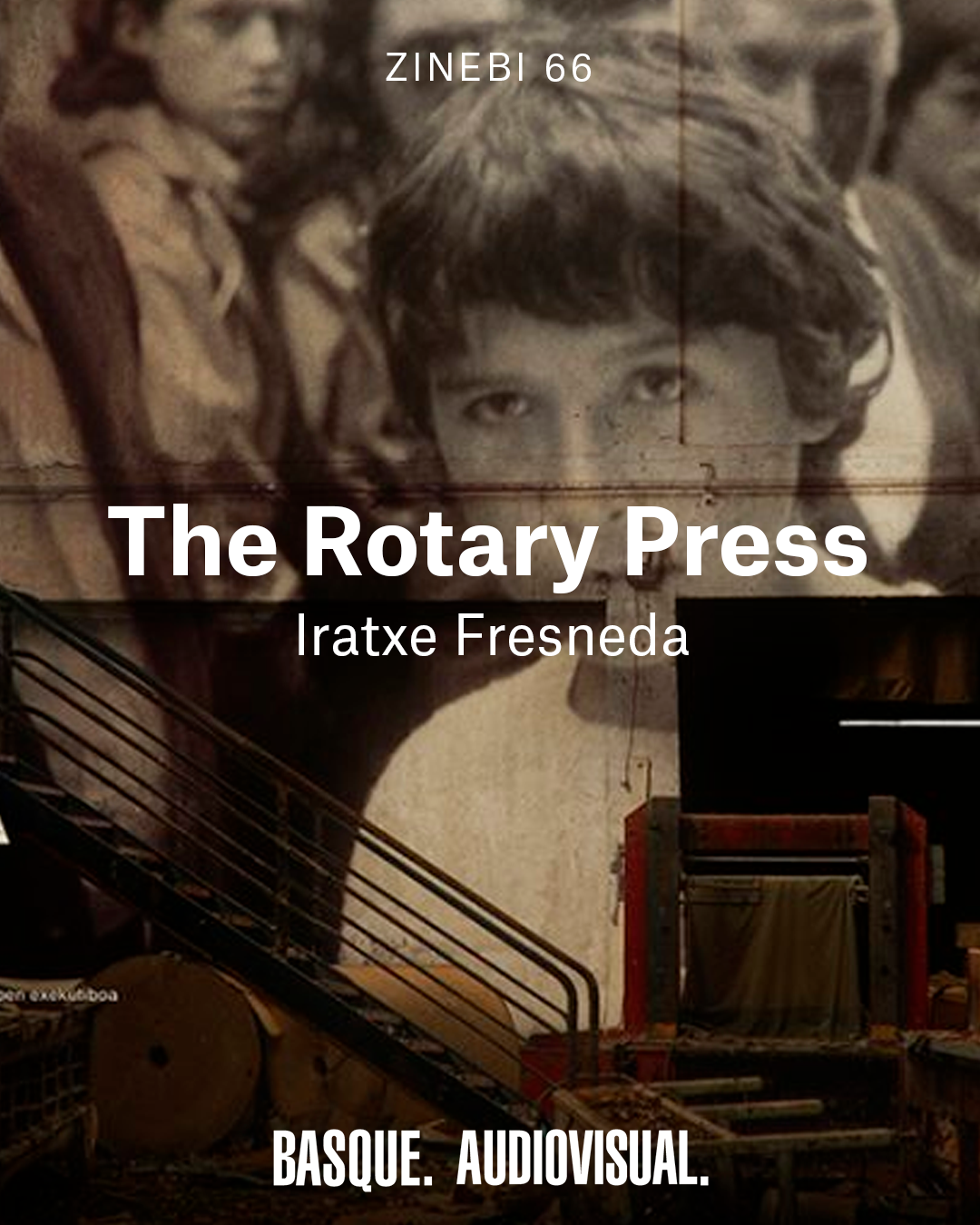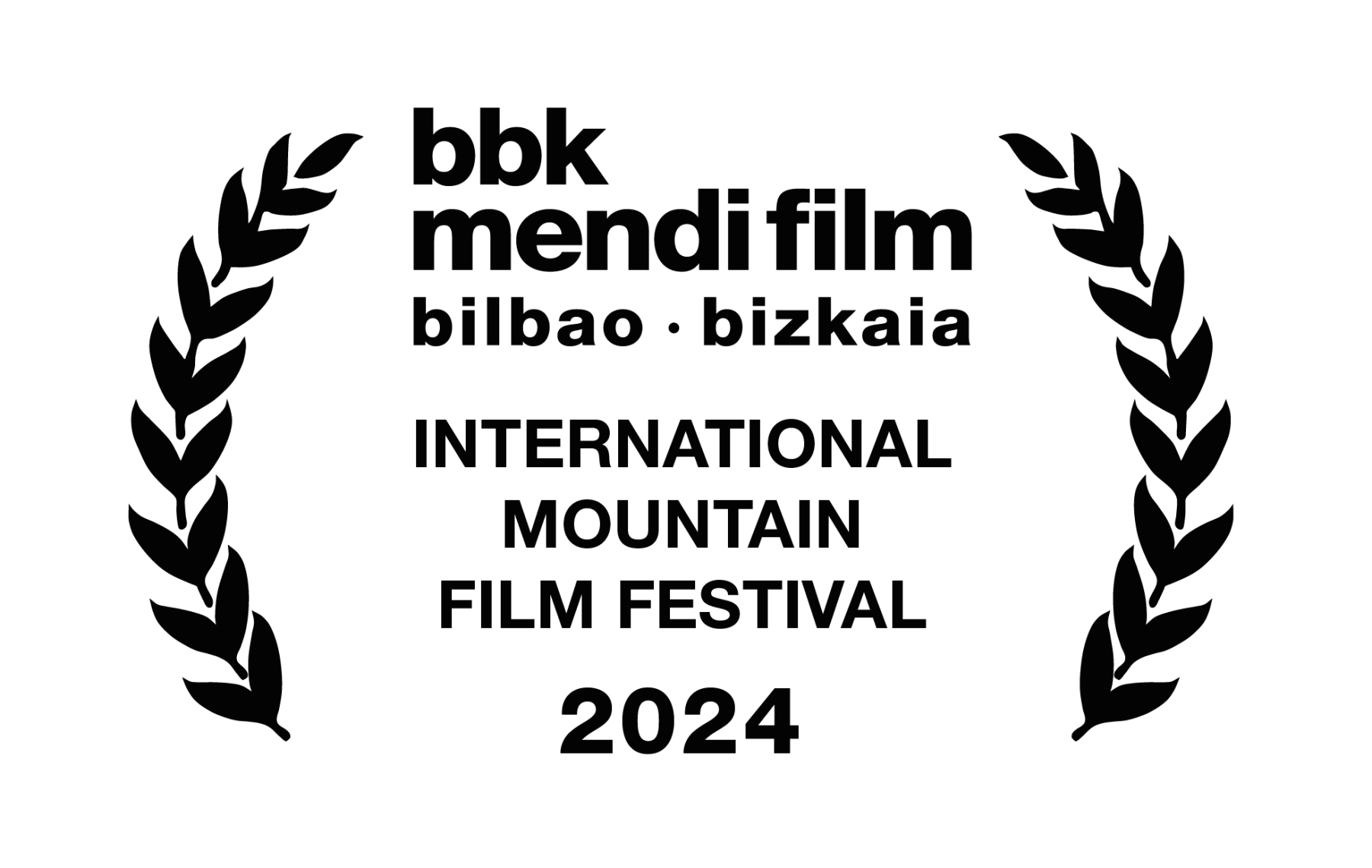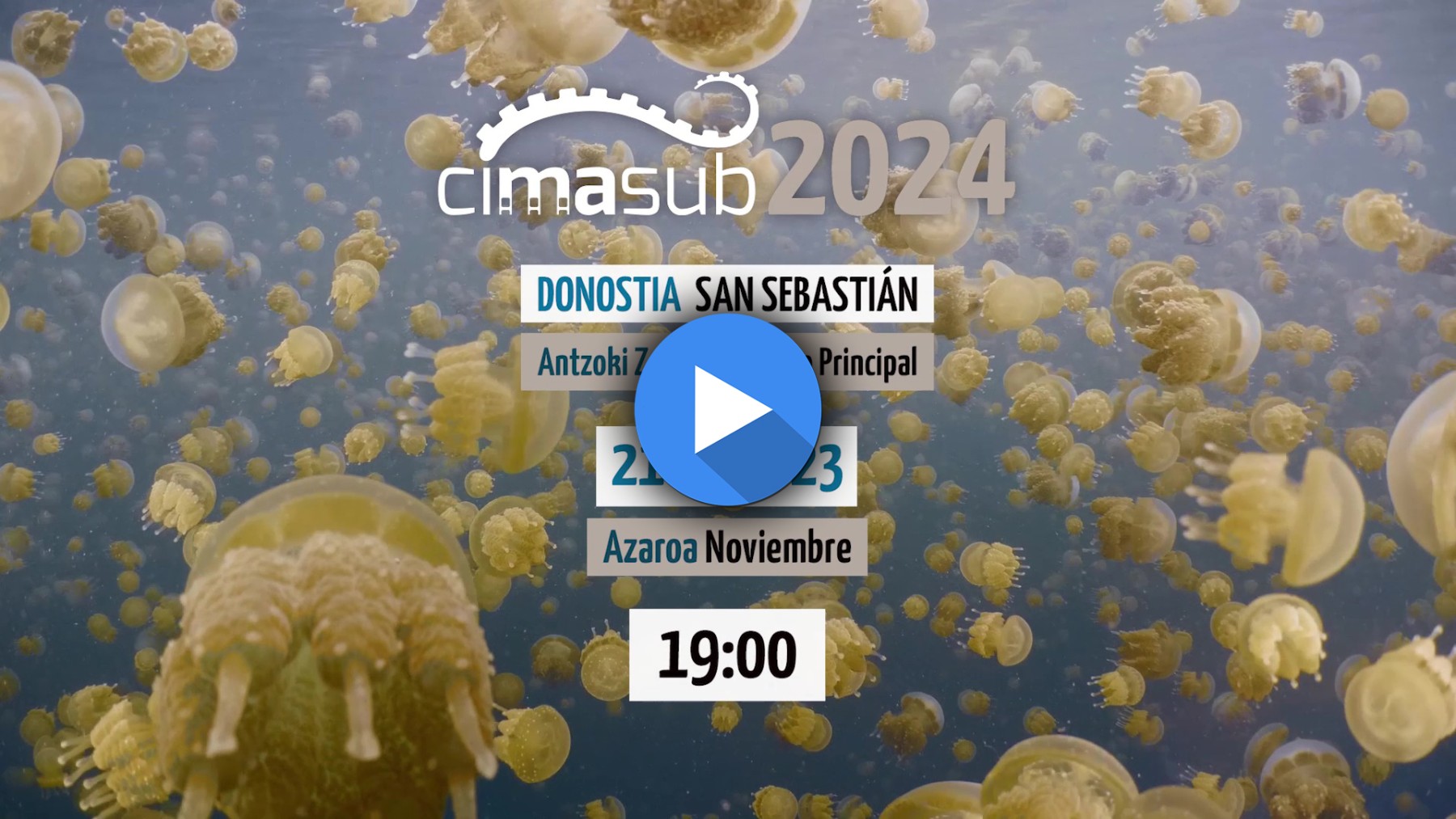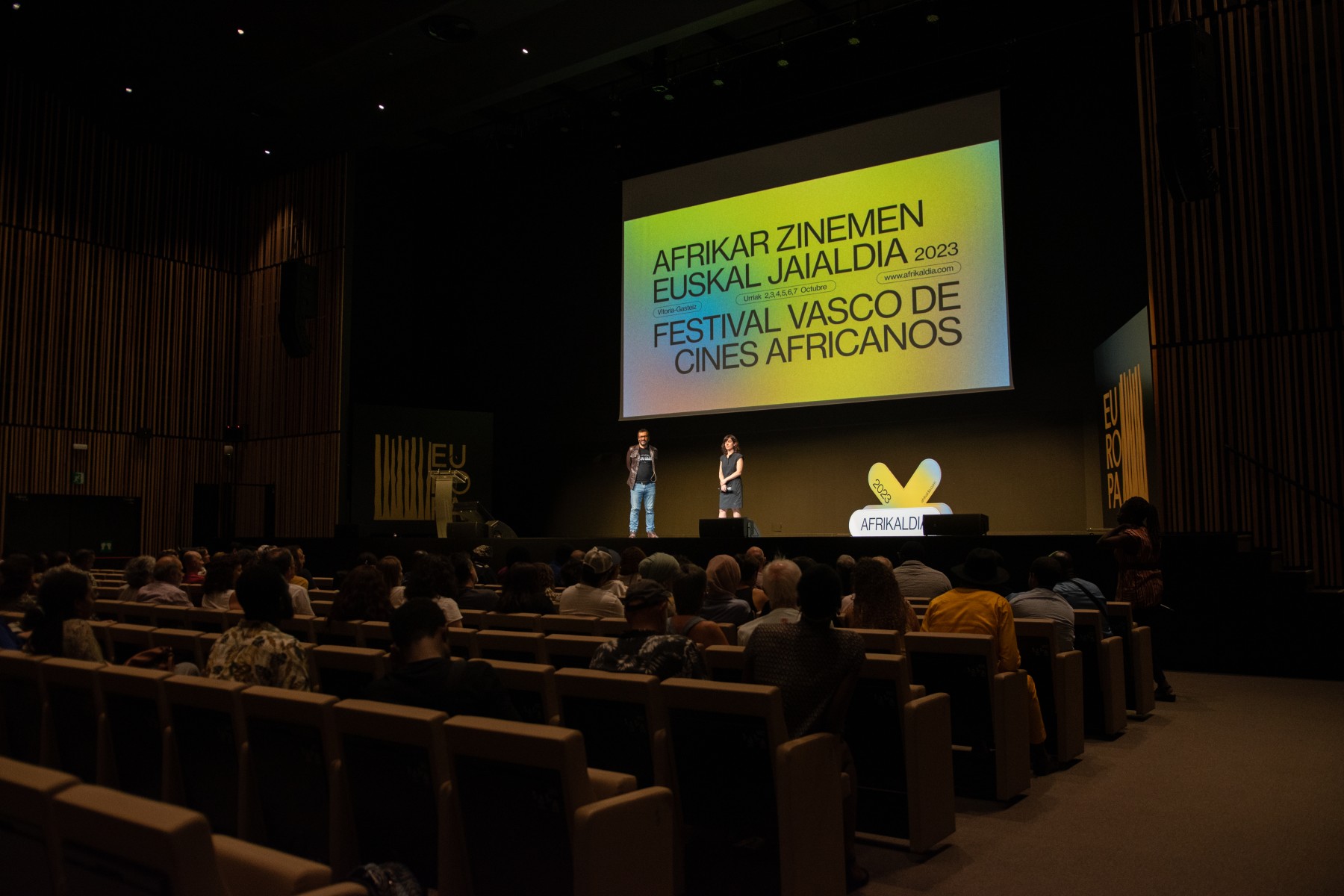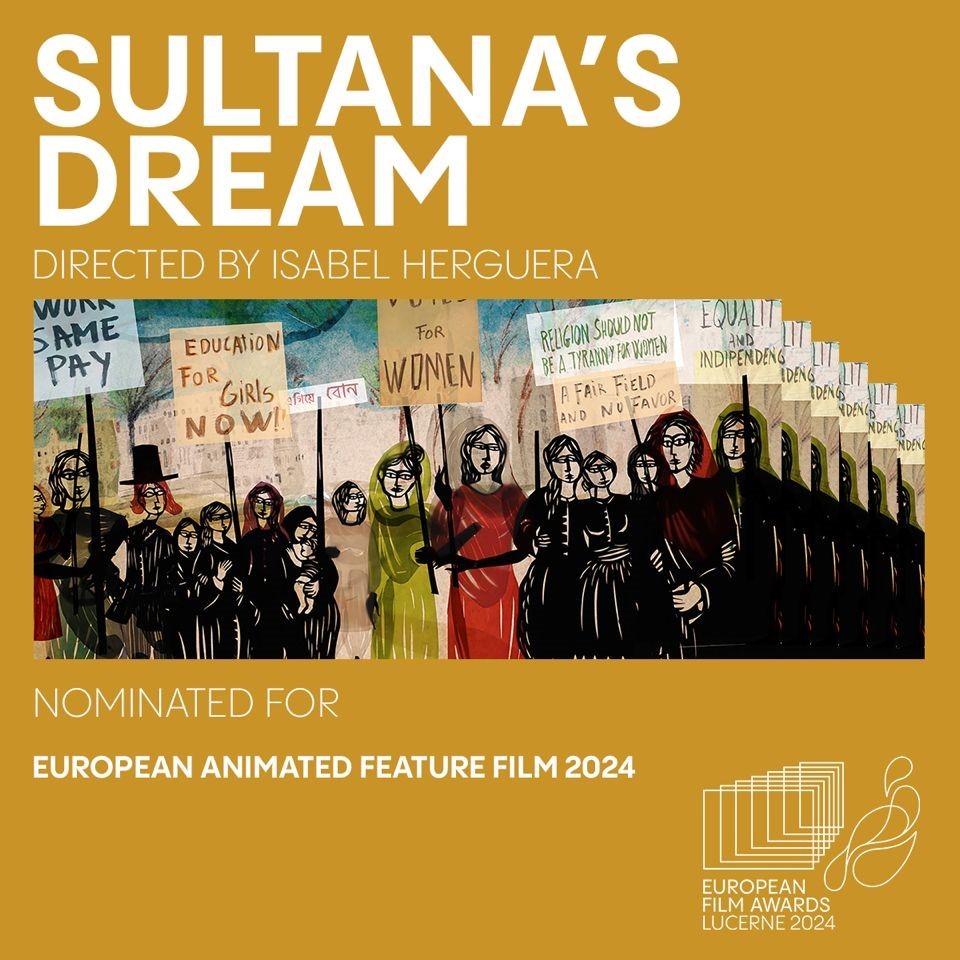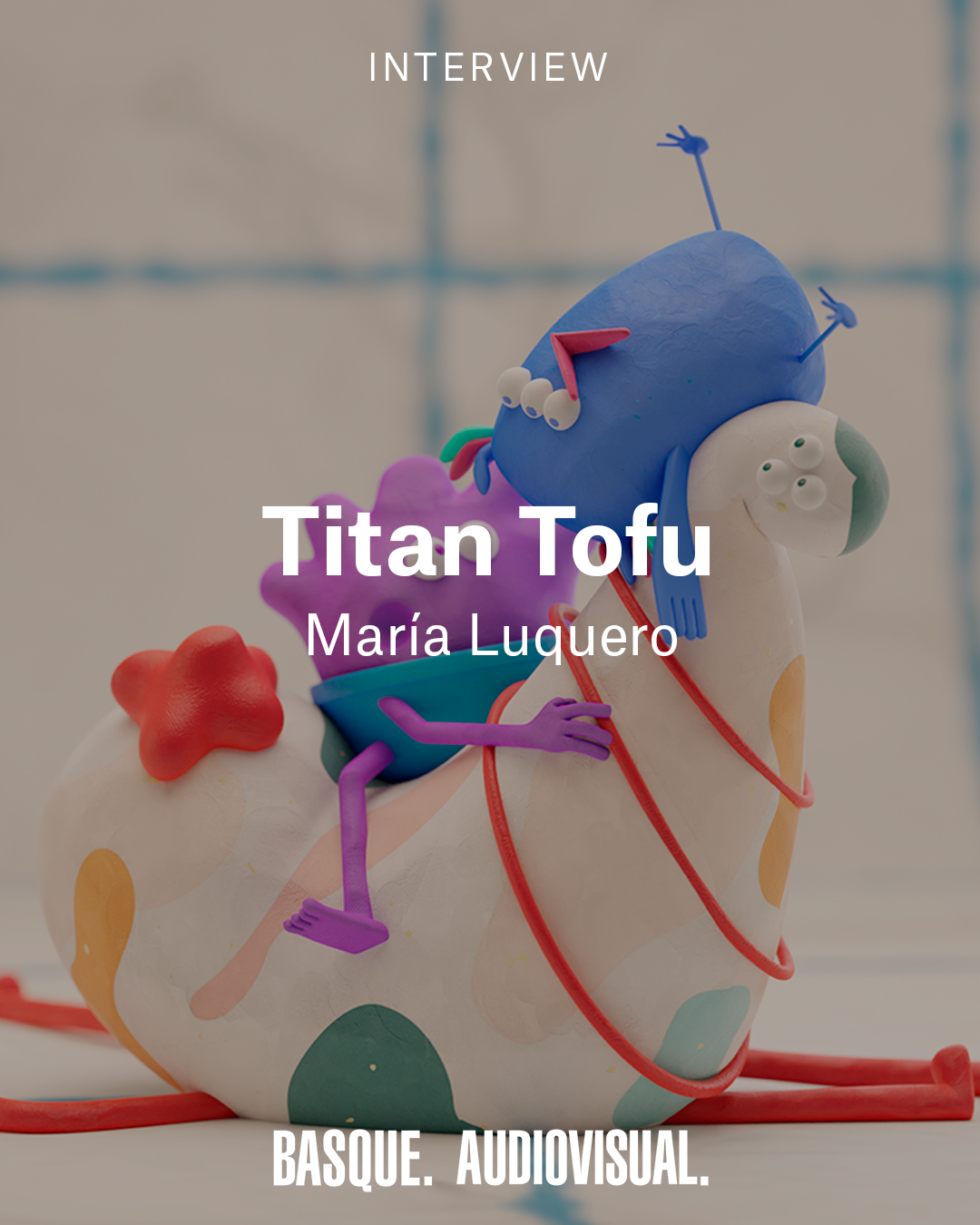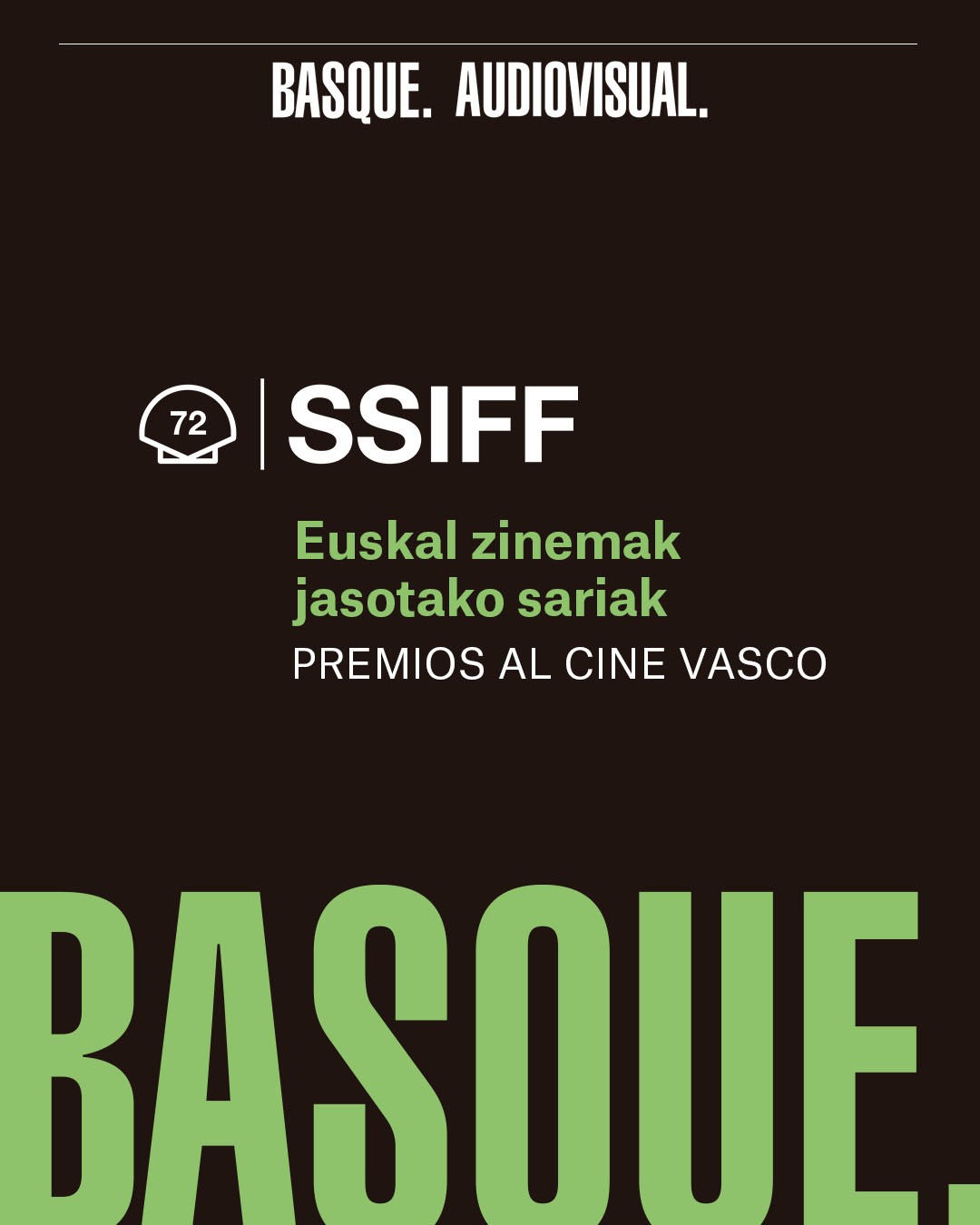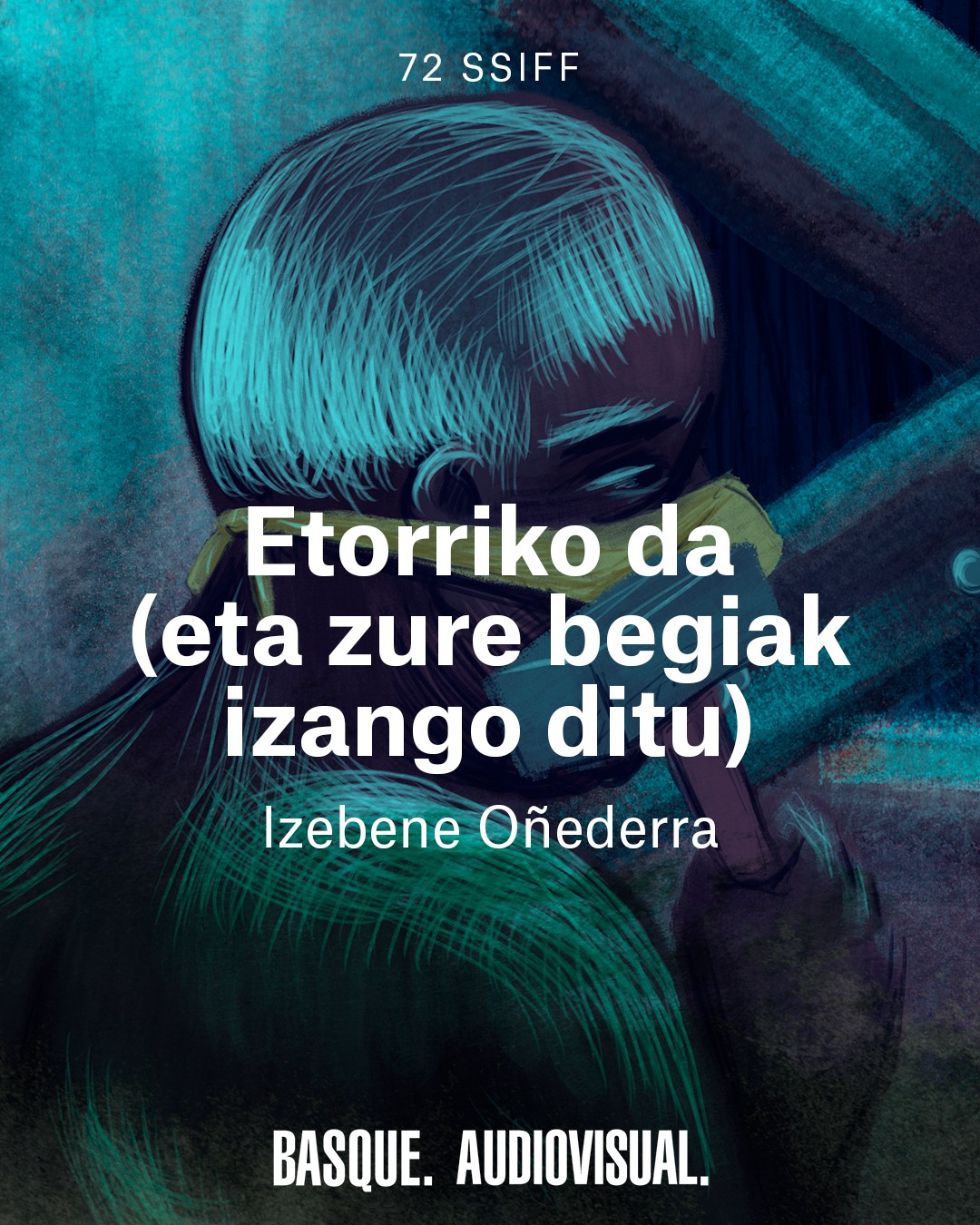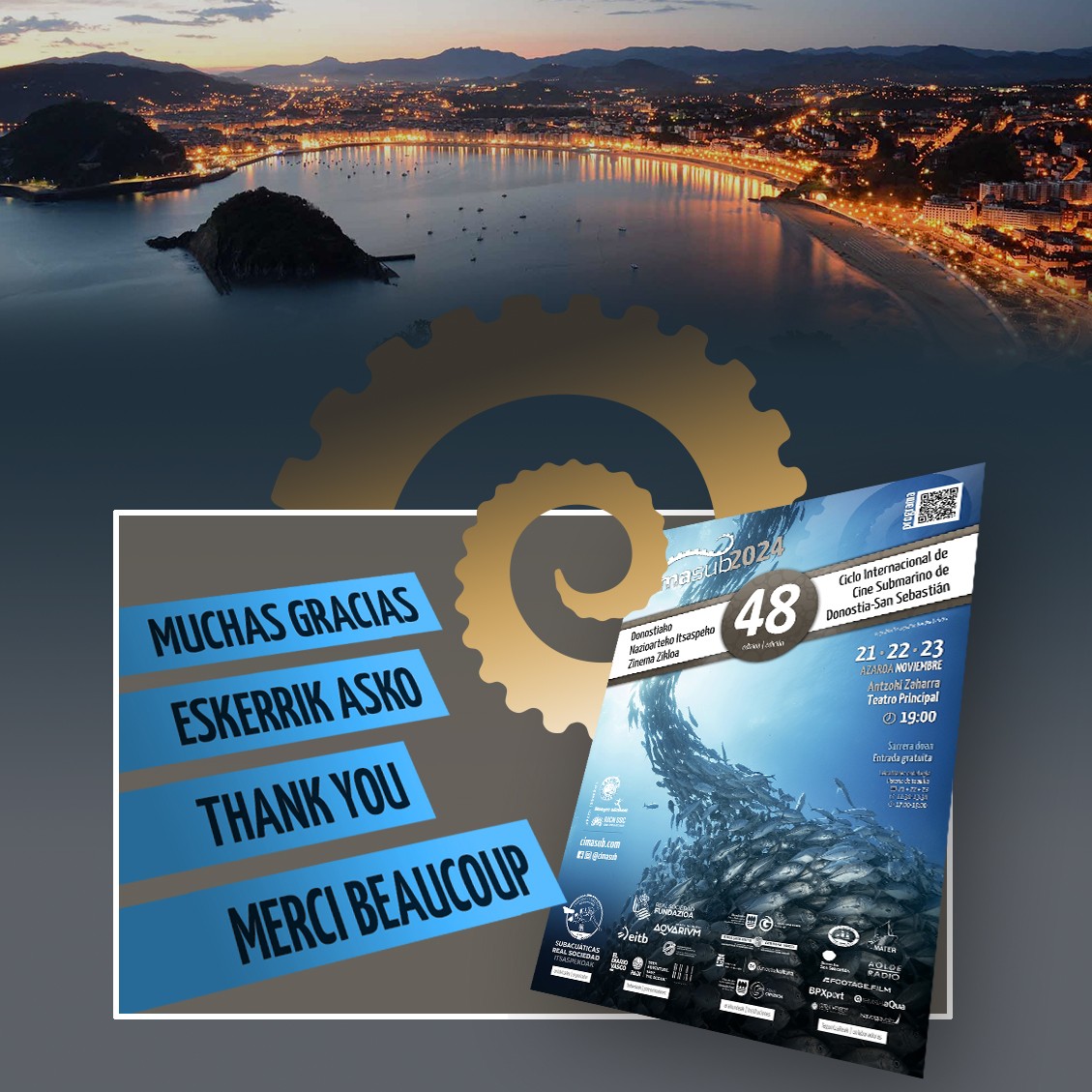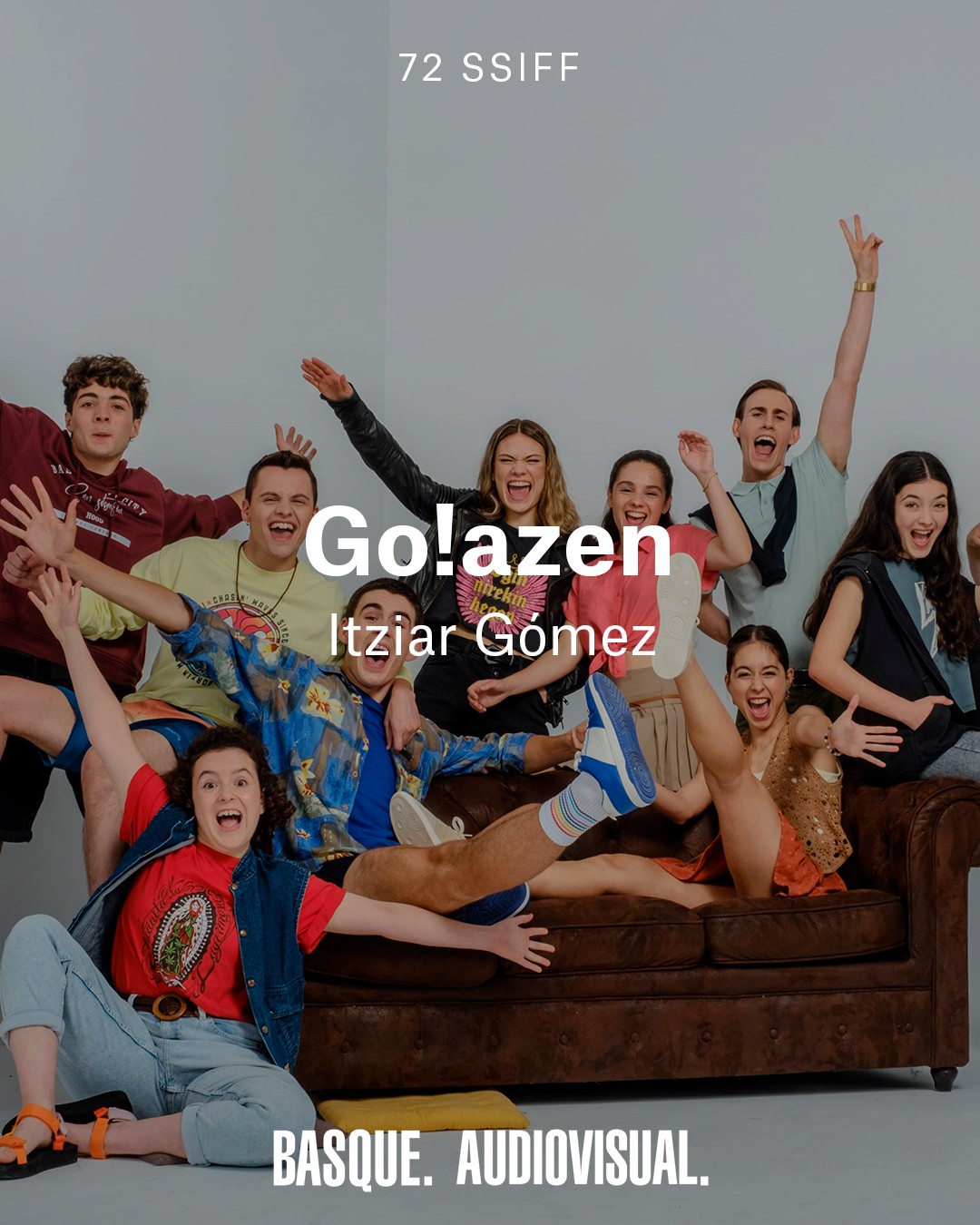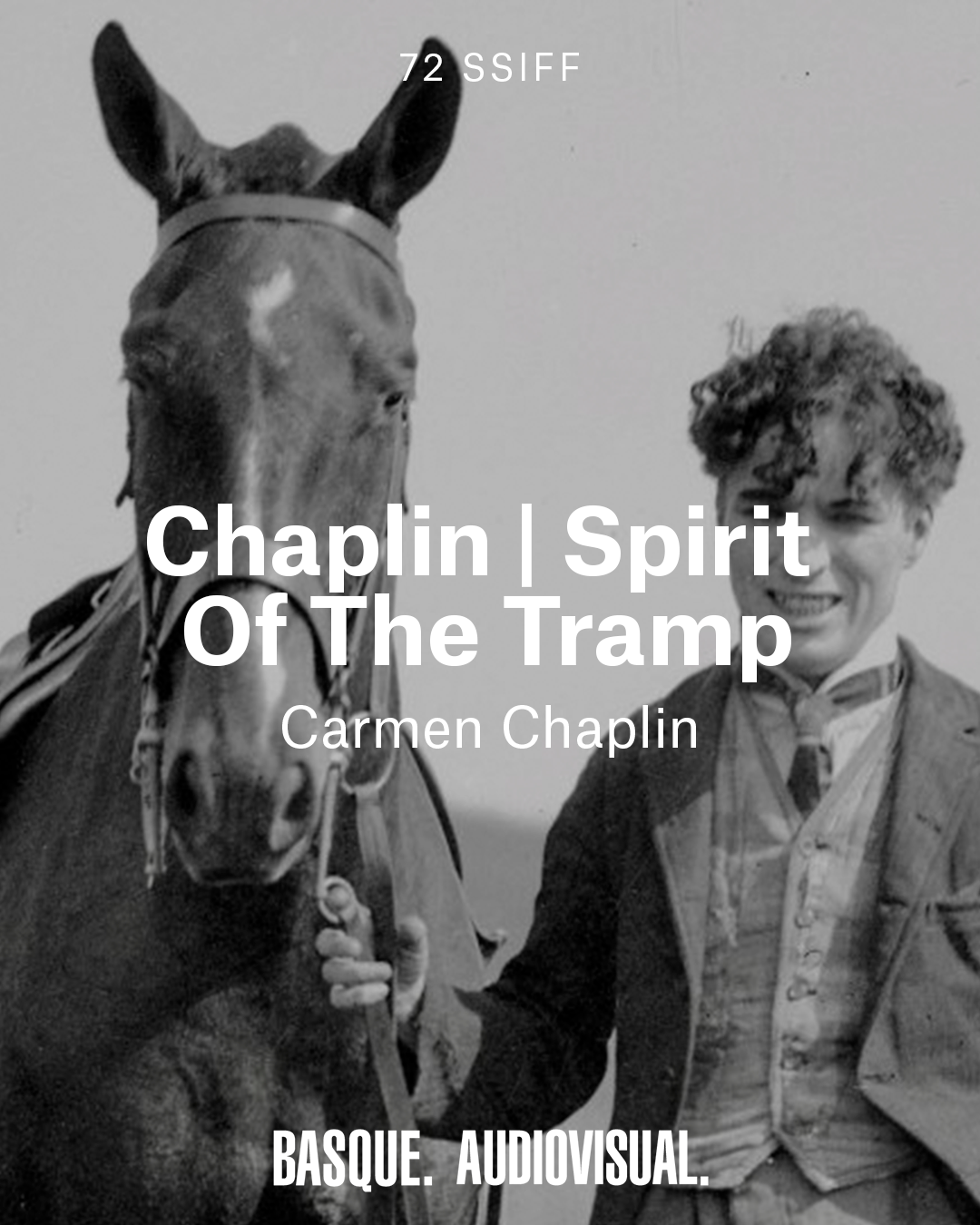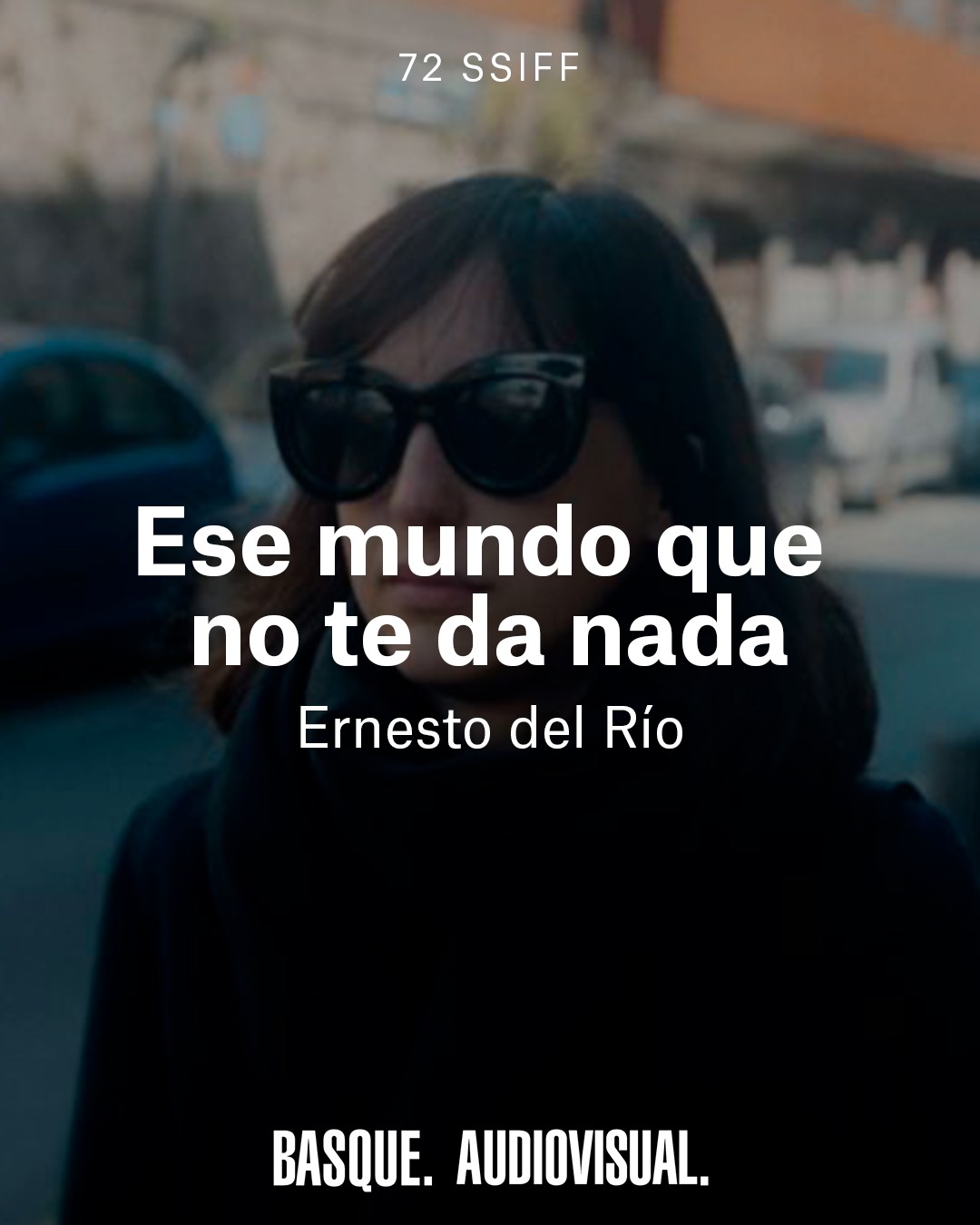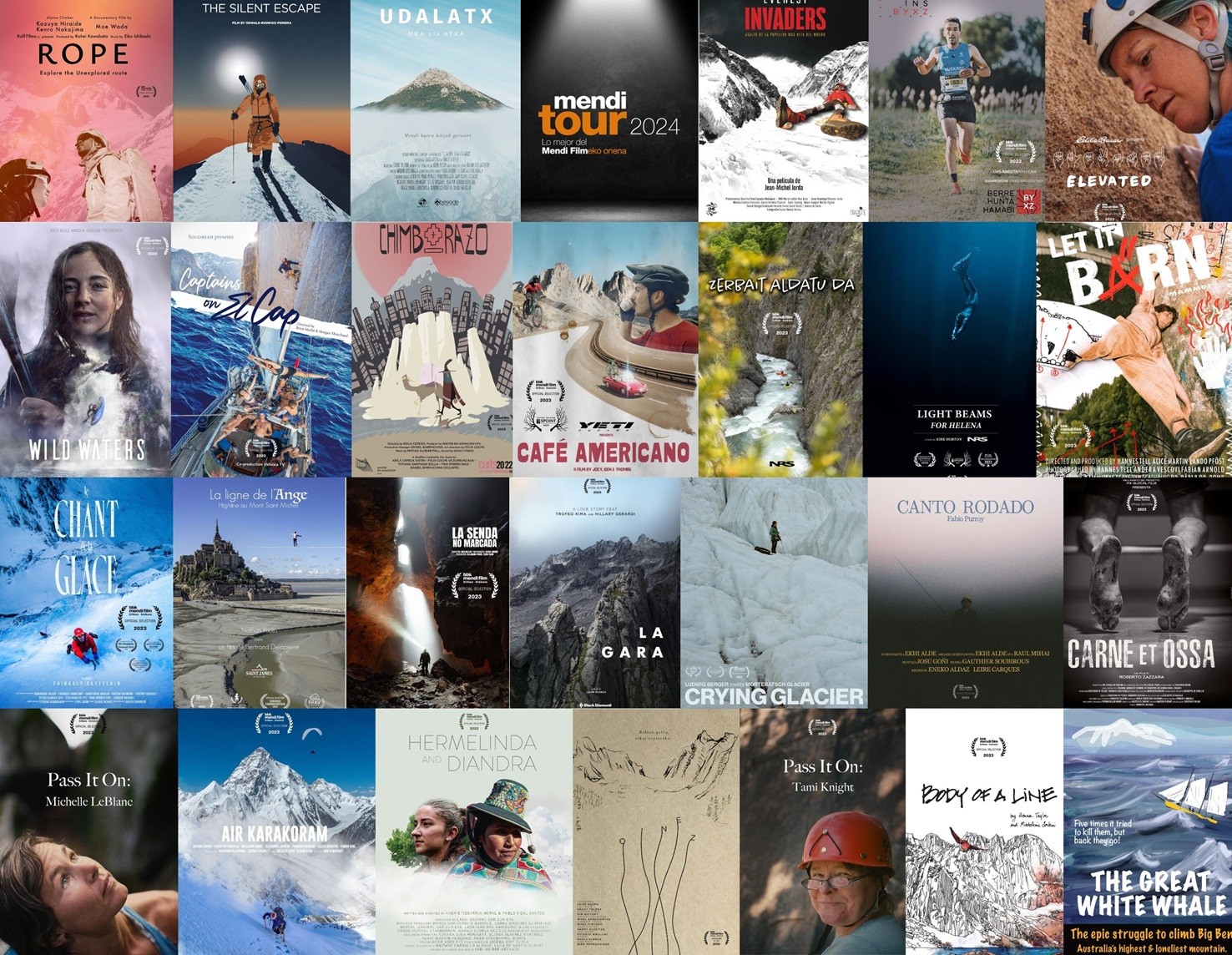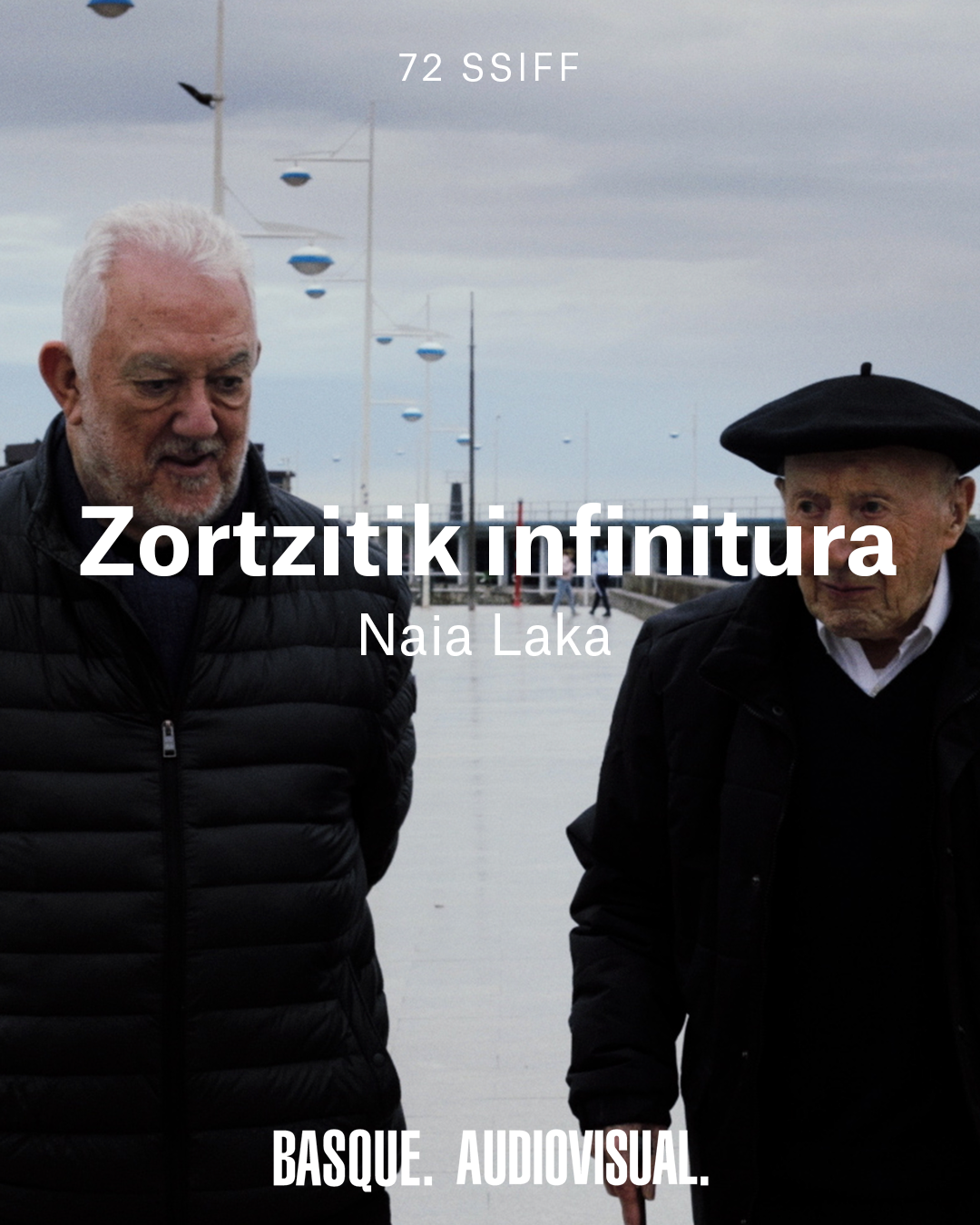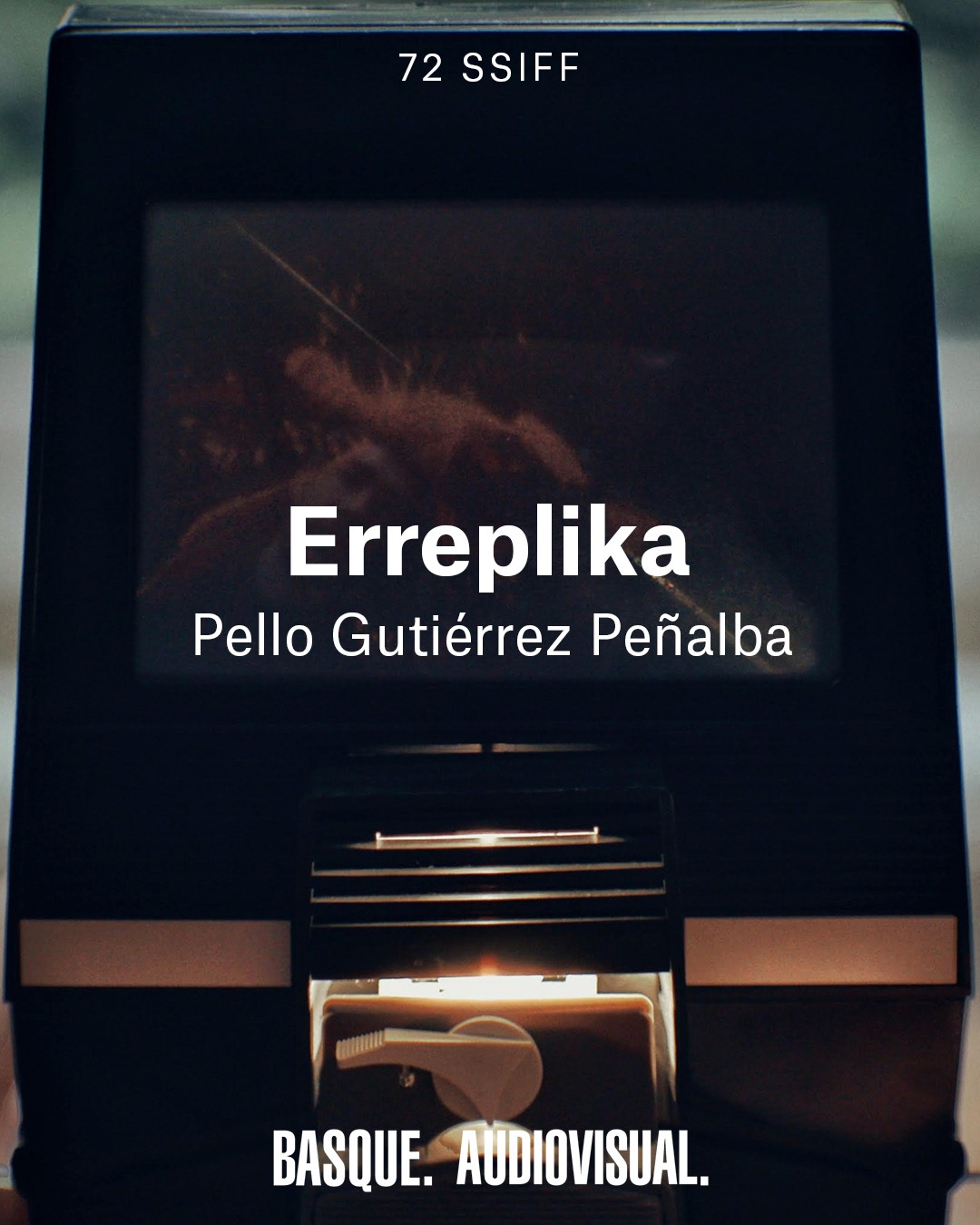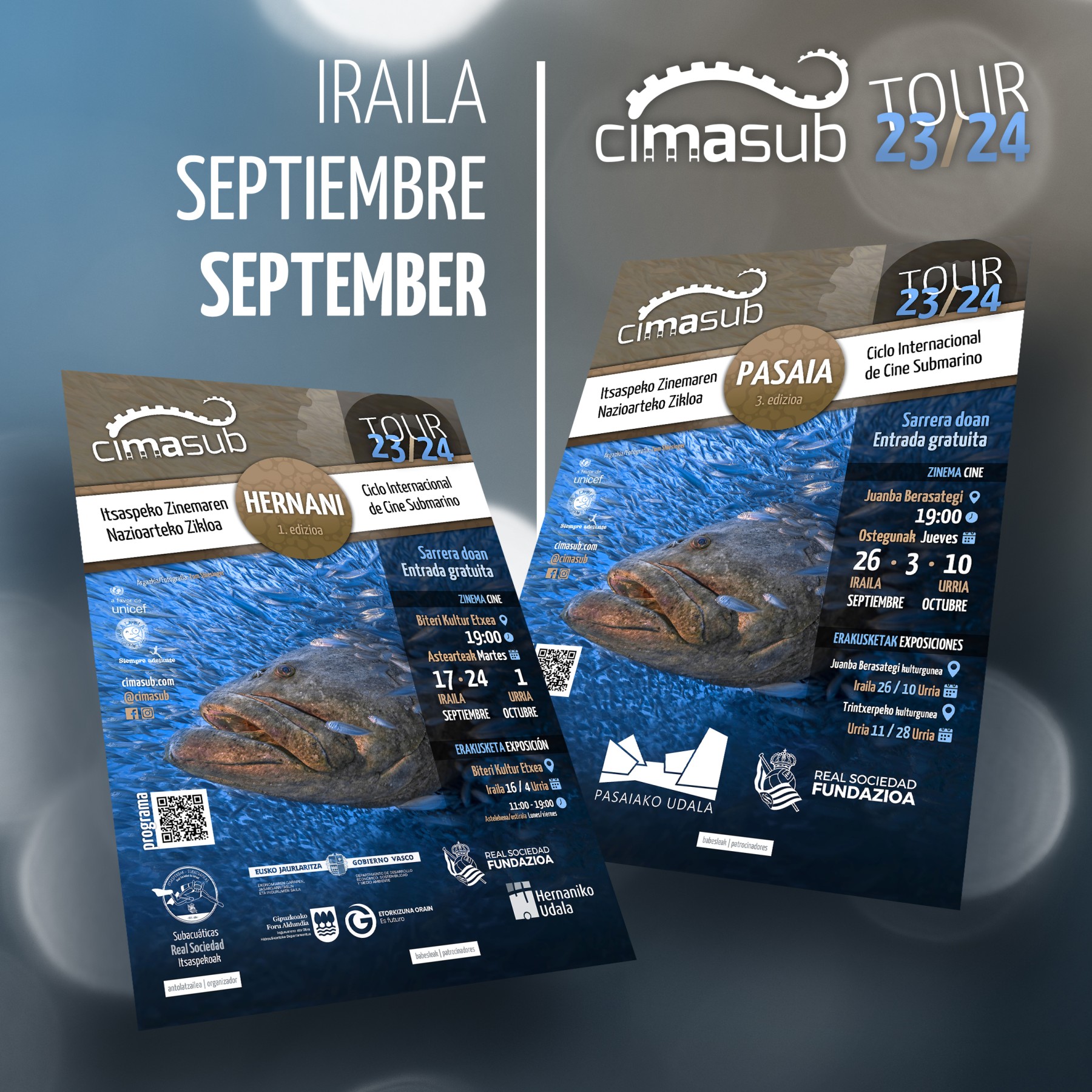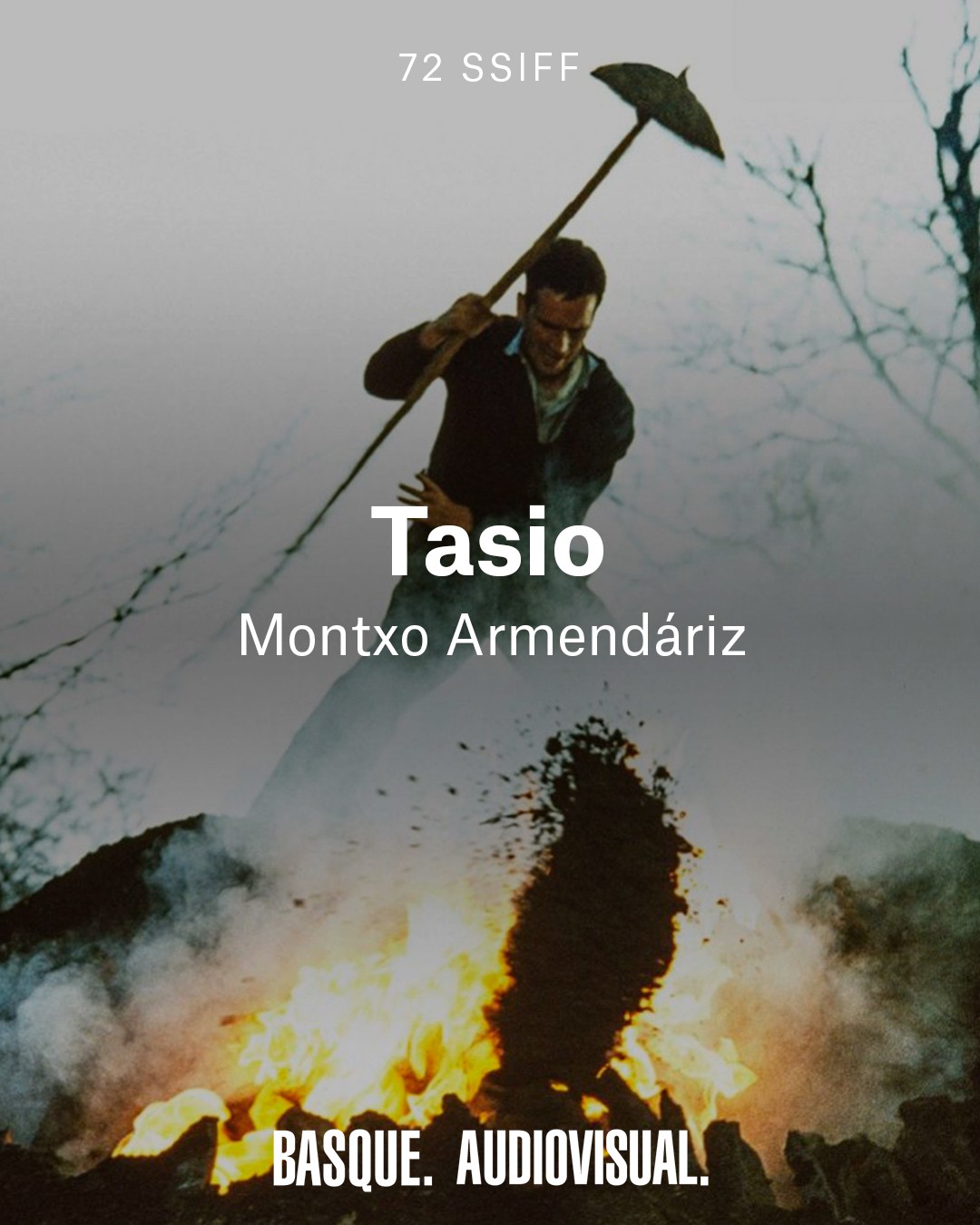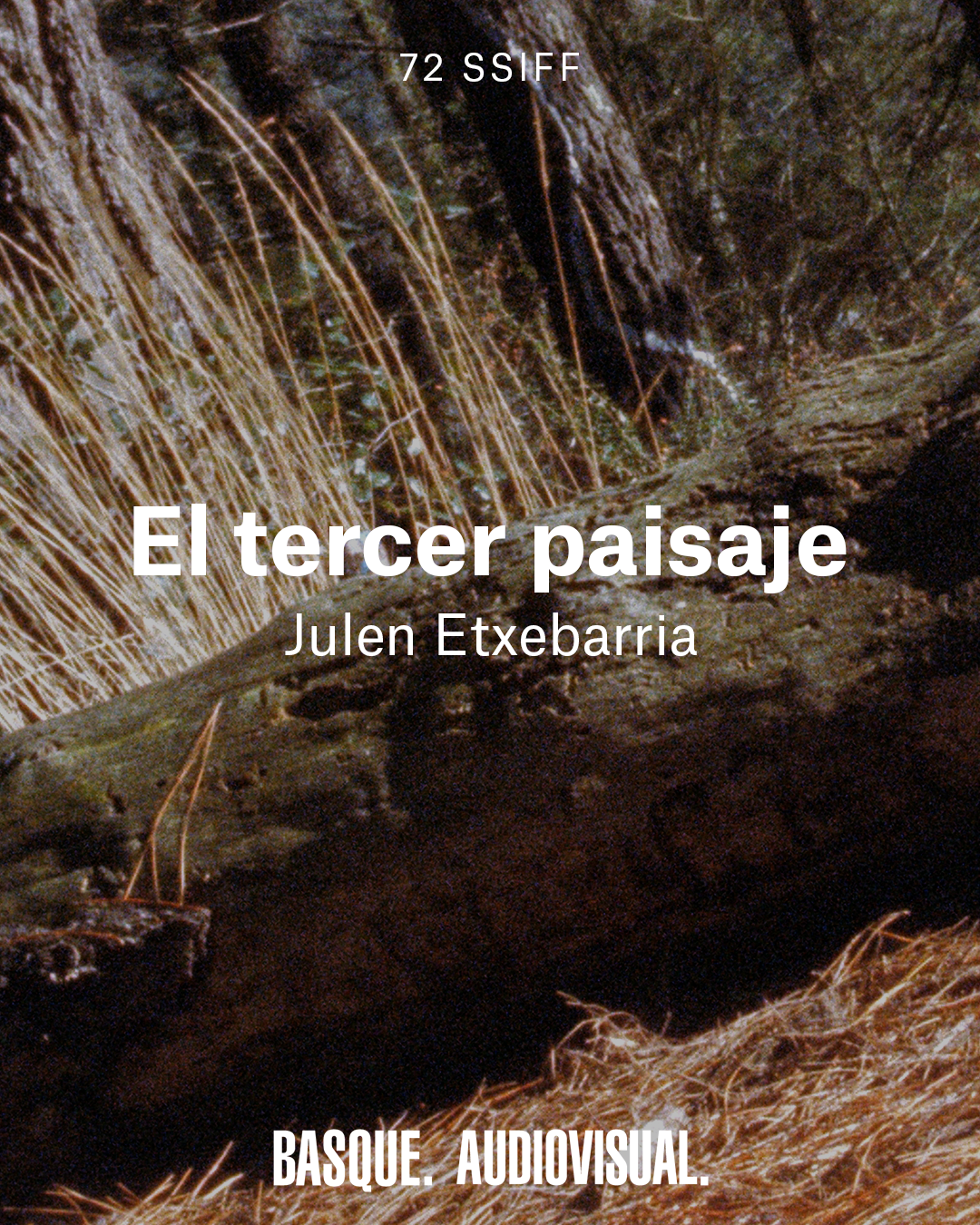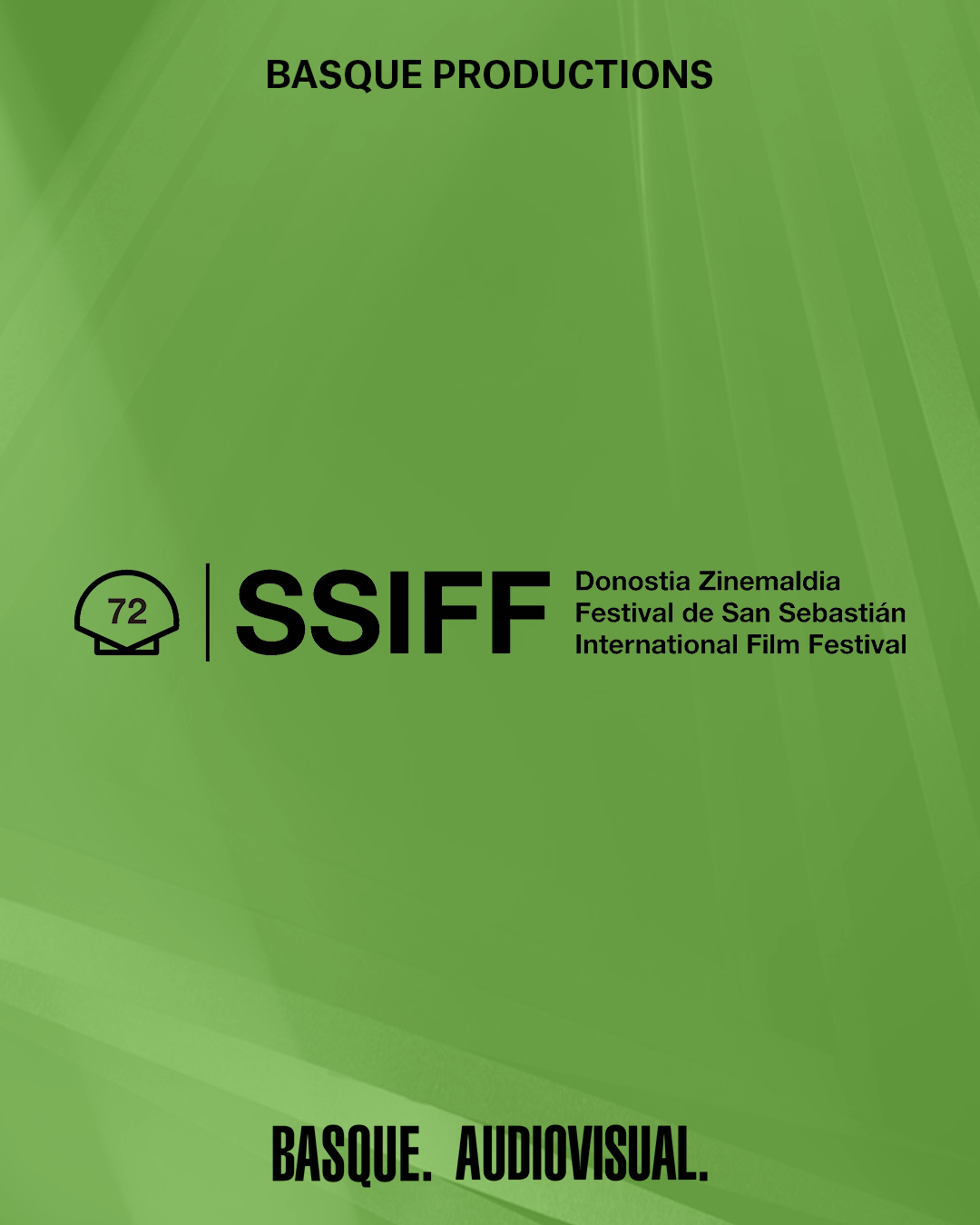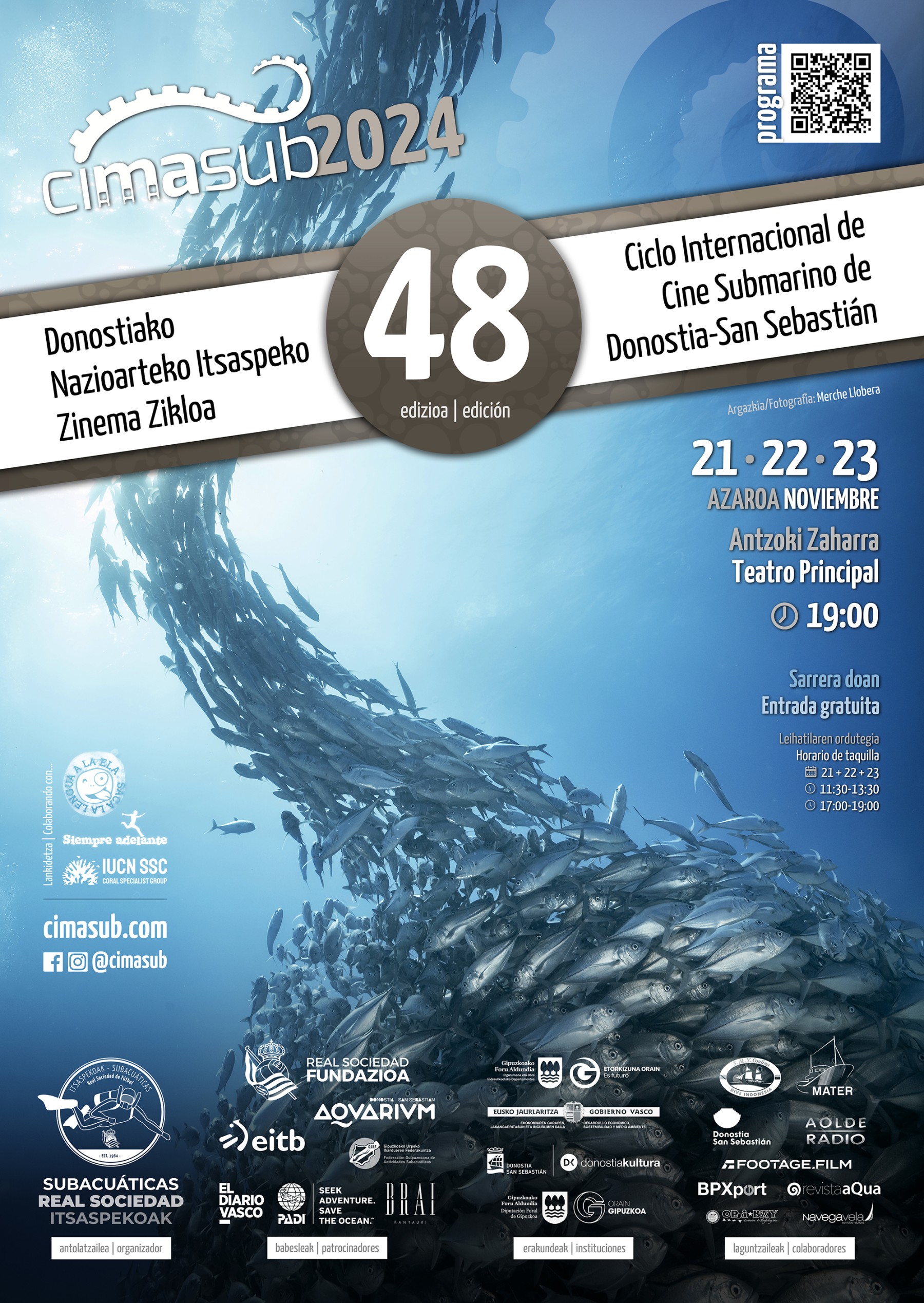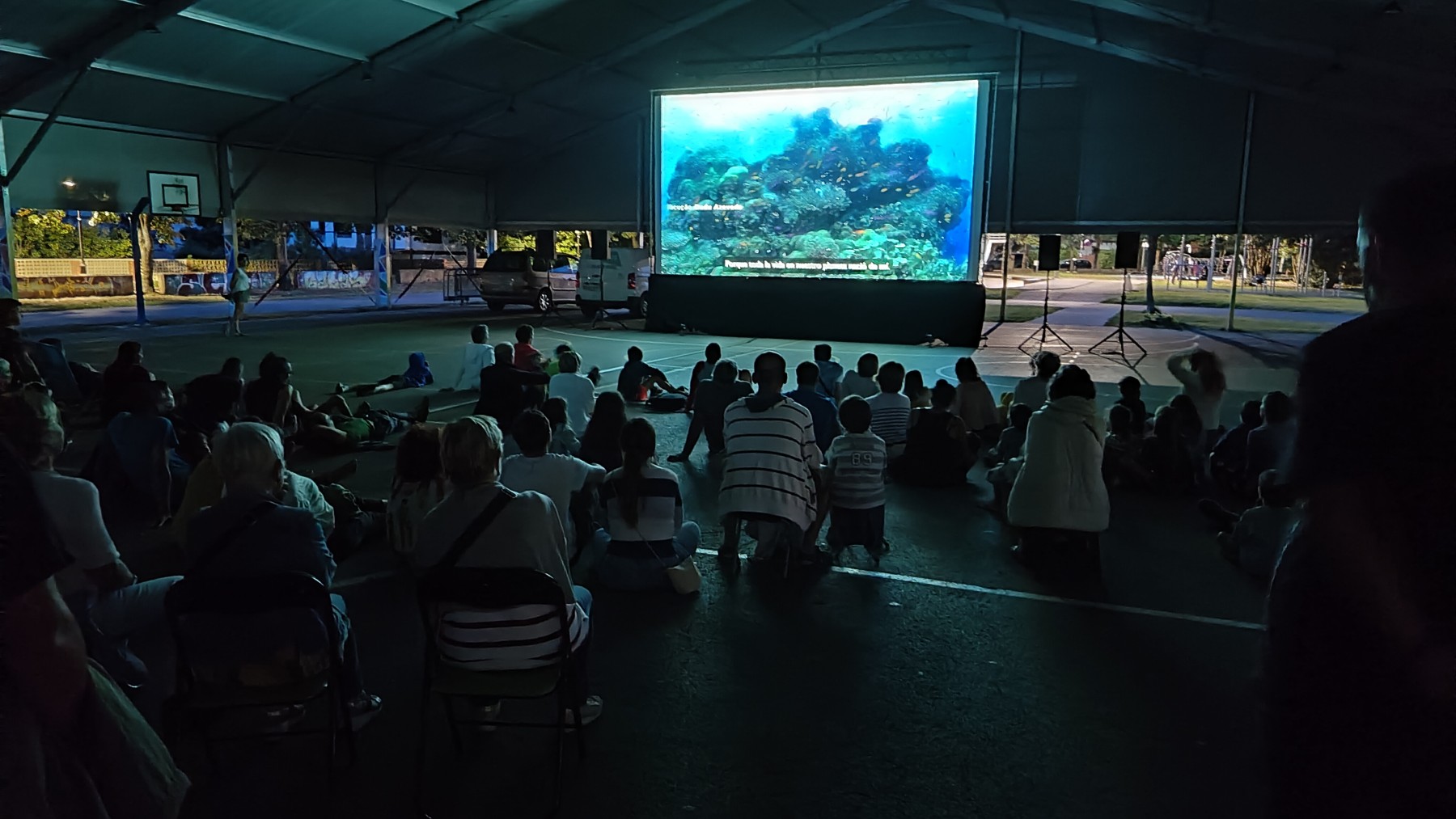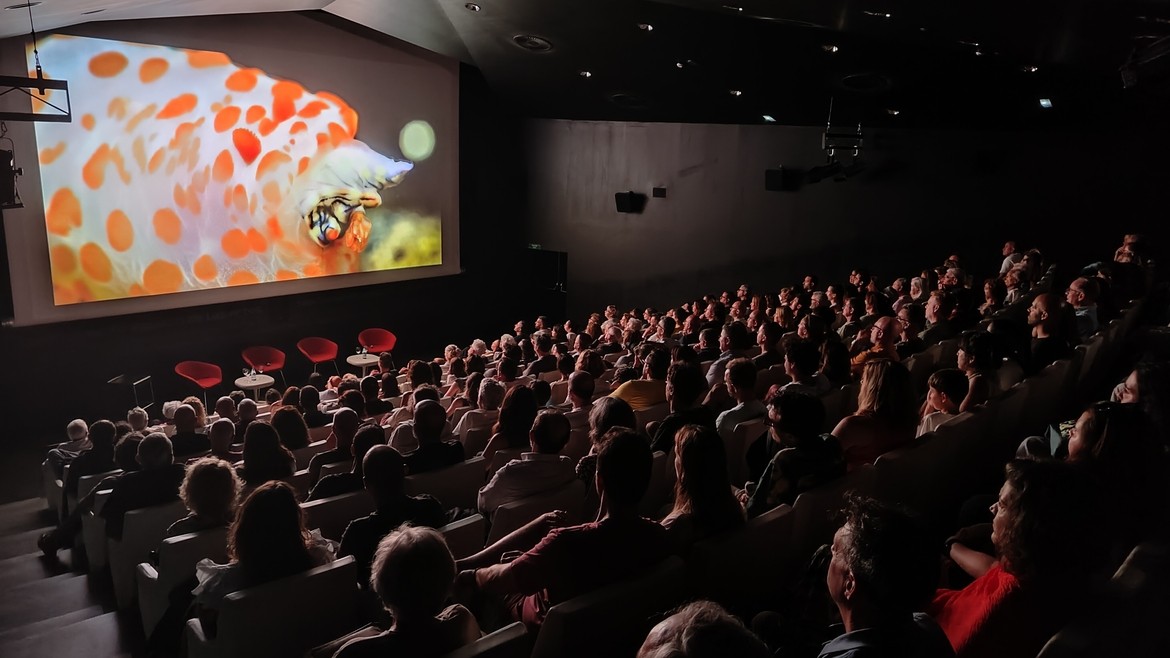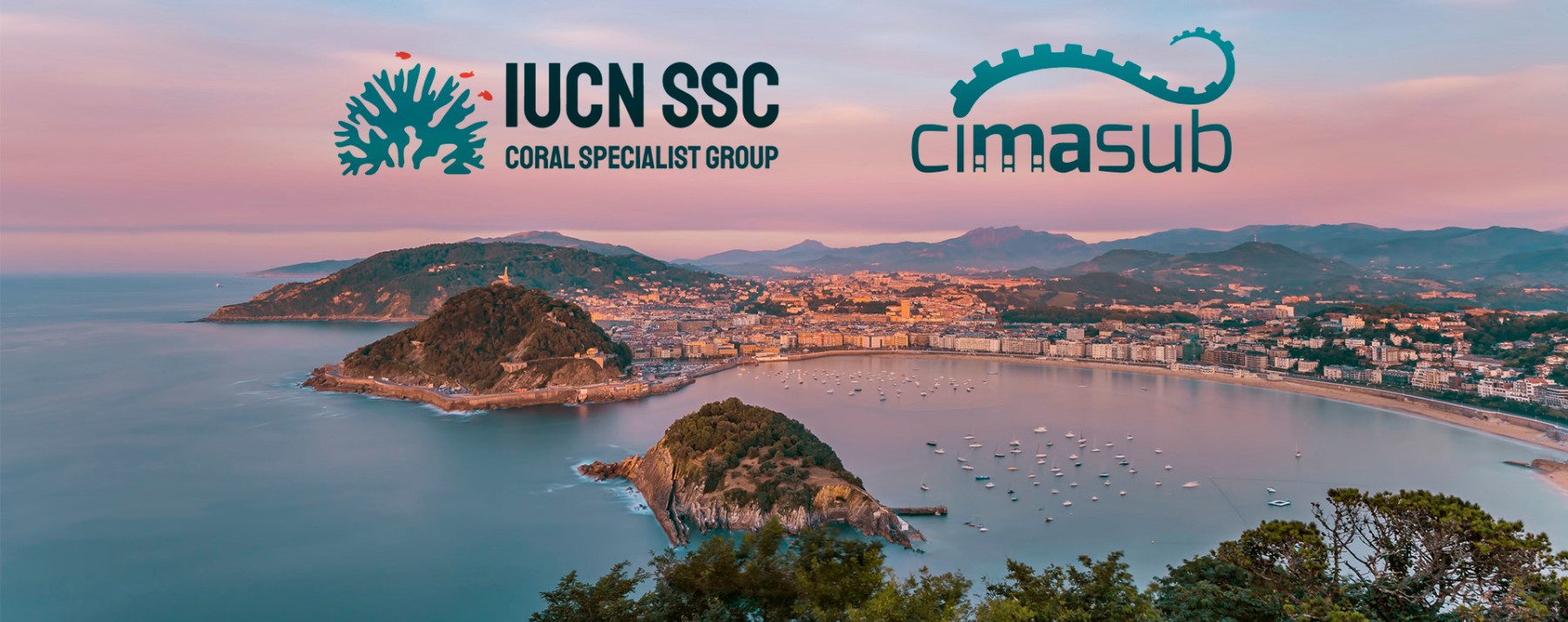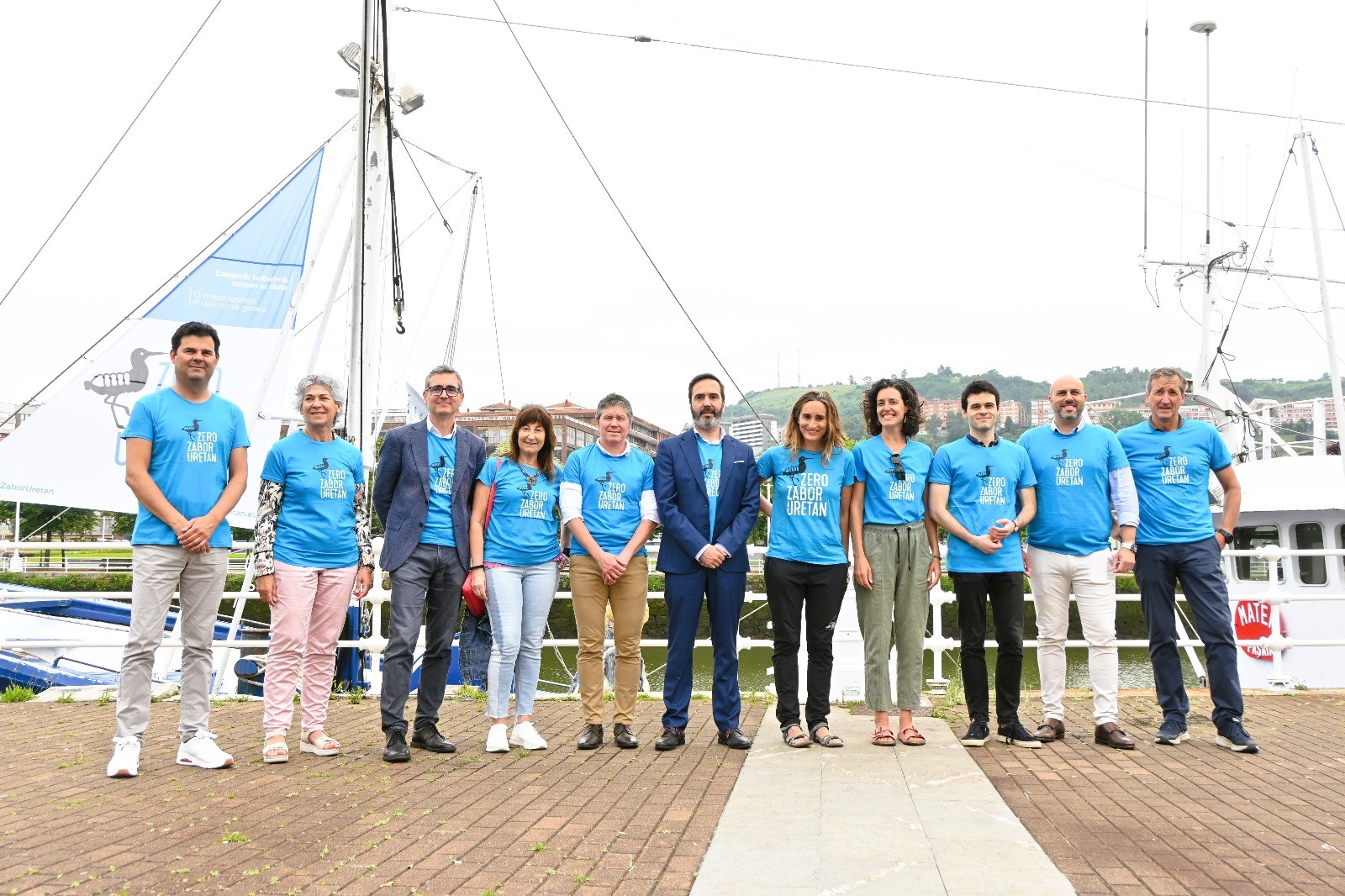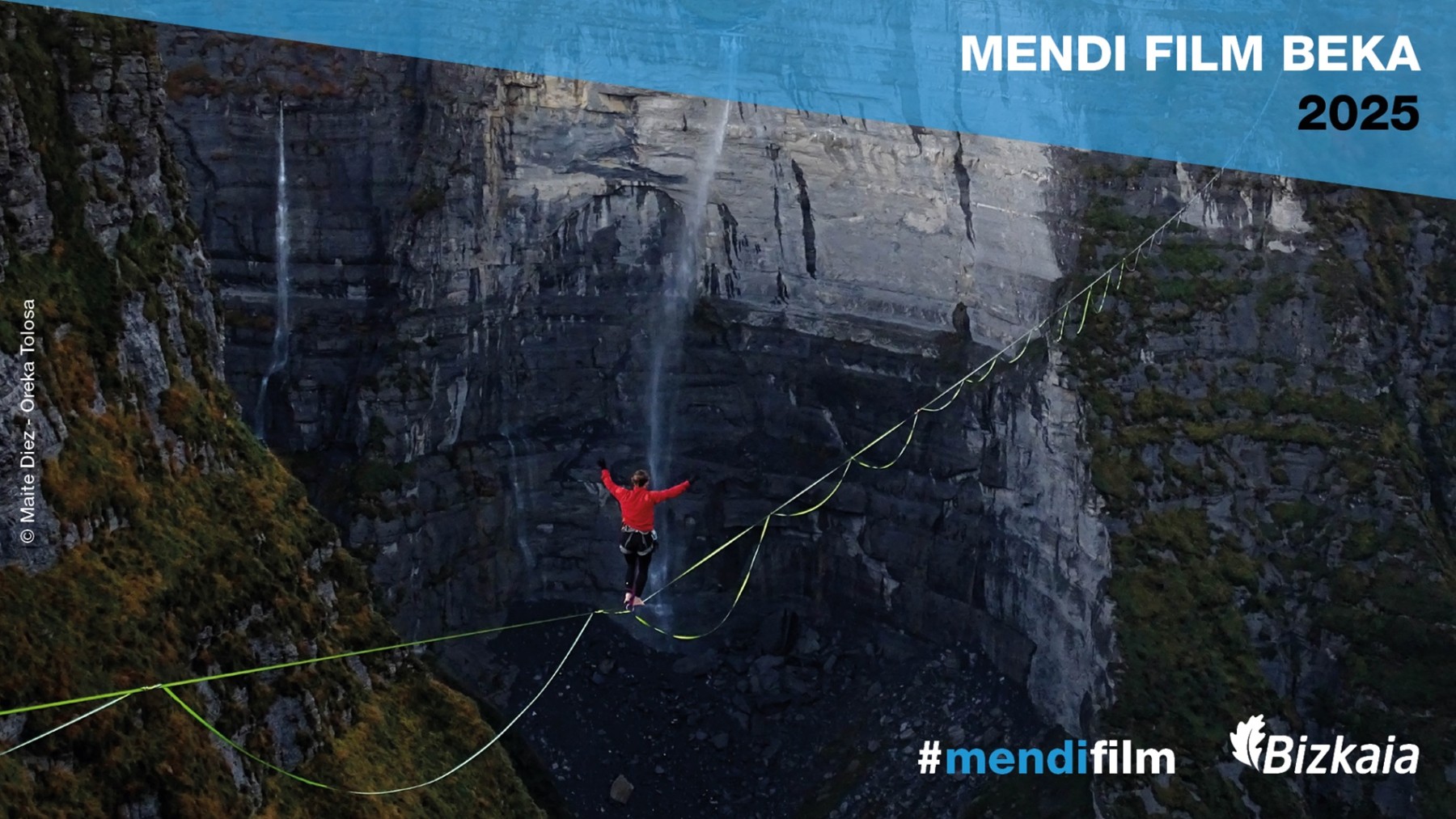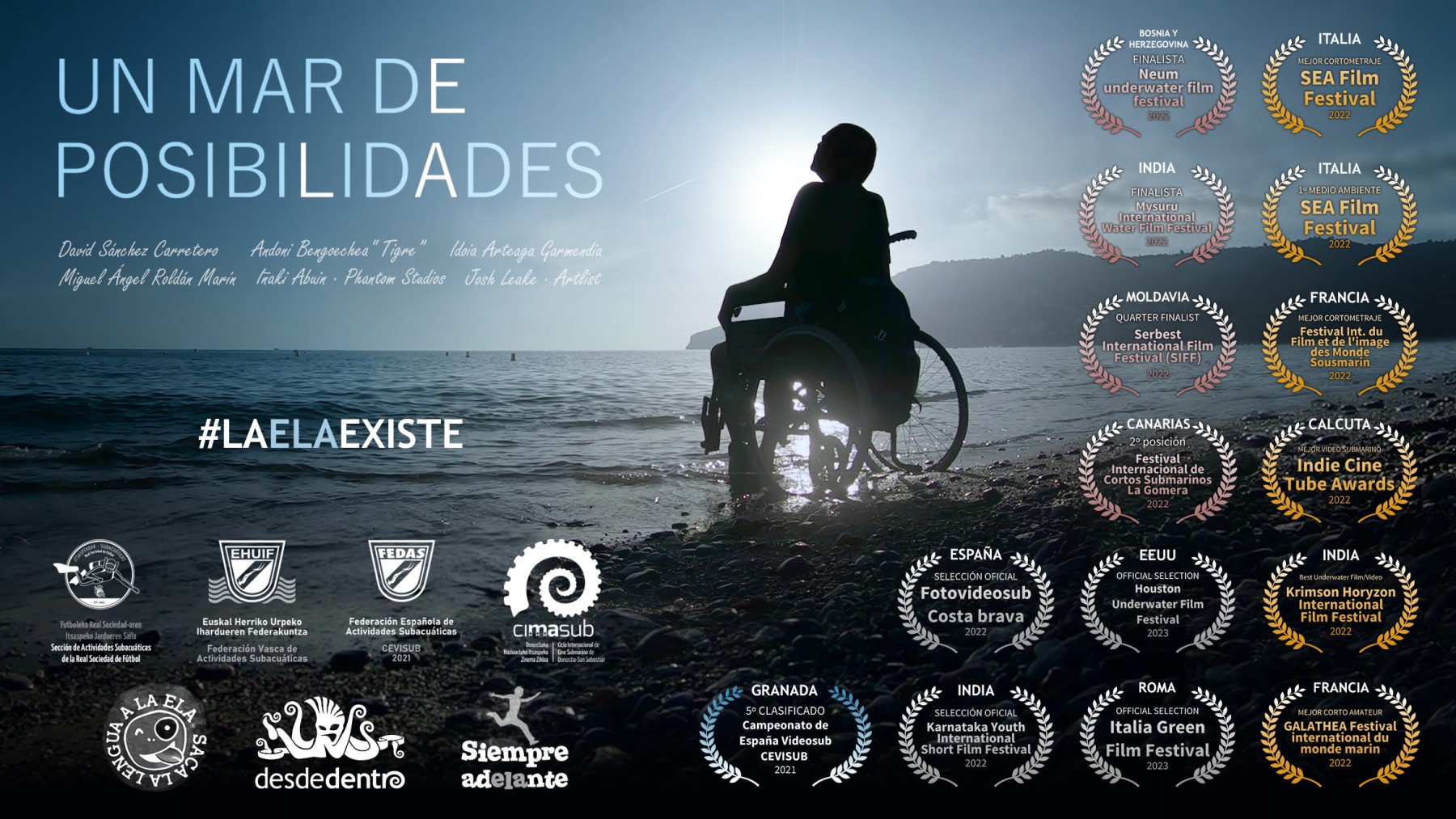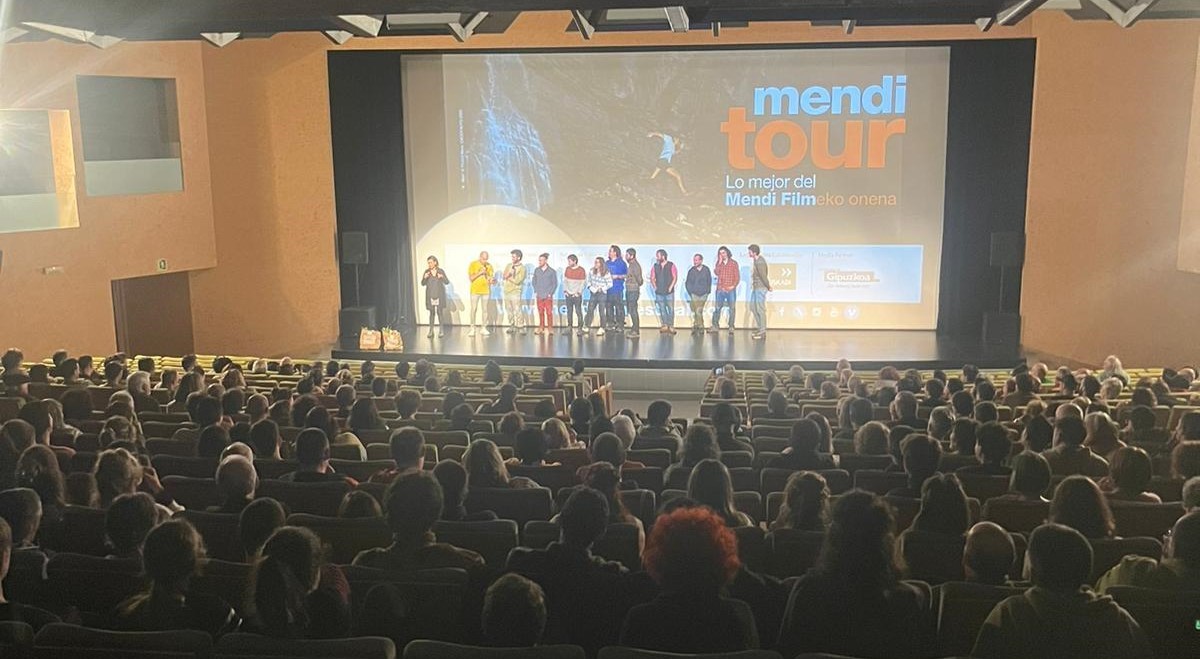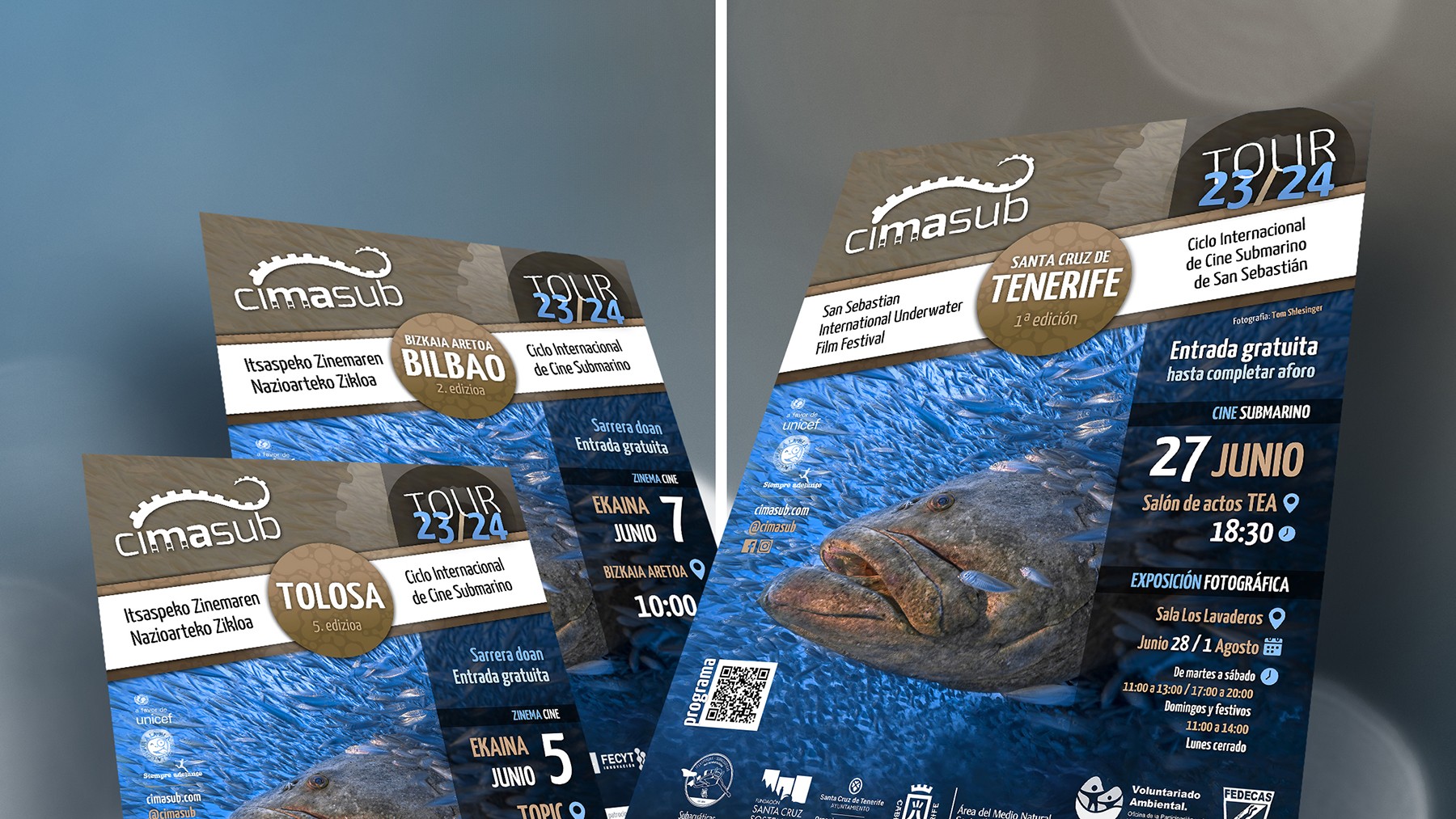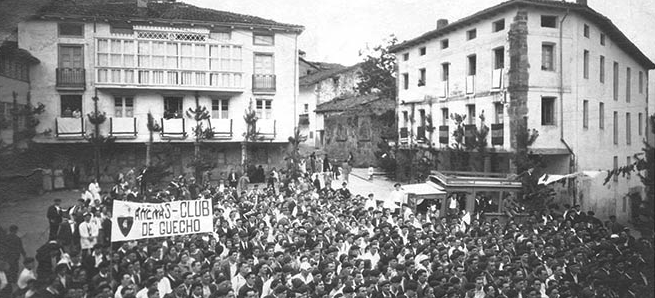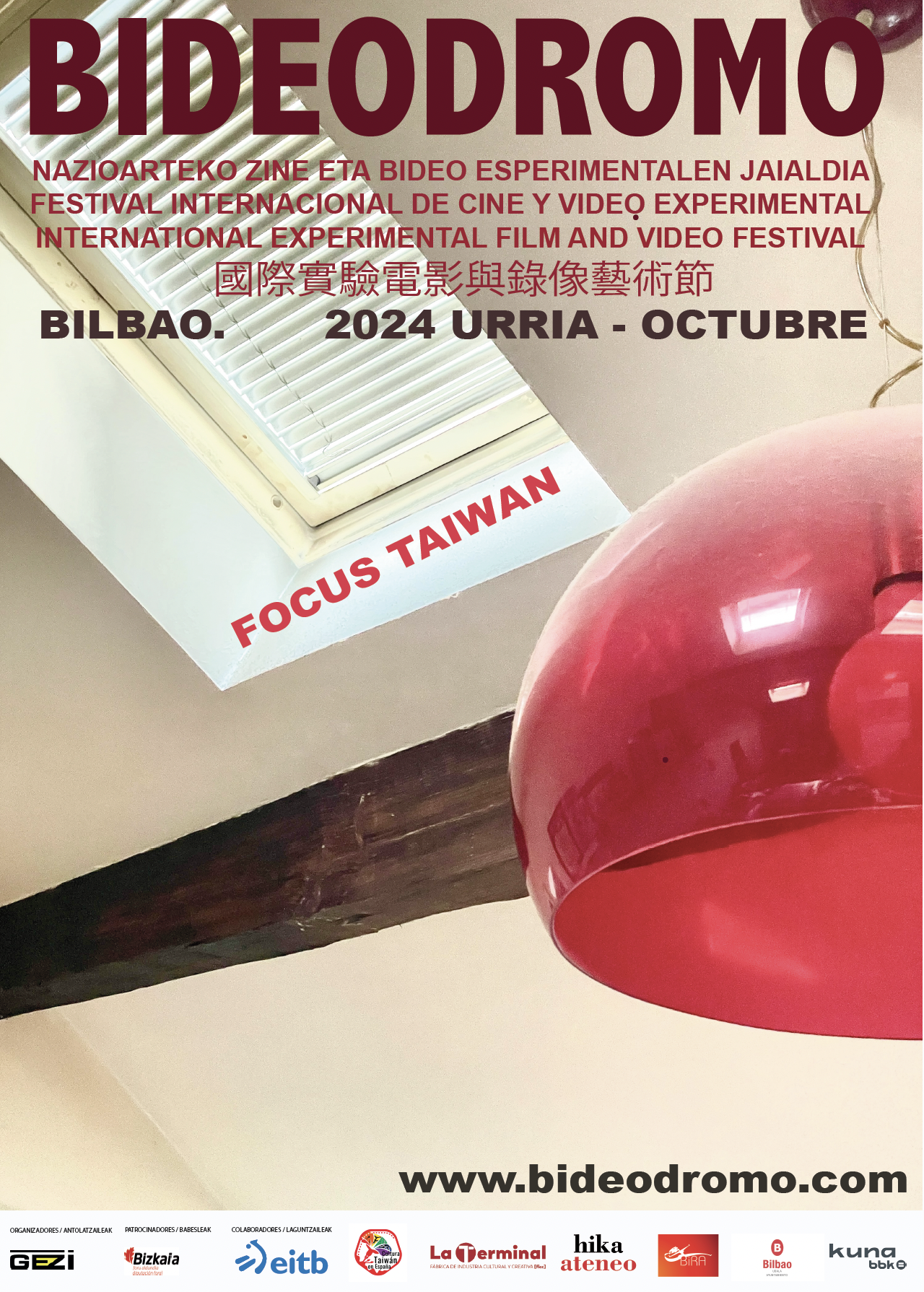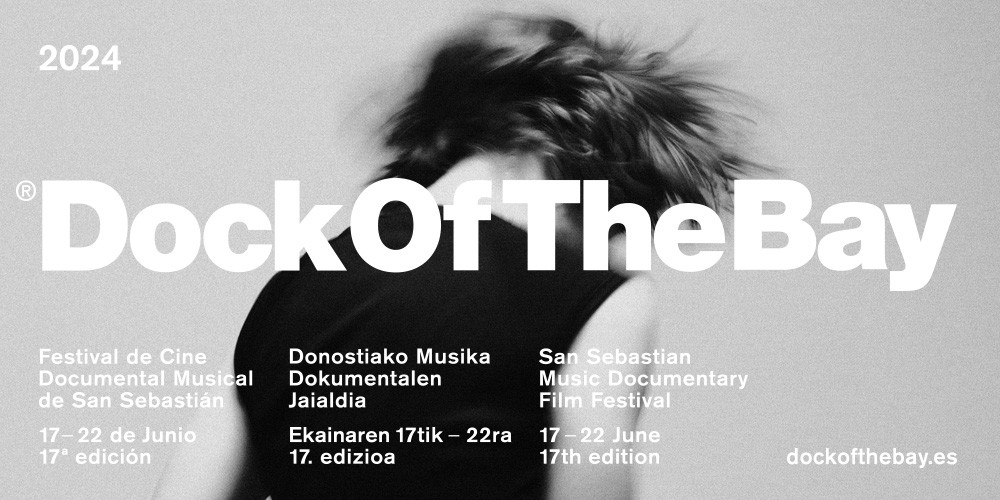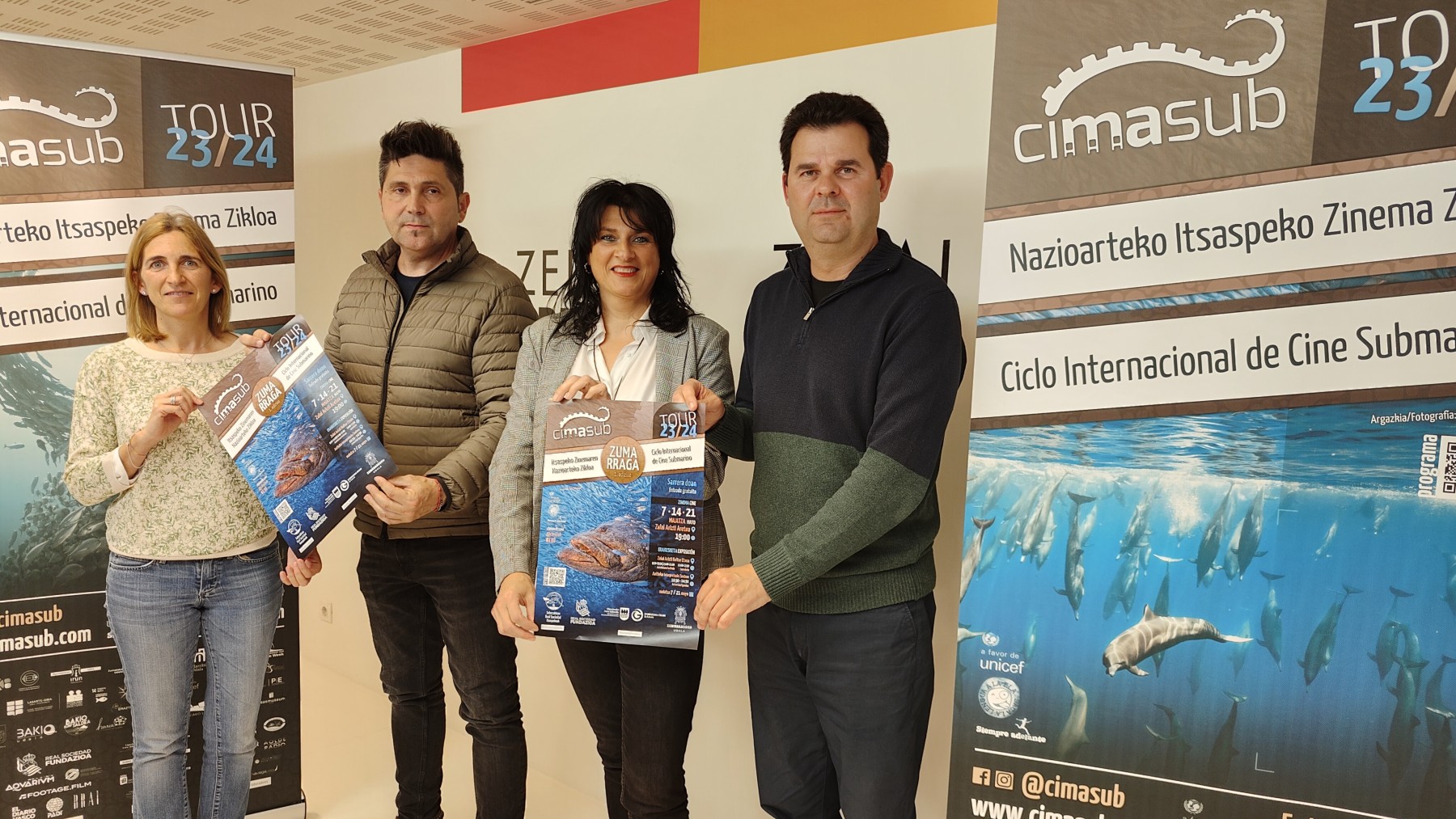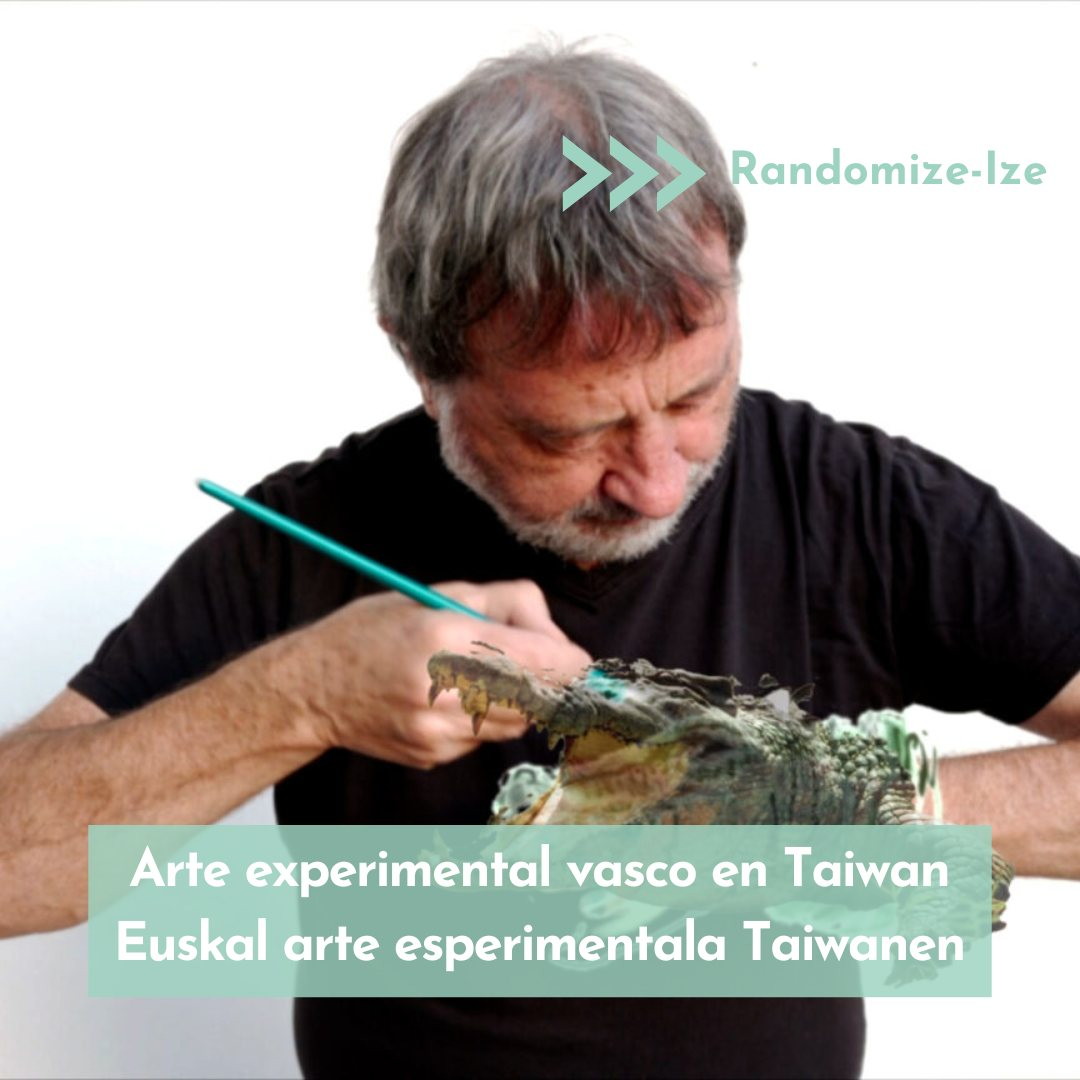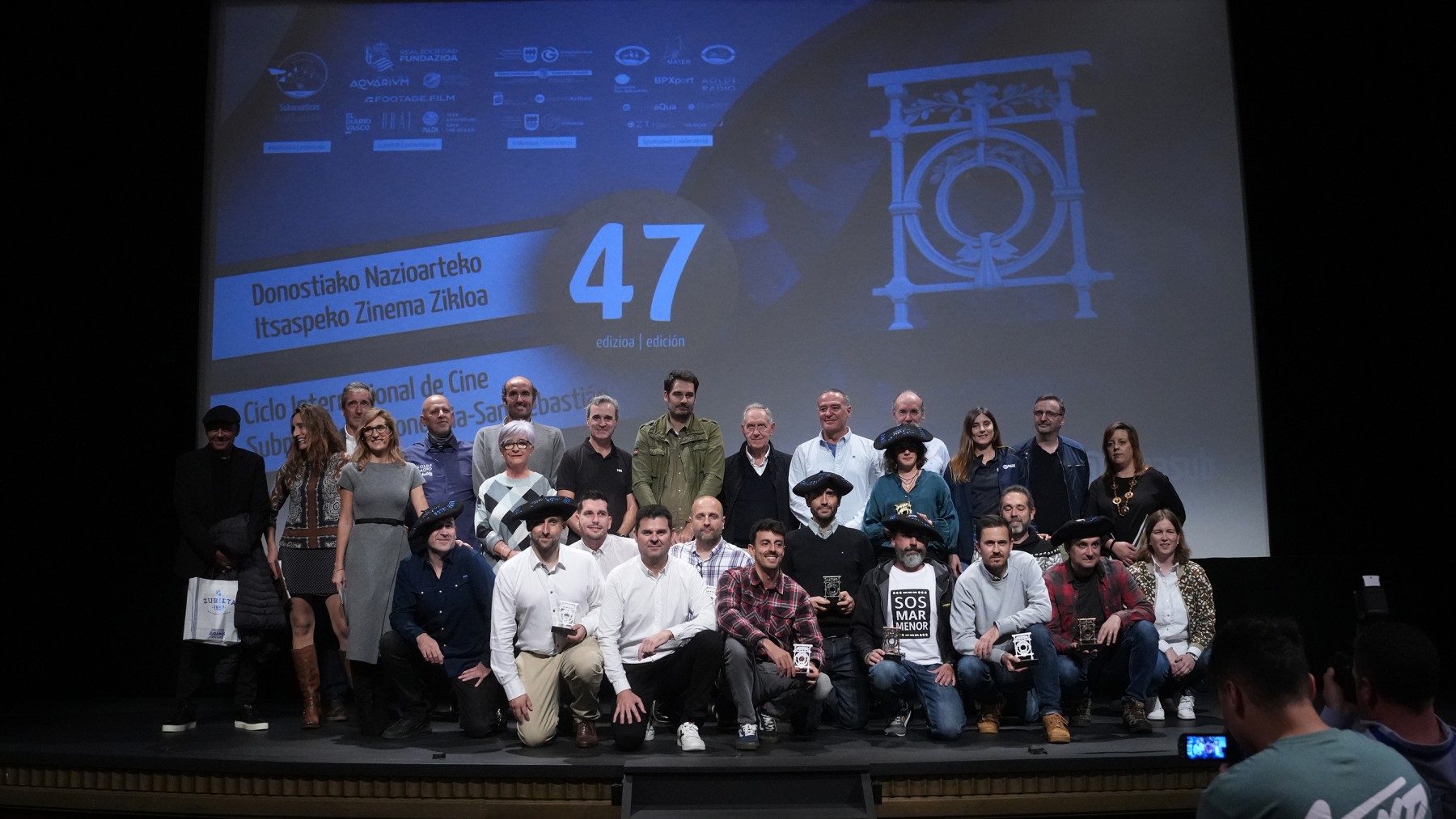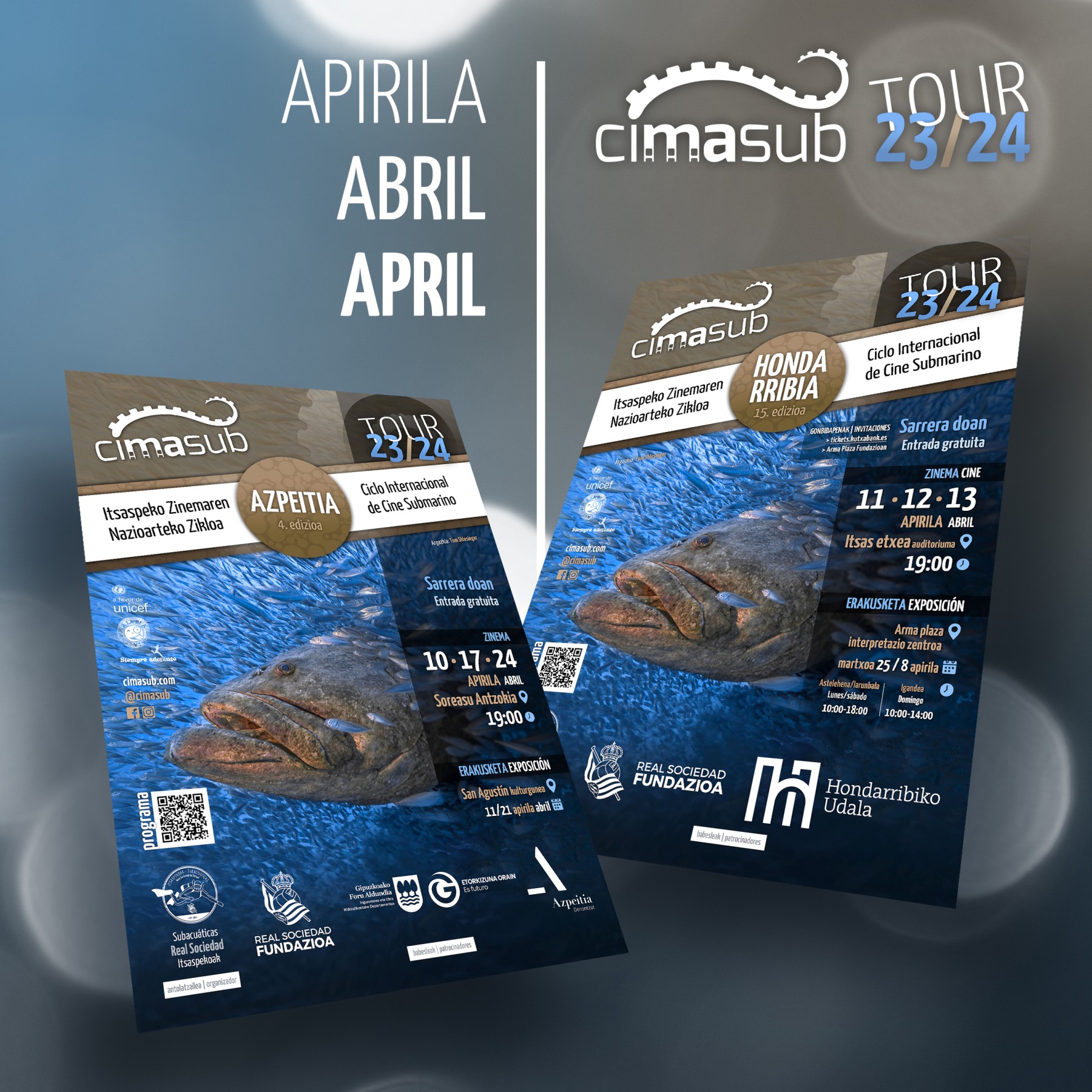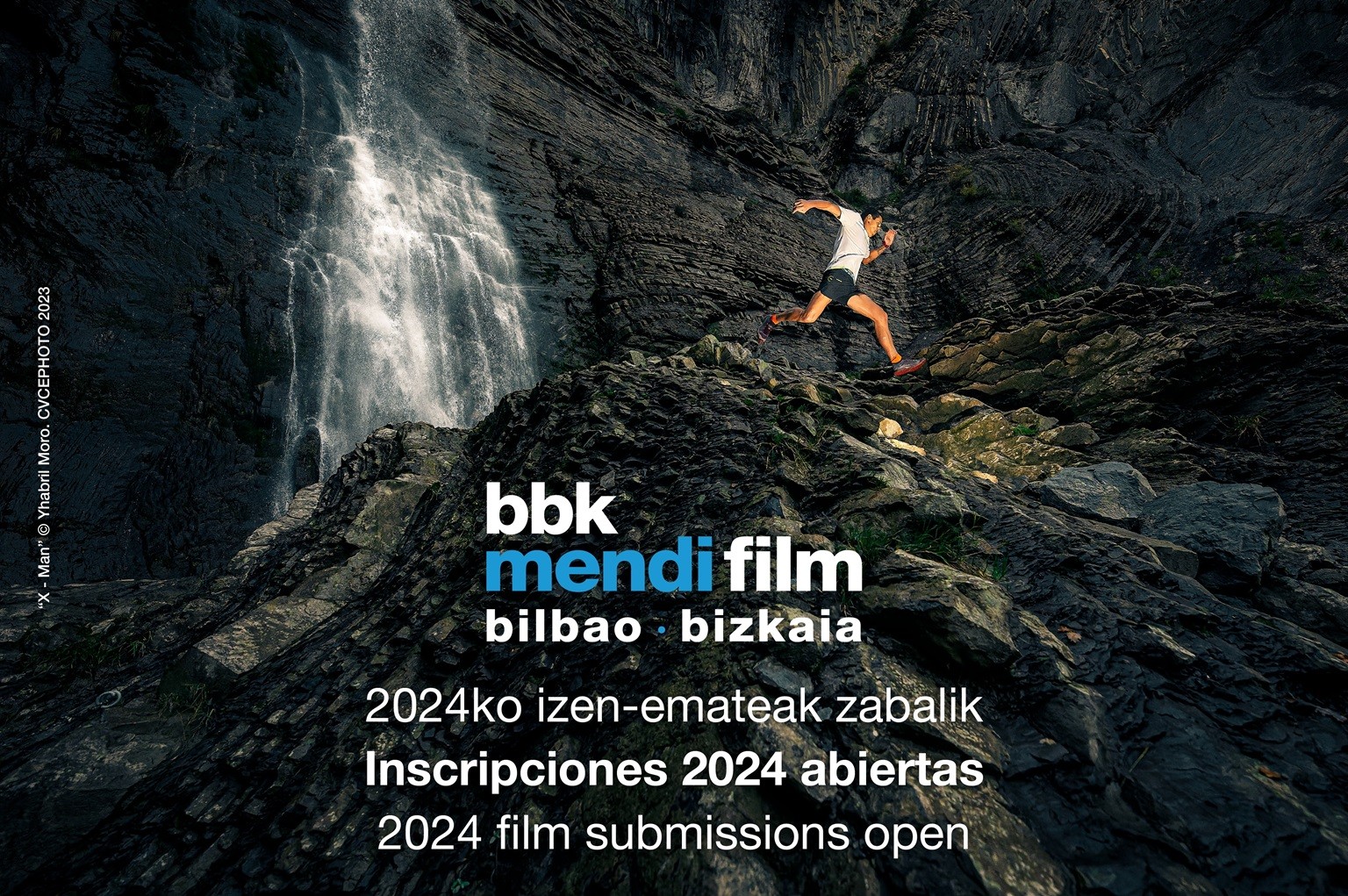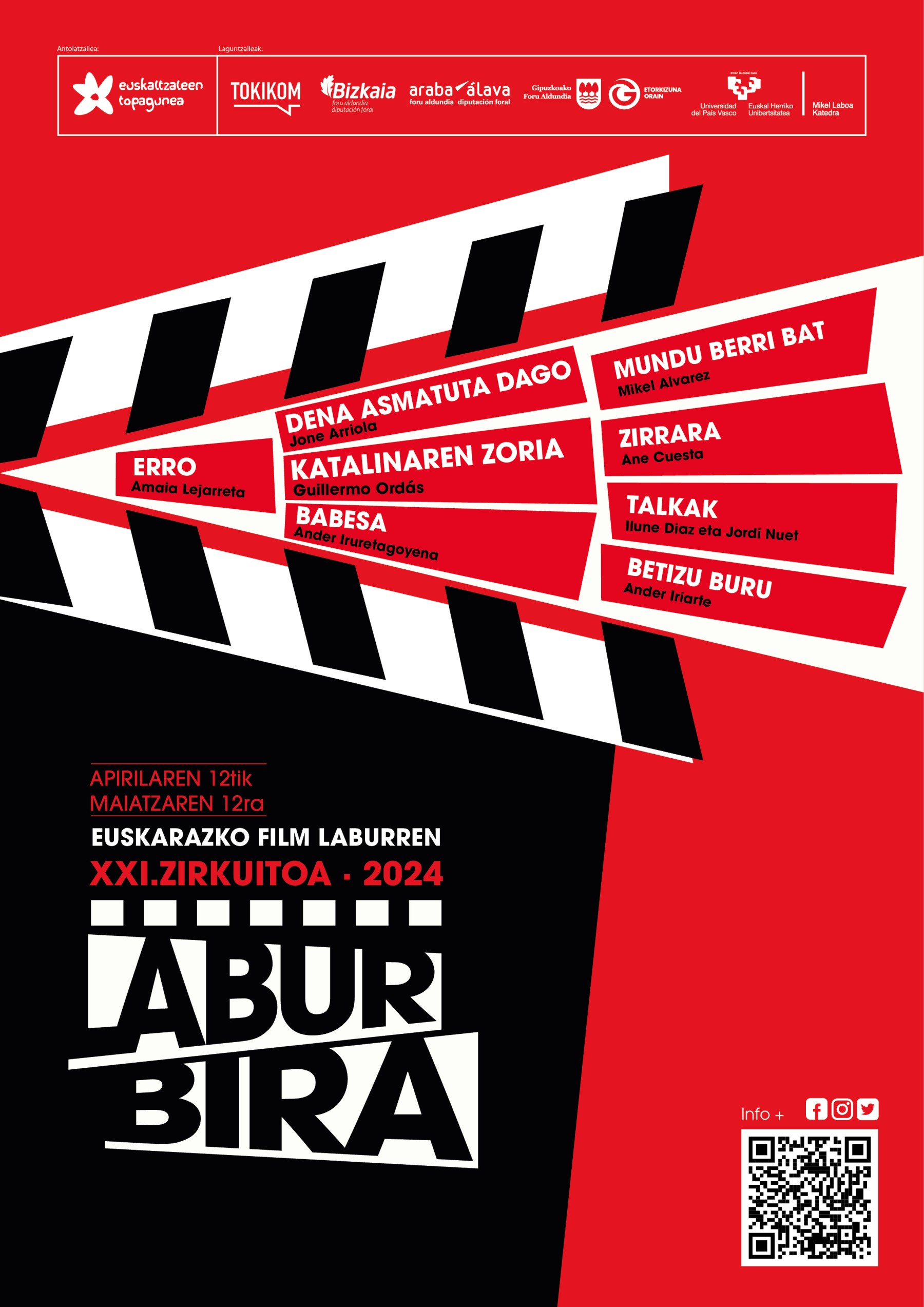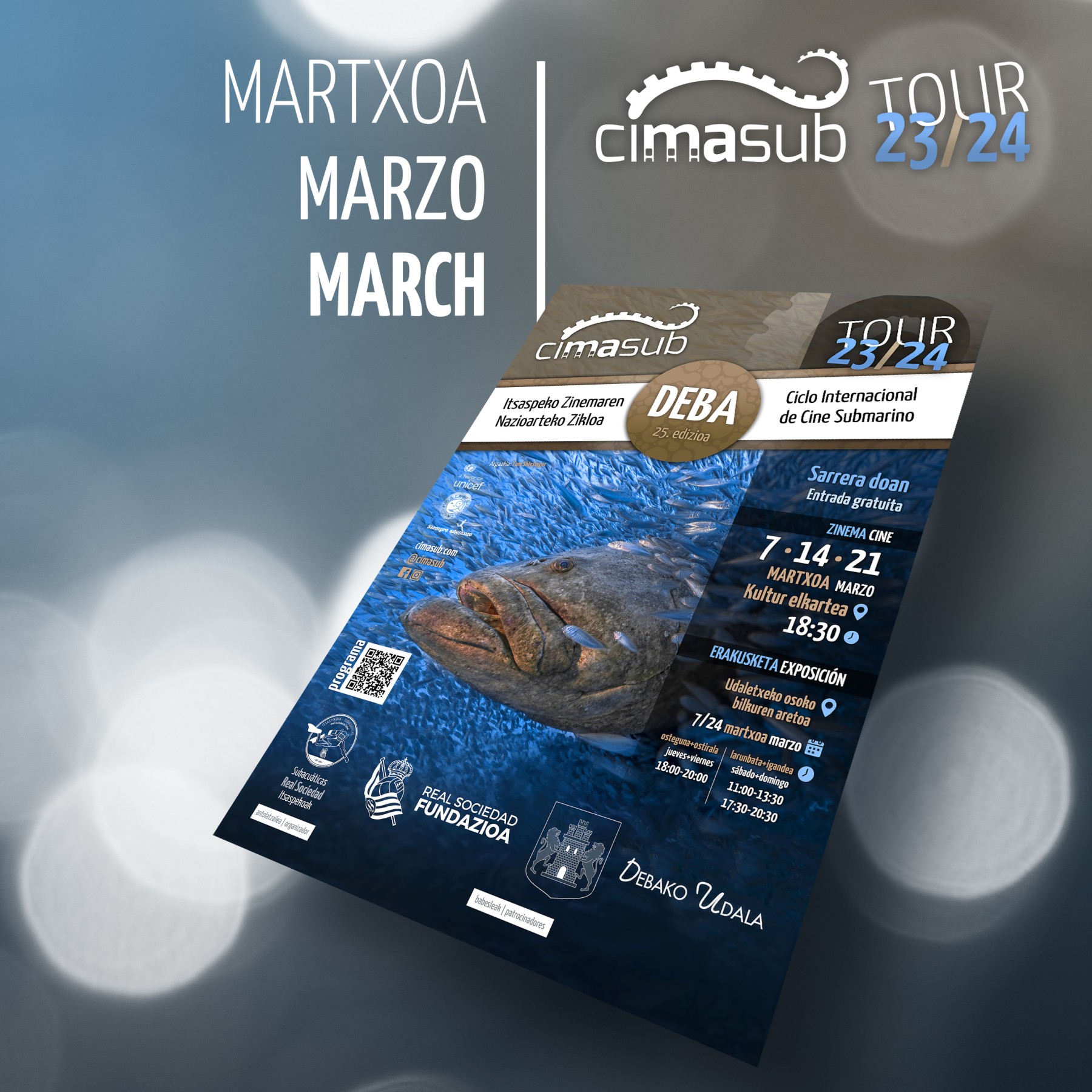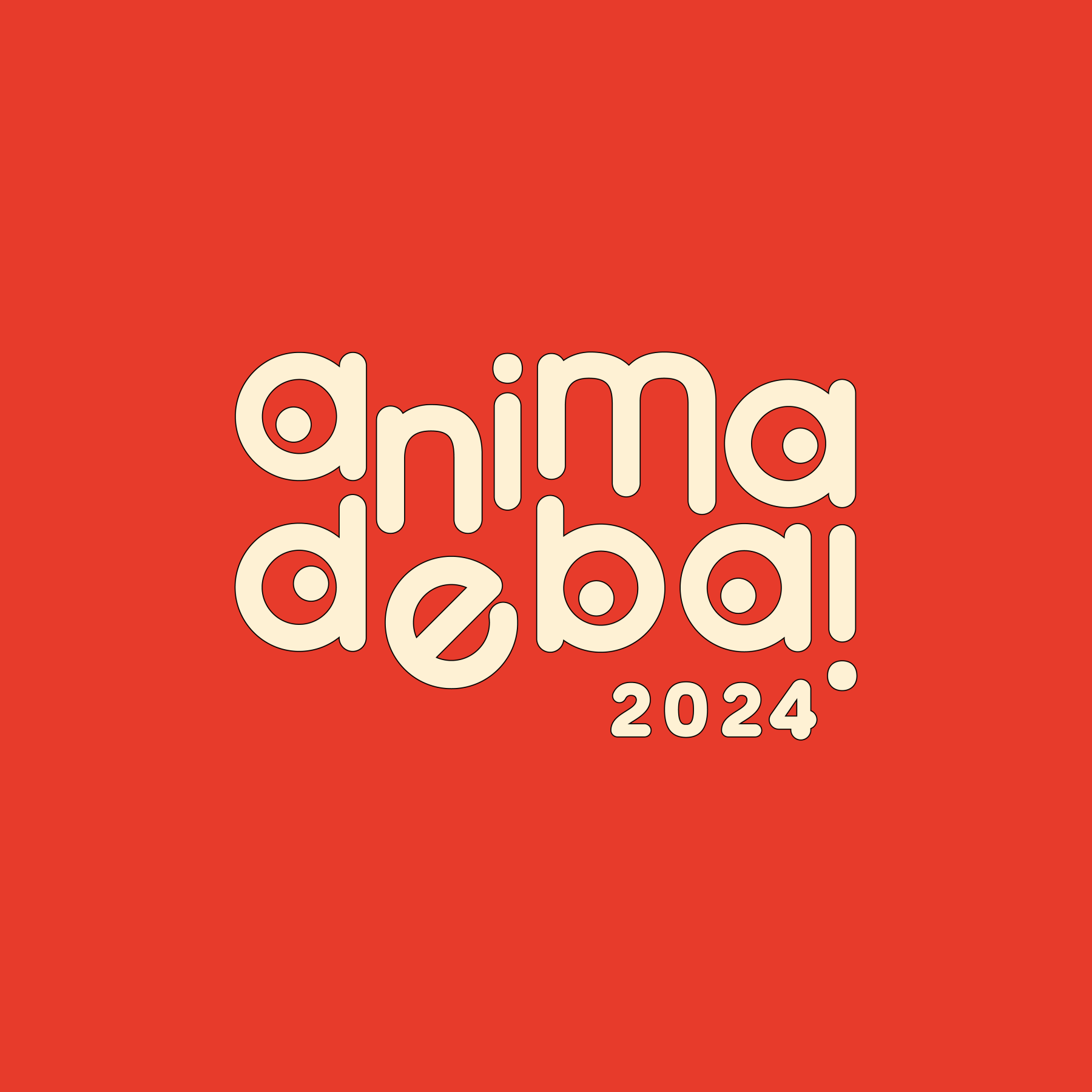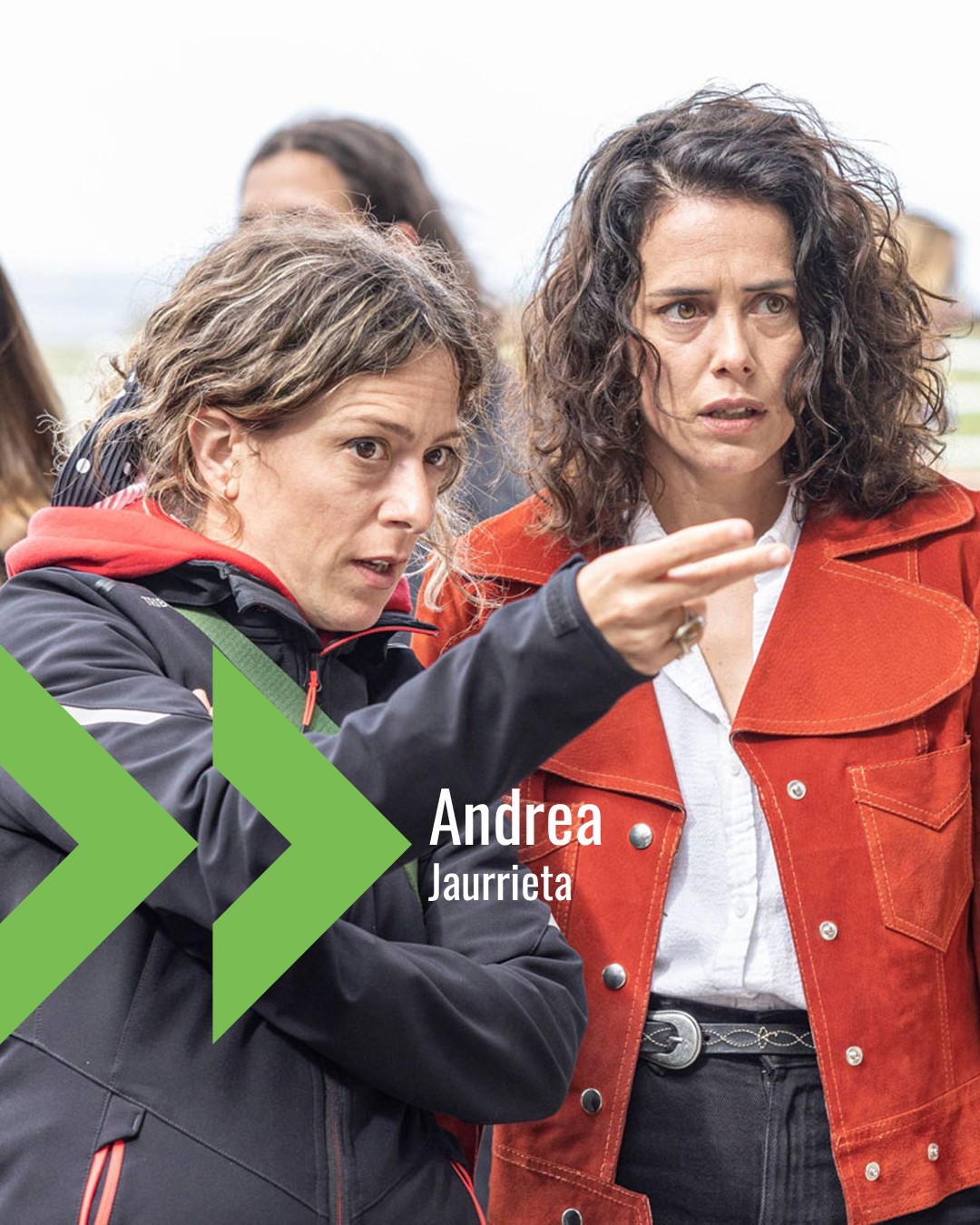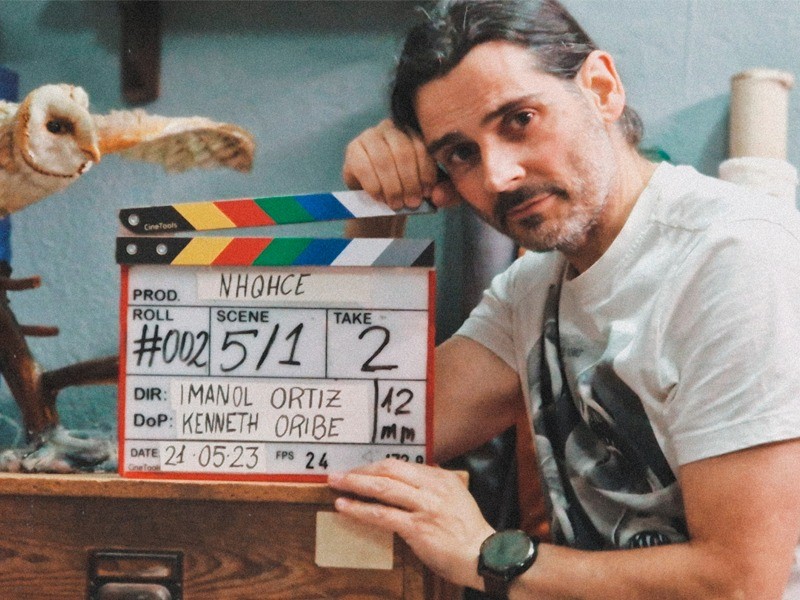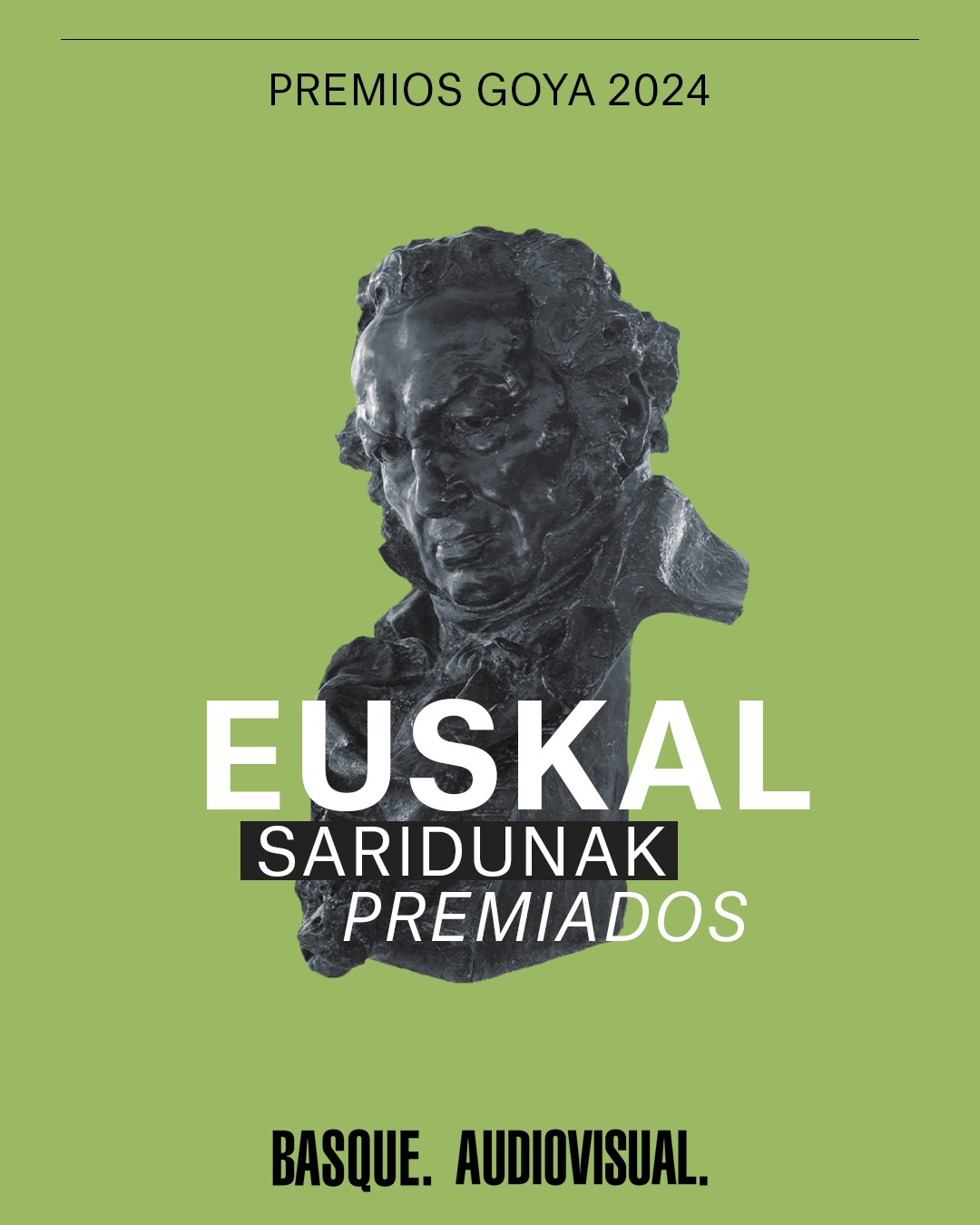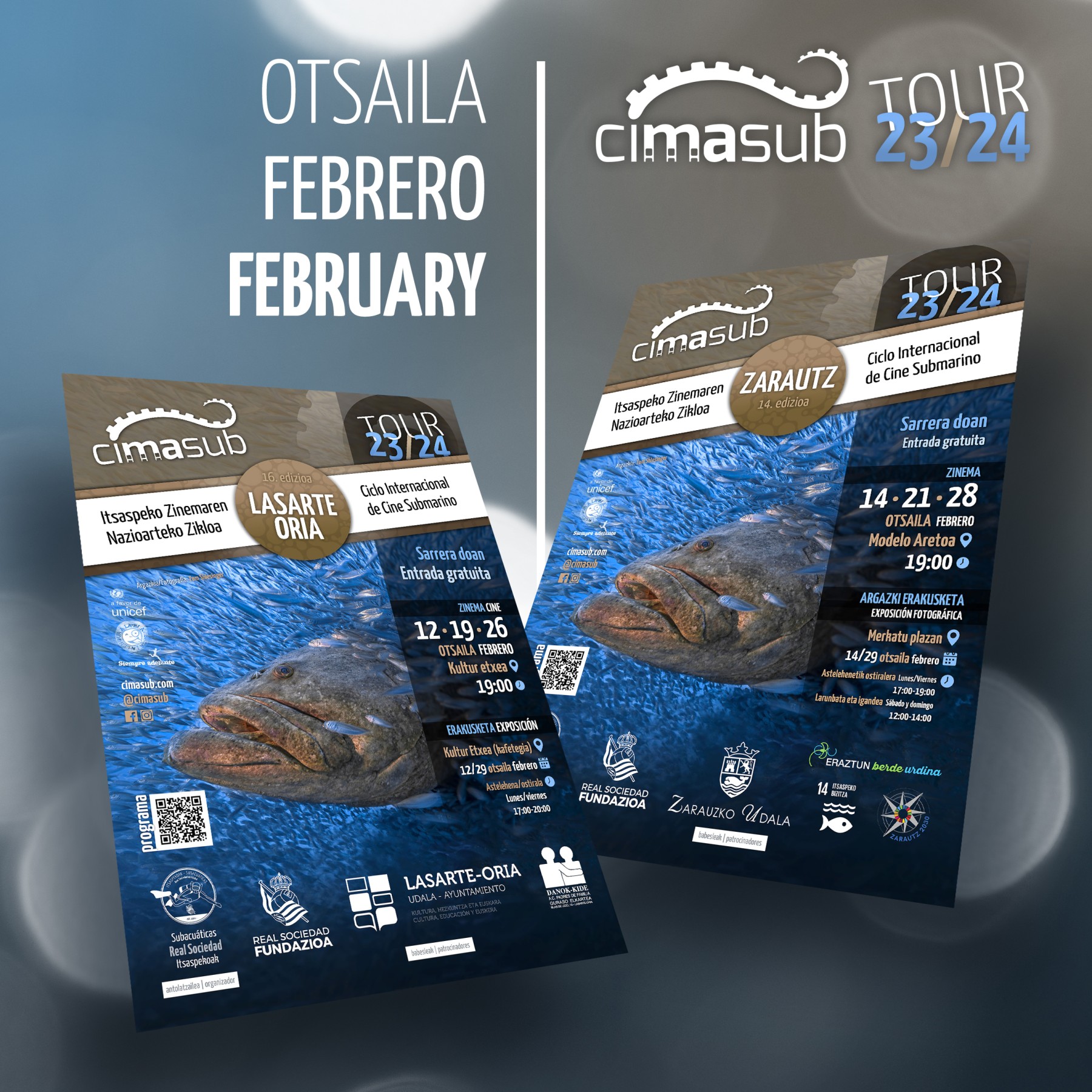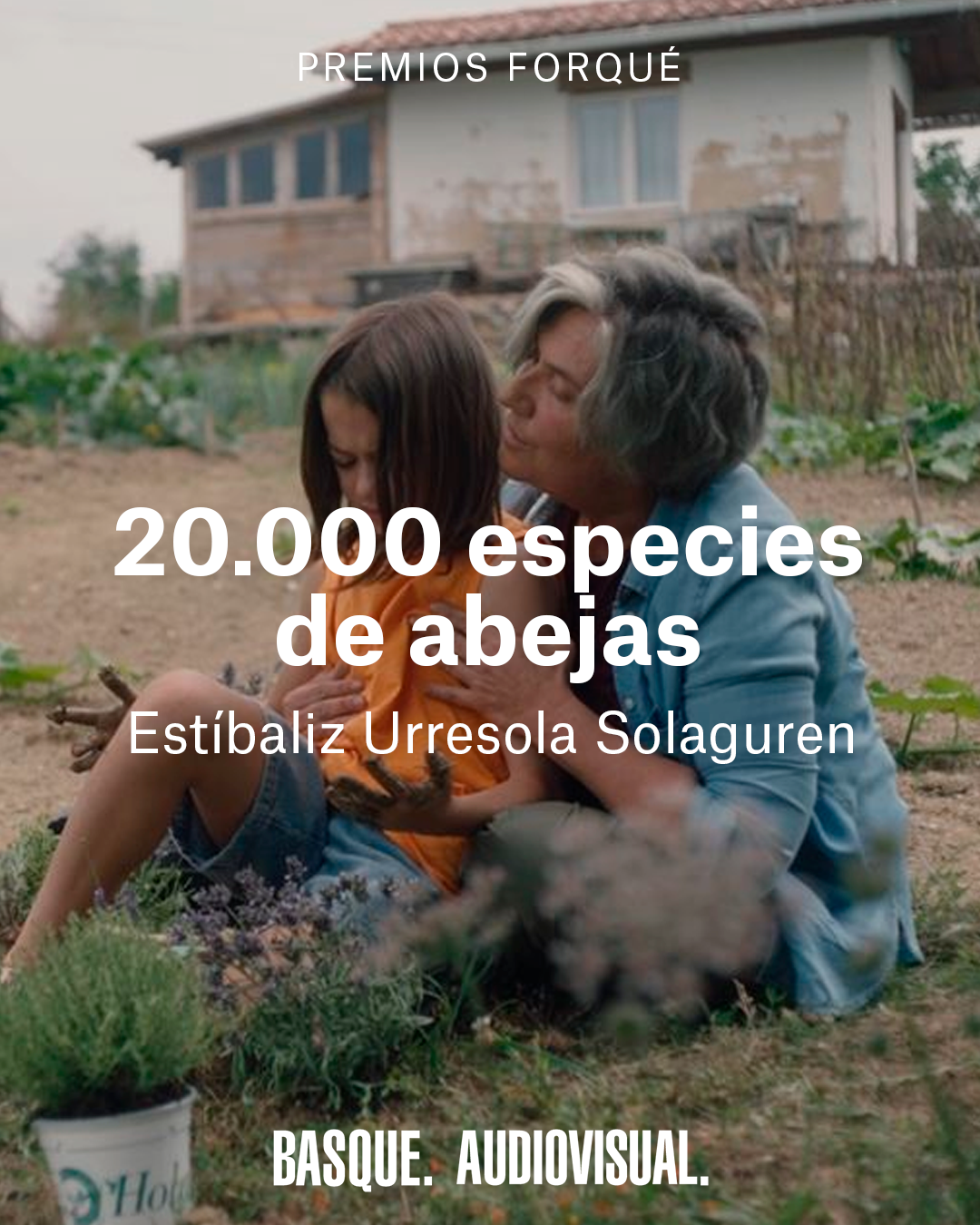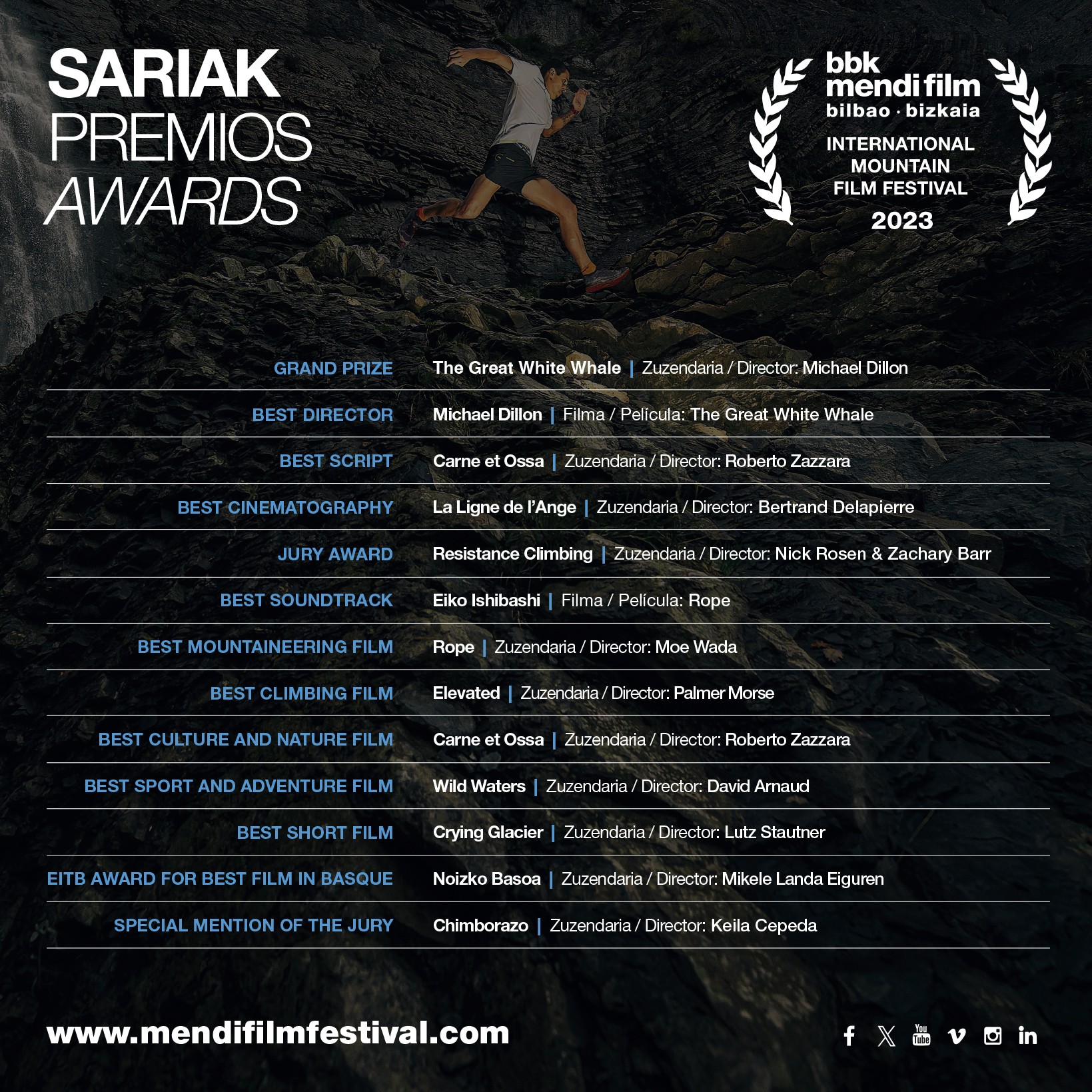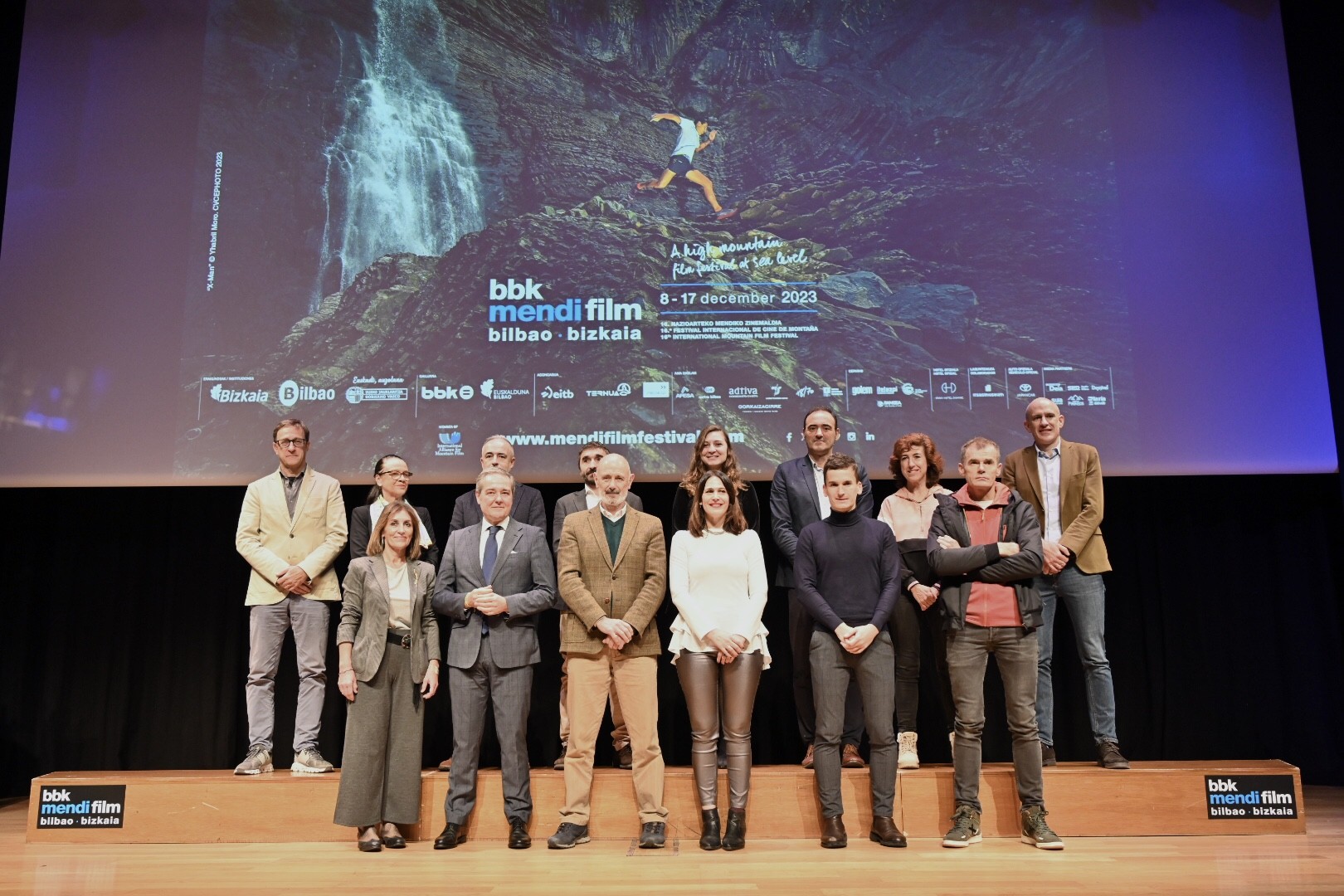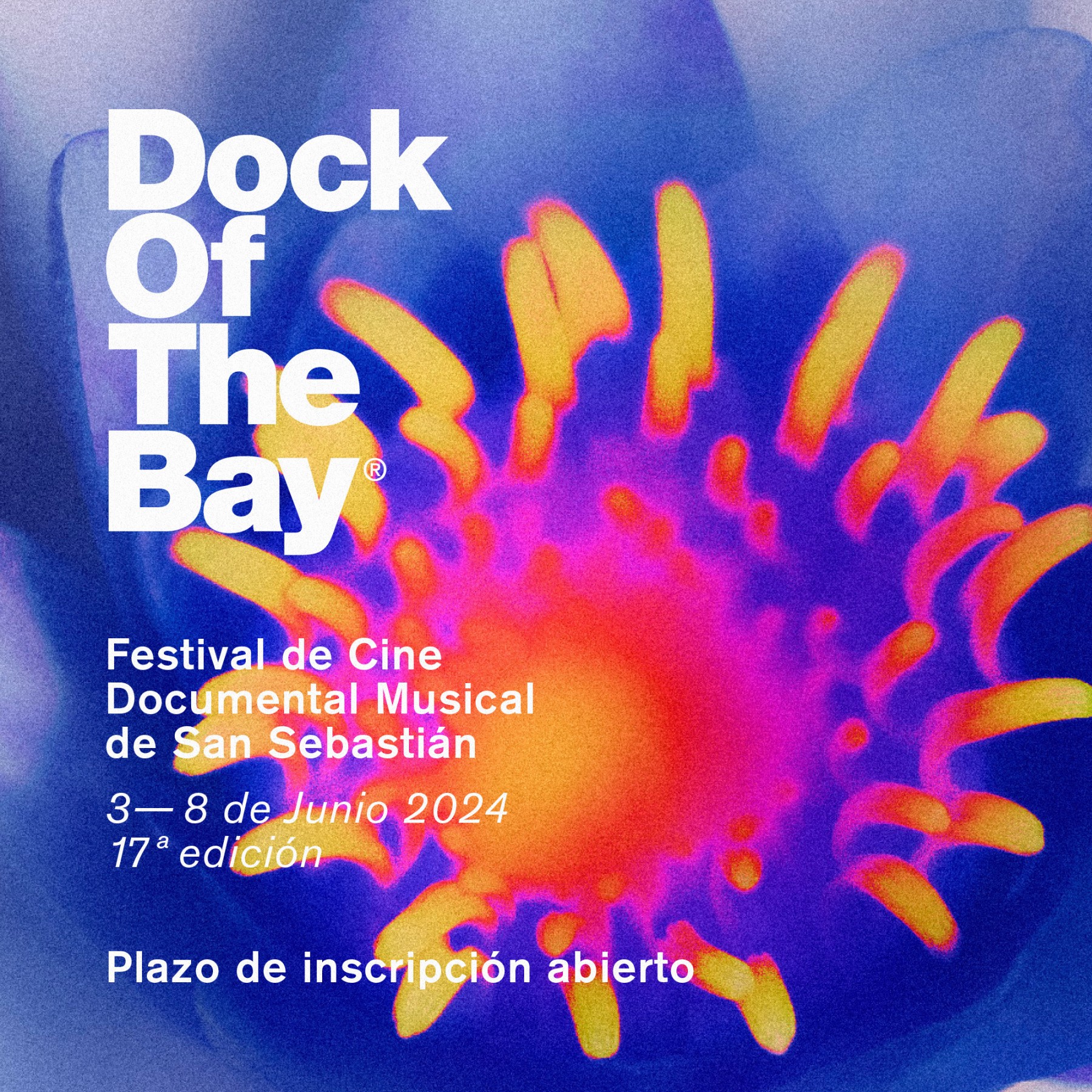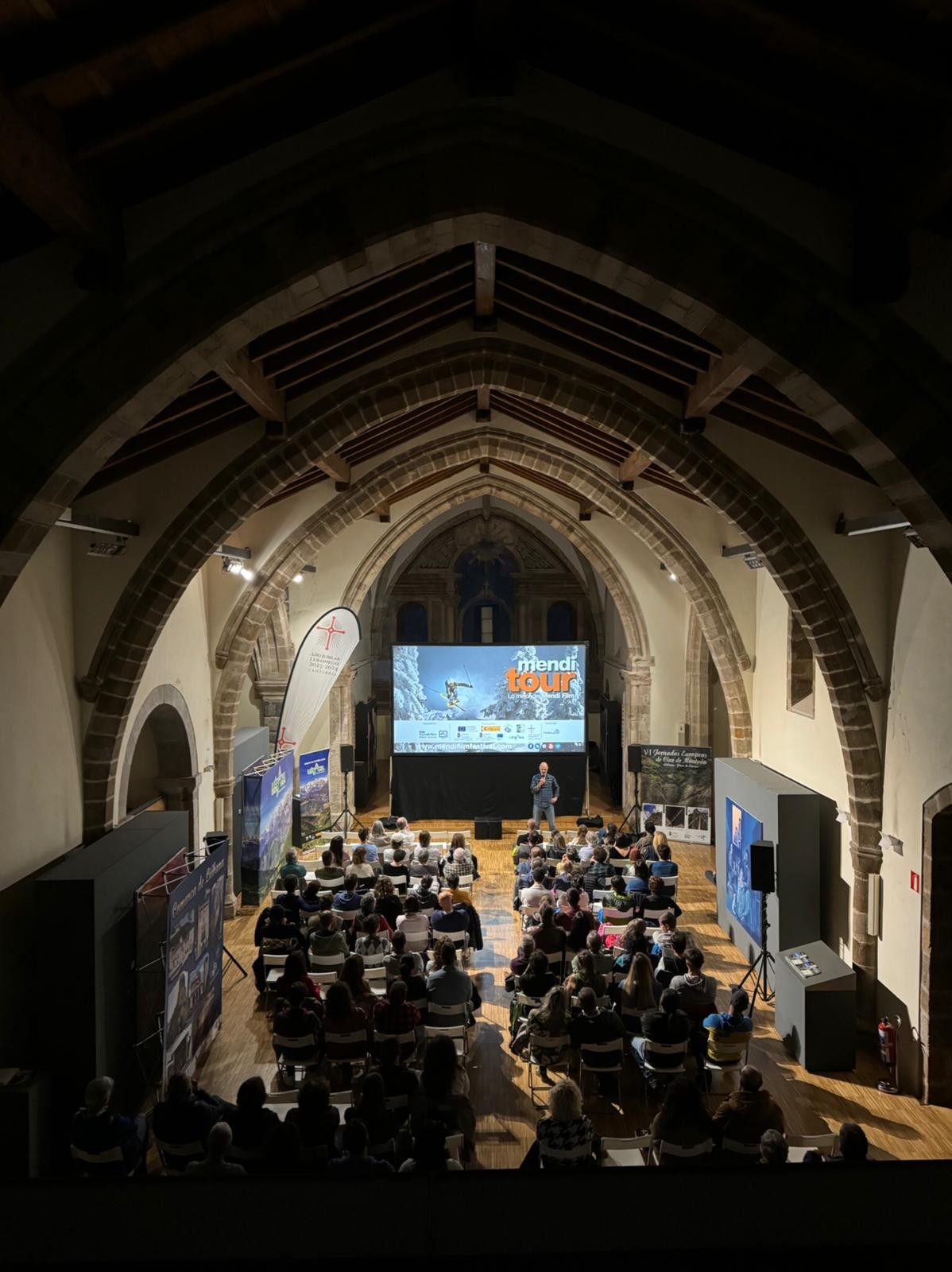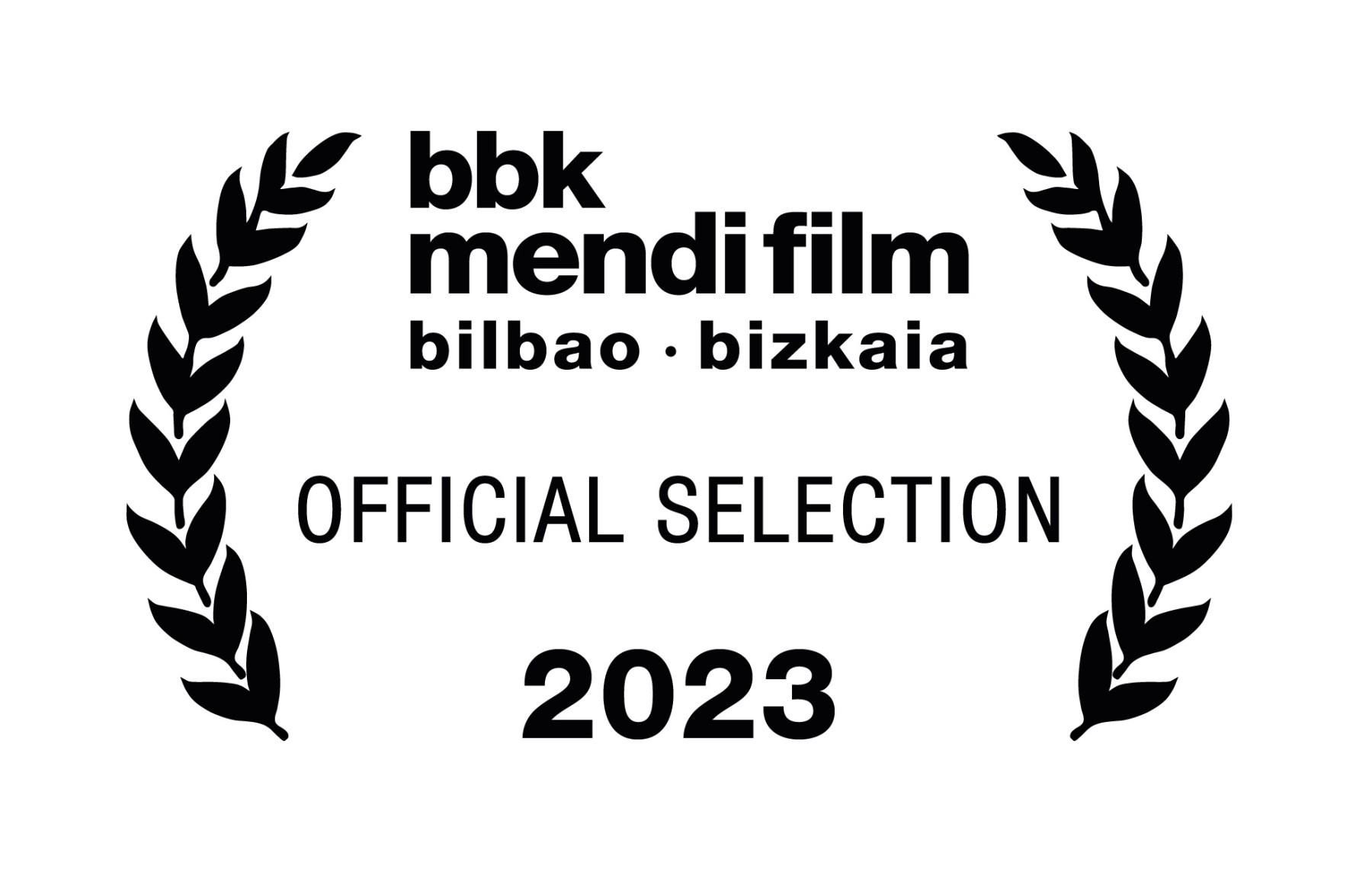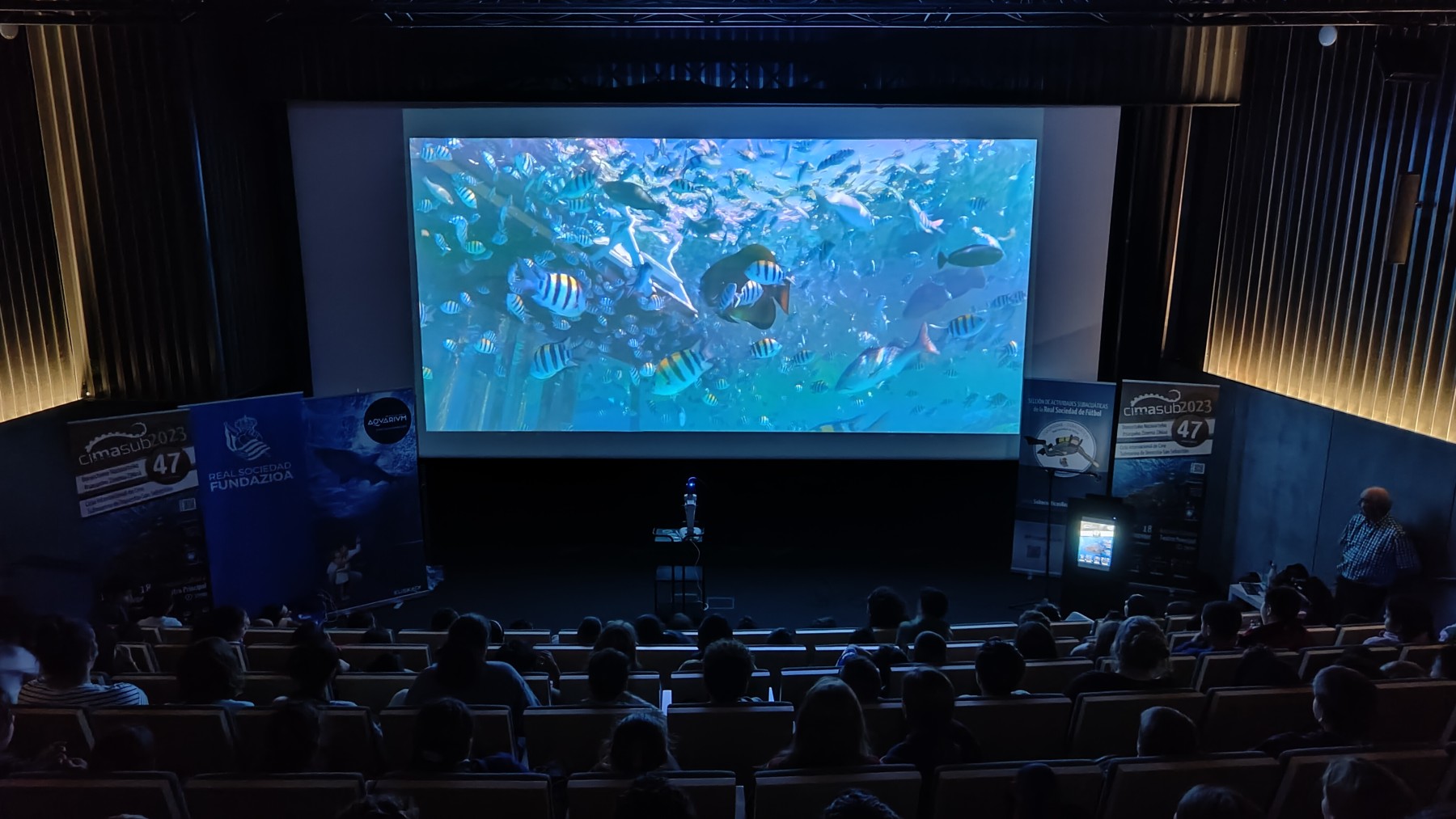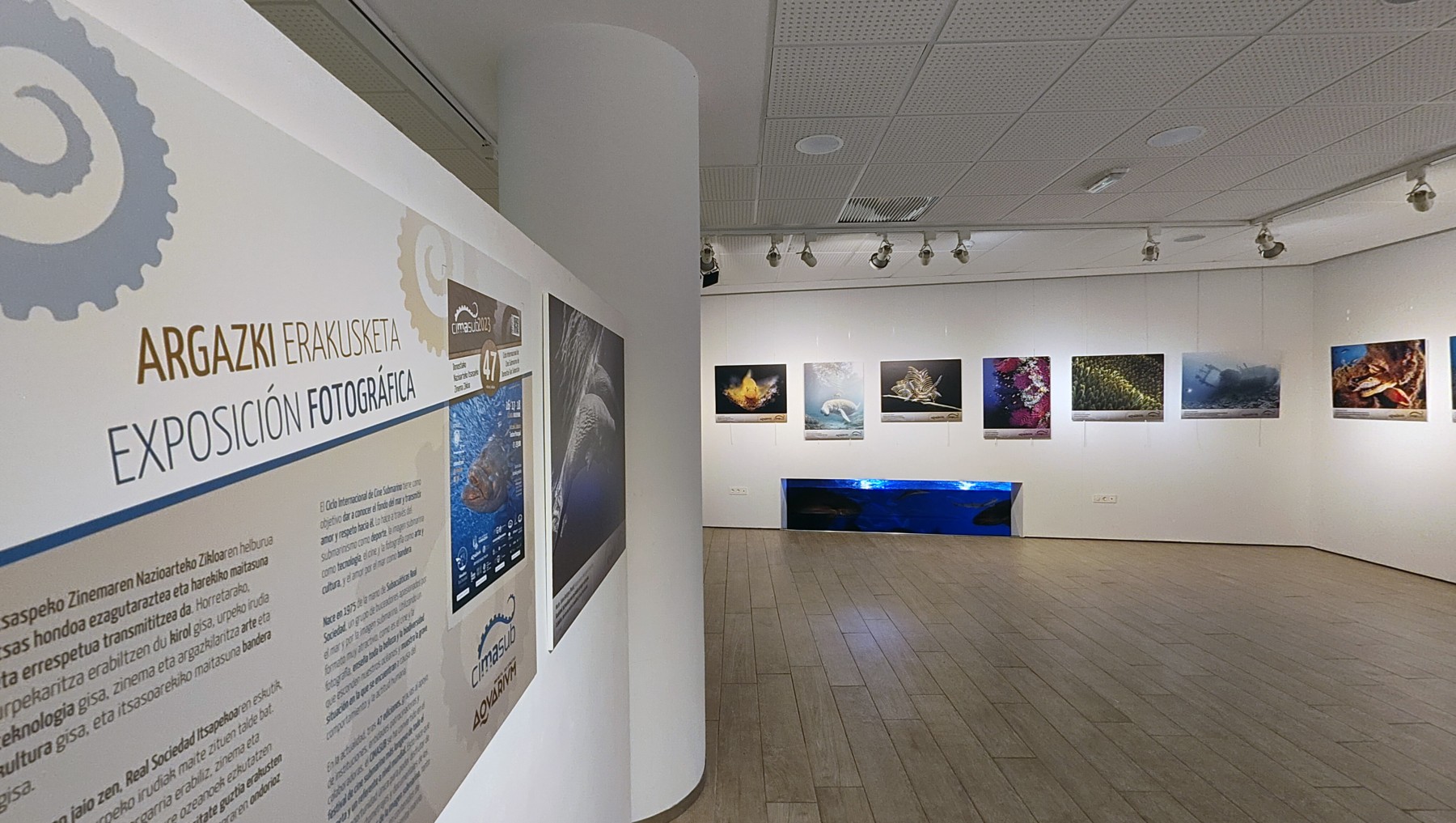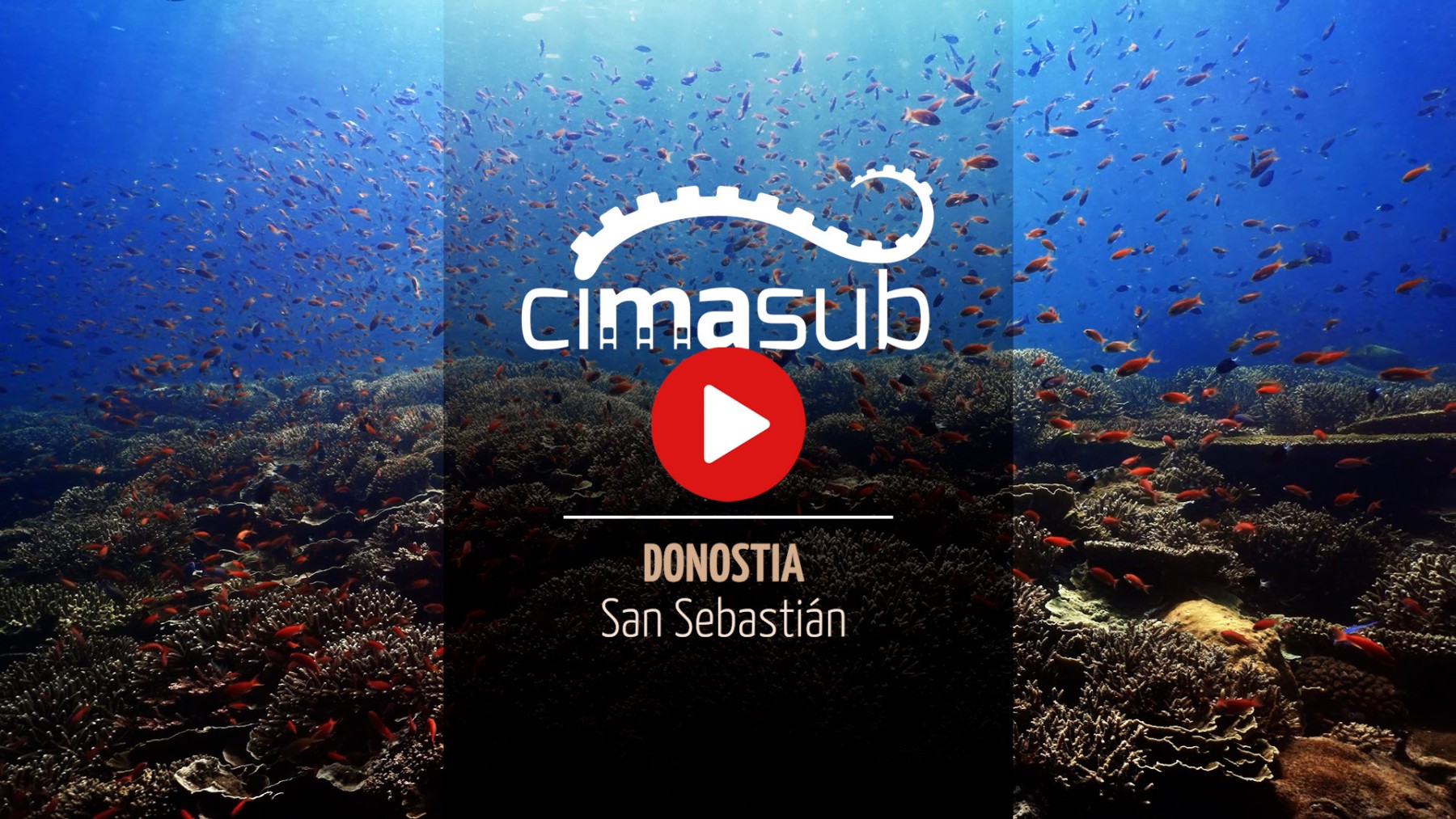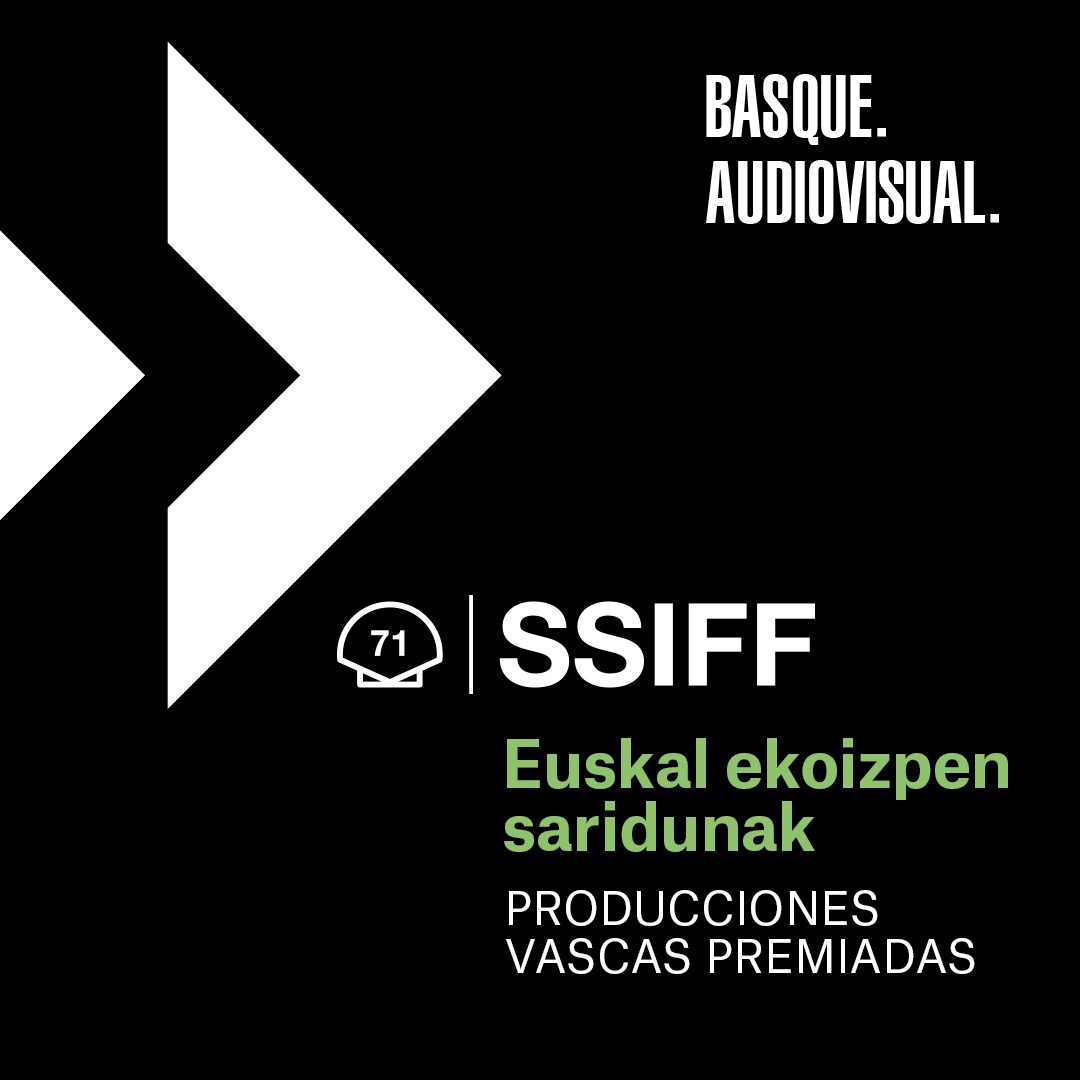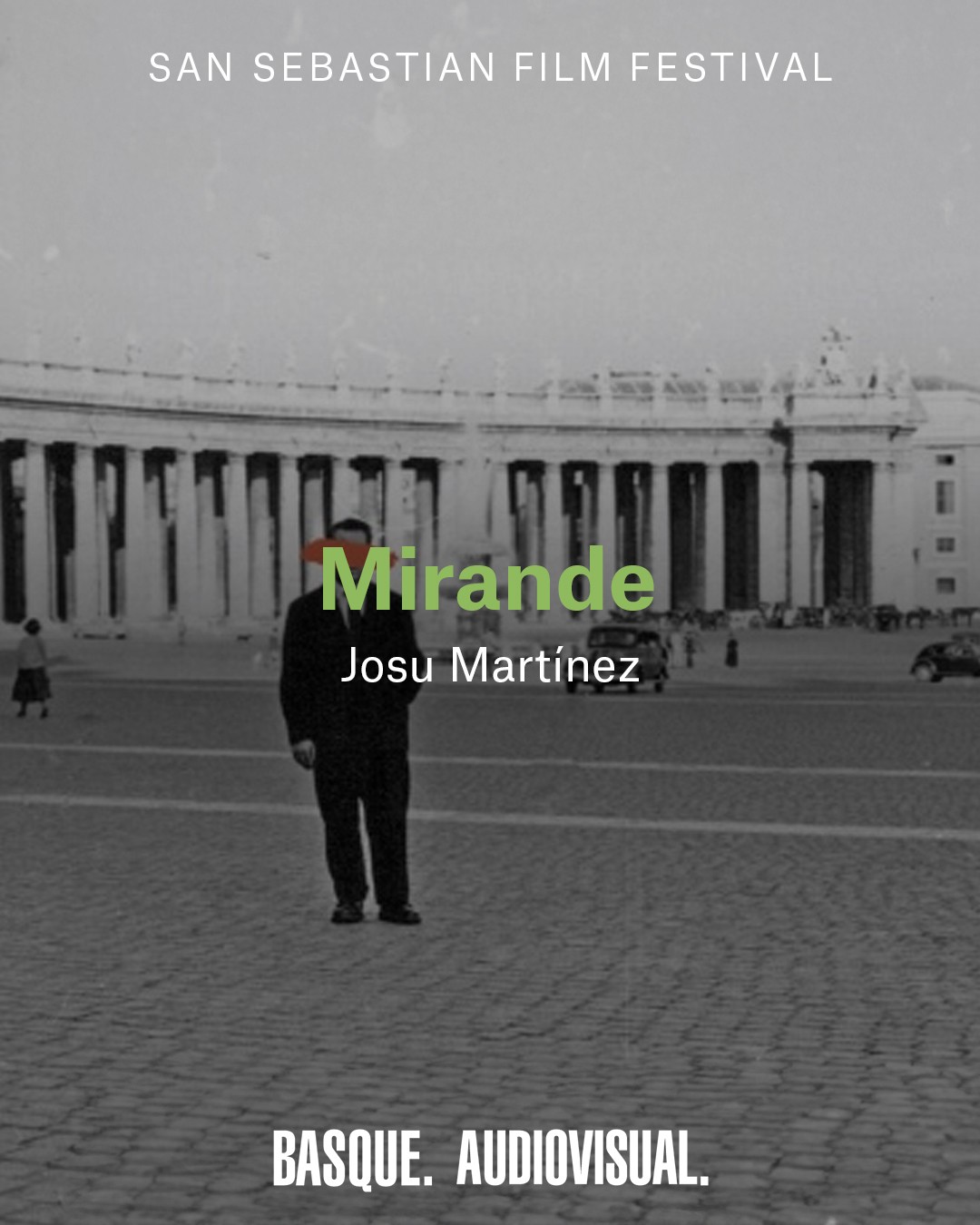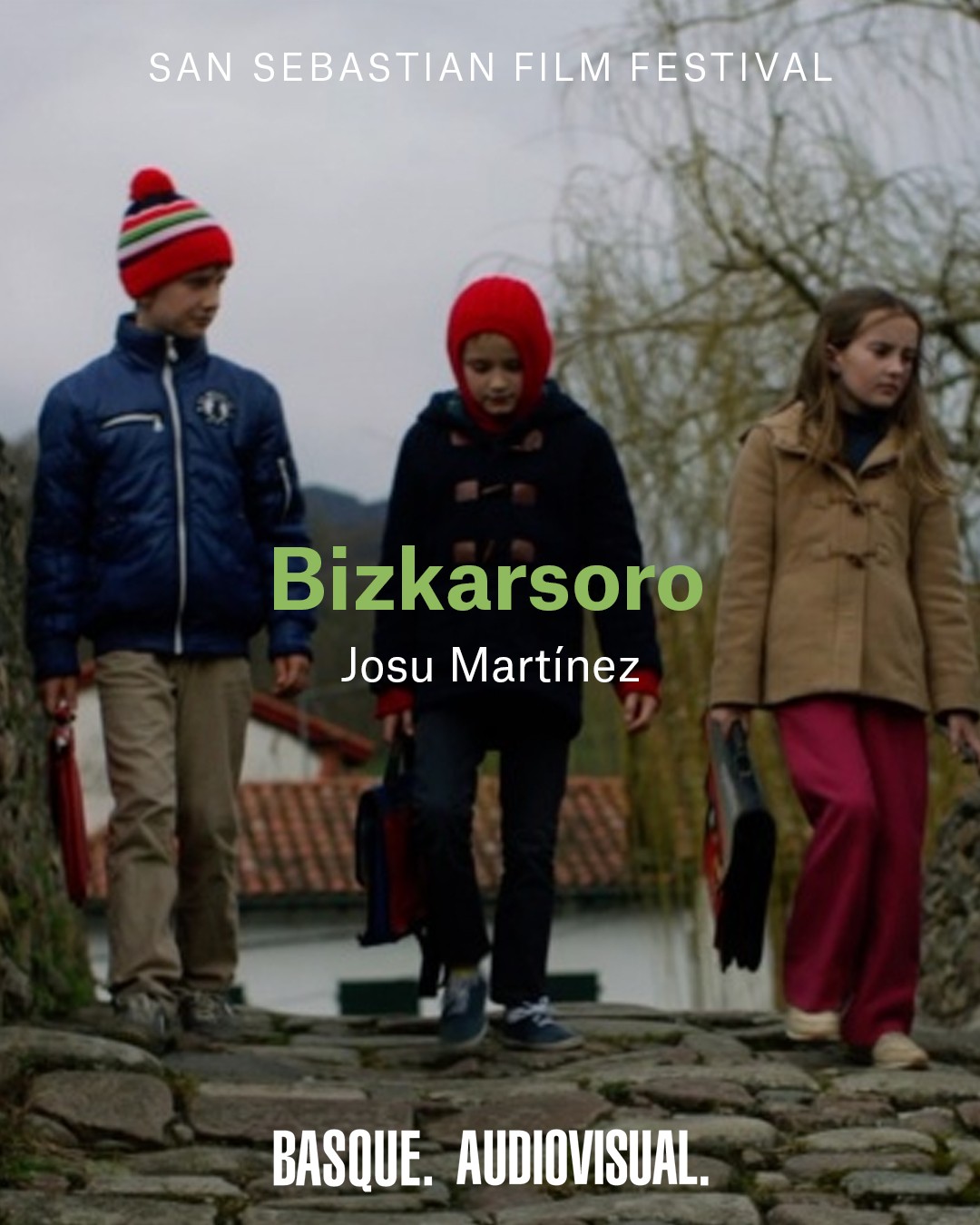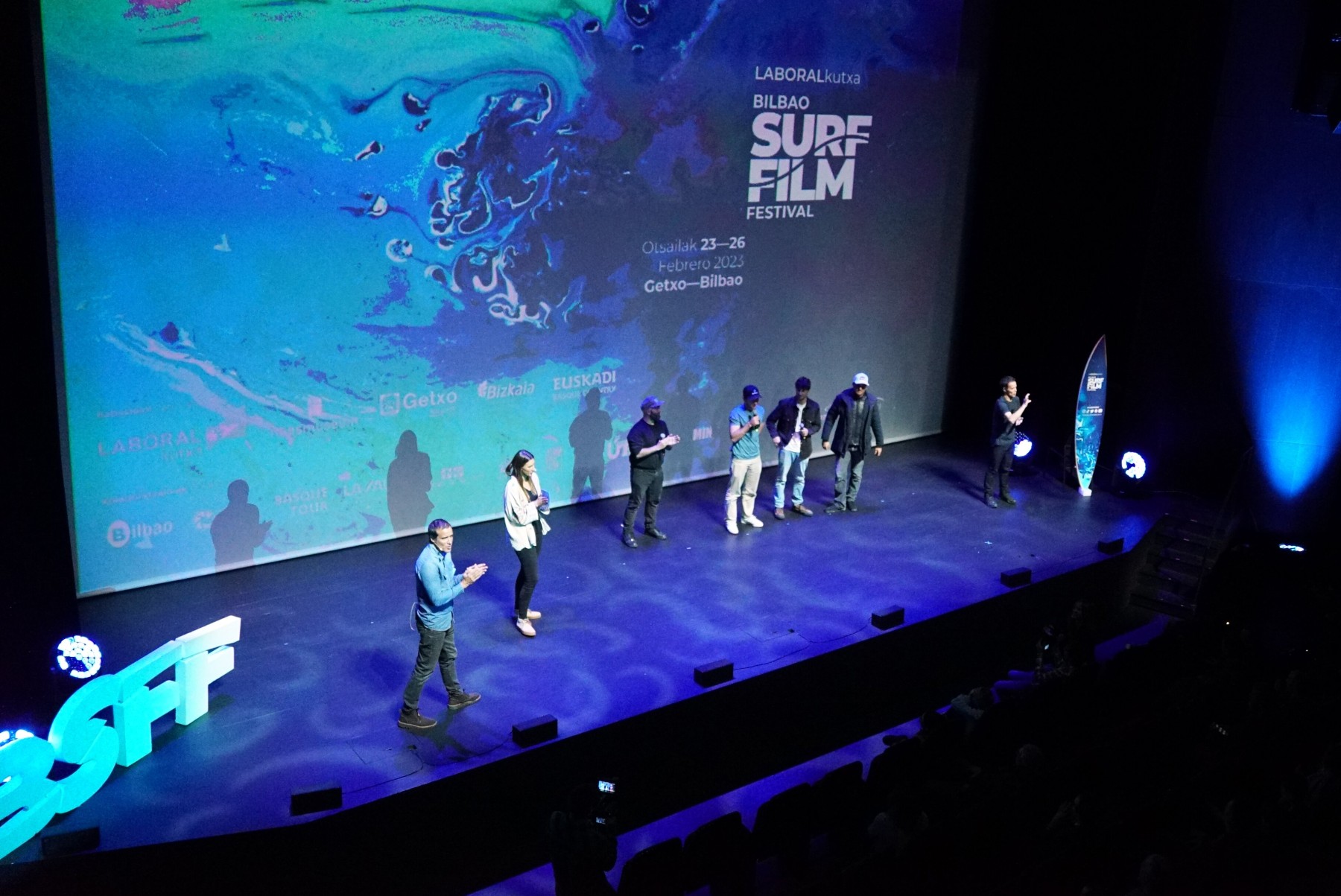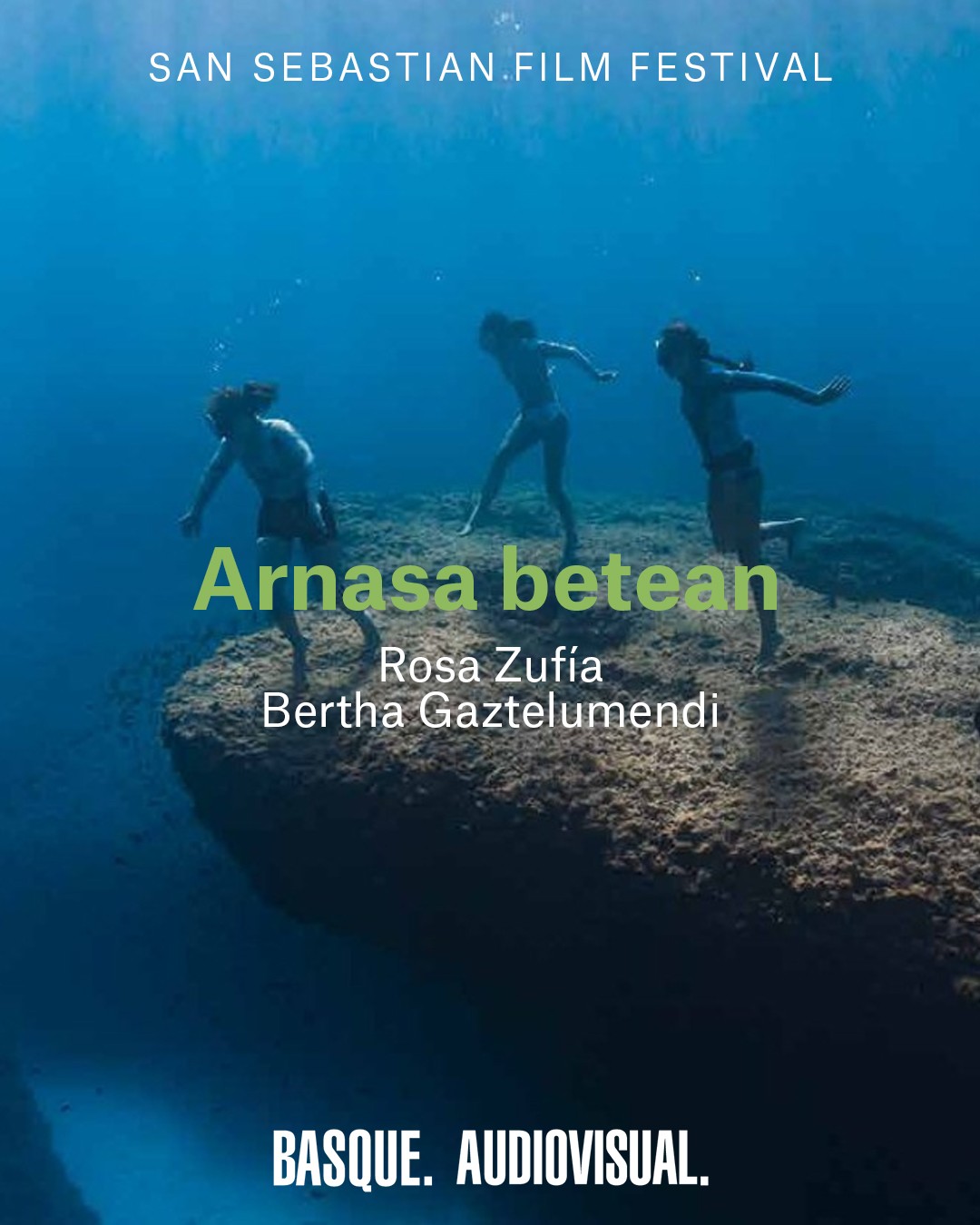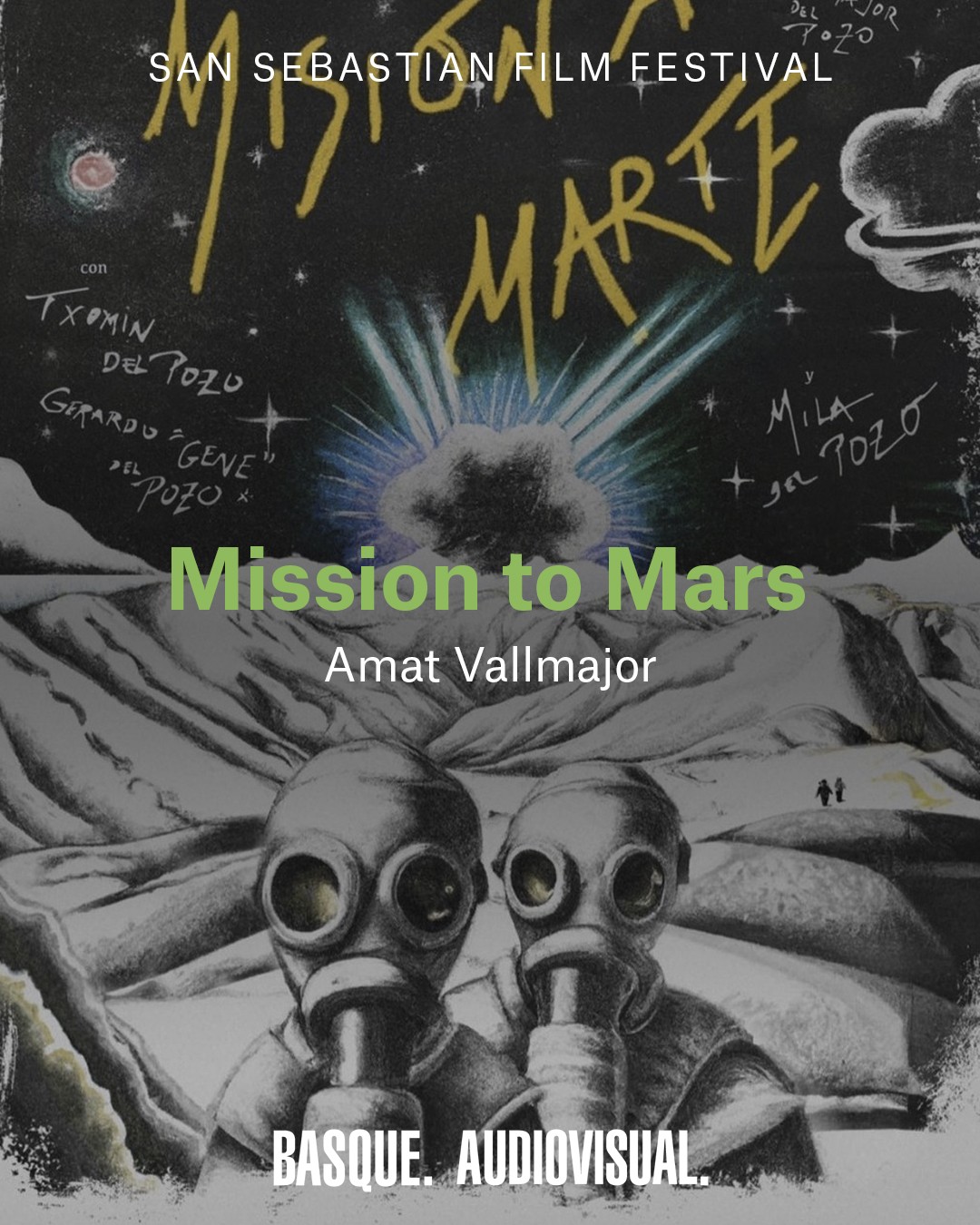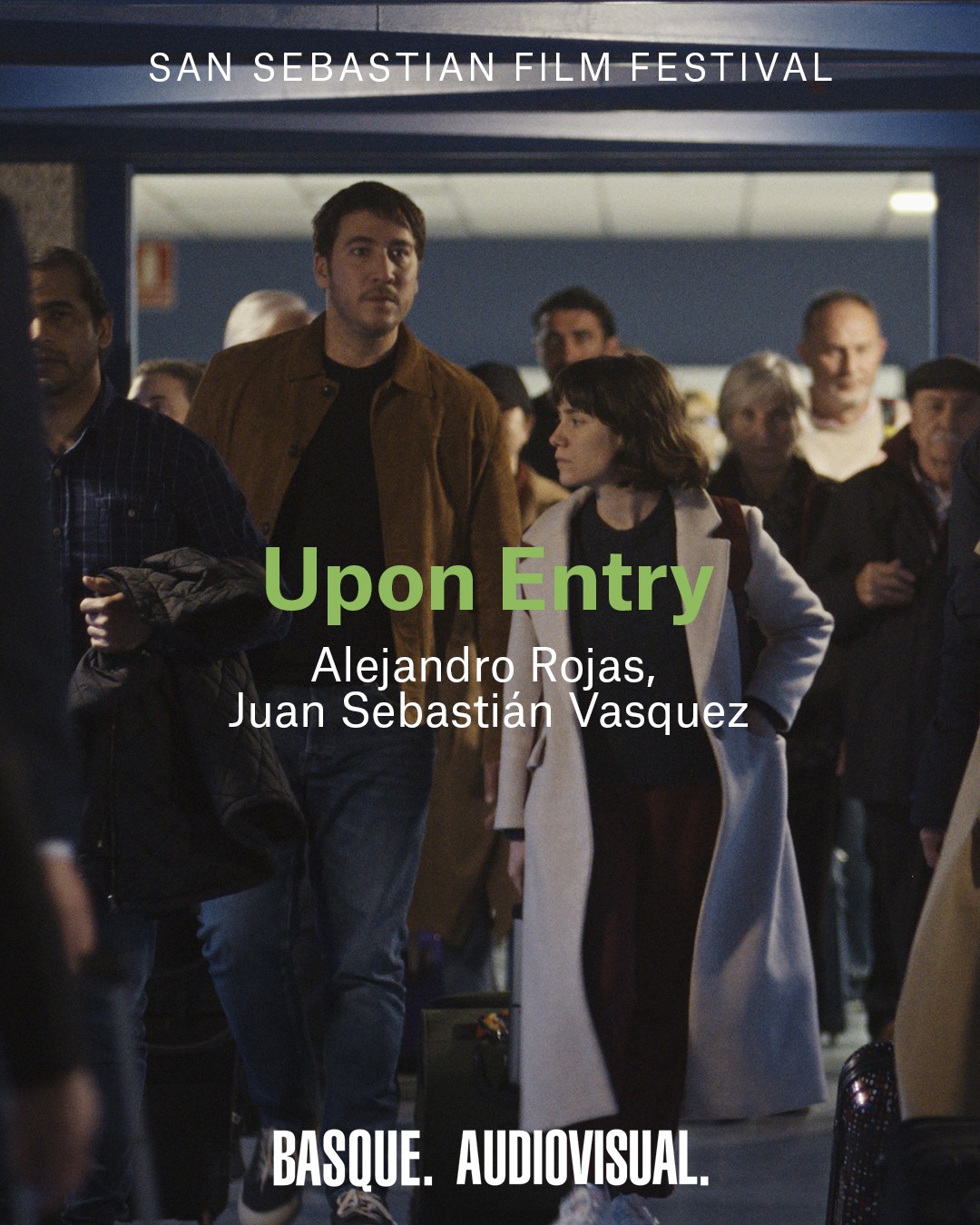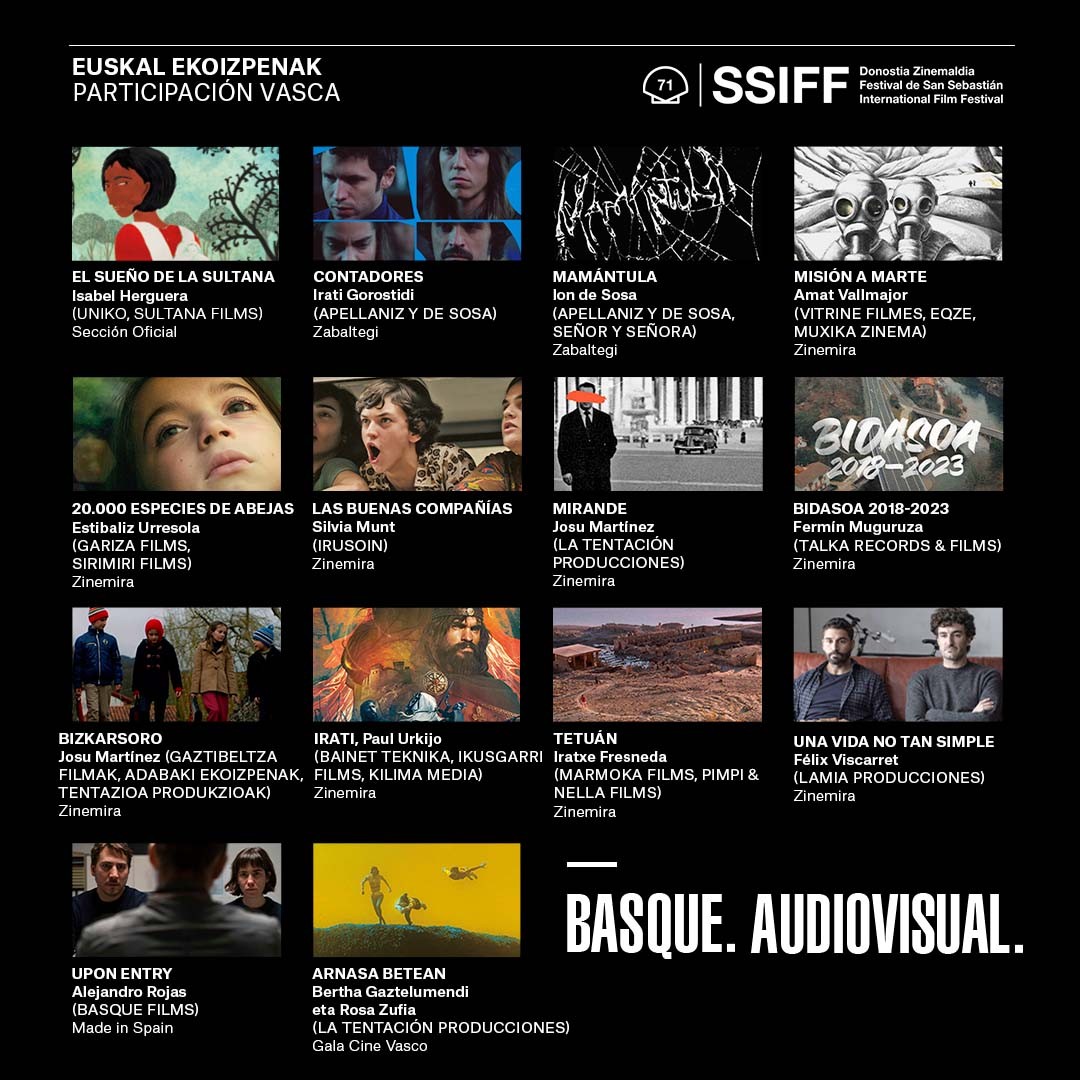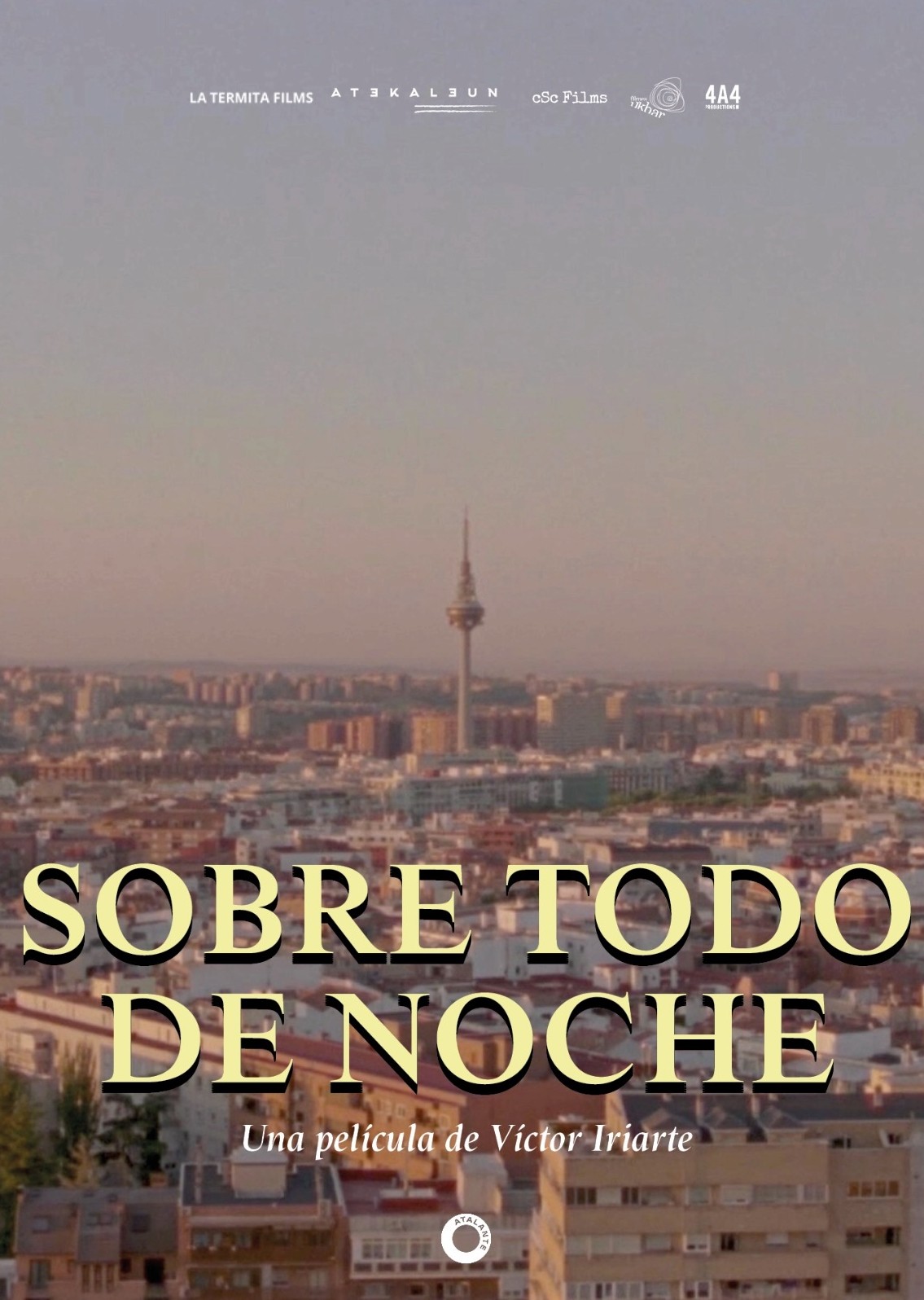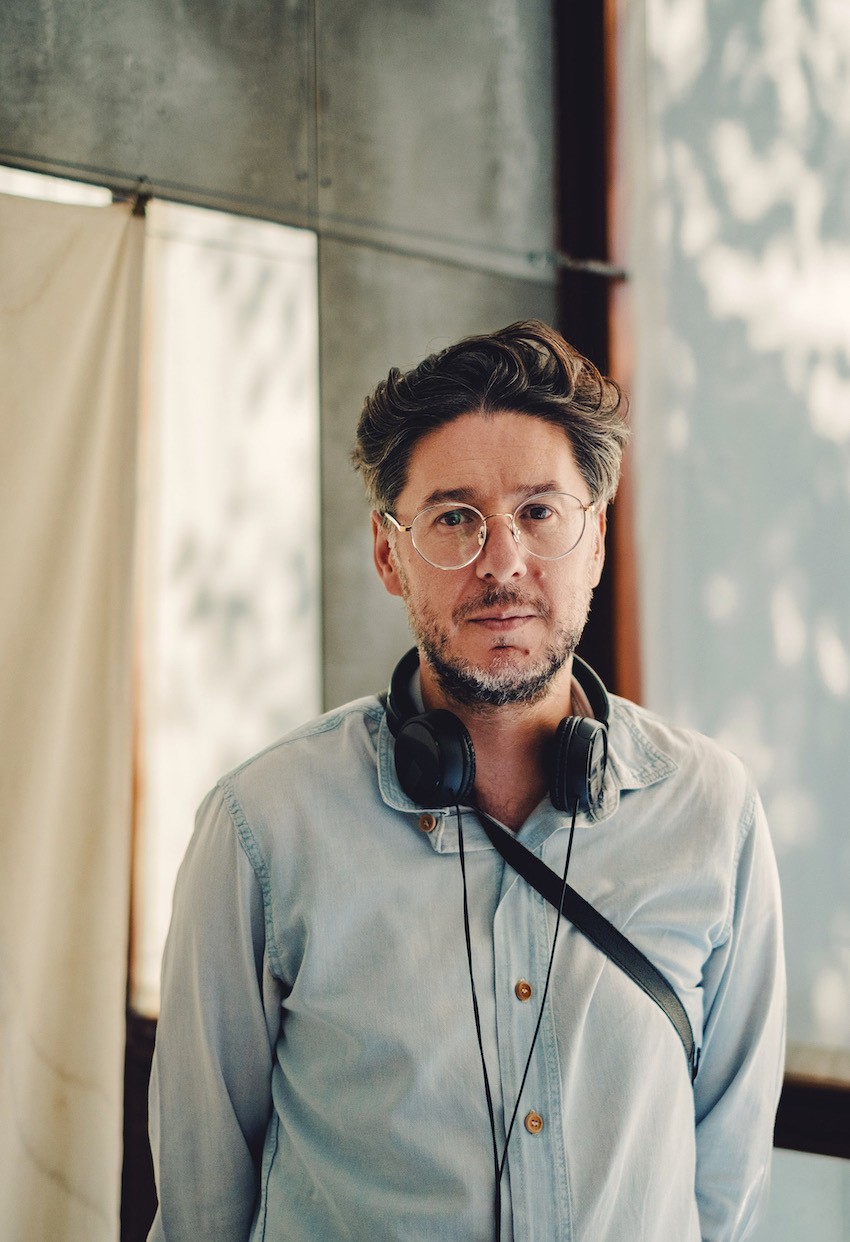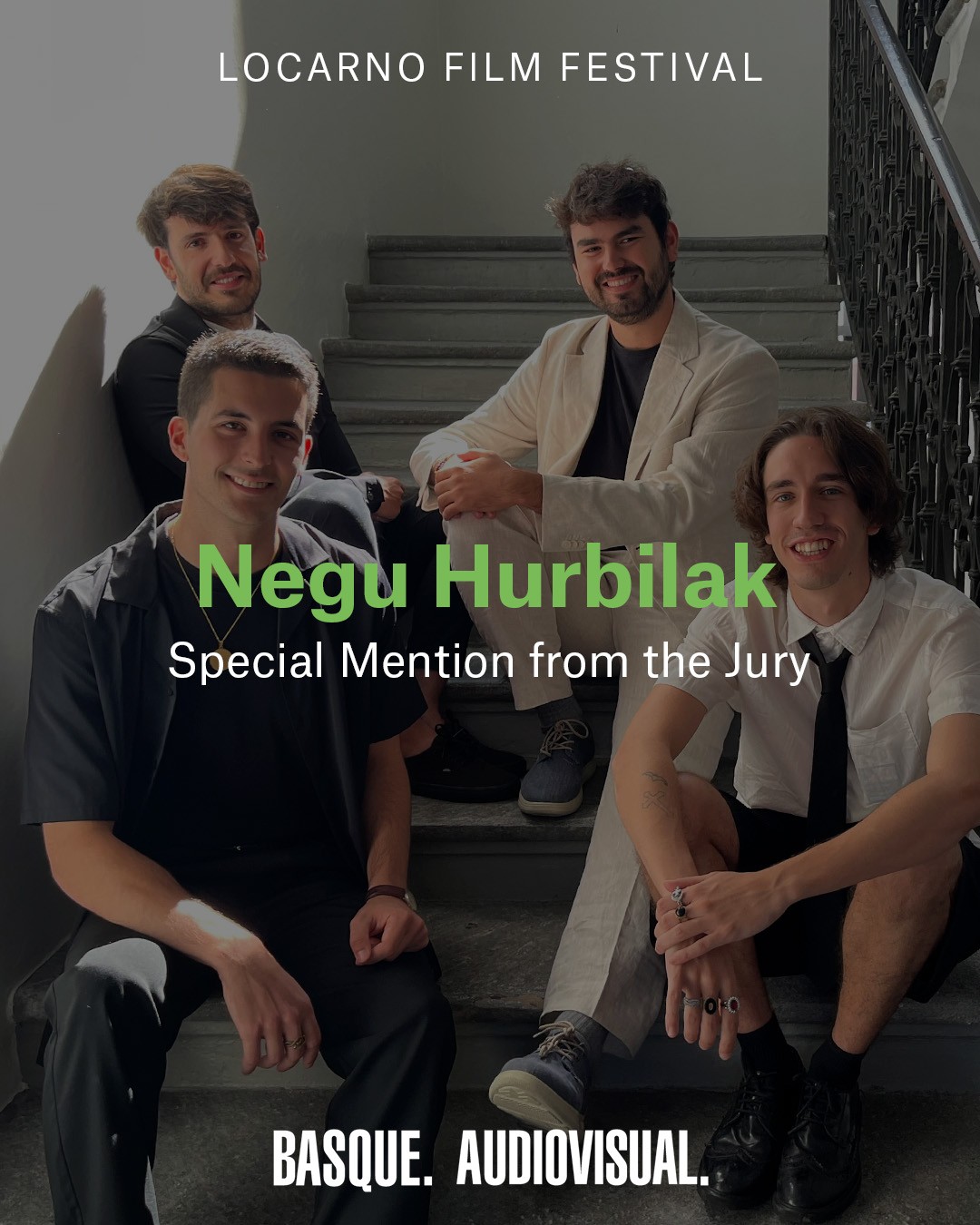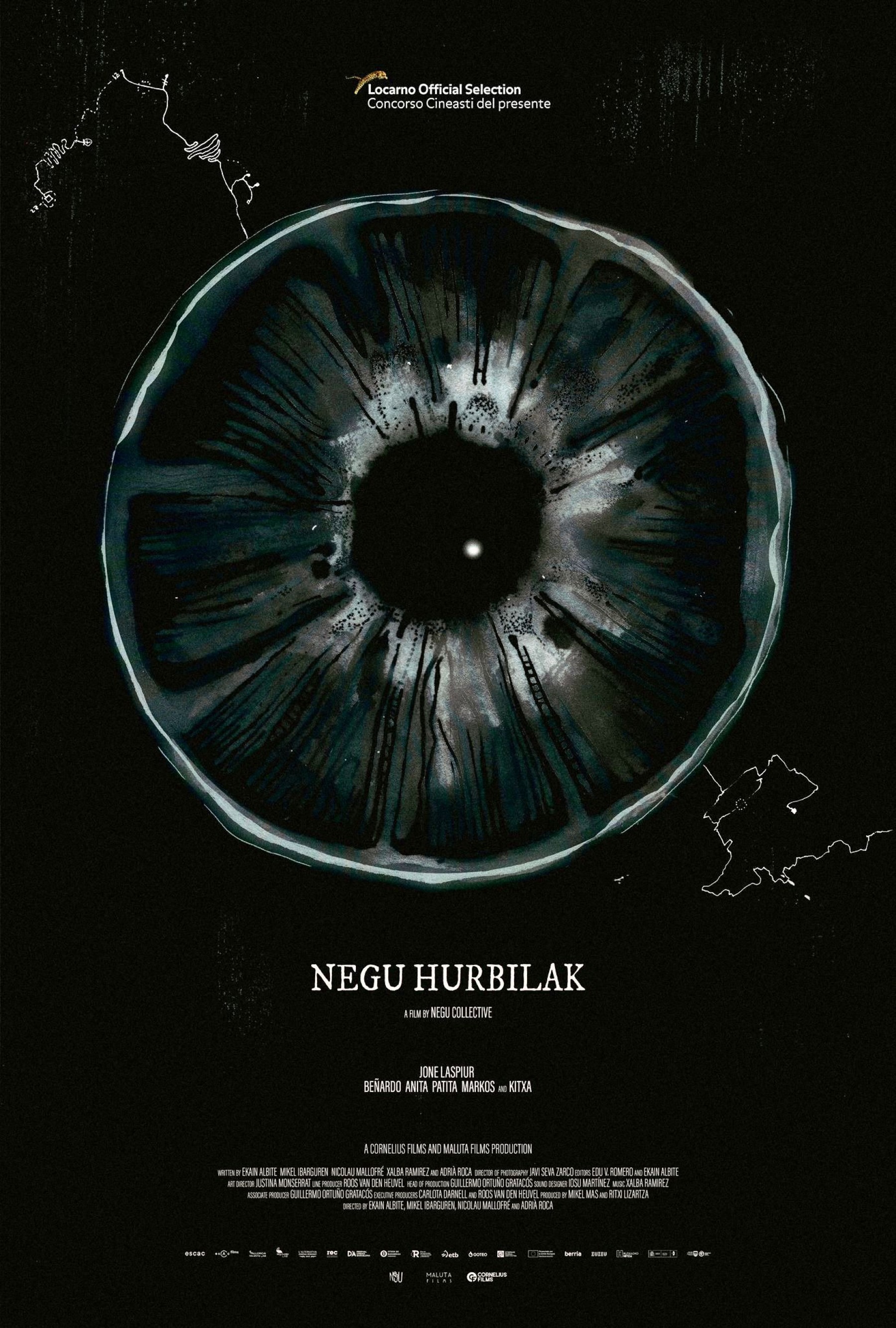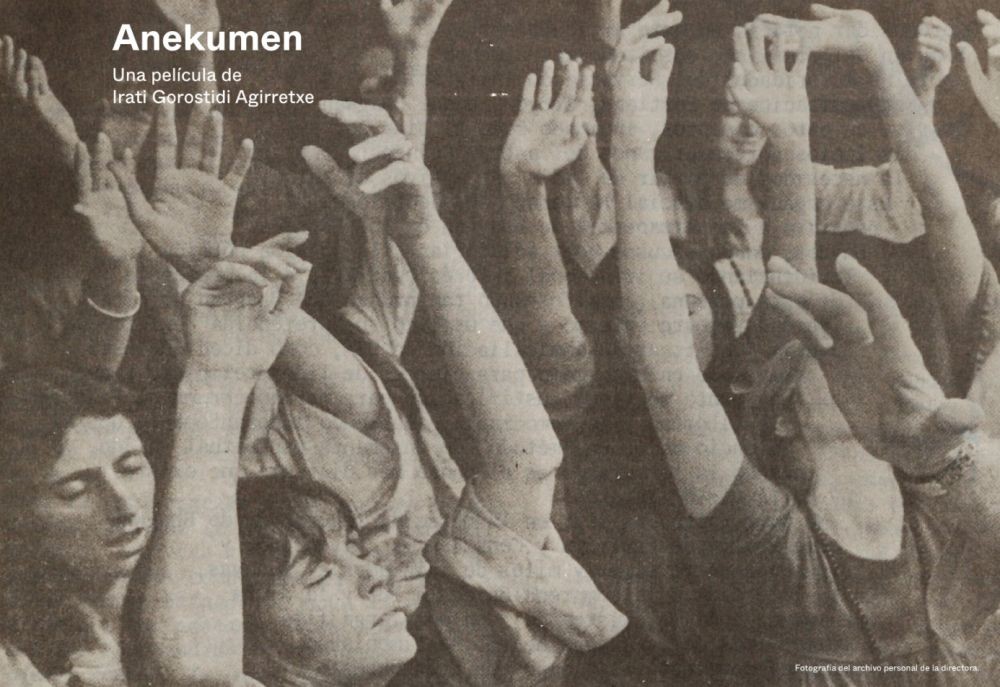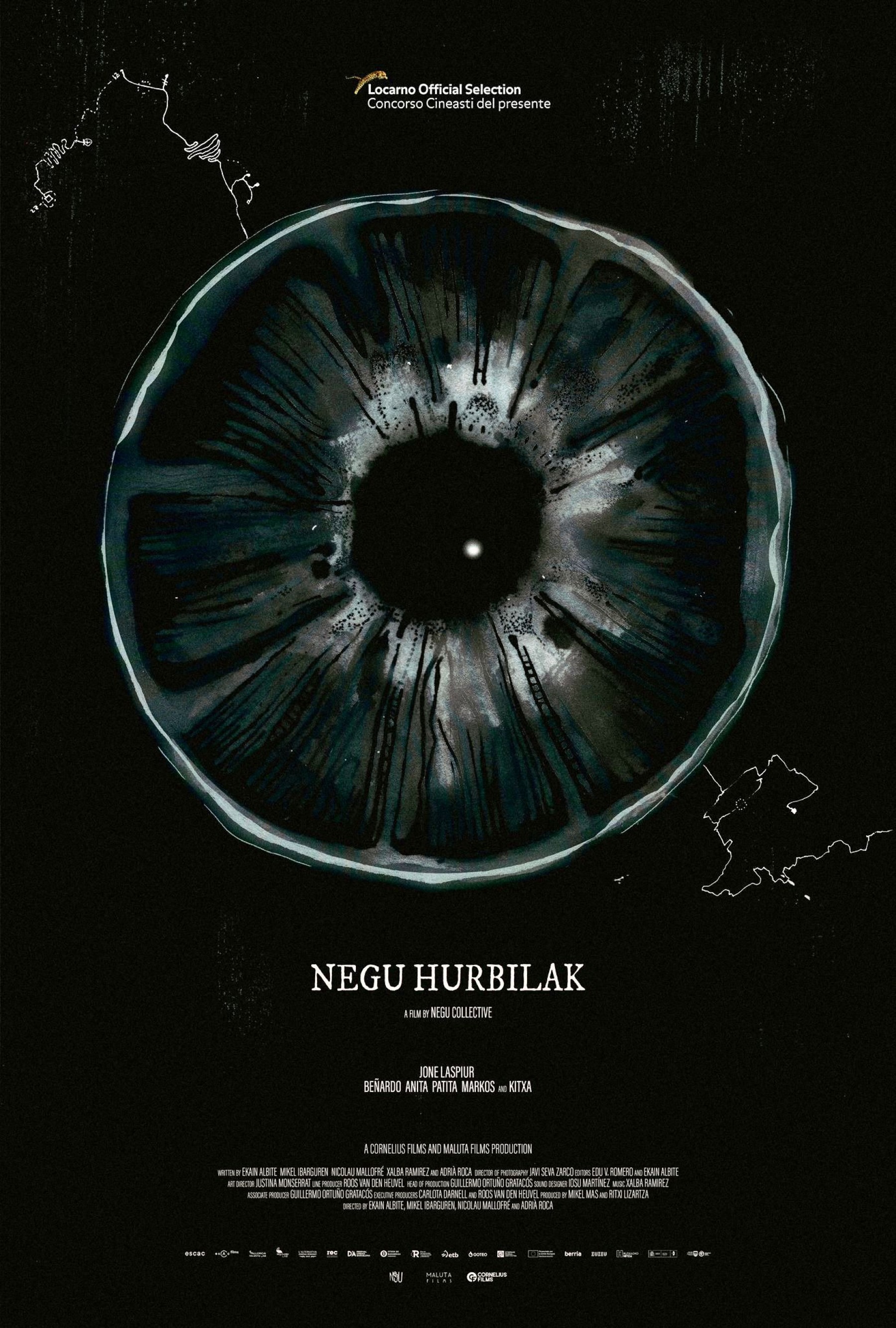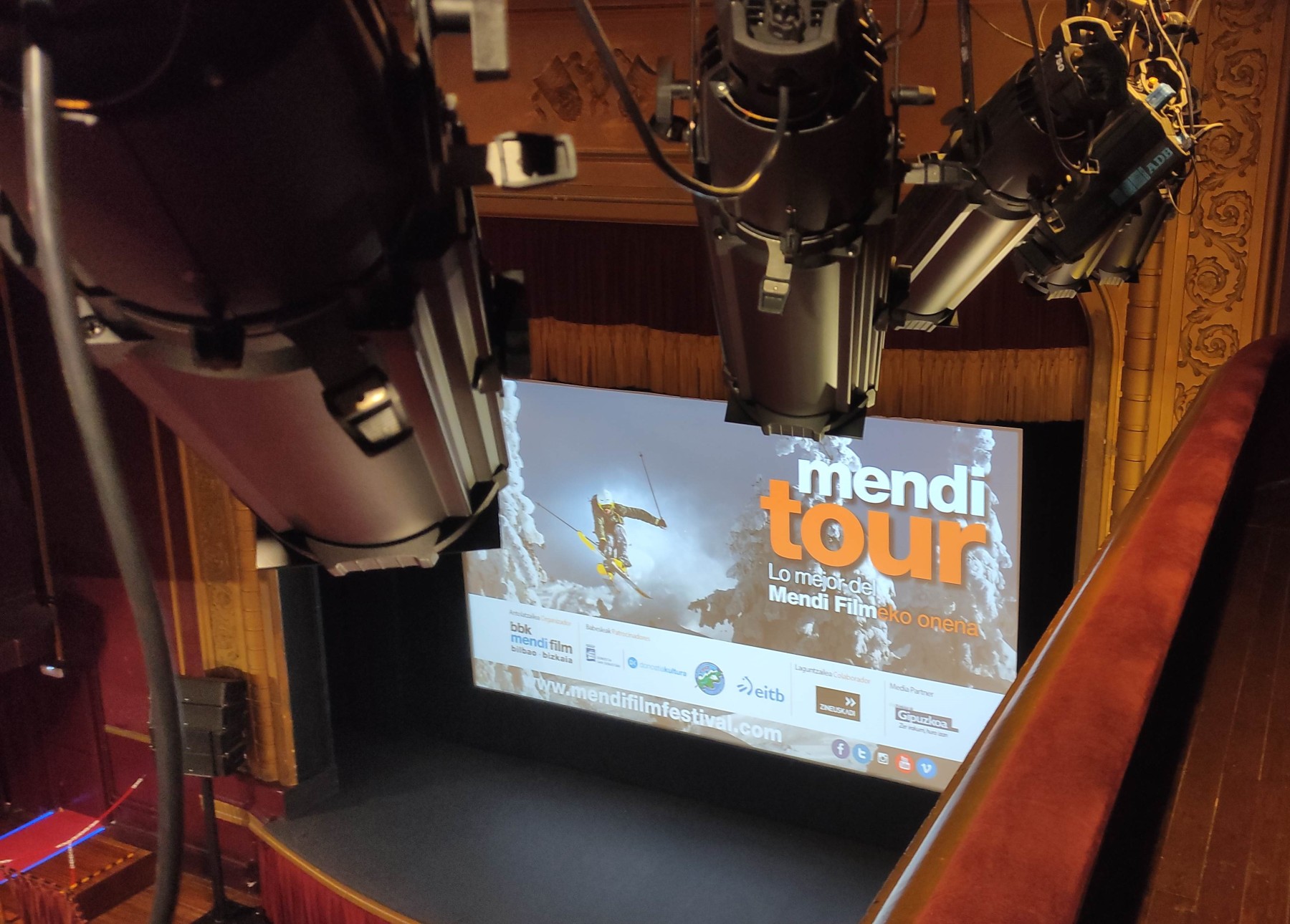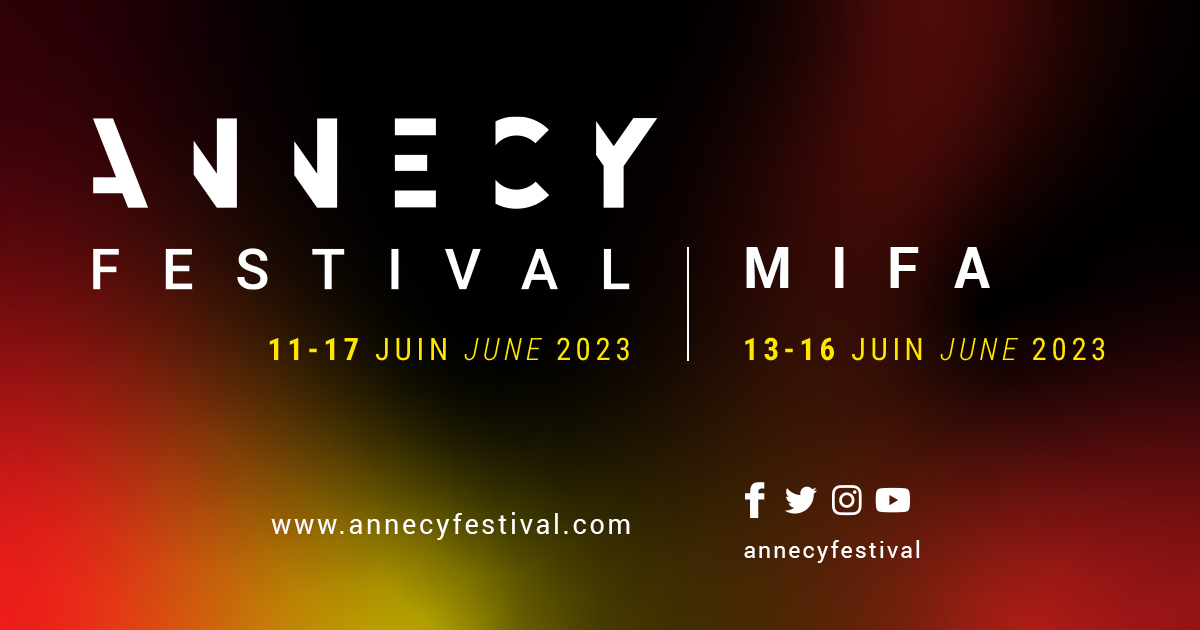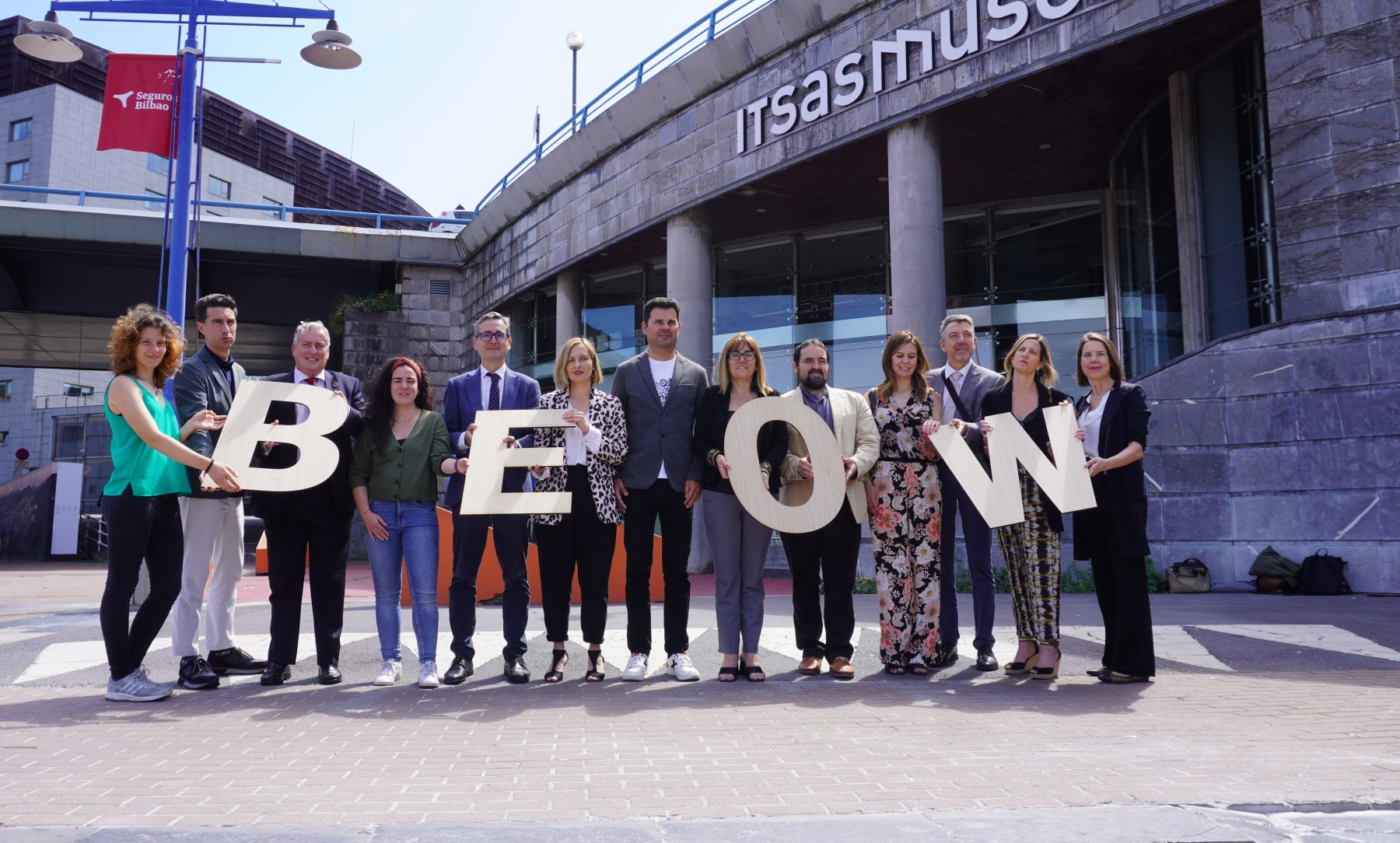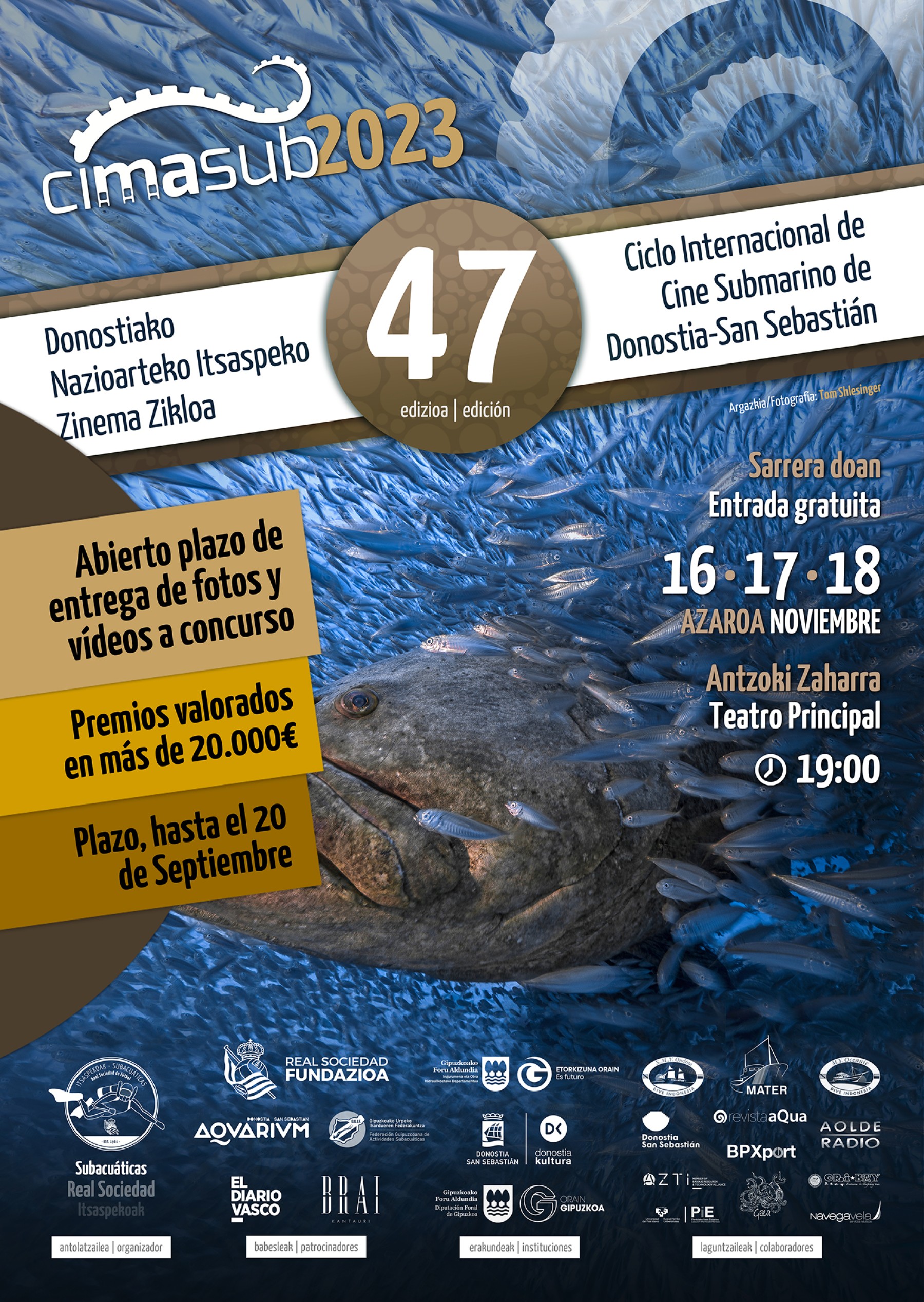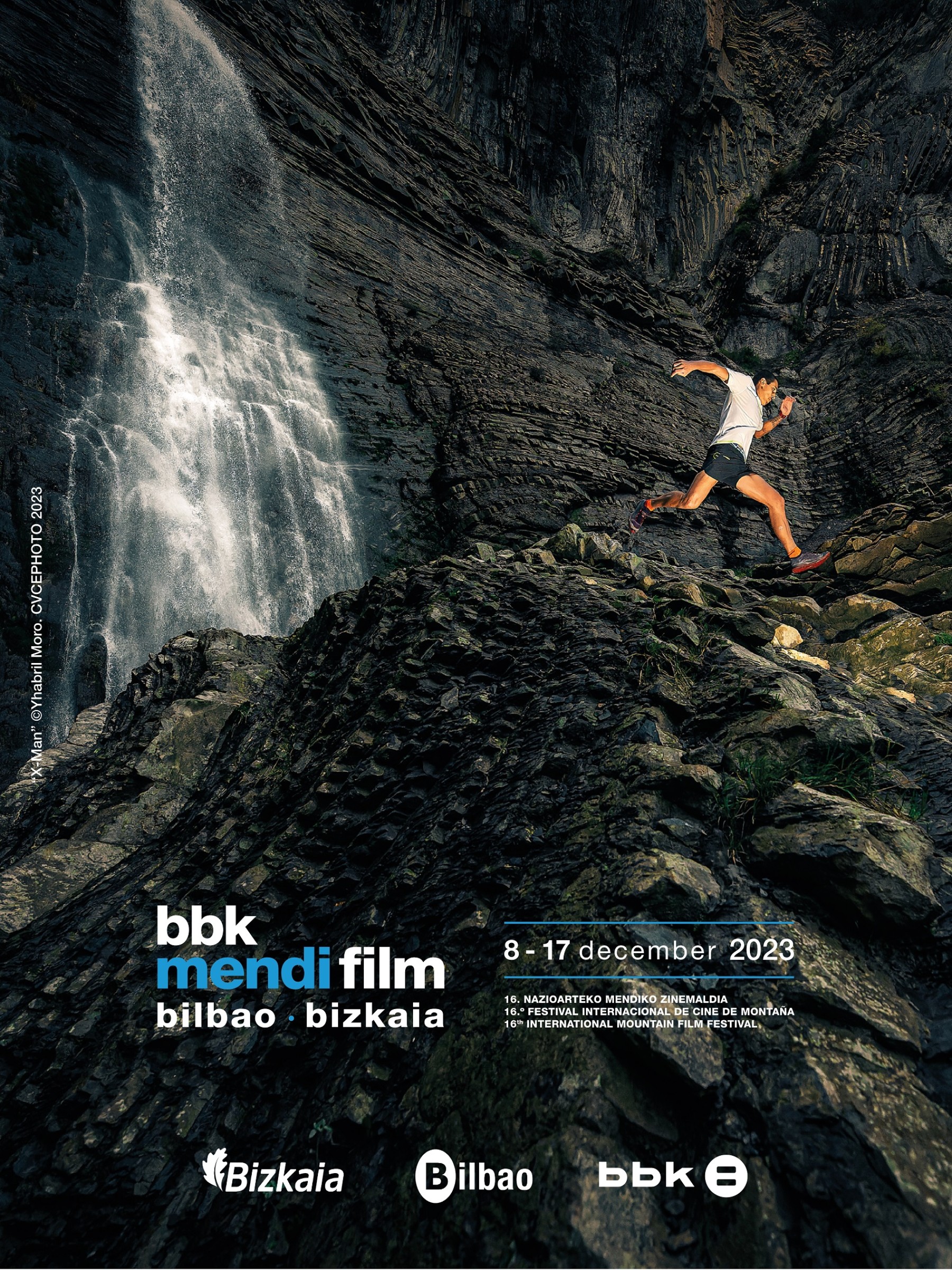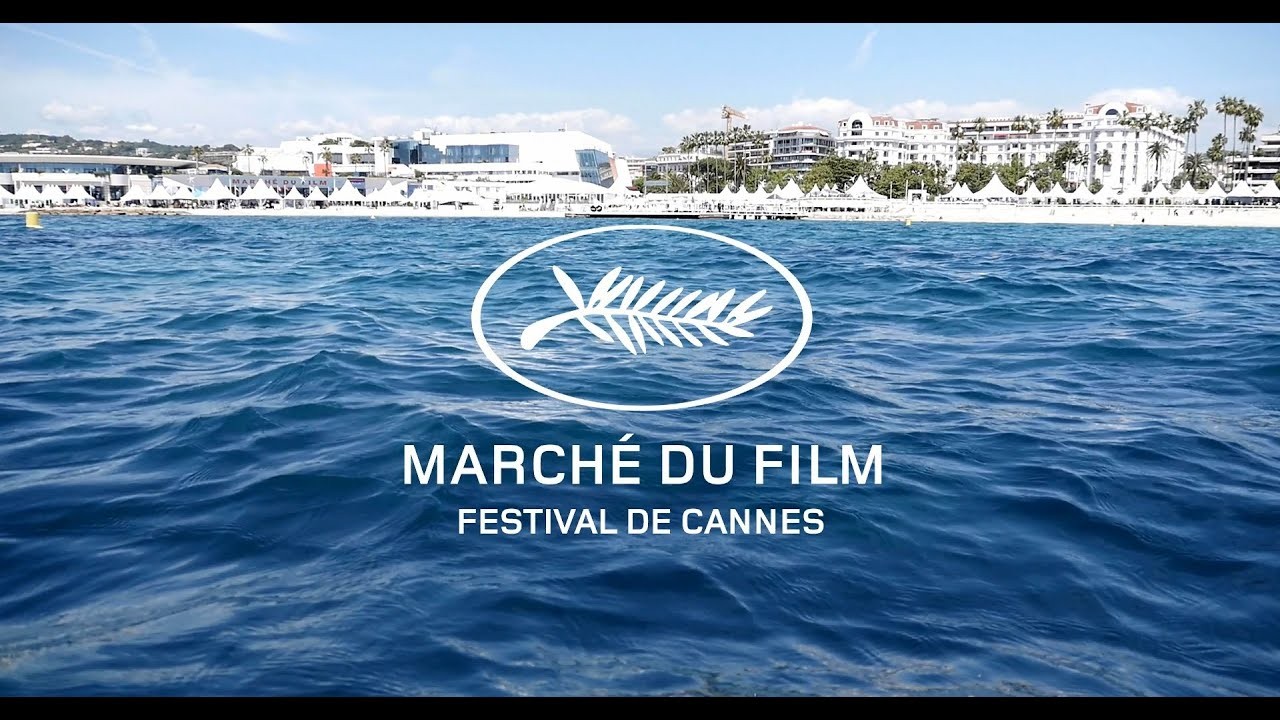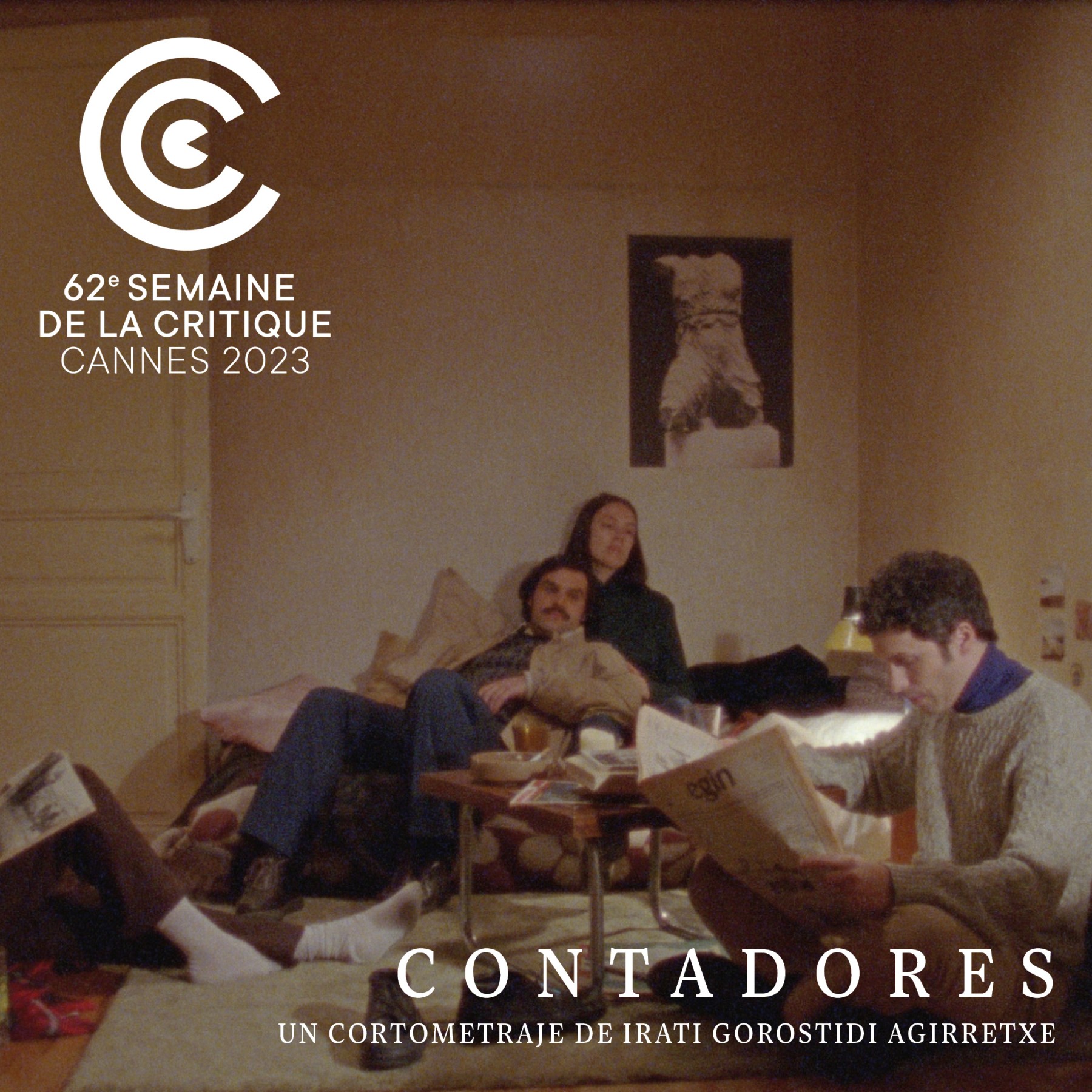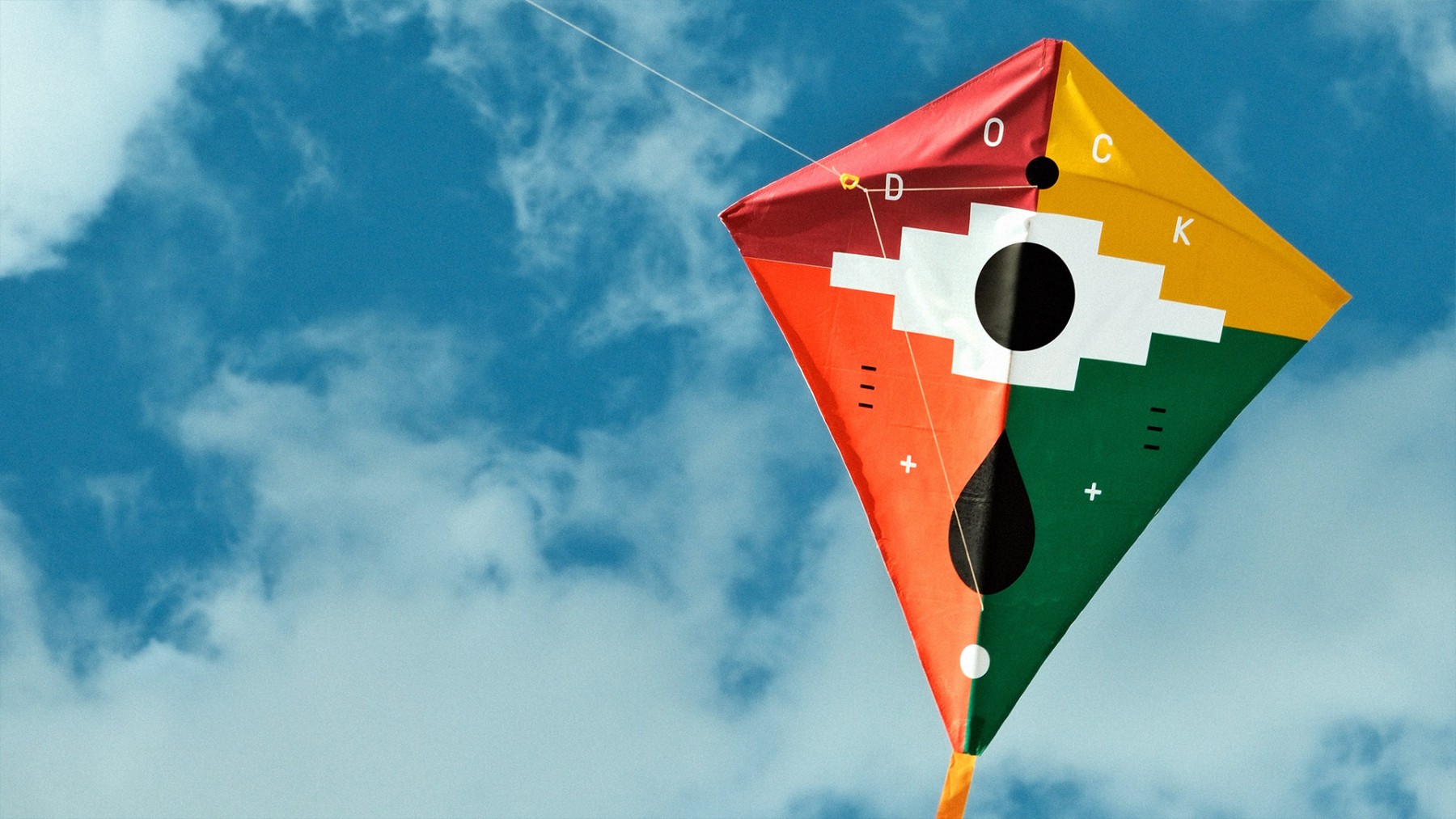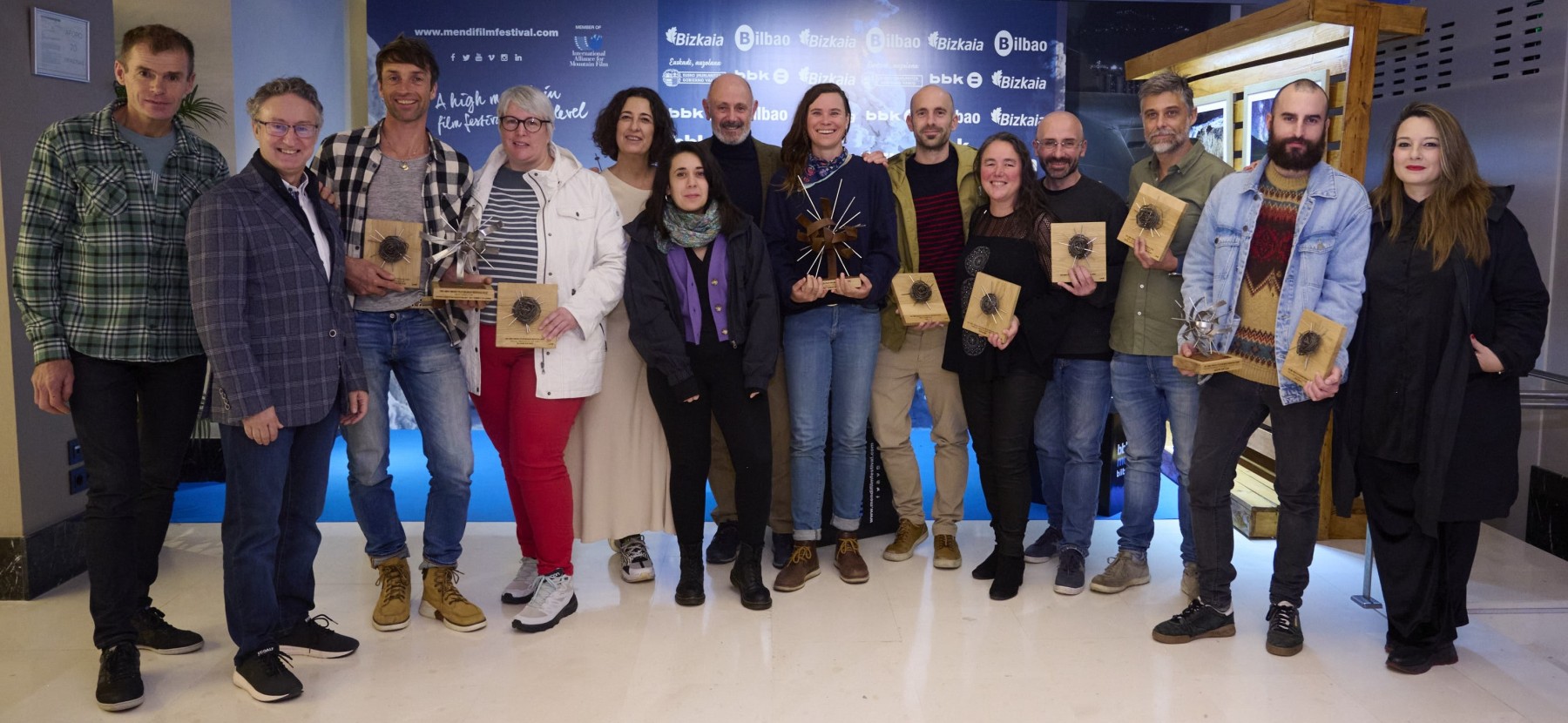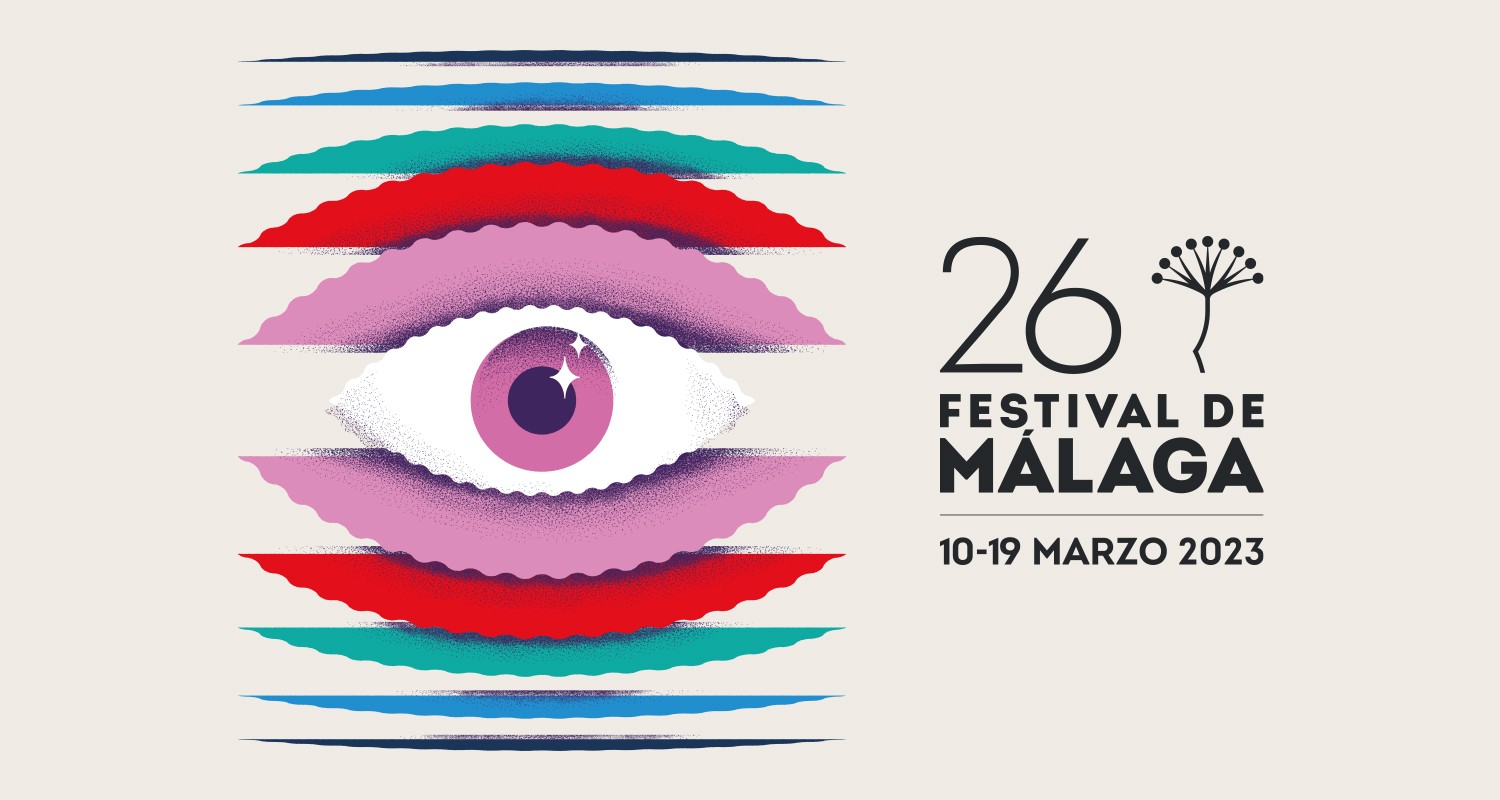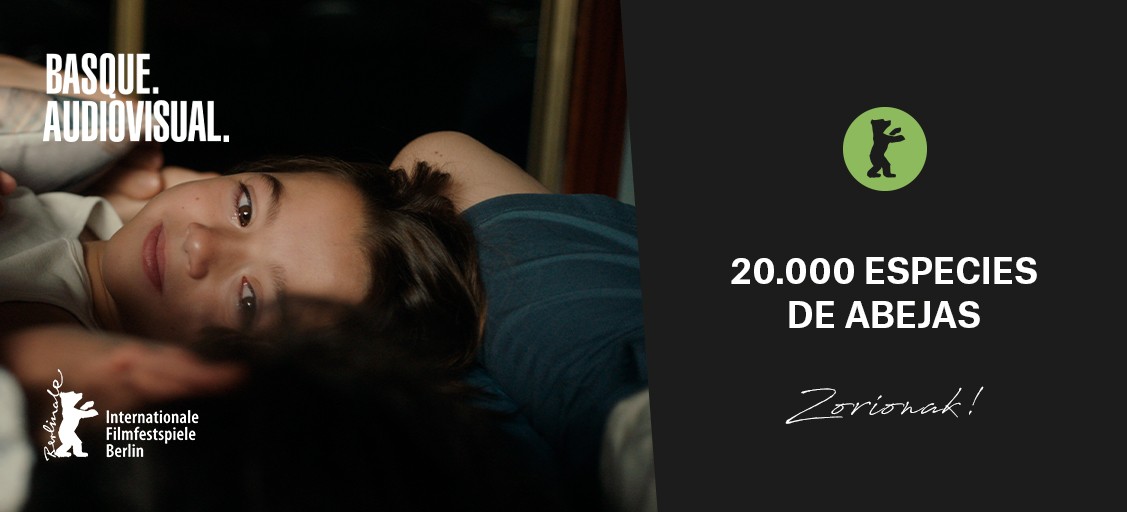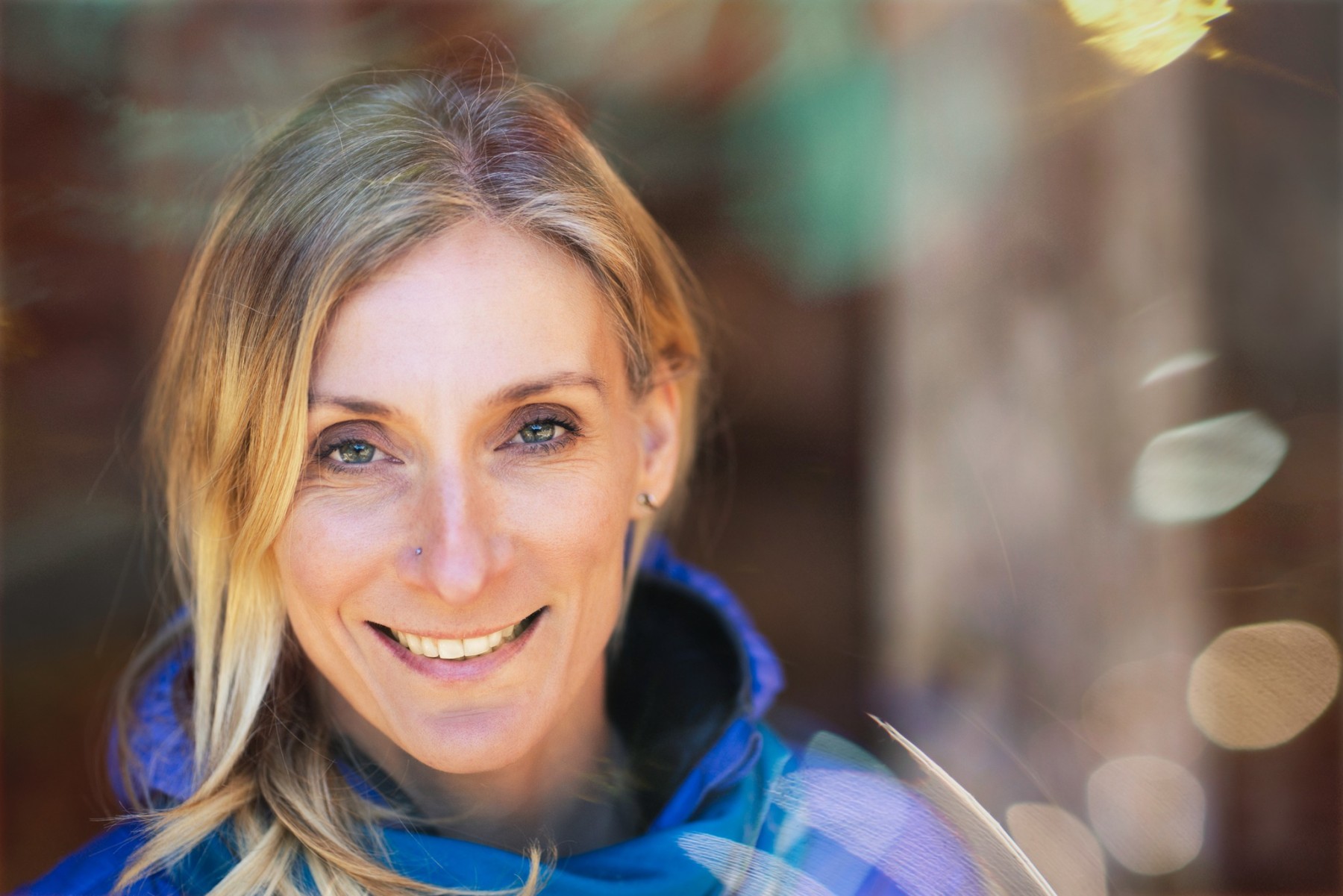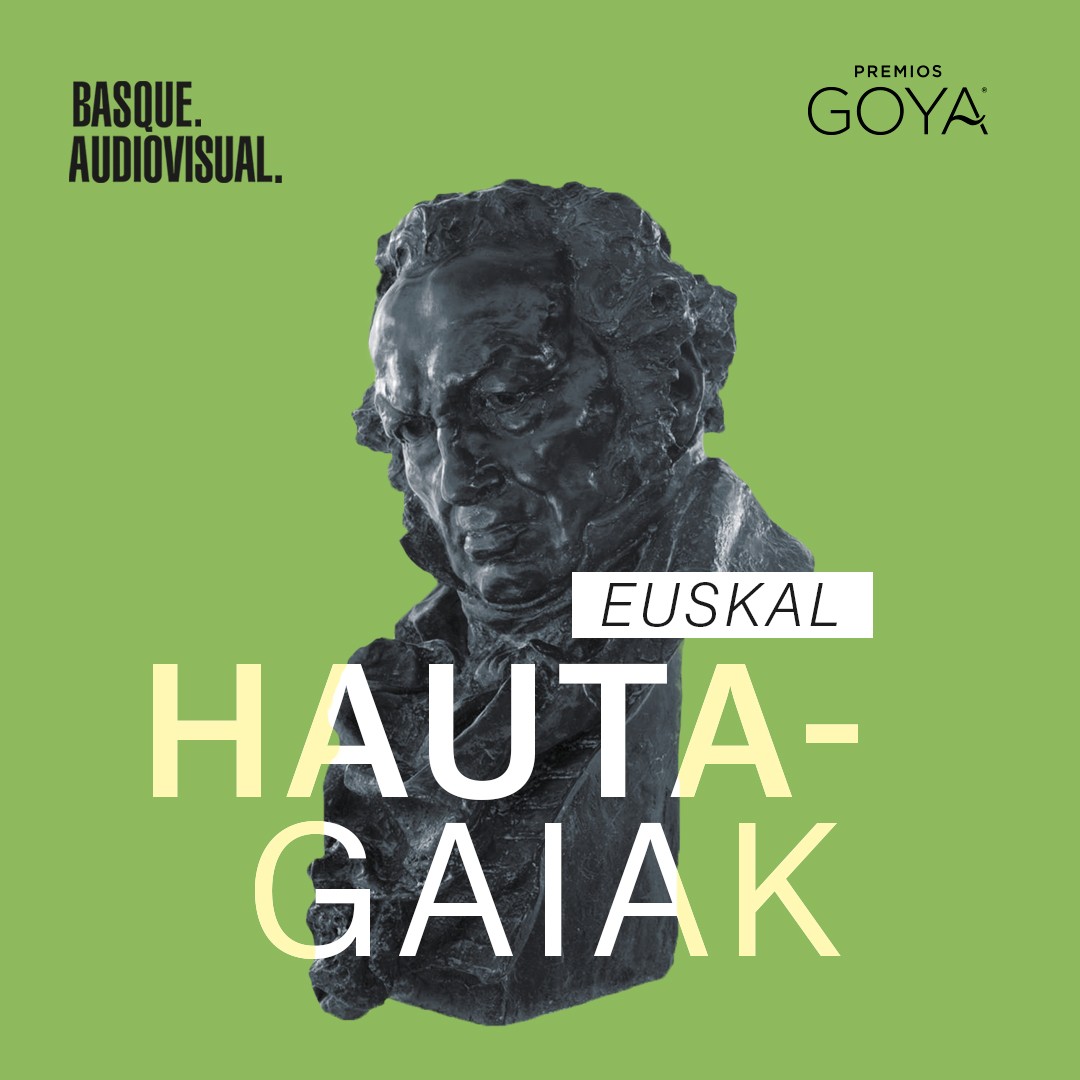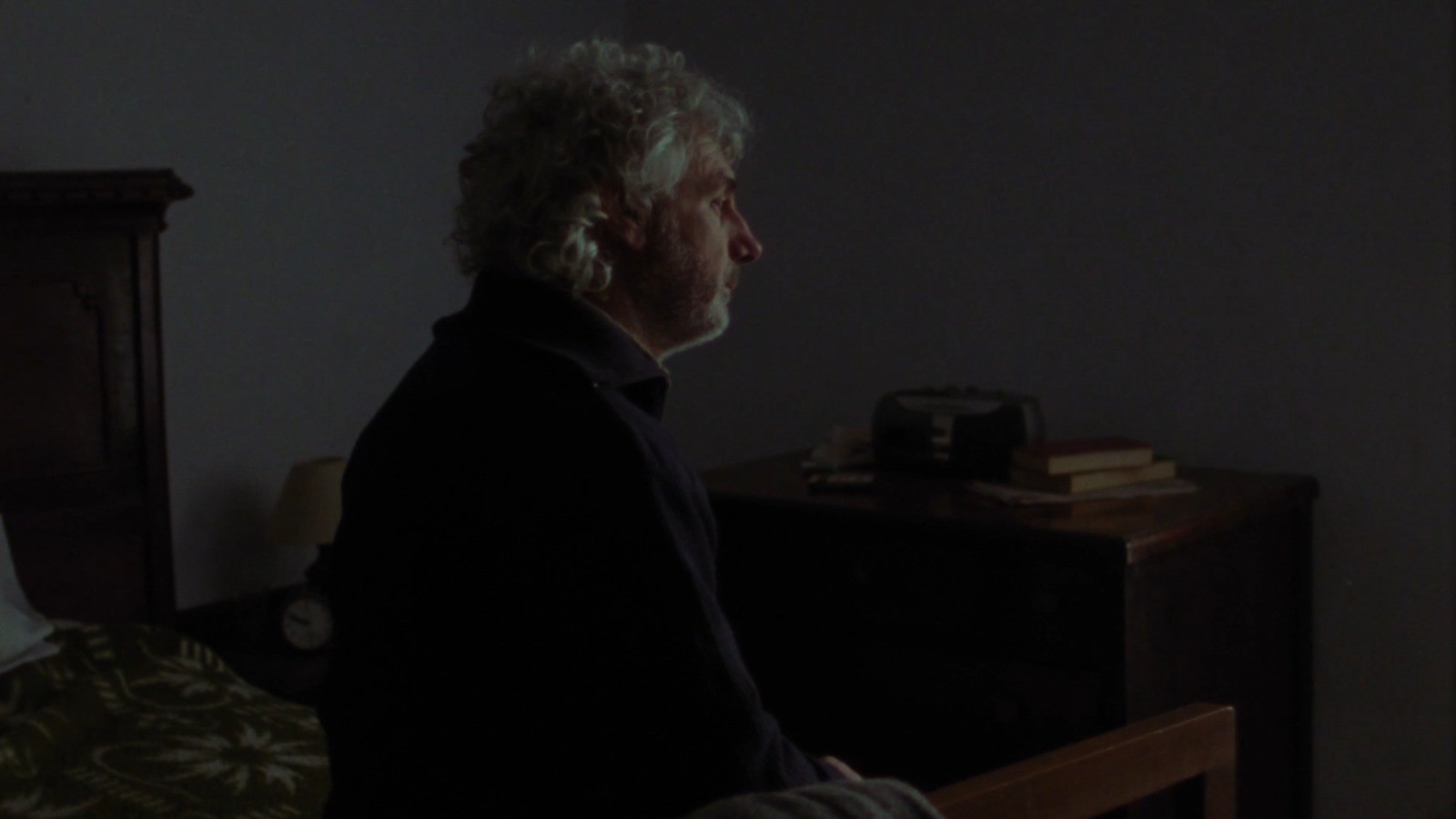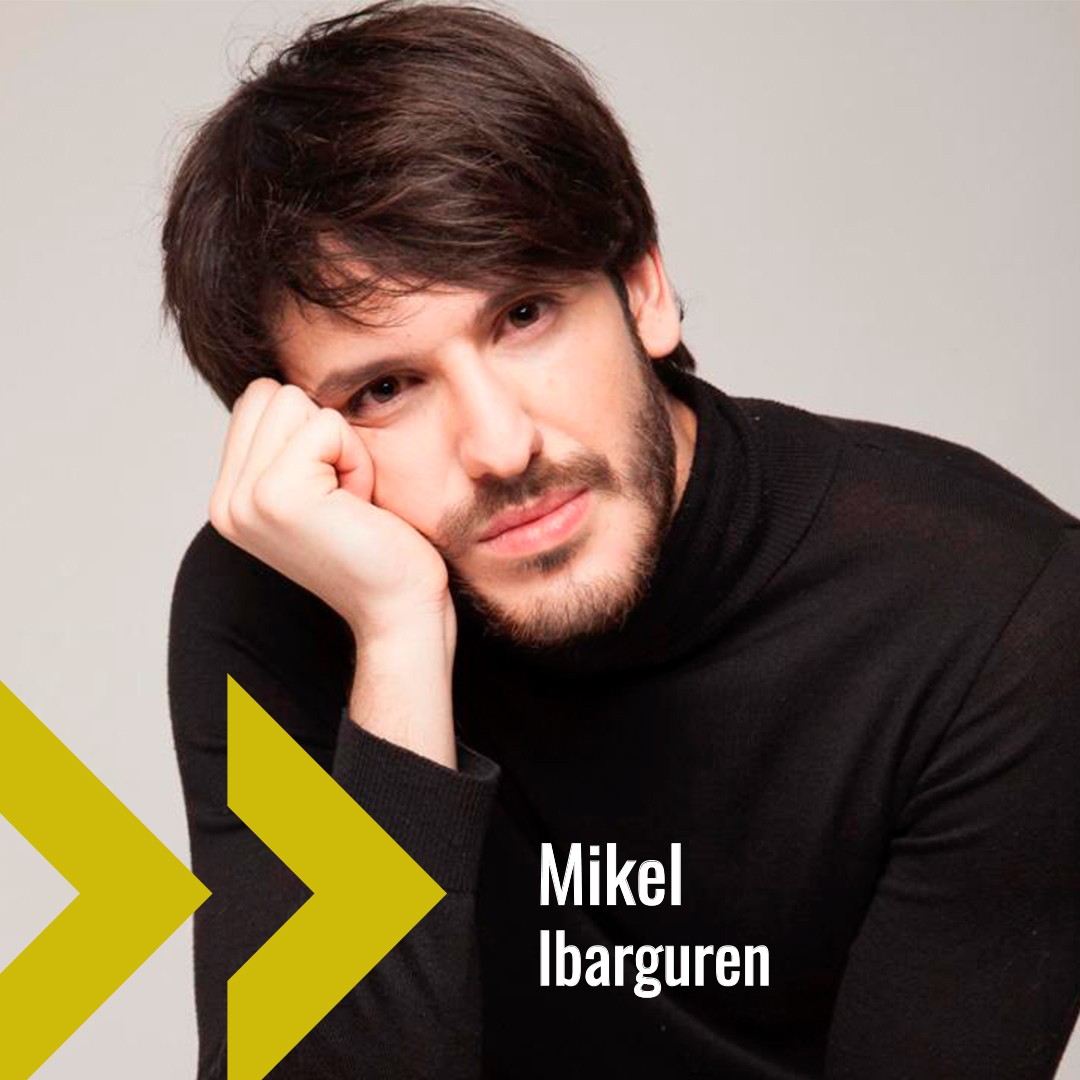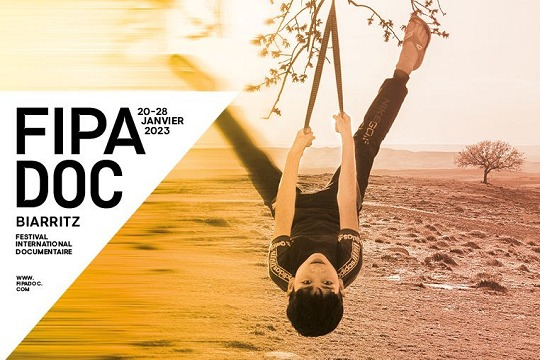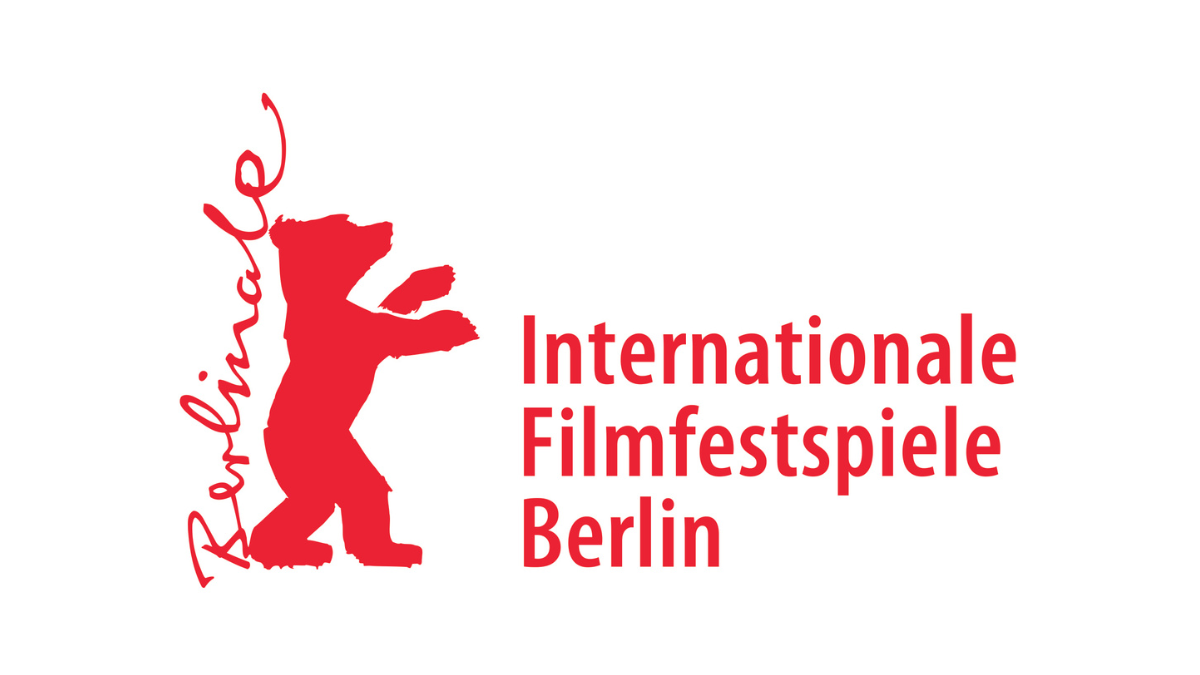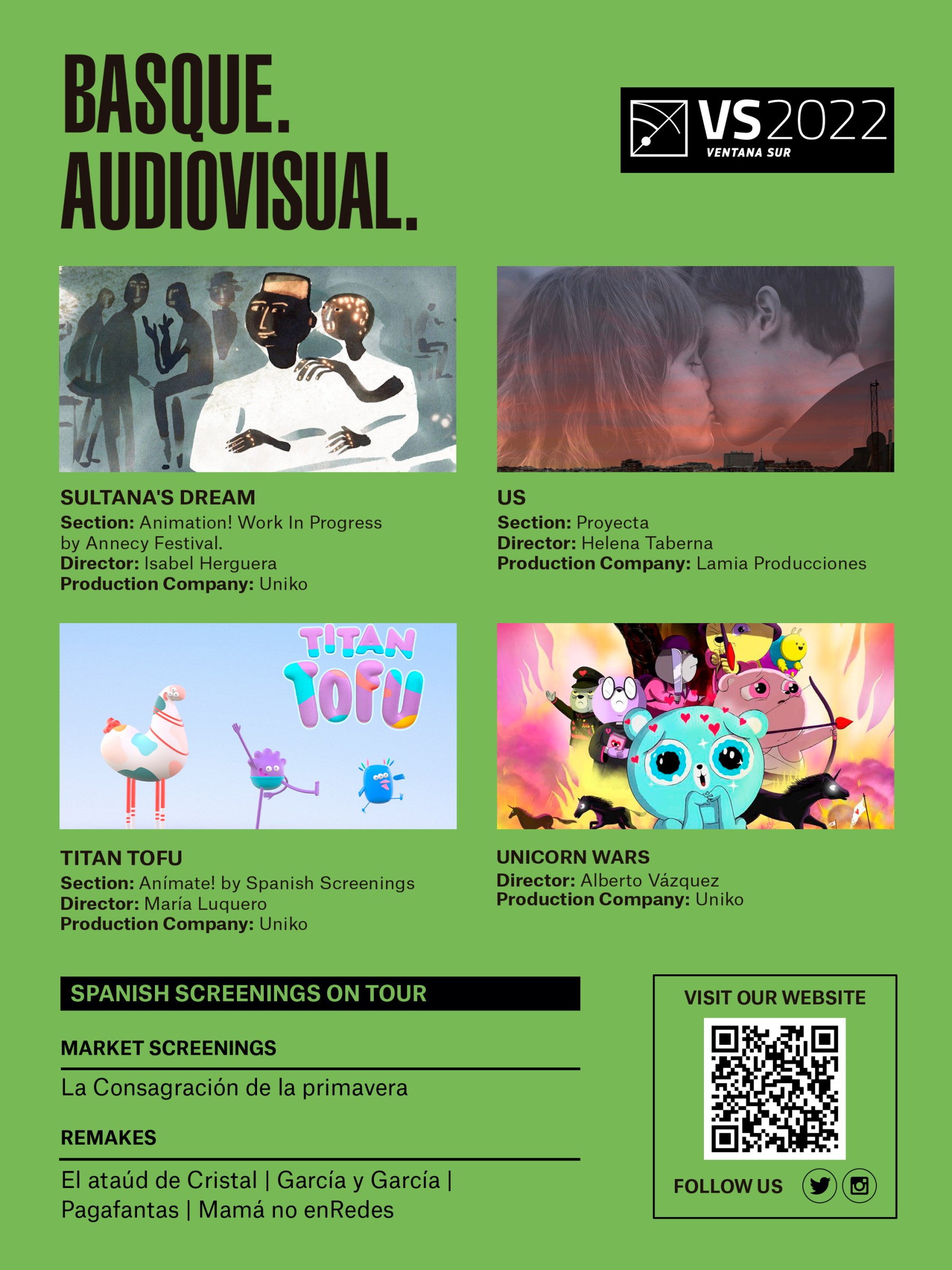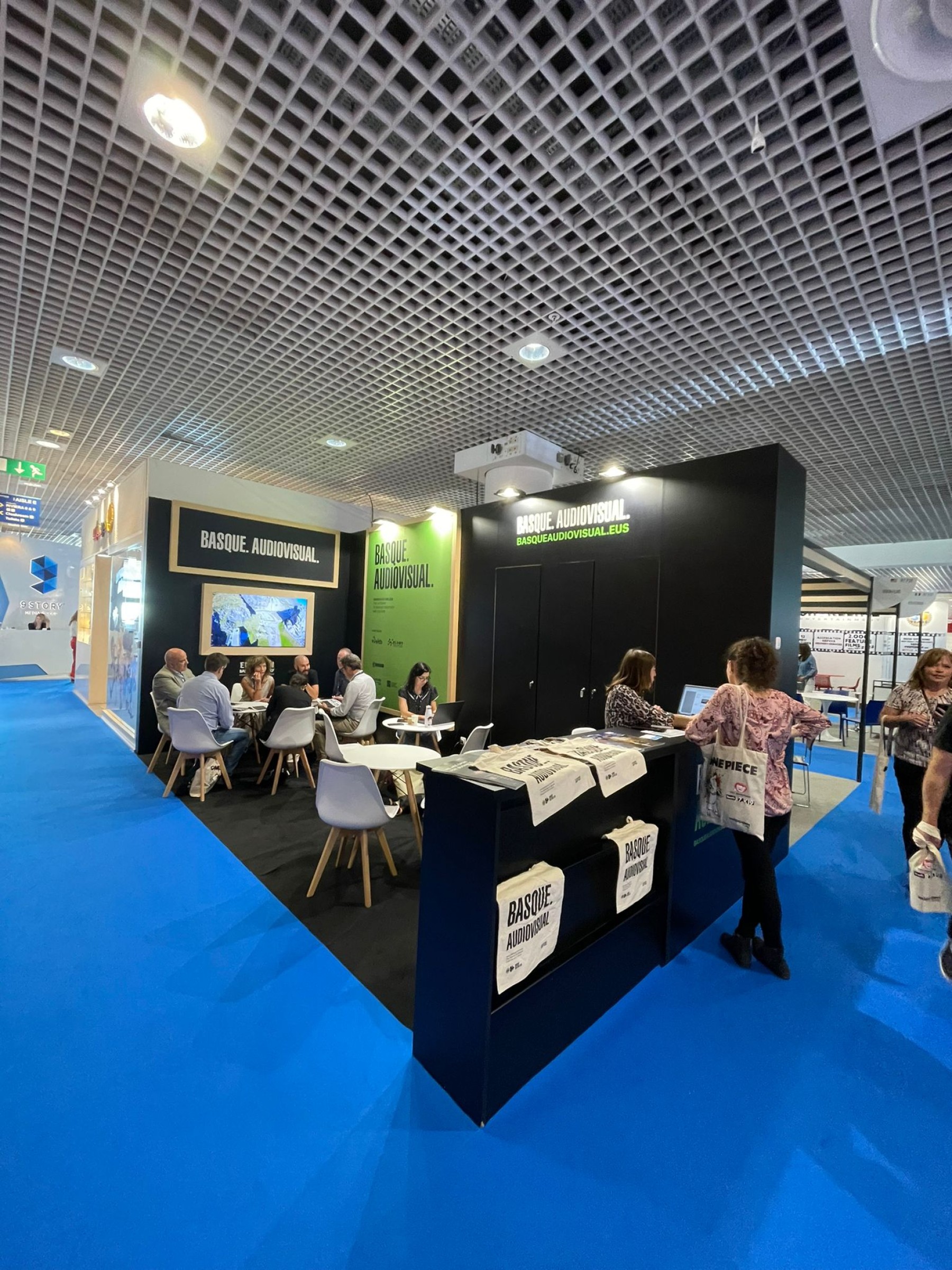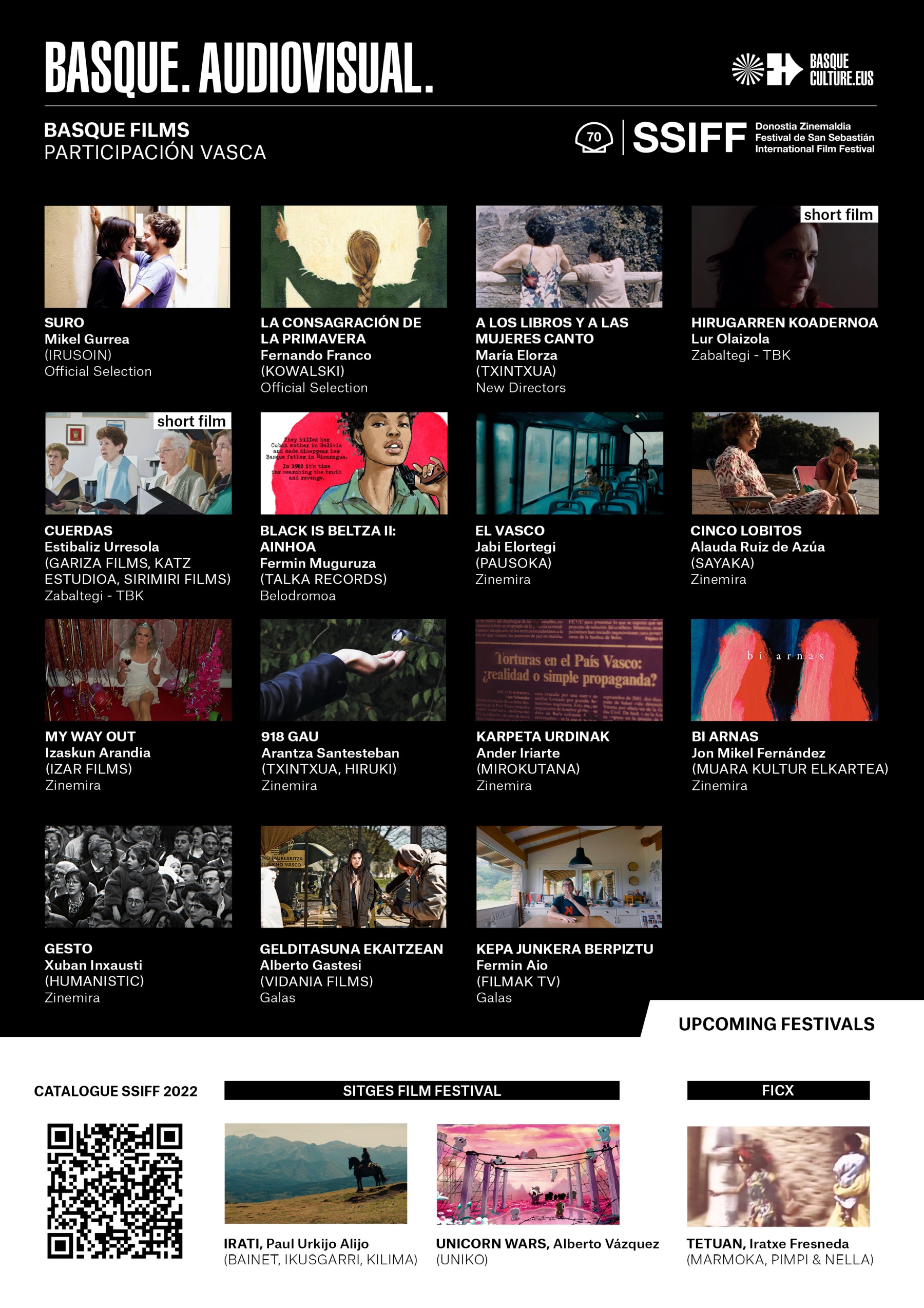2025-08-29
“We didn't want to make a political film, but a film about people”
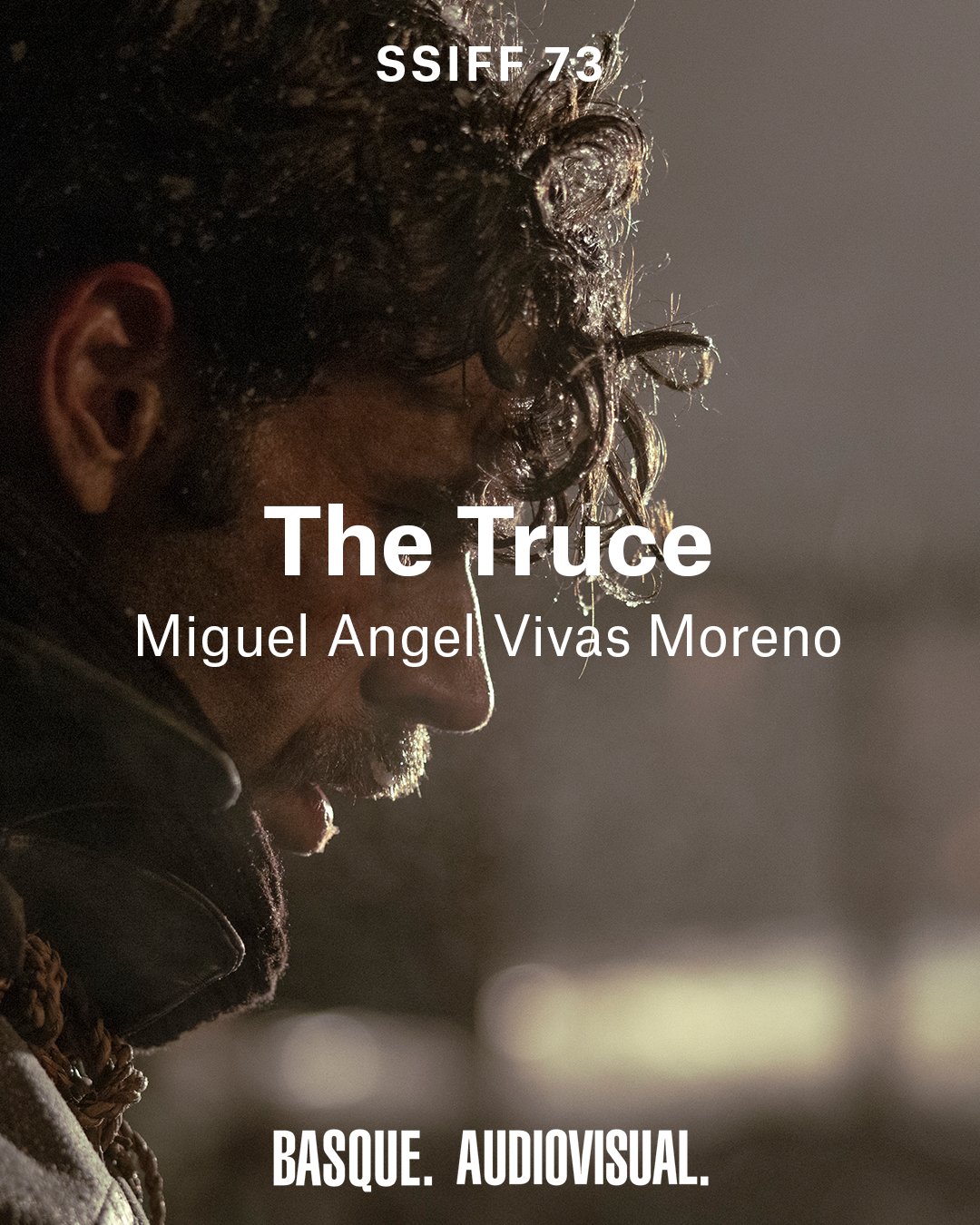
Director Miguel Ángel Vivas Moreno presents ‘The Truce’, a film inspired by true events that explores the encounter between Republicans and members of the Blue Division in a Soviet gulag, where survival forced them to set aside their ideological differences. We spoke with him about the origin of the project, the collaboration with Kazakhstan, and what it means to premiere his work at the San Sebastian Festival ahead of its cinema release on the 10th of October.
For those who may not be familiar with it, what is ‘The Truce’ about?
‘The Truce’ tells the true story of Spanish Republicans and Nationalists who ended up in the Russian gulags (labor prison camps) two years after the end of the Spanish Civil War. The film tells of the relationships that developed between them, their initial hatred, and how, to survive there, they decided to make an ideological truce. What's interesting and fascinating about the story is that, after this ideological truce, they began to see they had more in common than what separated them, and friendships began to emerge between them. In this divided and politicized world we live in, I think it's very useful to be able to see a film that reminds us that we are all human beings and that there are more things that unite us than separate us. Or at least, that's what I'd like to believe.
How did the idea for ‘The Truce’ first take shape?
The idea came from producer Cesar Benítez. He saw a documentary about one of these Gulags and its Spanish prisoners and said, "Hey, here's a story that deserves to be told." He was the first to see how—unfortunately—current this story of factions separated by their ideologies is. He contacted me and told me the idea for this film. We both spoke at length about the story and how healing and necessary it could be. A story that captivated me instantly. We wanted to tell it, and we did.
What drew you to this story about Republicans and members of the Blue Division in a Soviet gulag?
Well, a bit like what I've already mentioned: how timely and necessary this story is. Then there's the interesting aspect of portraying life in a gulag, something we've seen very little of. I spent two years researching gulags and the era. It was also an opportunity to approach the story from a humanistic and classic cinematic perspective. I wanted to make a film that moved away from the plot-driven fiction format. Cinema, for me, is about stories and emotions above all else.
How did you approach portraying the two Spanish factions?
From the beginning, I was clear that I wanted to make a humanistic film, in which the characters and their stories would take precedence over the plot. We worked a lot with the actors, not only on their characters but also on their relationships with each other. My idea was to leave a significant portion of the shoot to improvisation between them. They could experience the film, the countryside, the situation, and then let them experience the scene from a human perspective. We didn't want to make a political film, but a film about people.
Is the film inspired by real historical events, or does it originate from an original premise?
It is inspired by a real context, but it is an original story.
It’s a co-production between Spain and Kazakhstan: how did this collaboration come about, and what did each country contribute to the project?
For that, I have to praise producer Cesar Benítez, who went to Kazakhstan with the idea for the project and didn't return until he had secured a co-production. Not only did they provide financial support from Kazakhstan, but since our story takes place there, they also shared their knowledge of Kazakh culture with us. They got me history books and poetry books translated into Spanish. I had direct access to them so I could discuss and ask any cultural questions. What they gave us was true to the story. Then, when the film was shot in Spain, the actual production work was handled by the local production company, Plano a Plano.
You will now be presenting the film at the San Sebastian Festival—what does this mean for the project?
It's always an honor to premiere a film at one of the world's best festivals; I see it as a gift. Plus, the film was shot in the Basque Country, so, in a way, I think it's a full circle.
Do you think participating here could help open doors at other festivals, for example?
The film's timing wasn't ideal, as we wanted to release it before the end of the year, and finishing the film in September makes it impossible to promote it to festivals before its release. But I've always believed that films are alive and find their path. I don't know what that will be, but I'm excited to see where this film takes us.
What are your plans for the film’s journey moving forward?
Right now, our efforts are focused on its theatrical release on October 10. It's a film we're very proud to have made, and we're eager to show it.
Looking to the future, are you working on any other projects? Could you share a little about them?
This year has been very difficult for me for personal reasons, and I've needed to disconnect from everything other than film. Now I've started writing a comedy, something I've never done before and something I really wanted to do. All I can say is that it won't be the comedy we're used to seeing.



